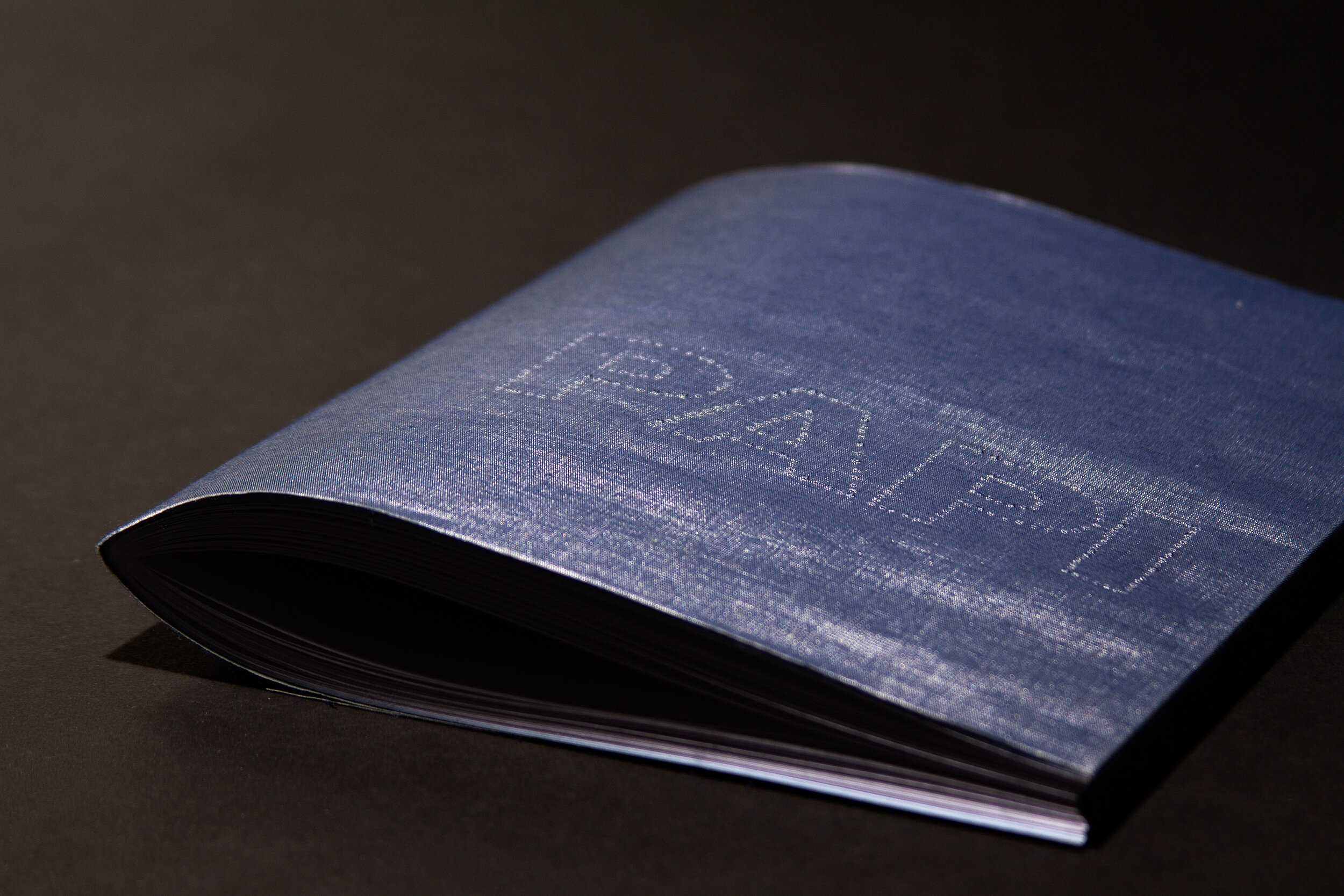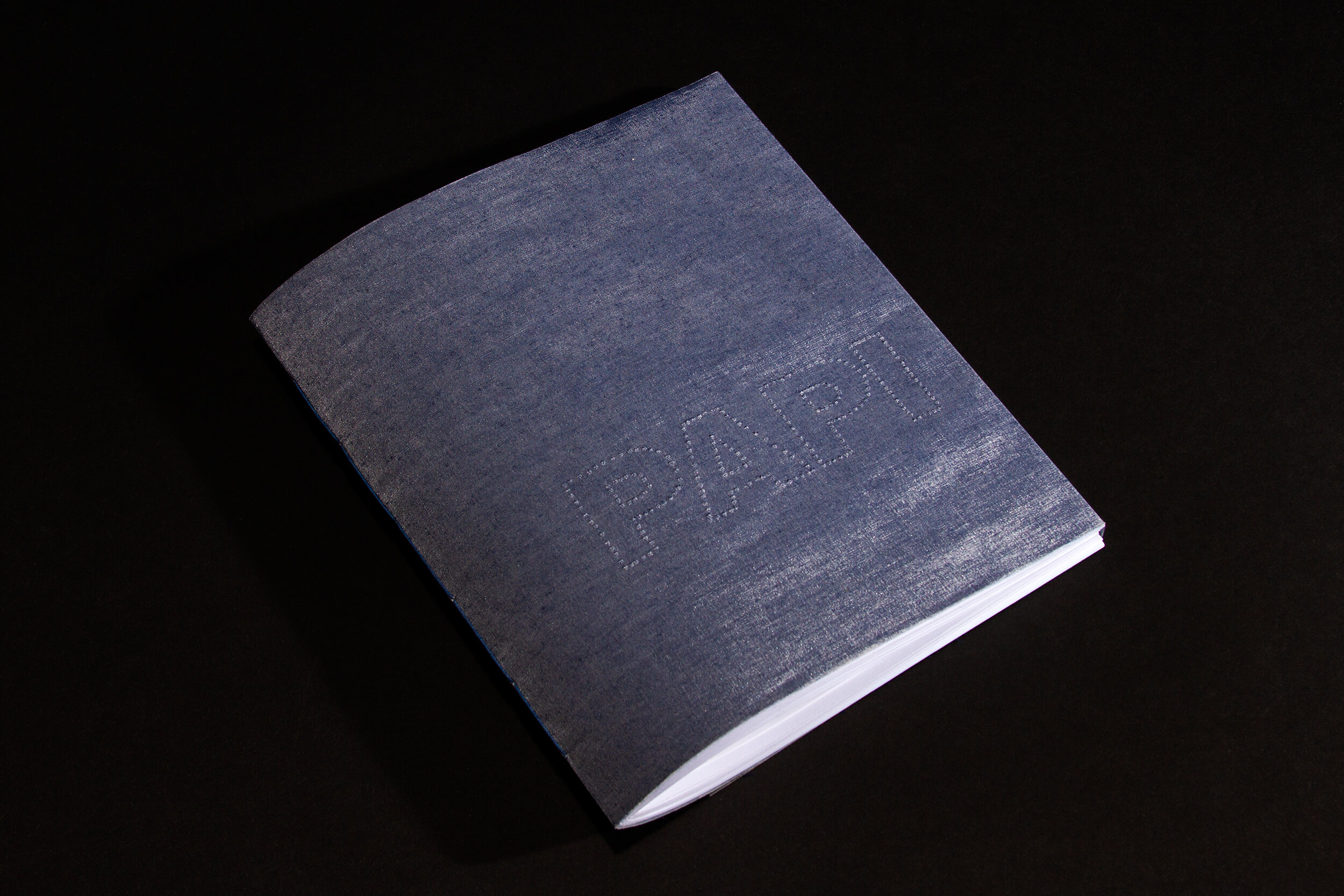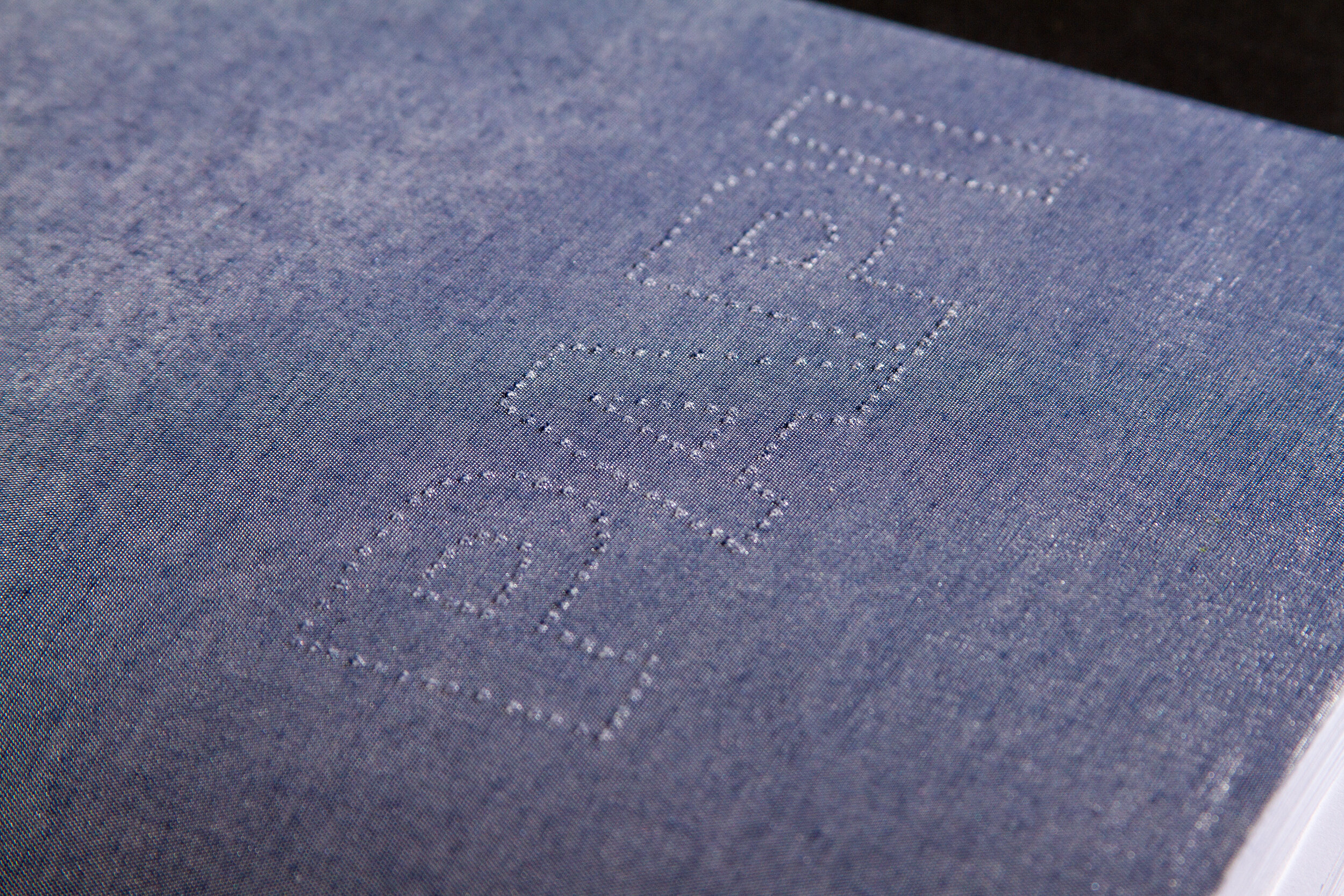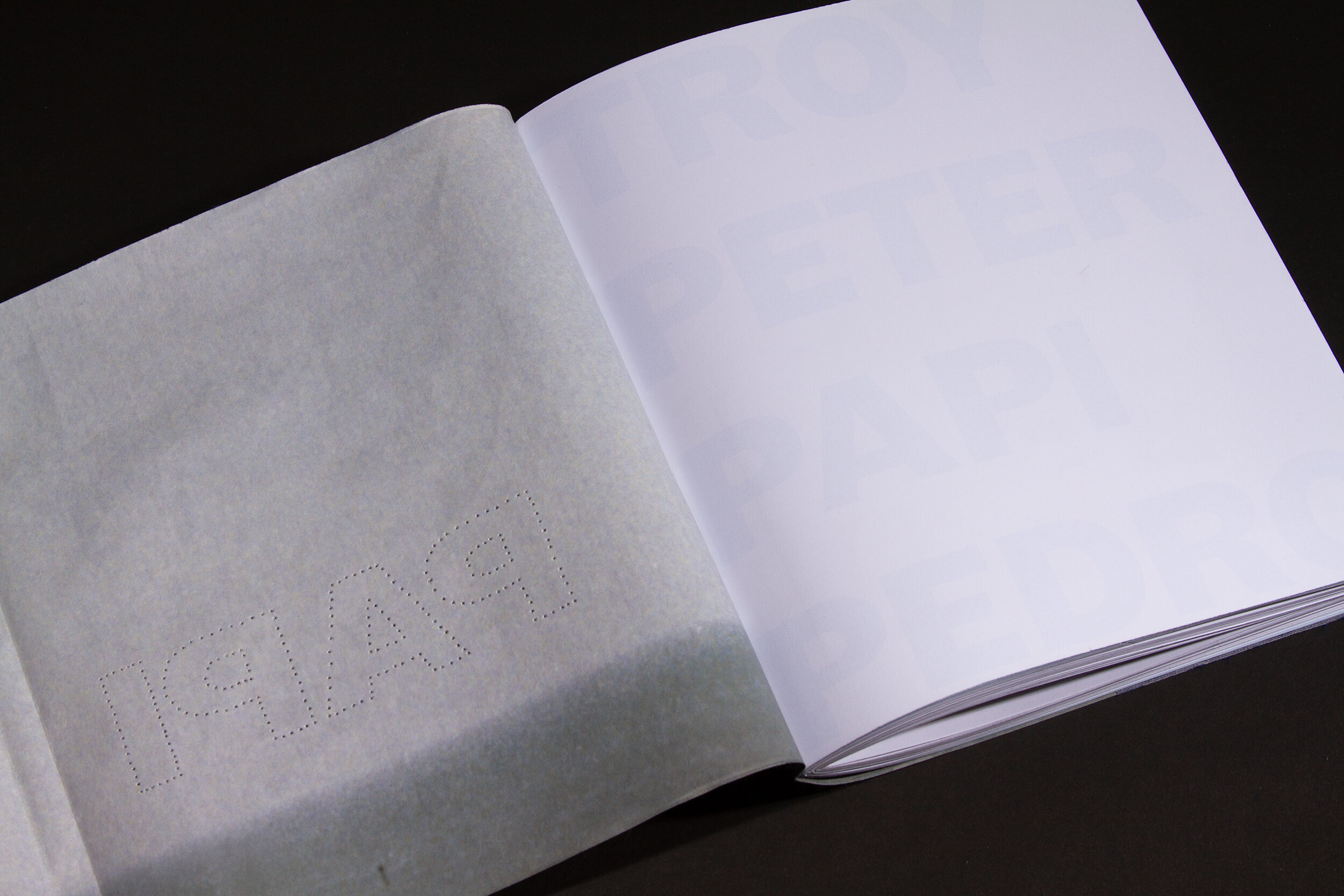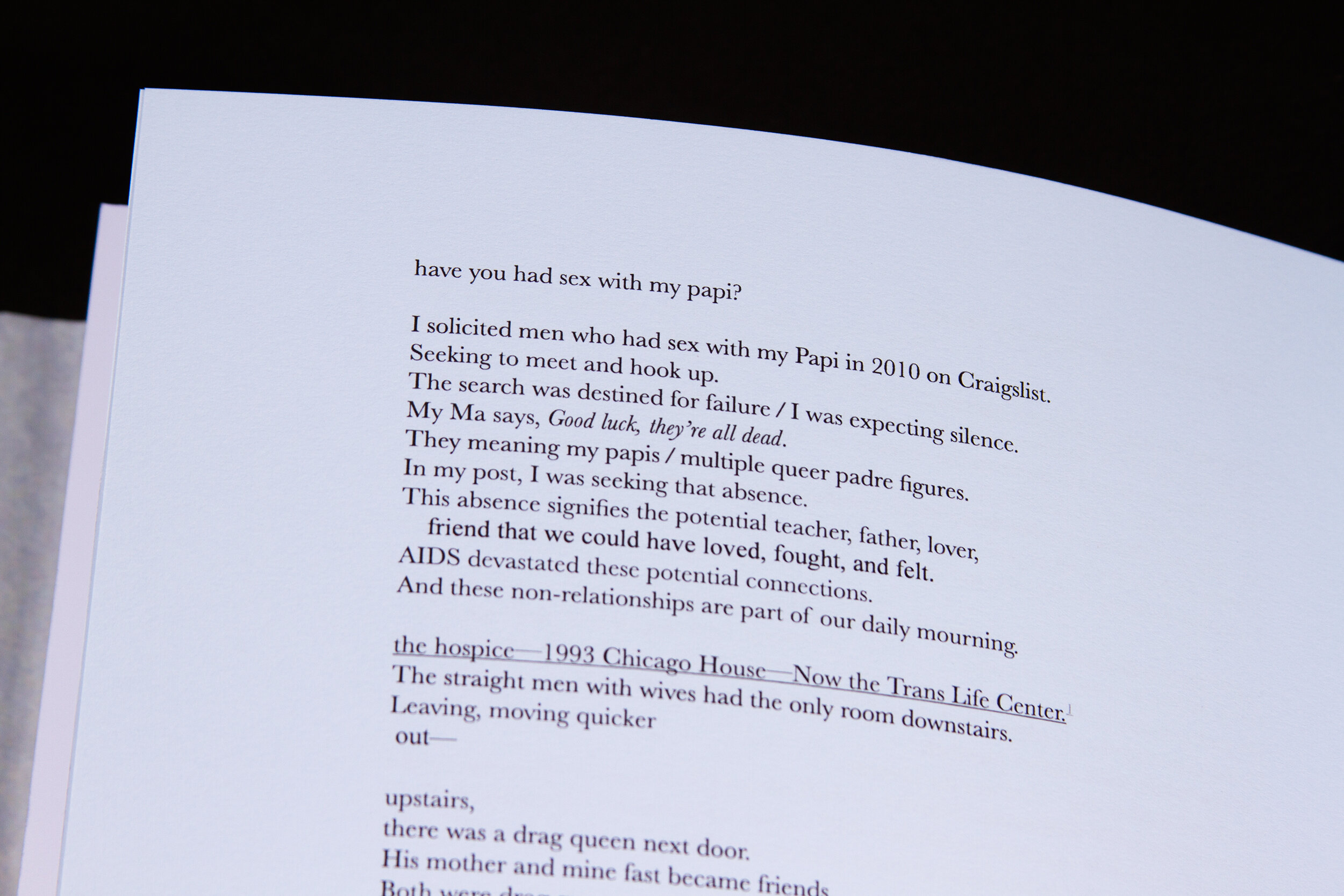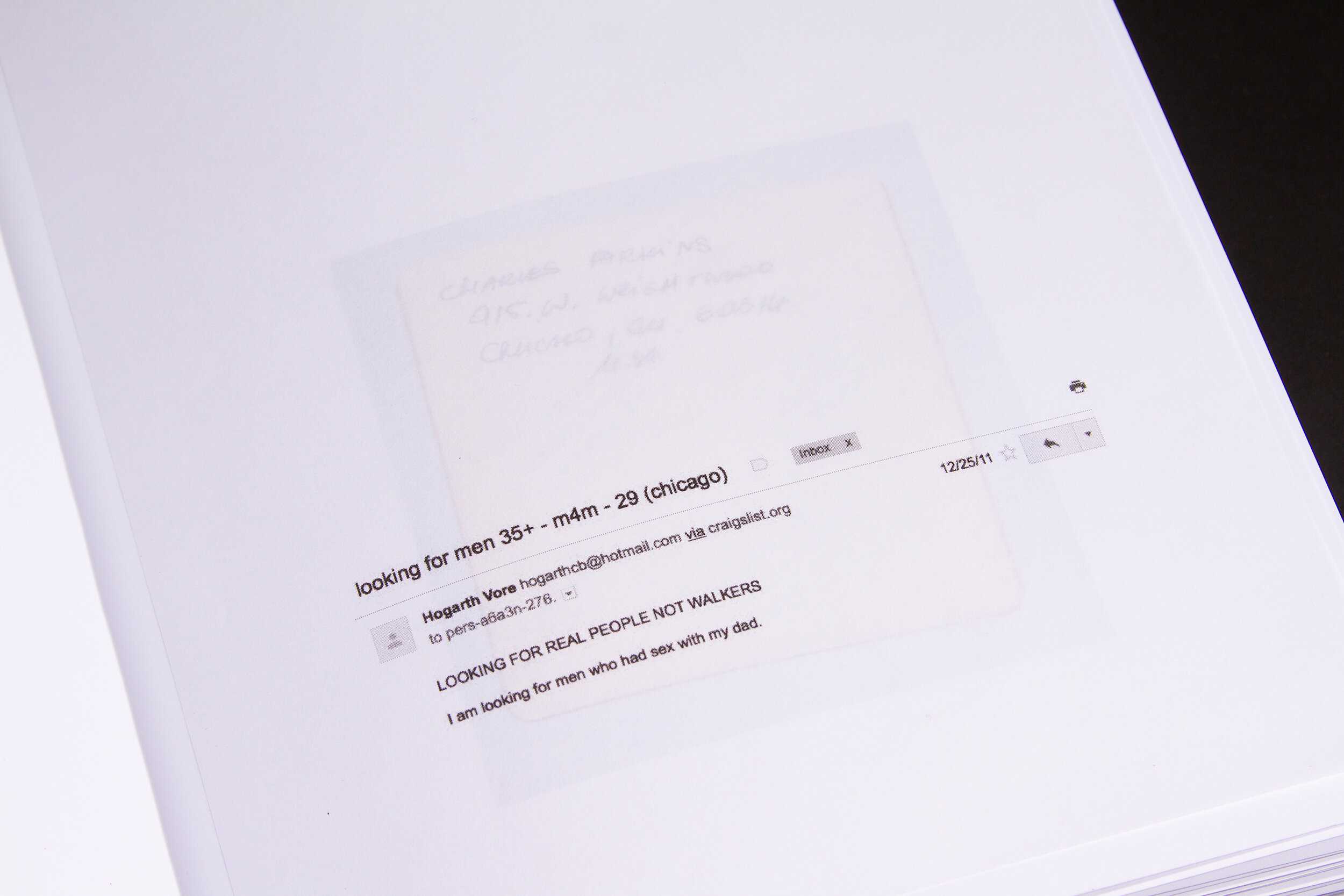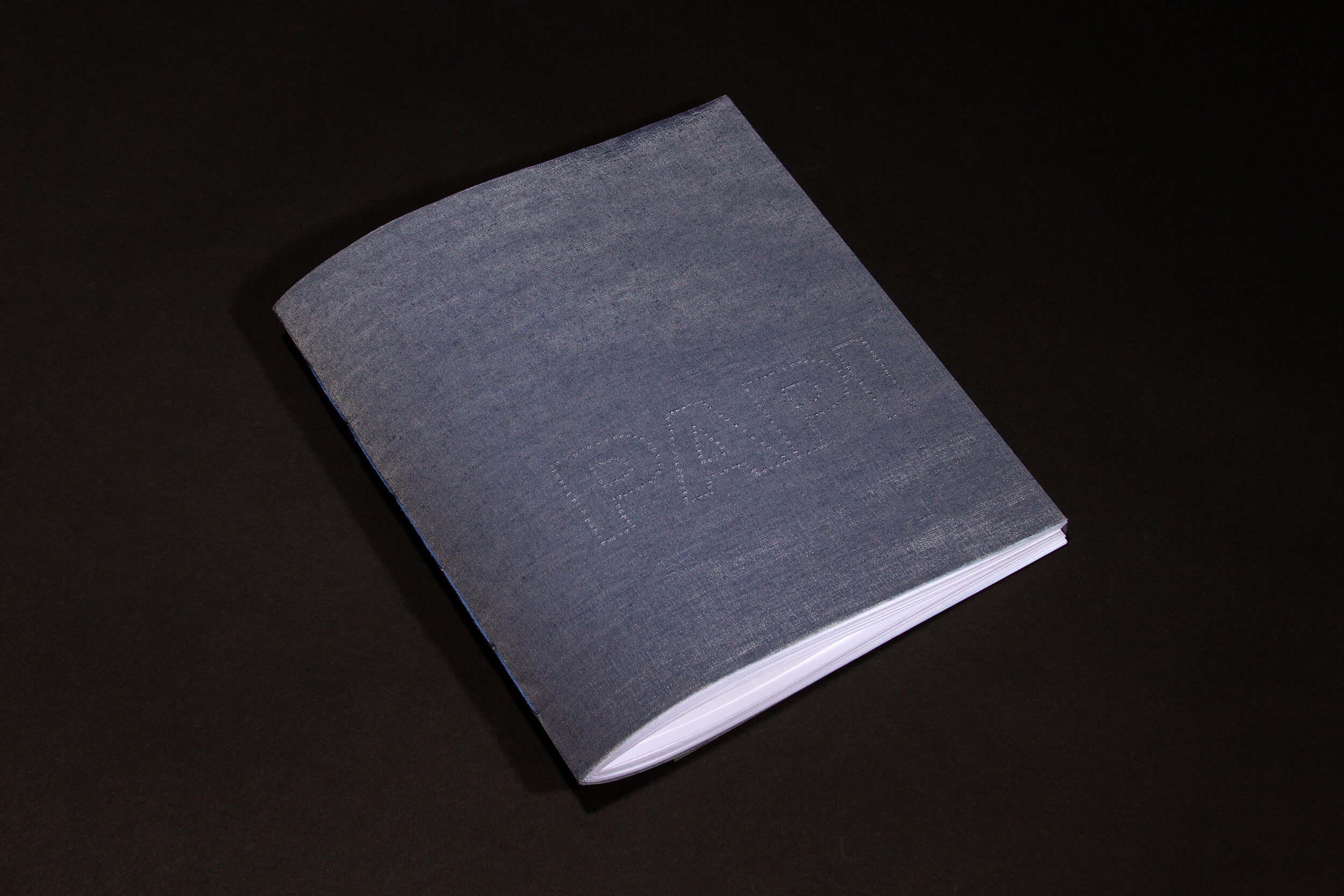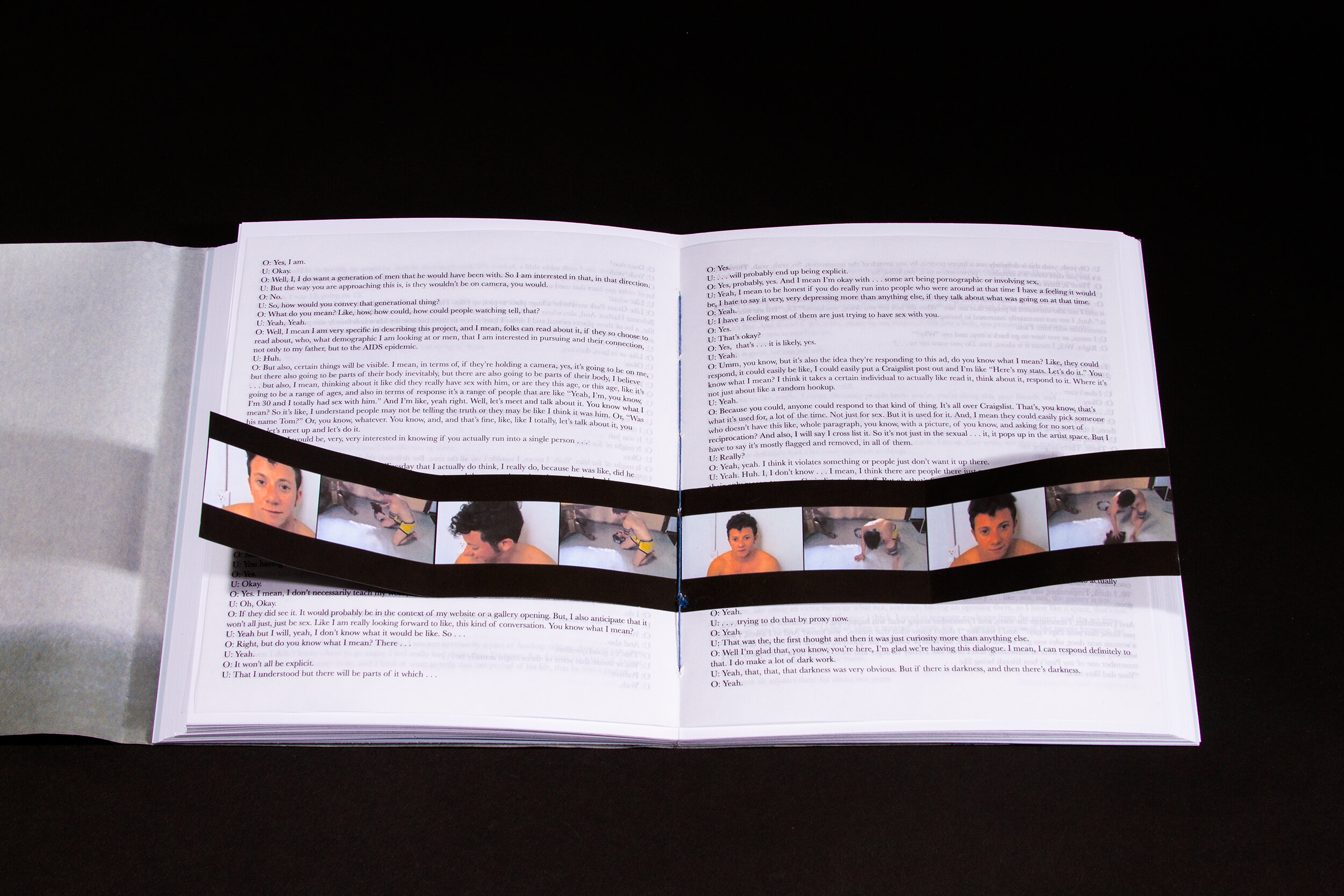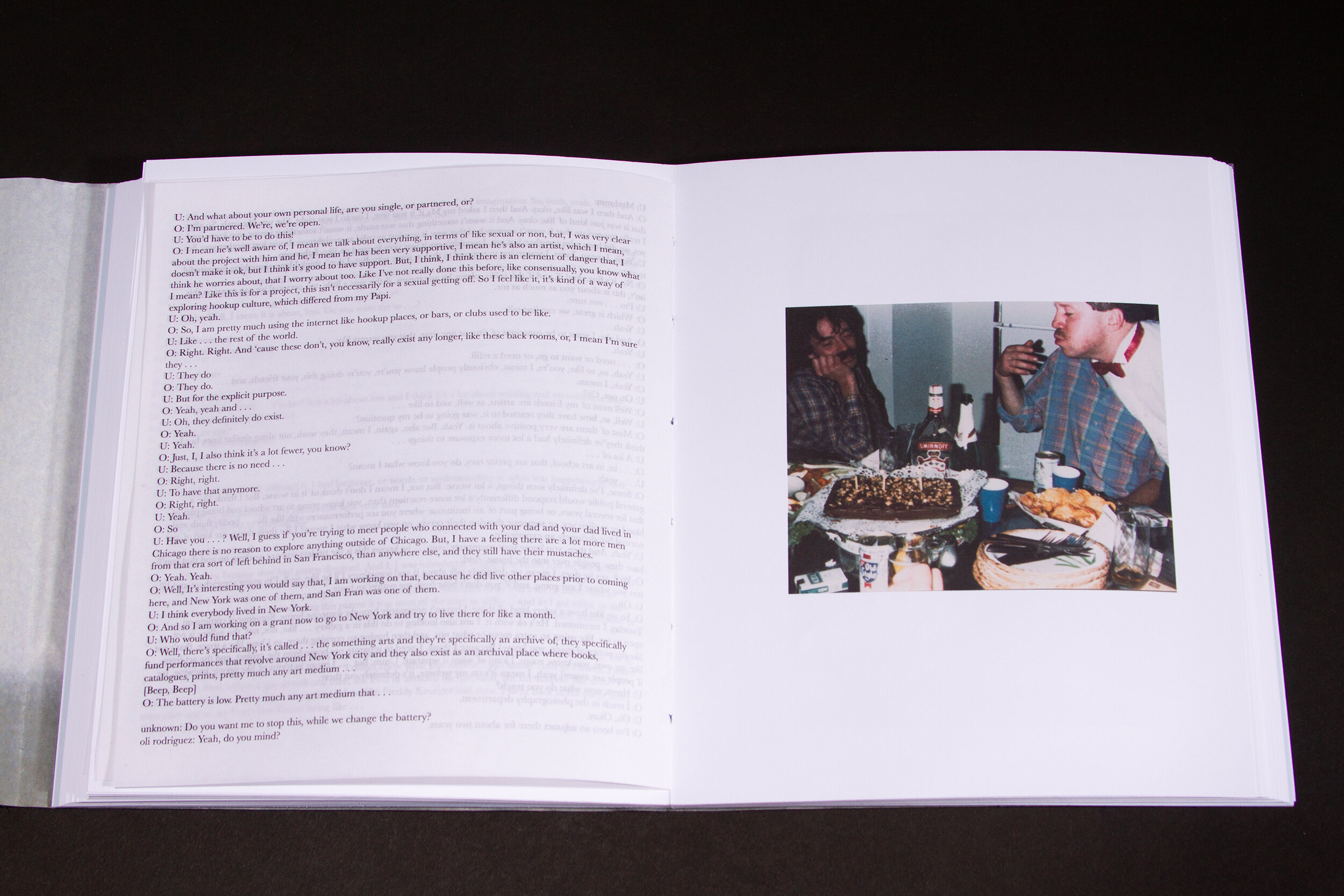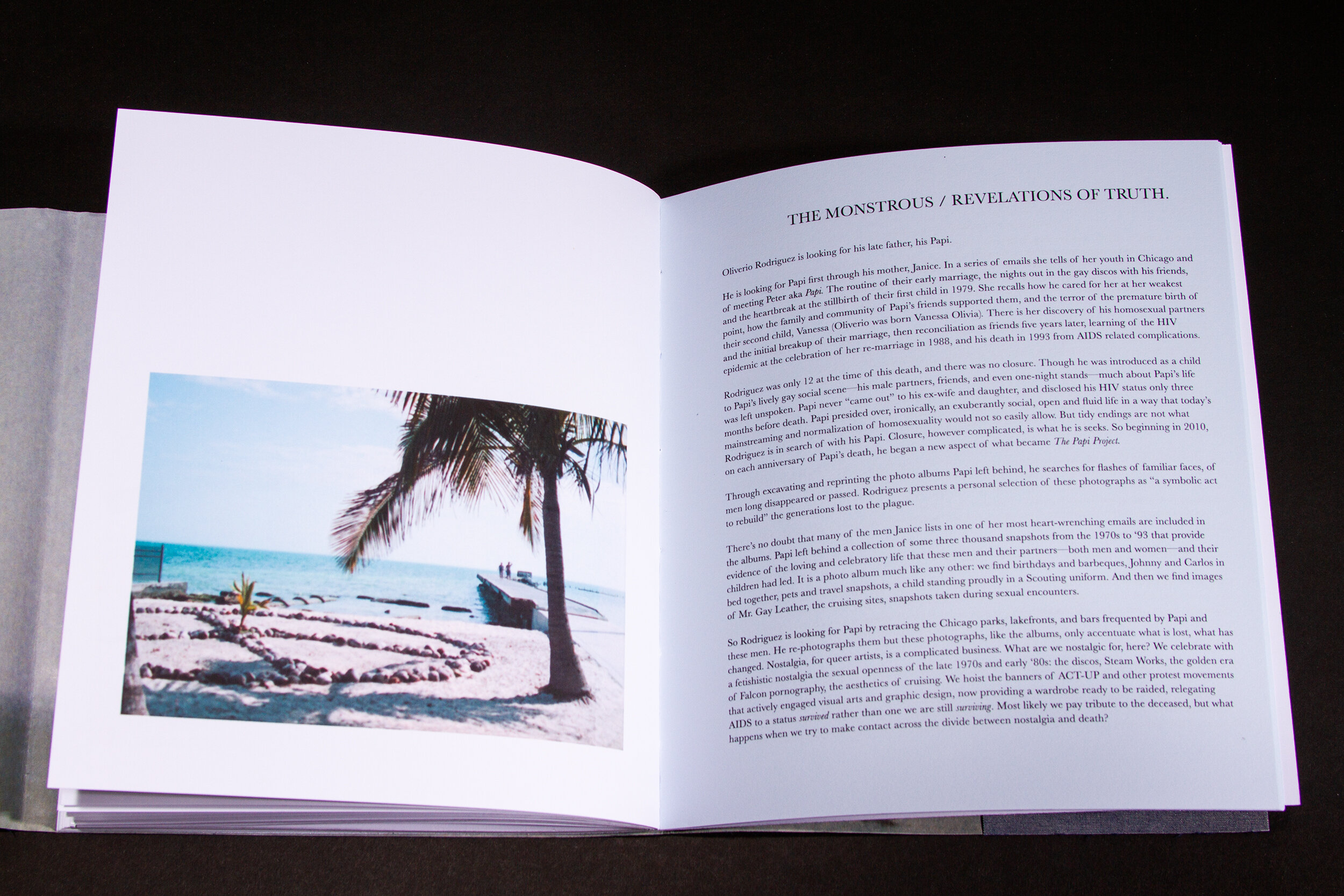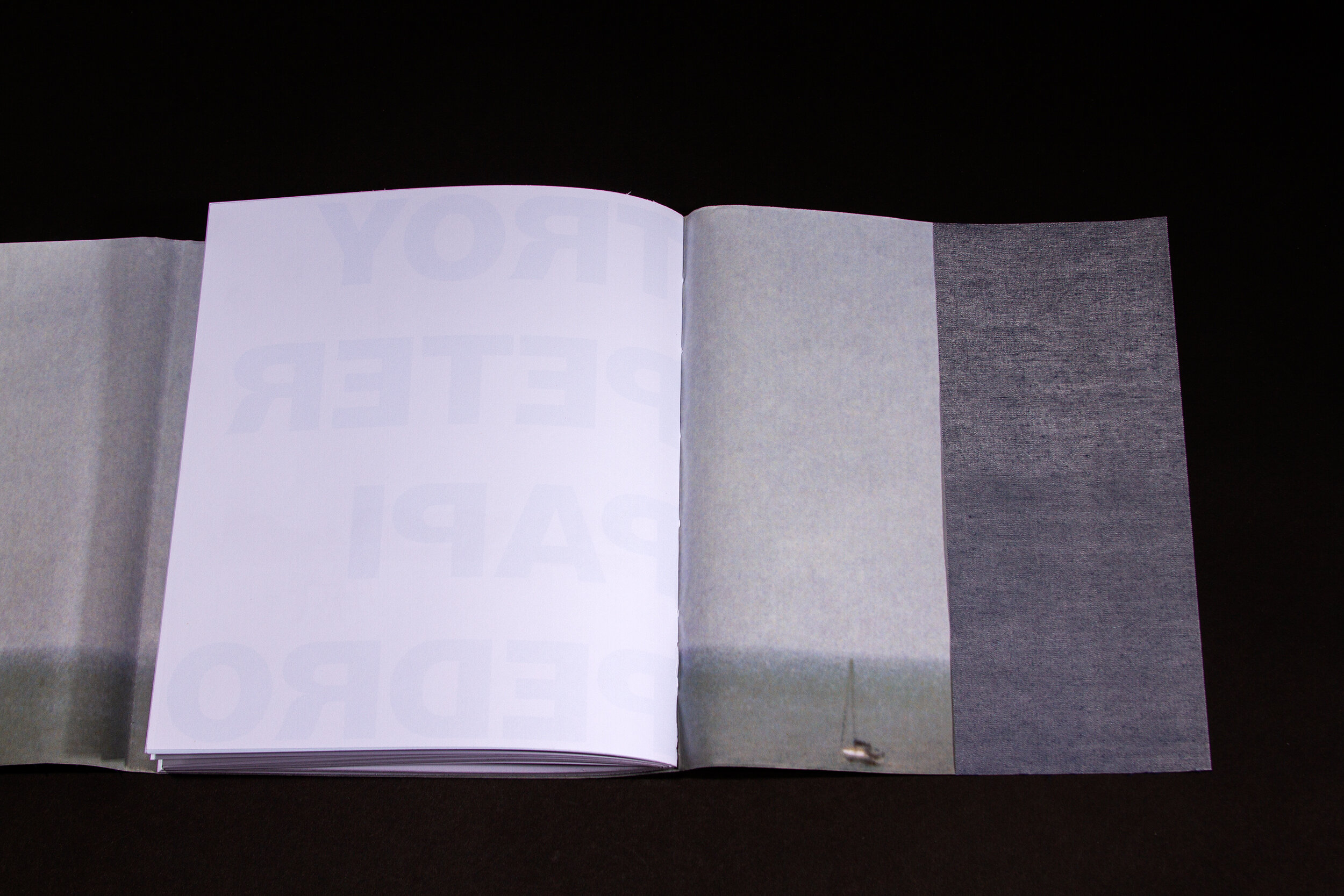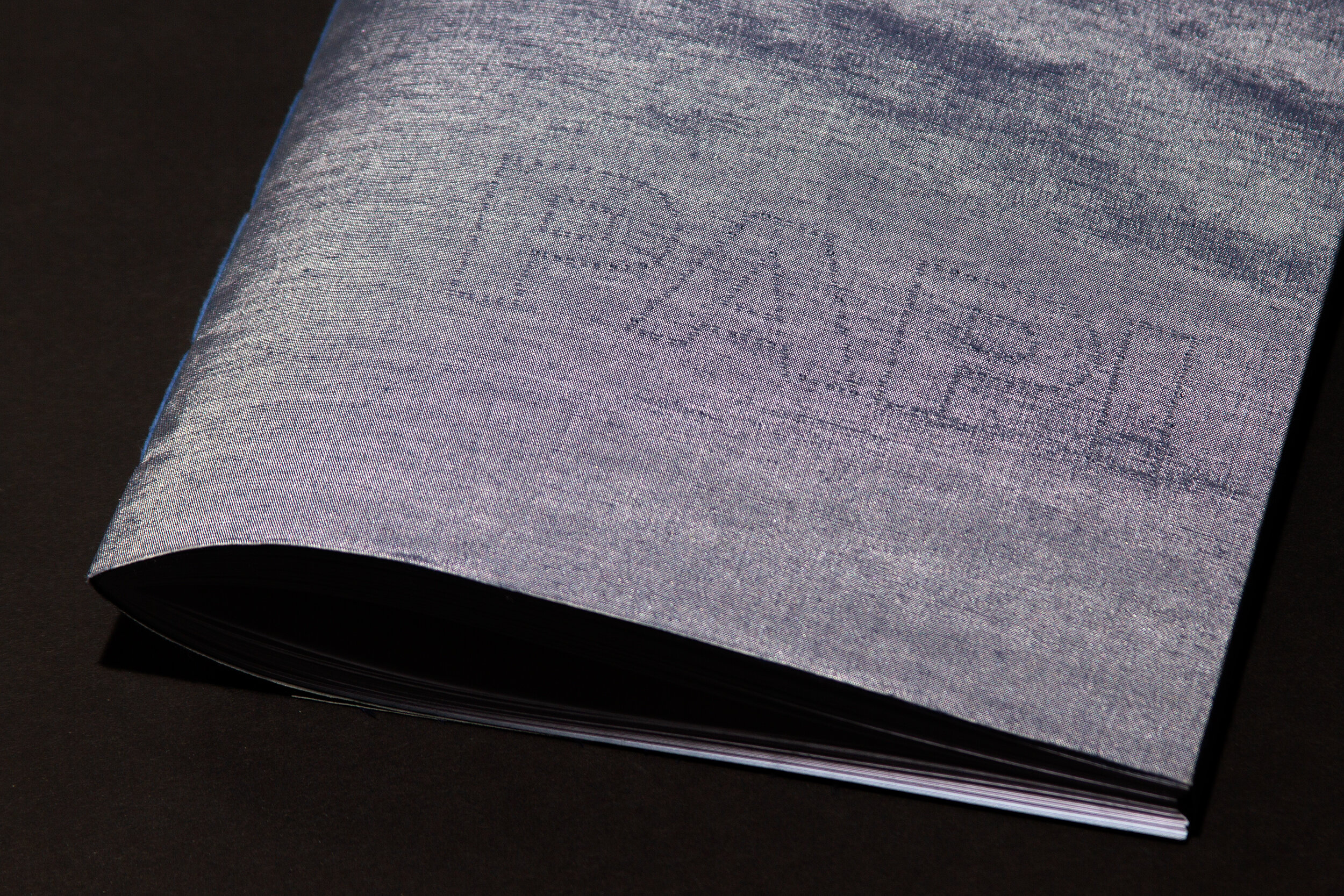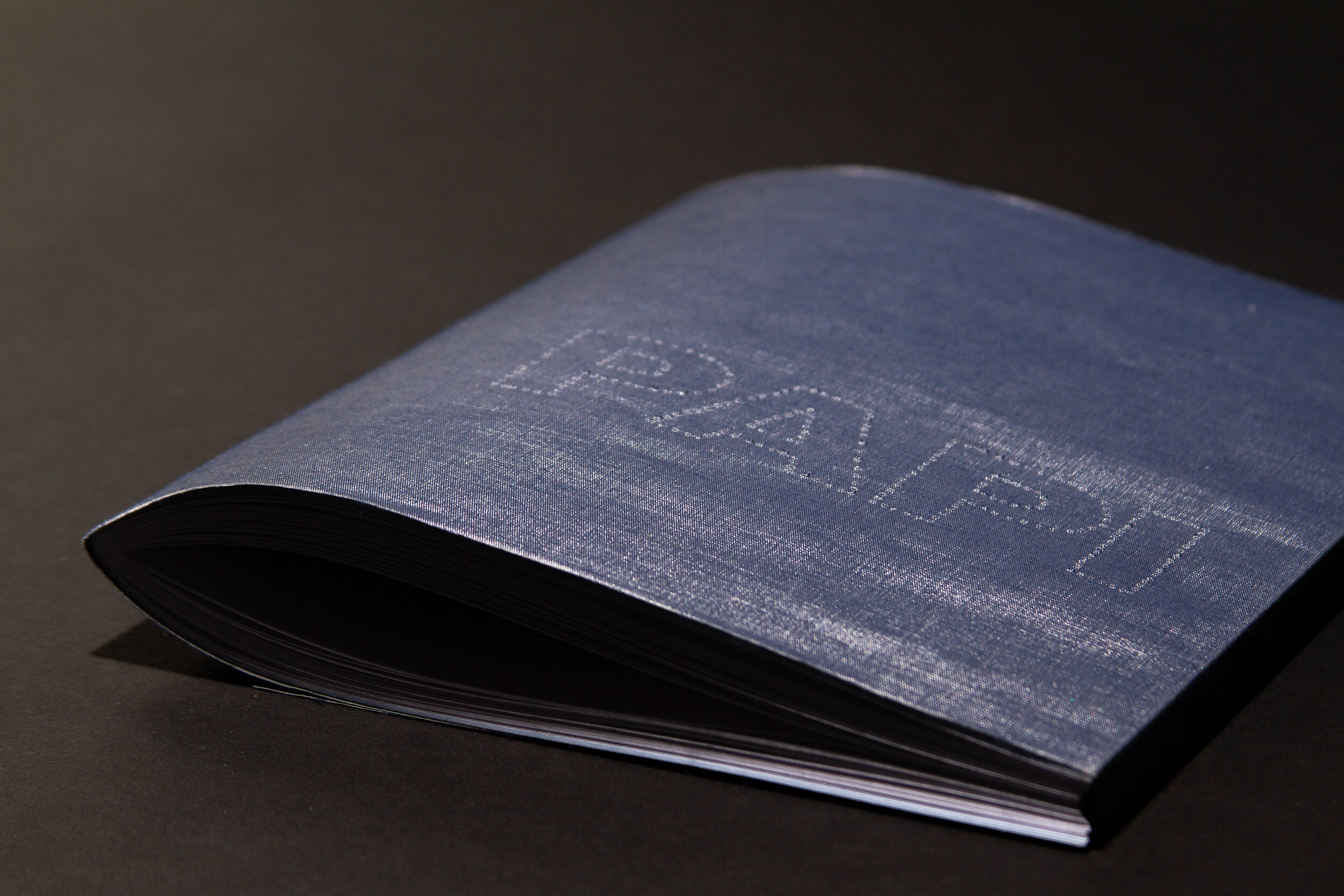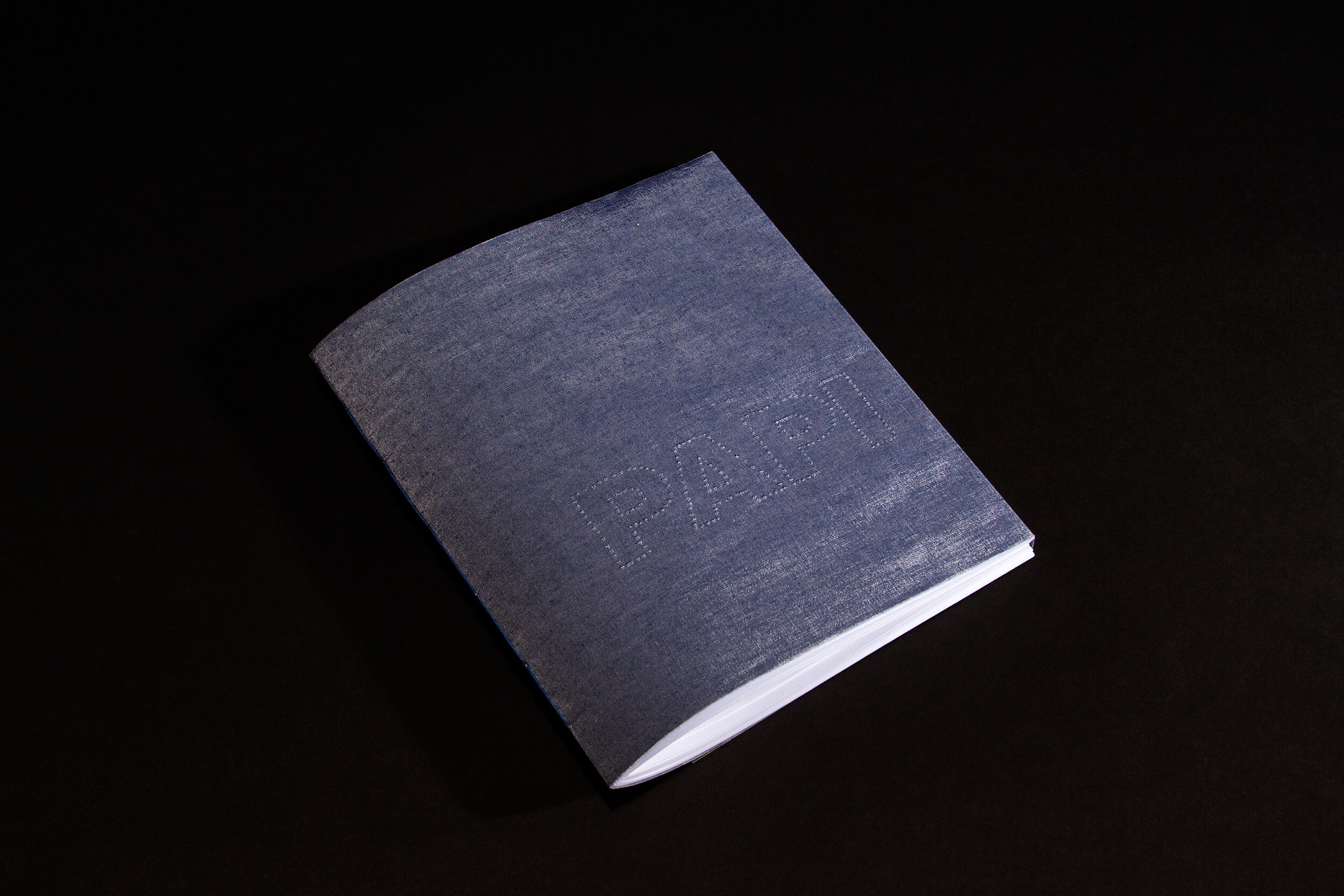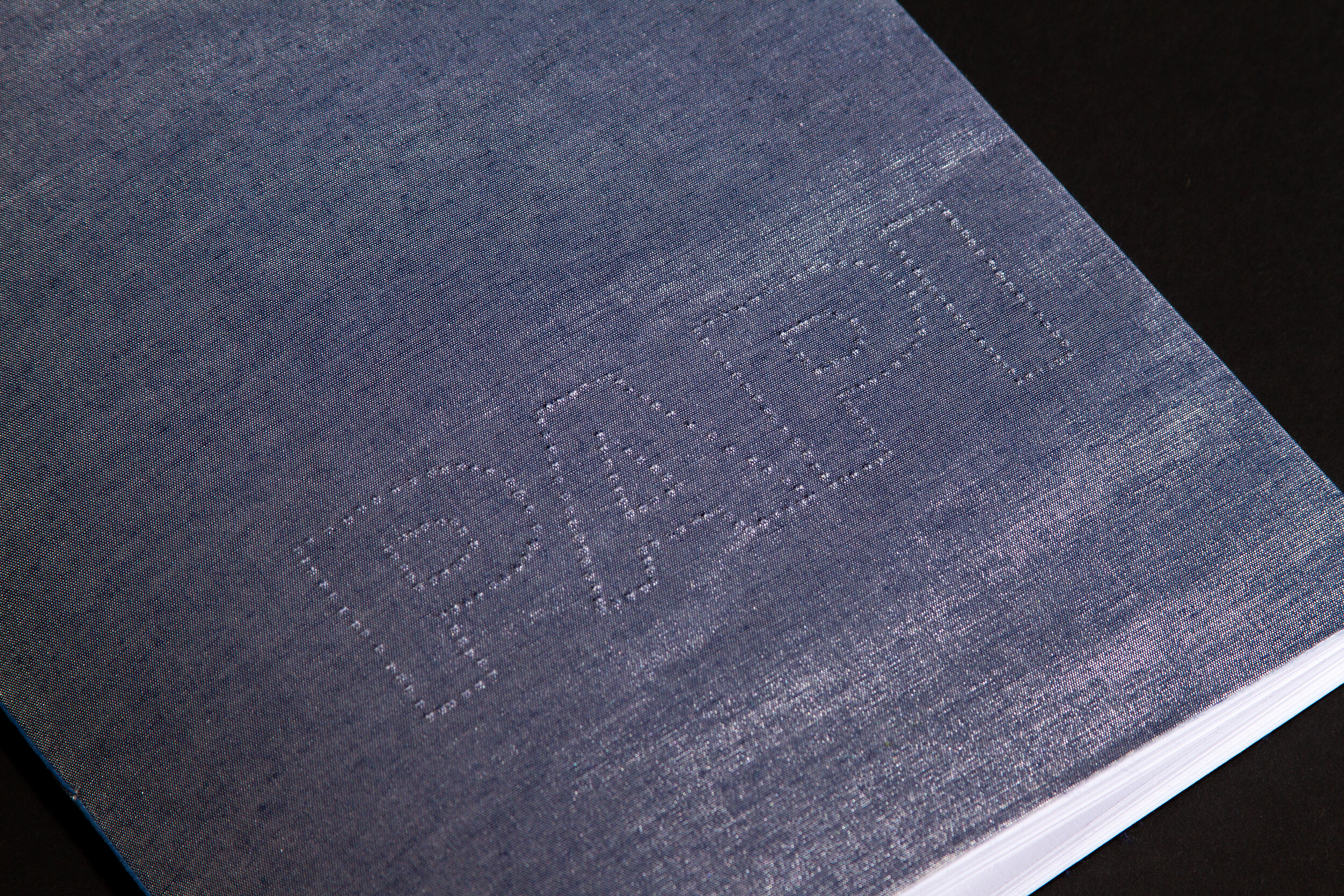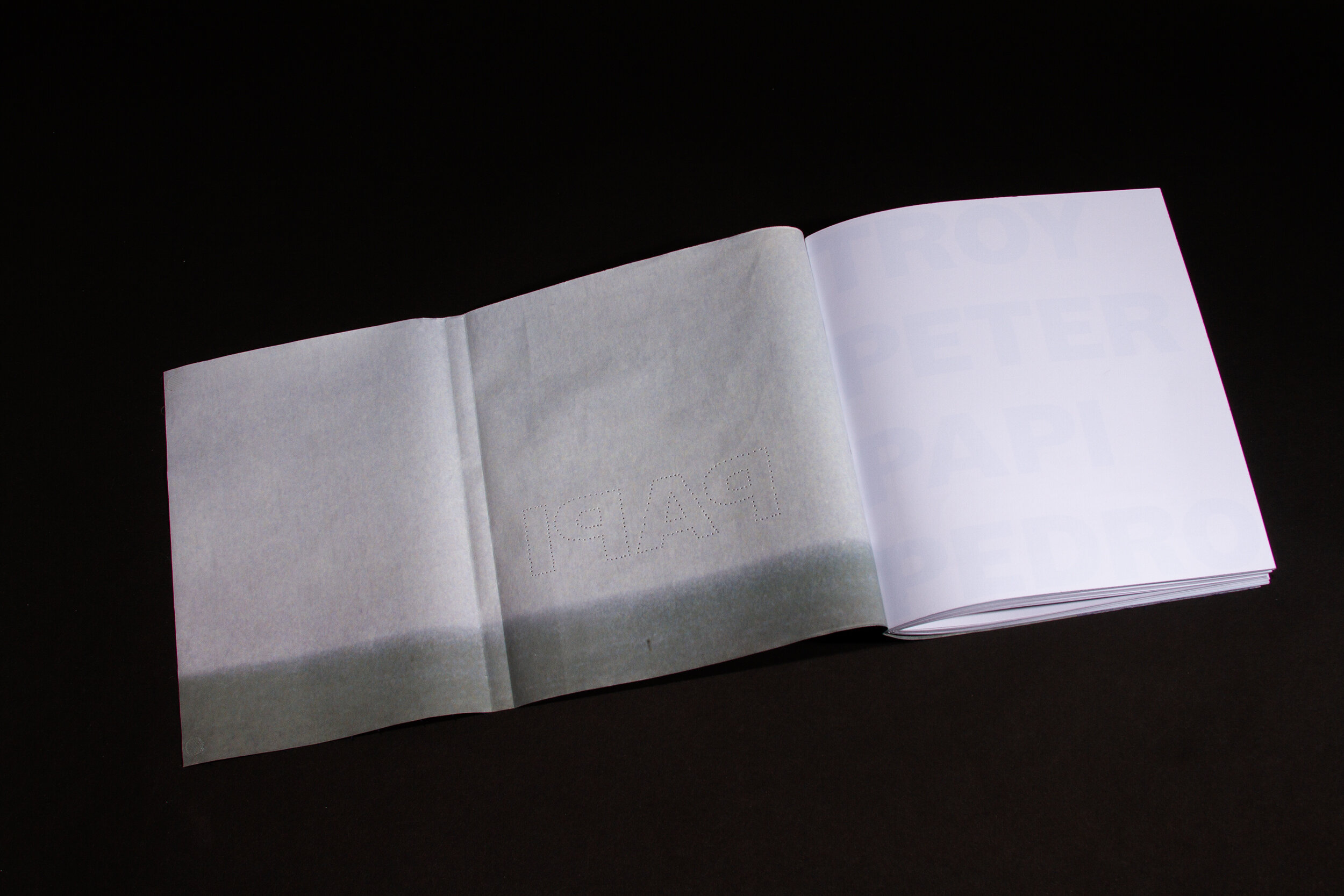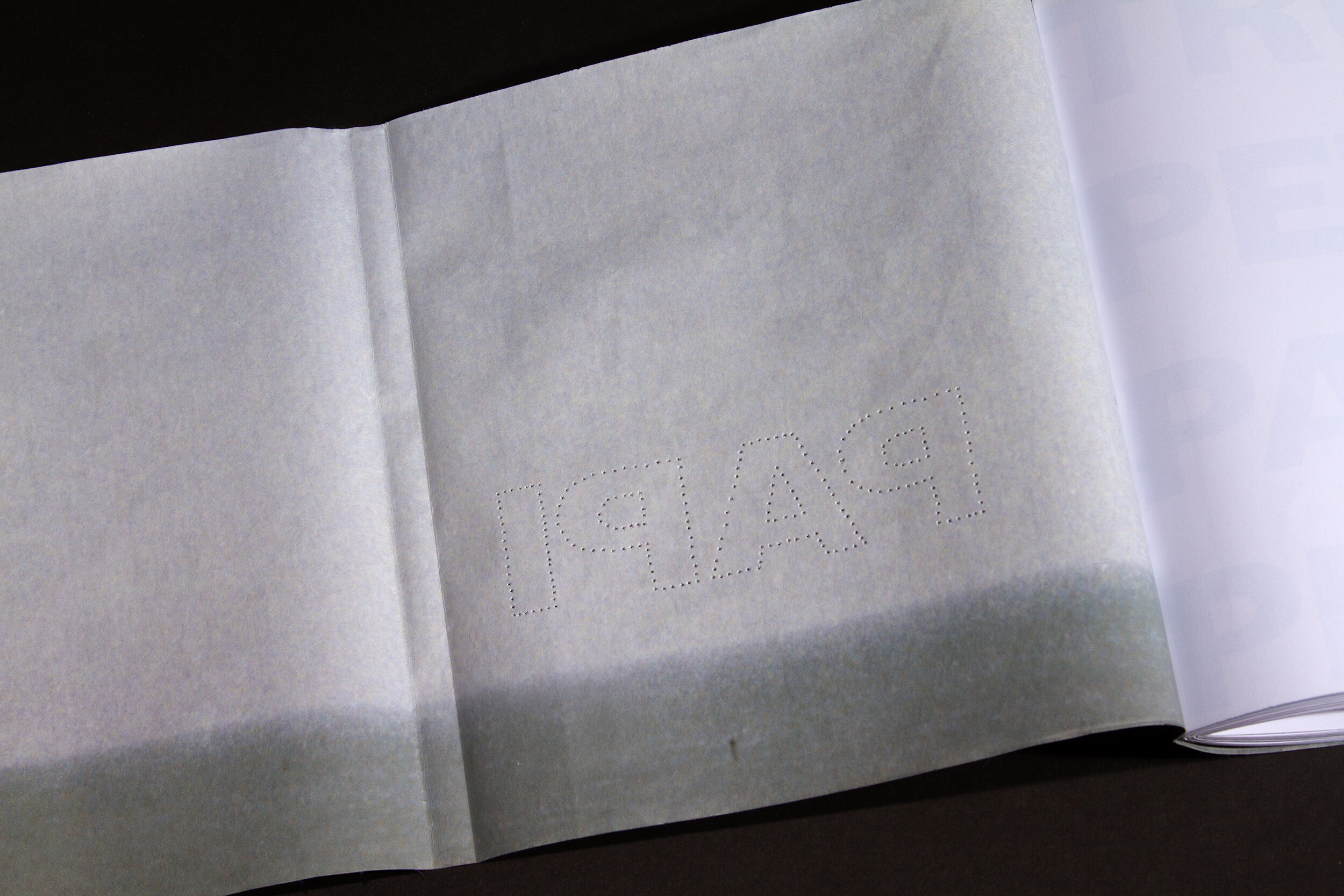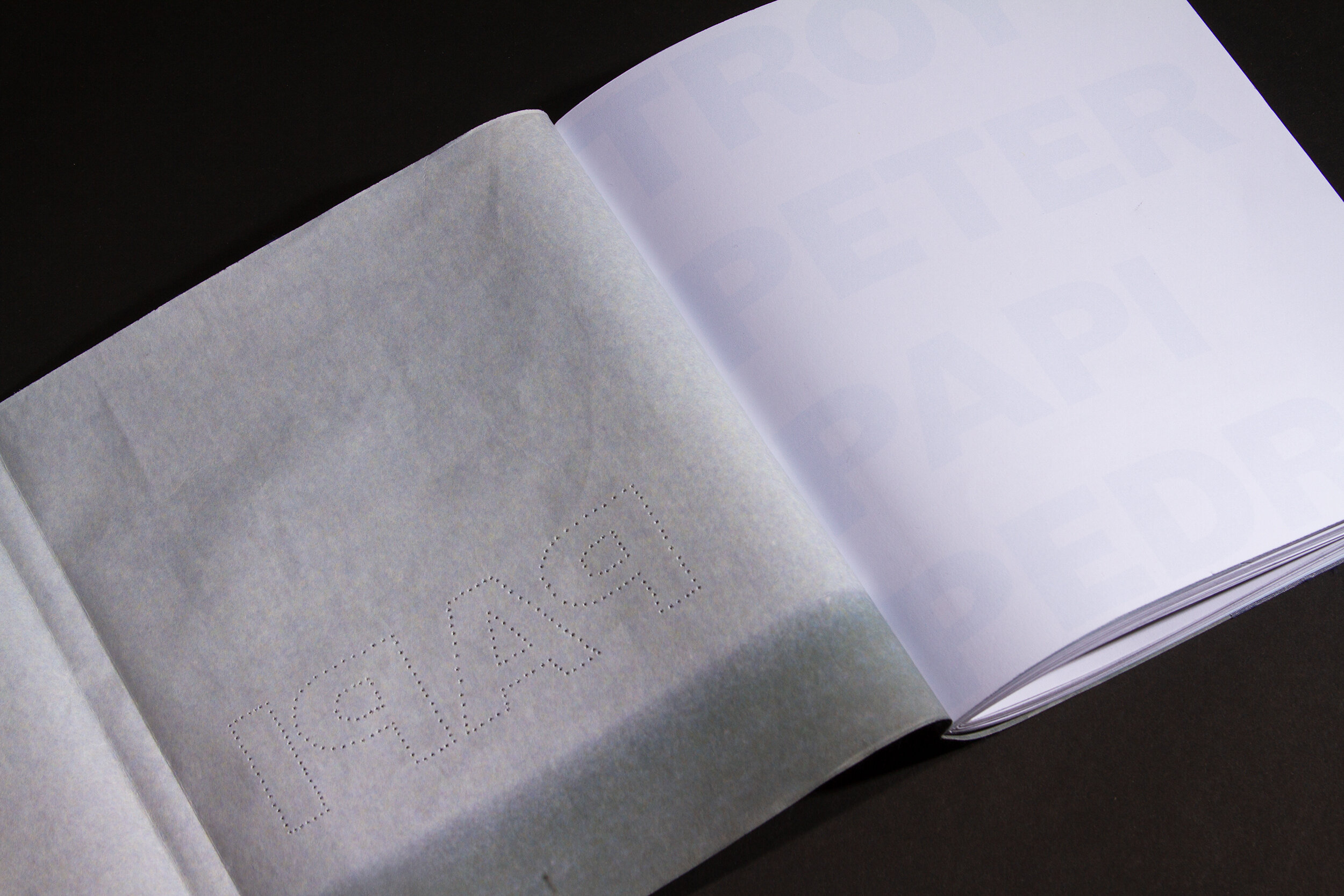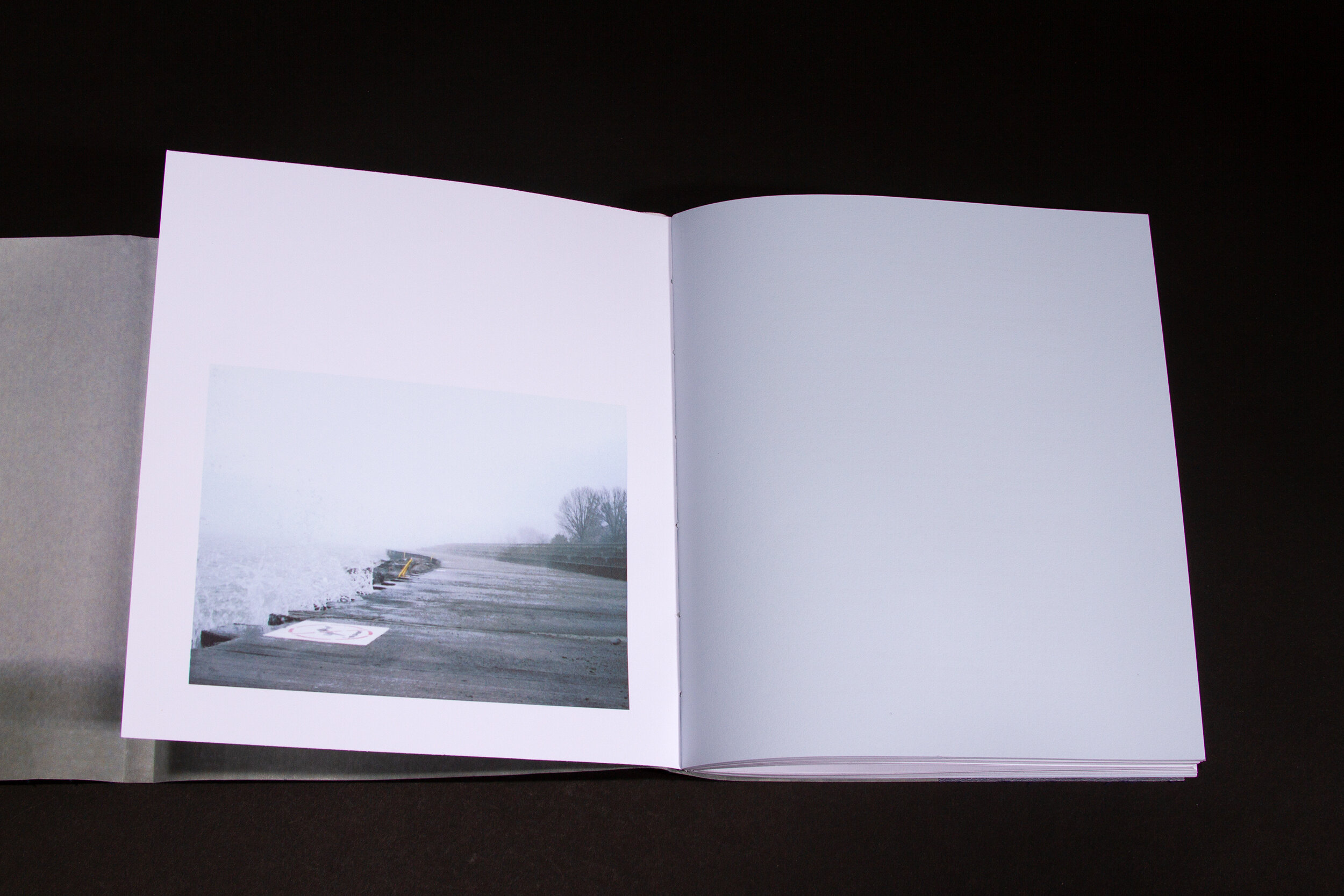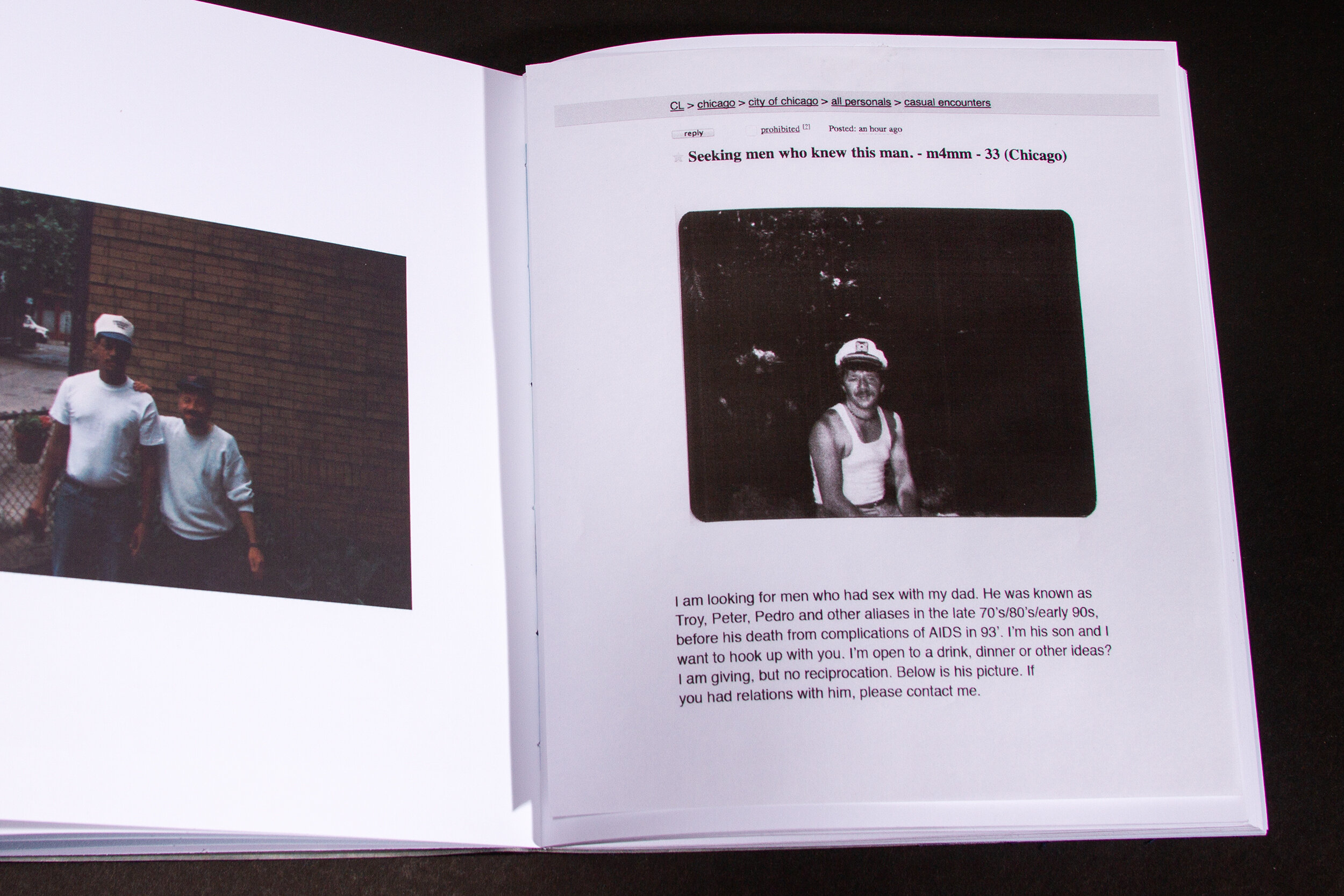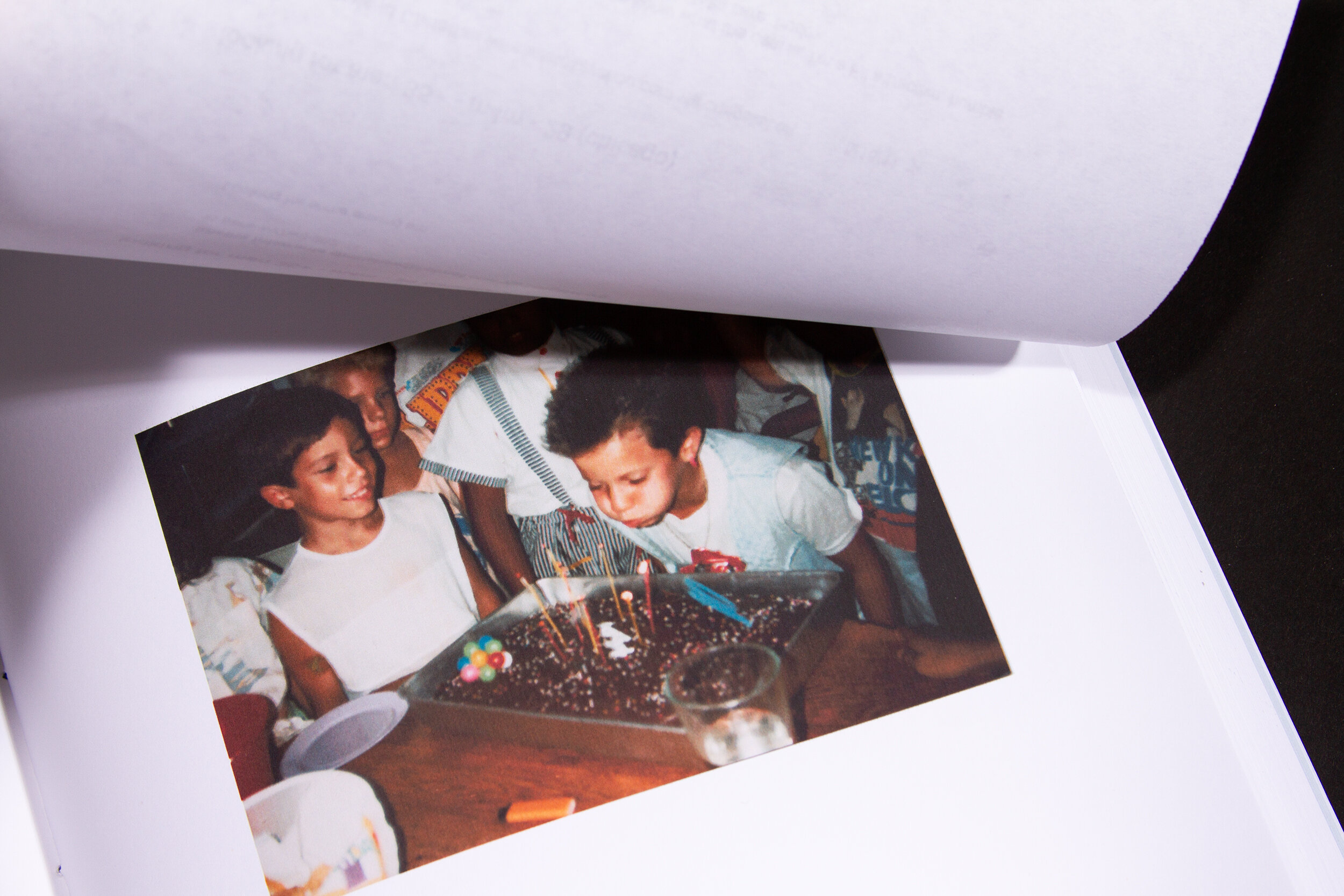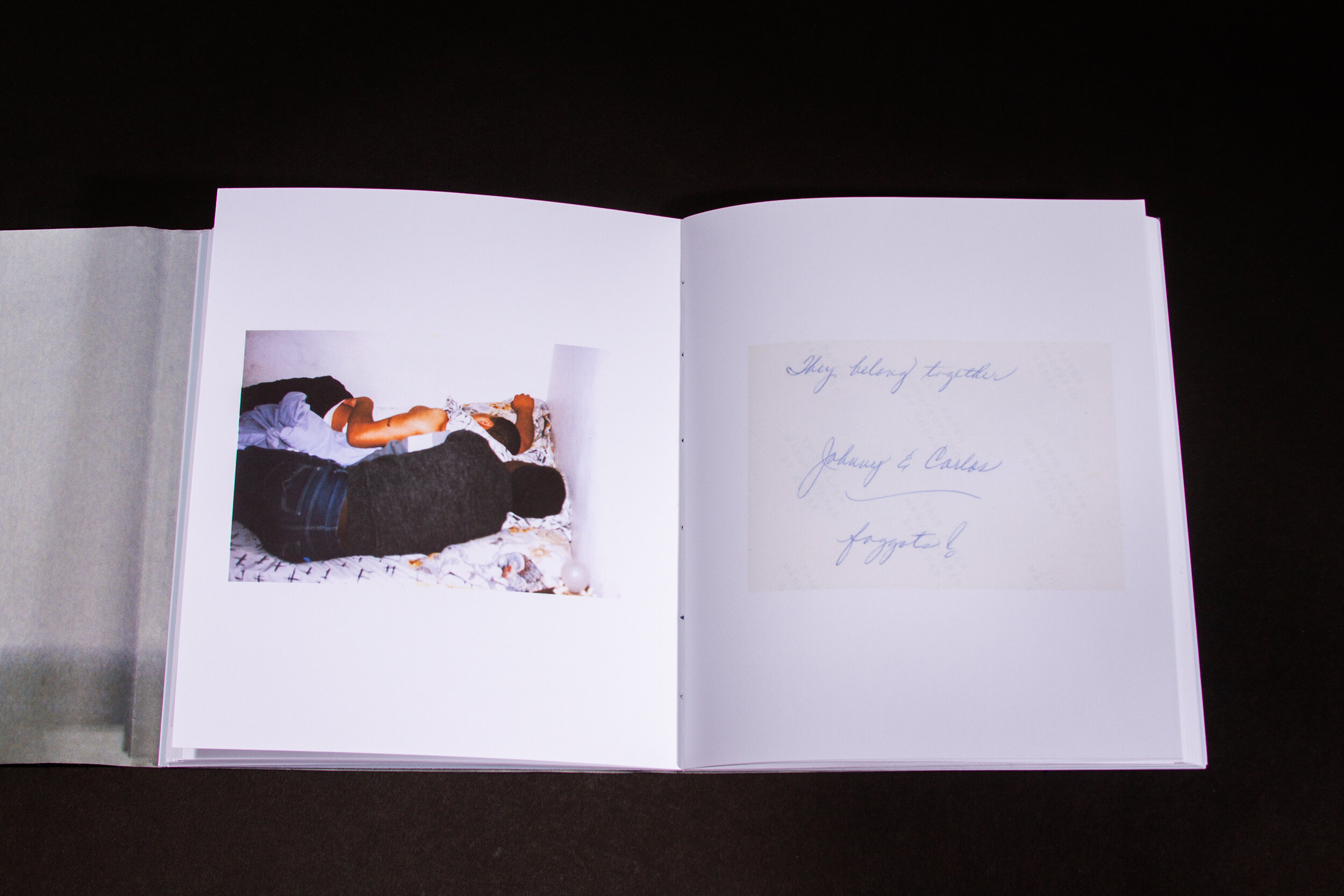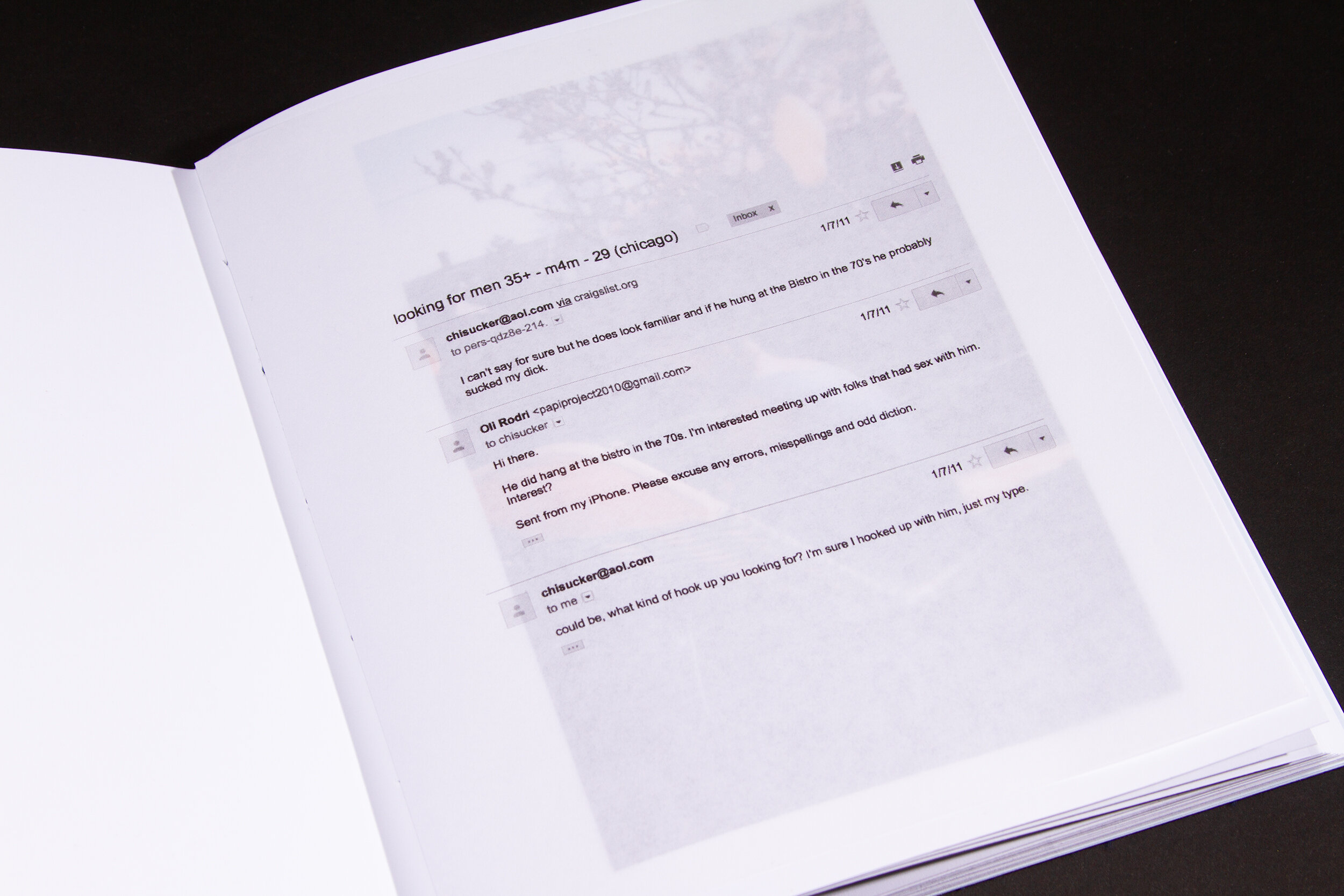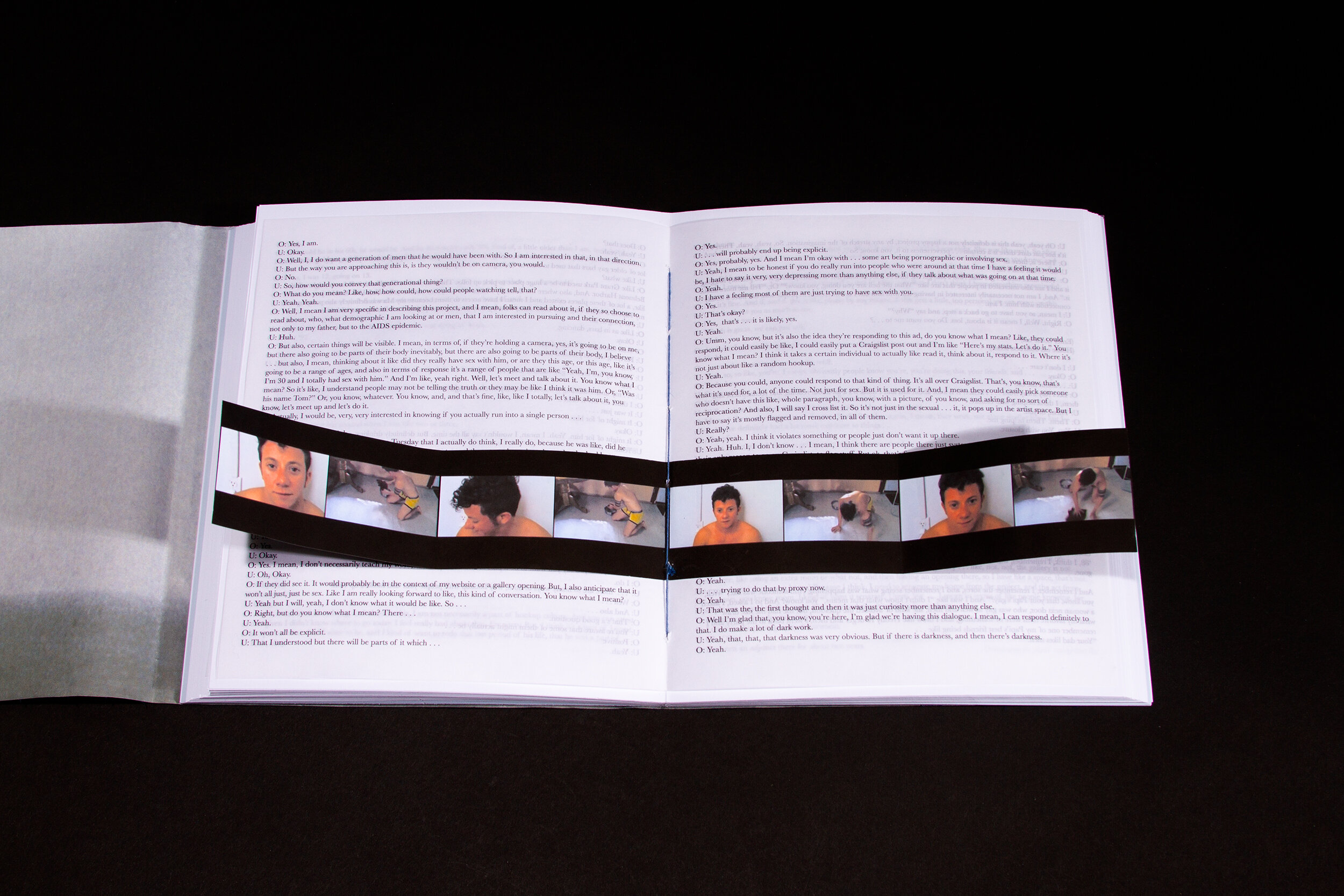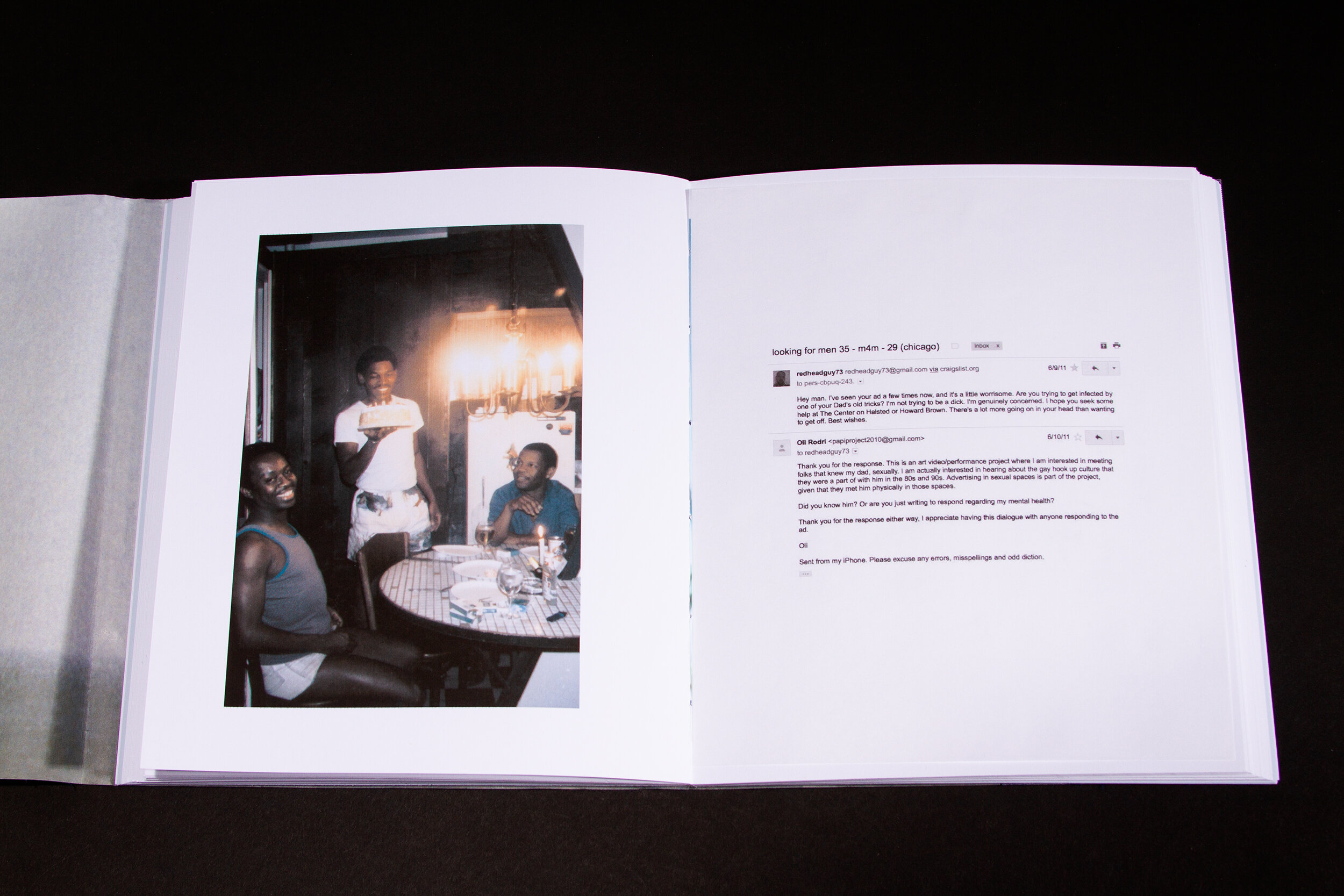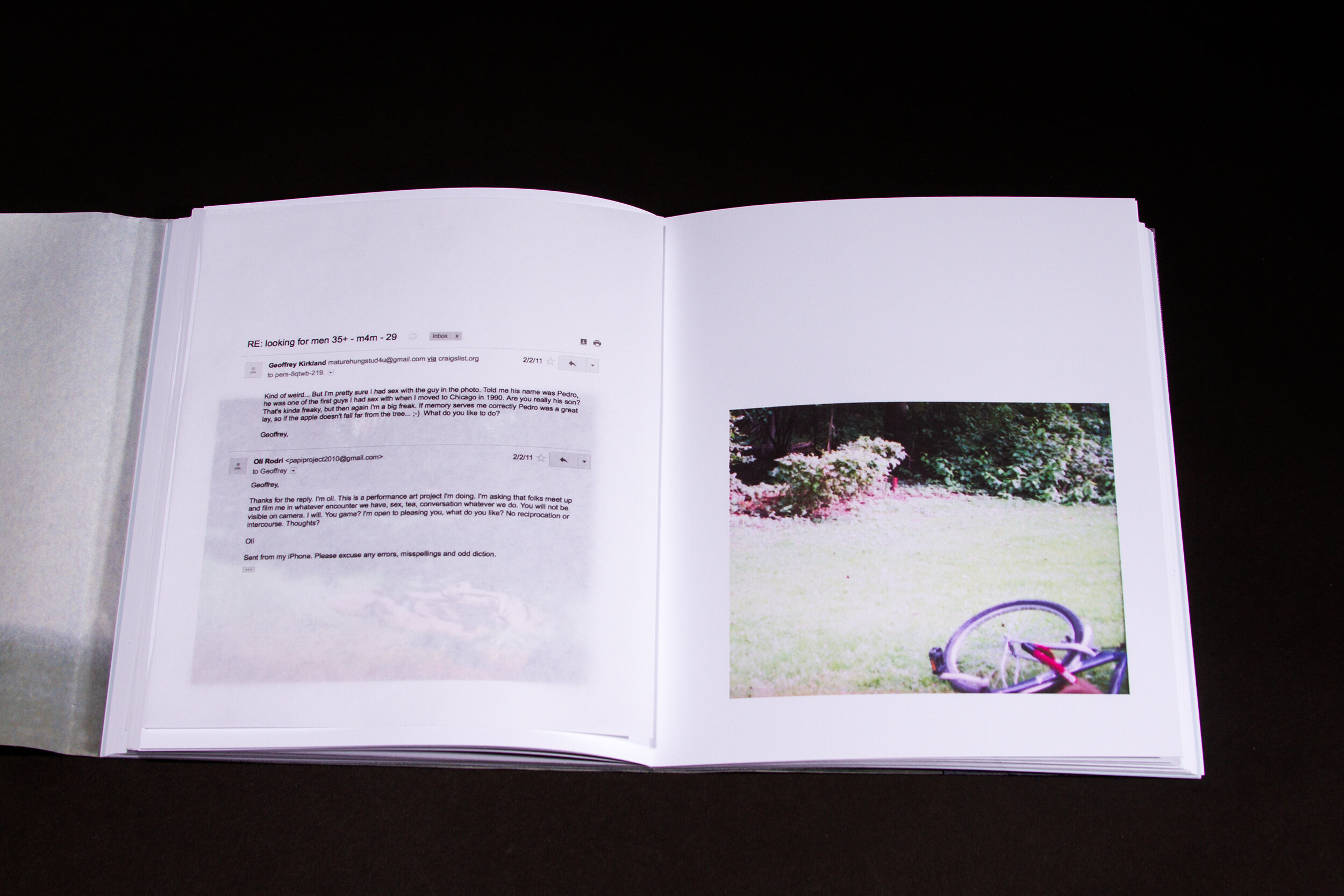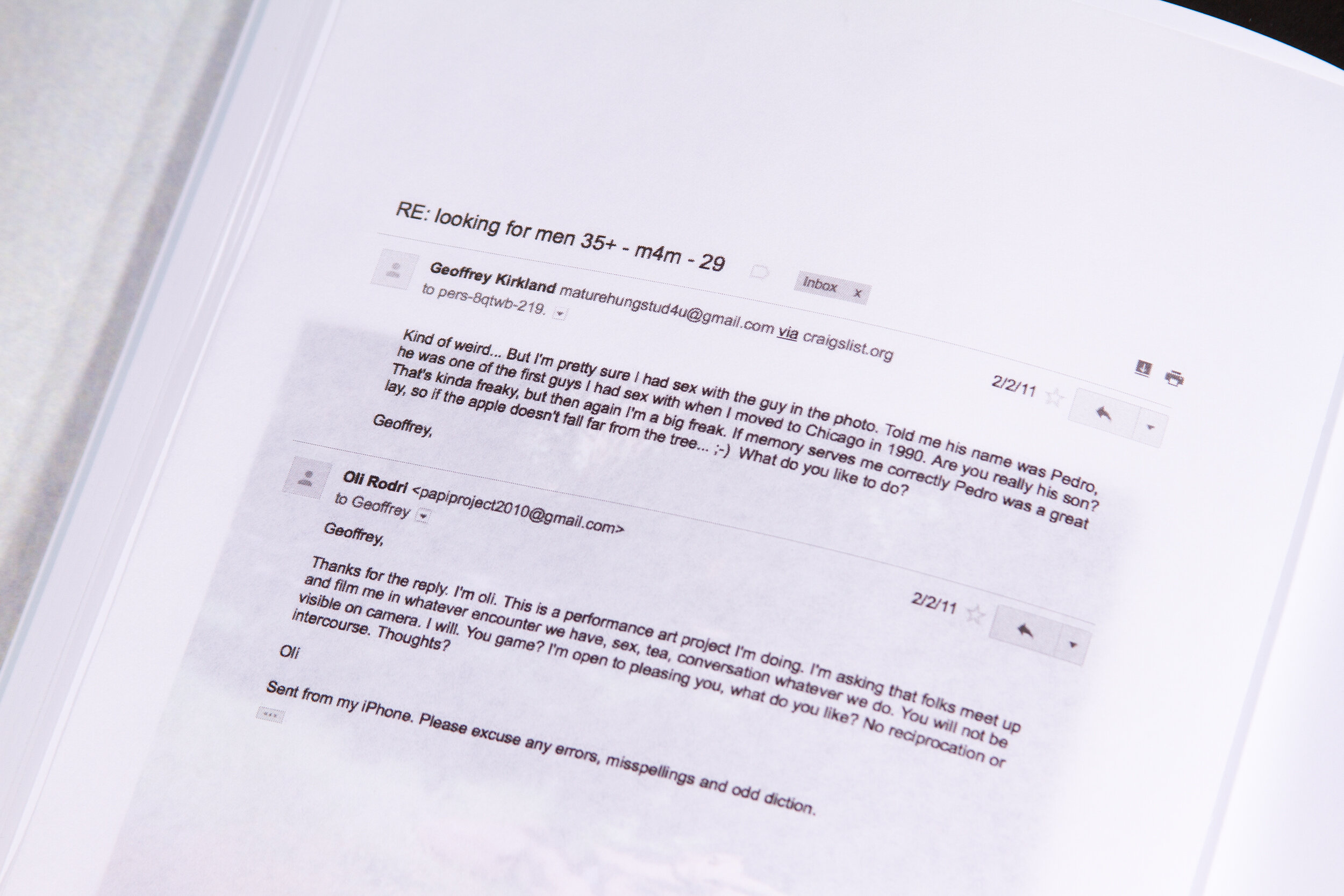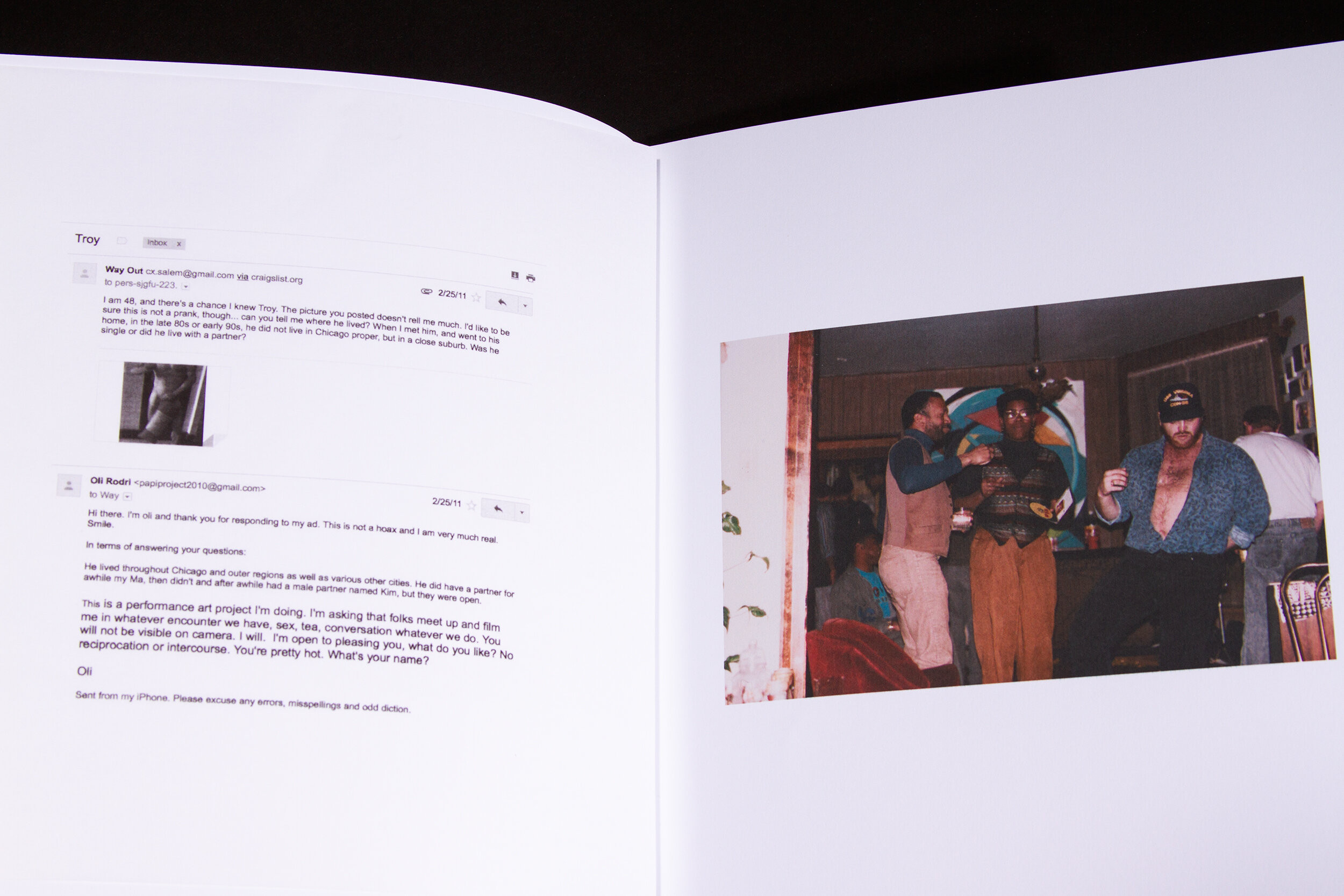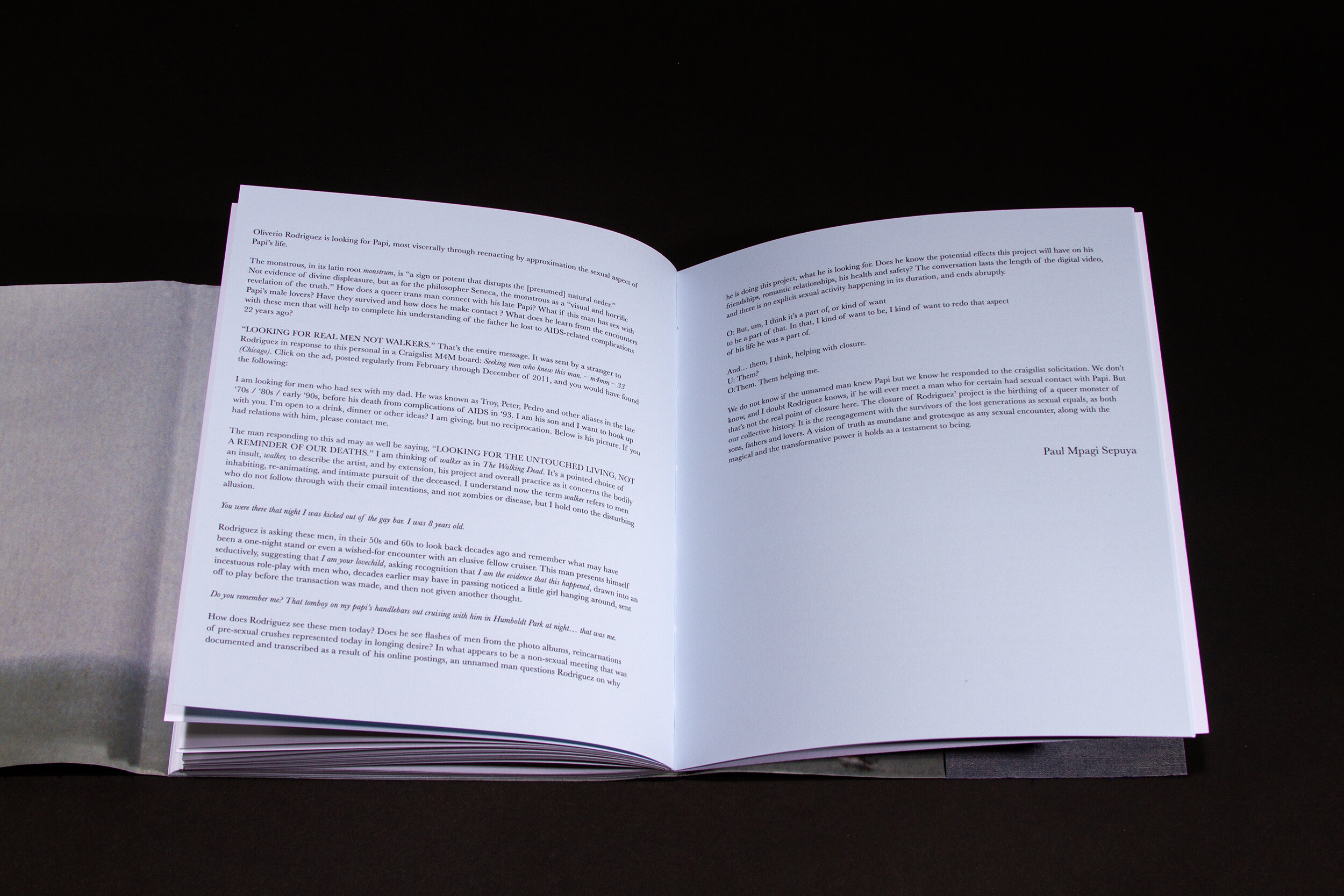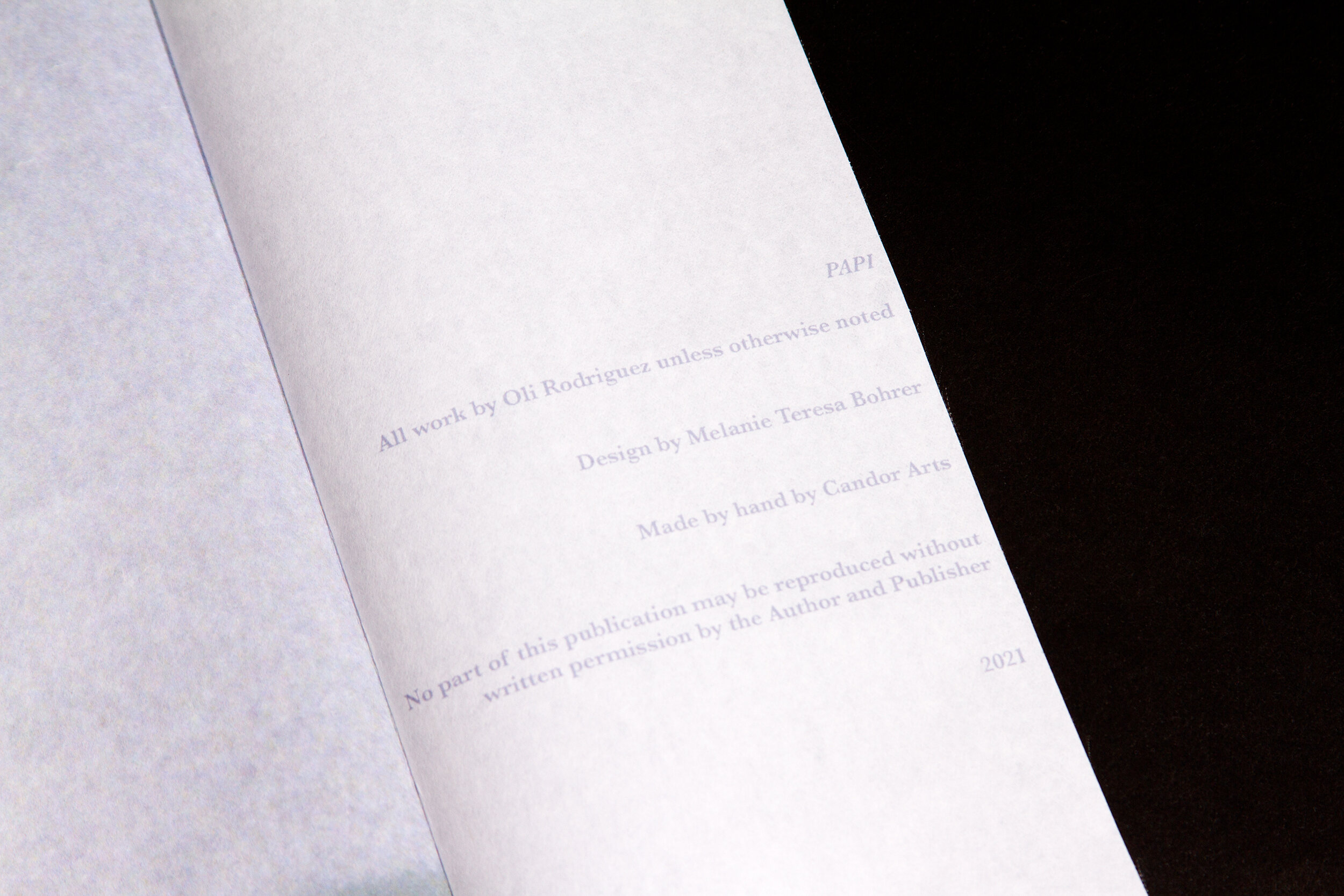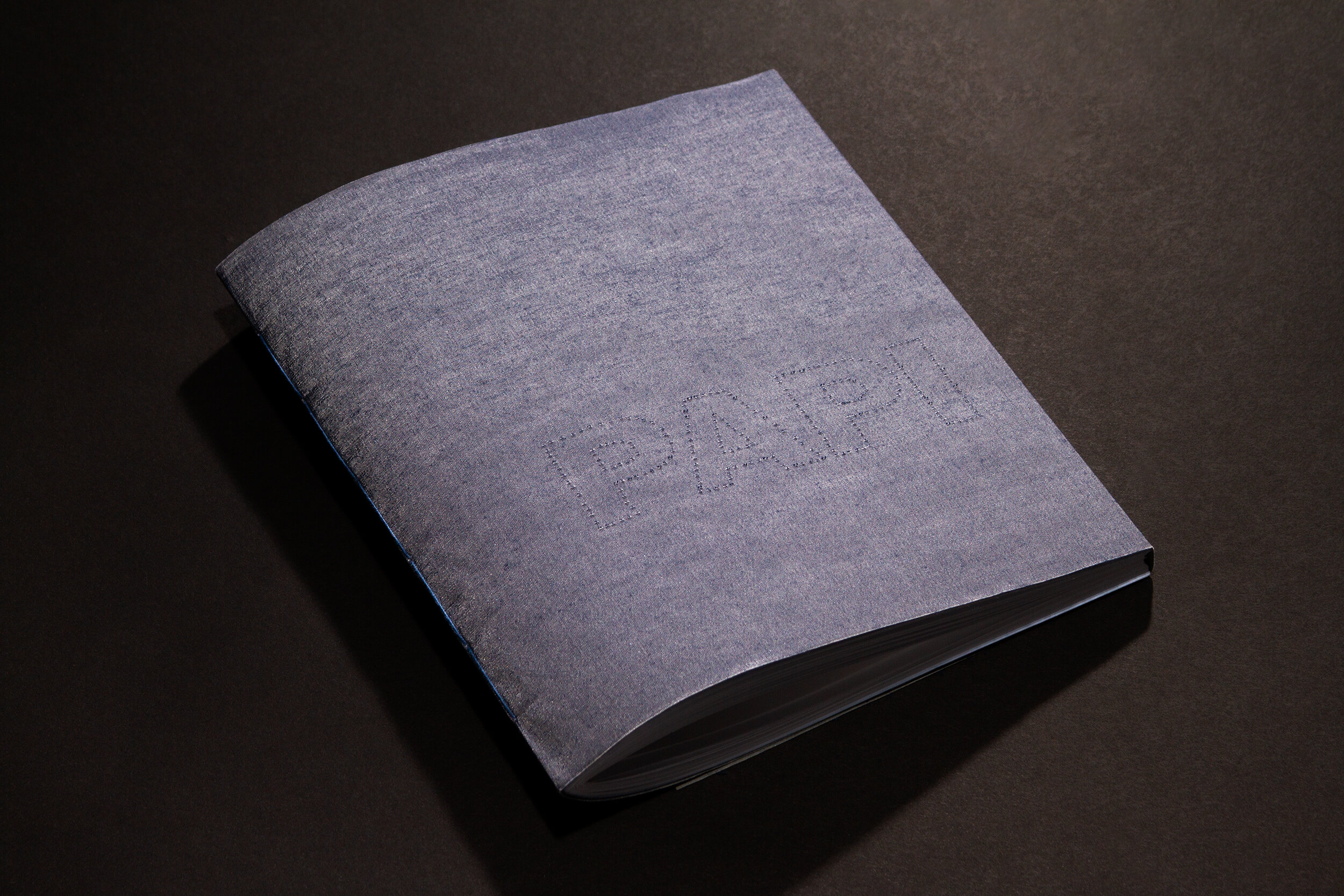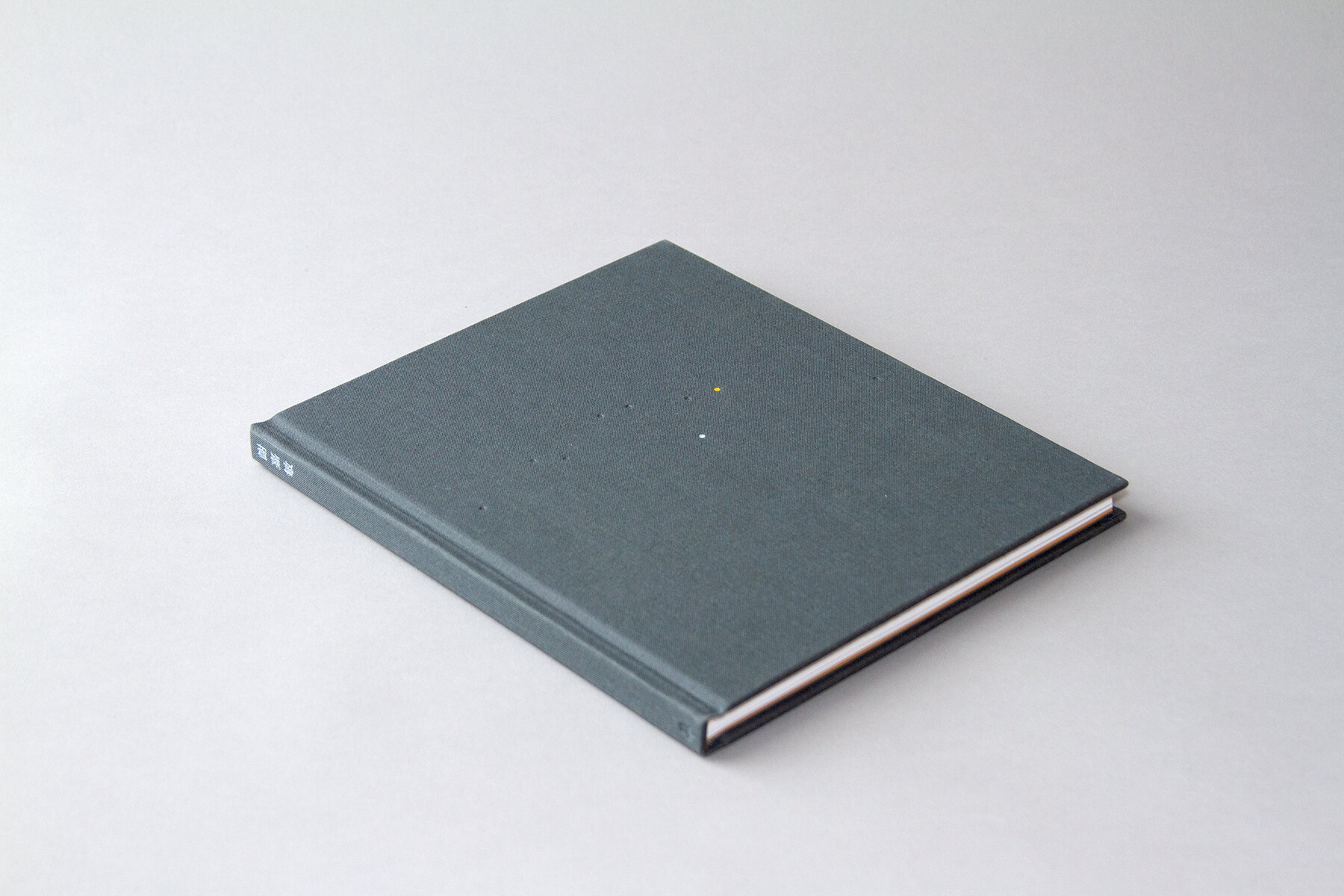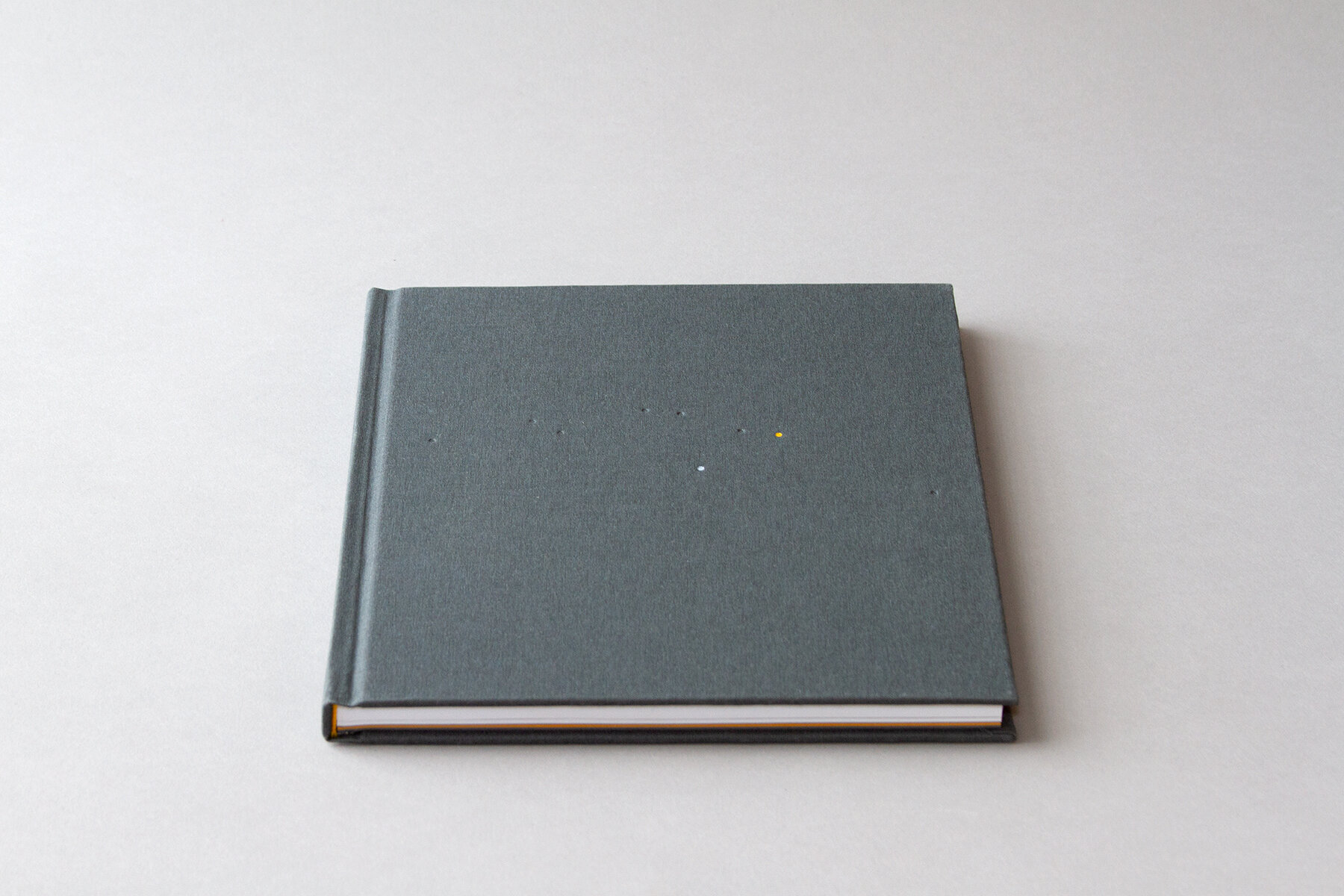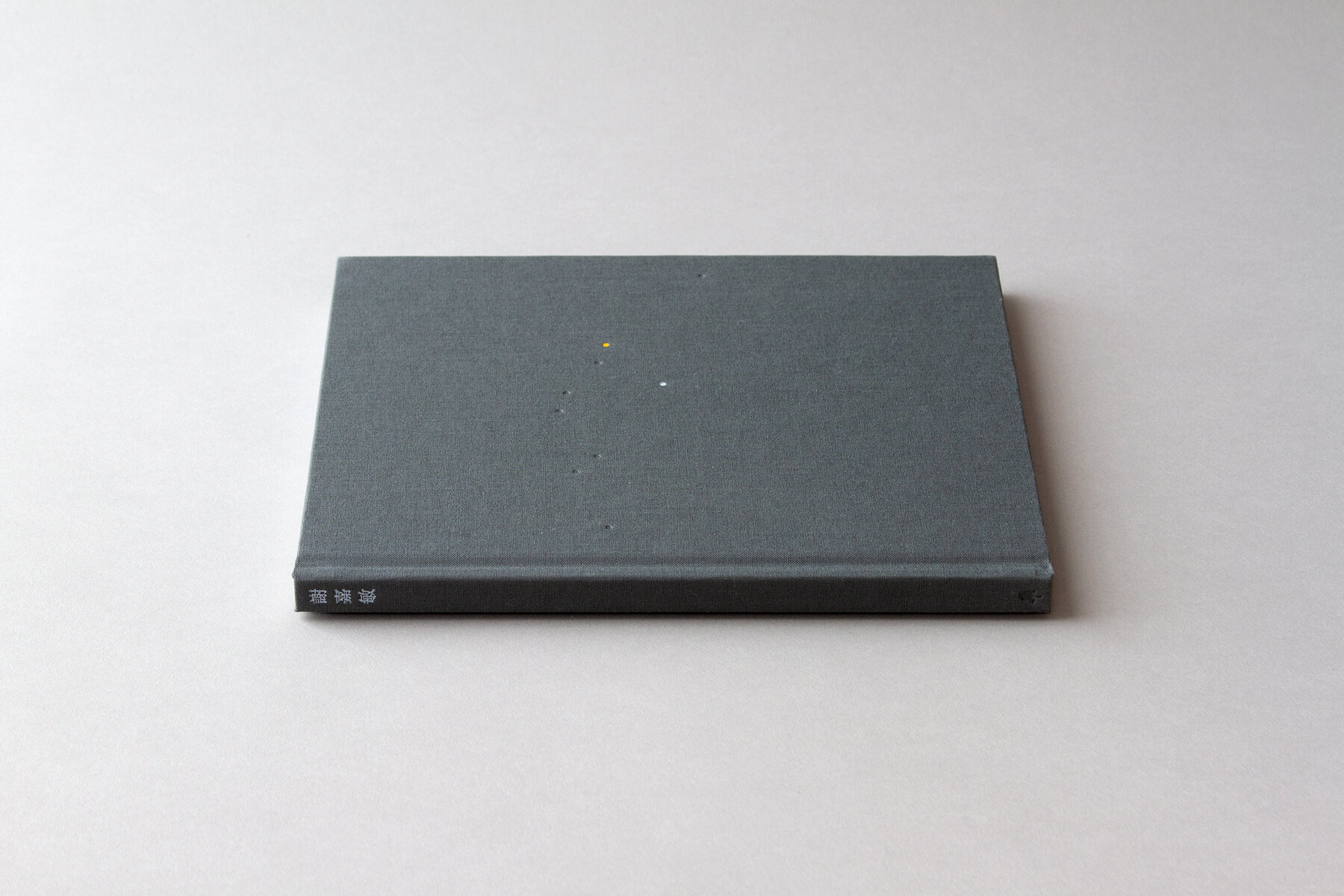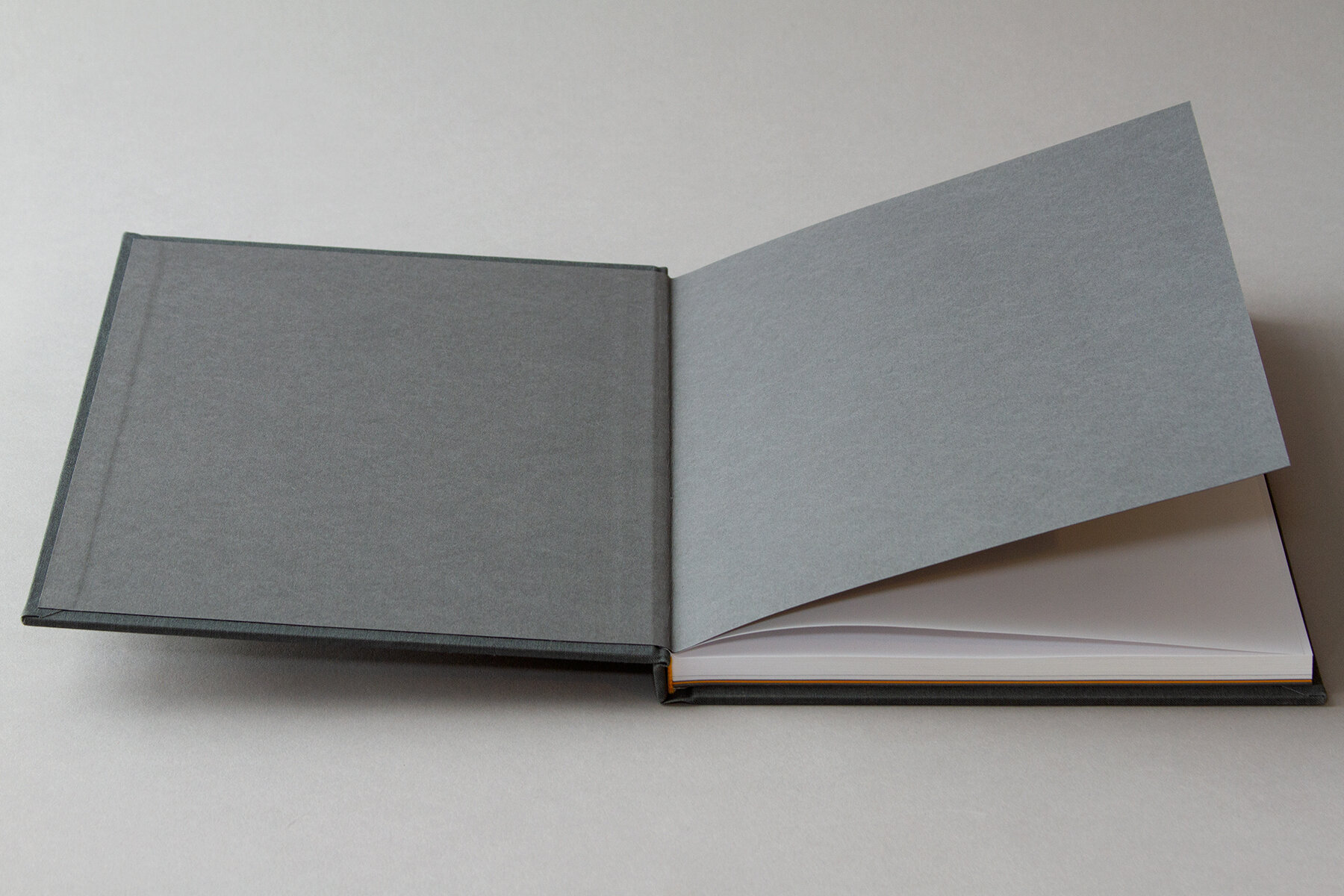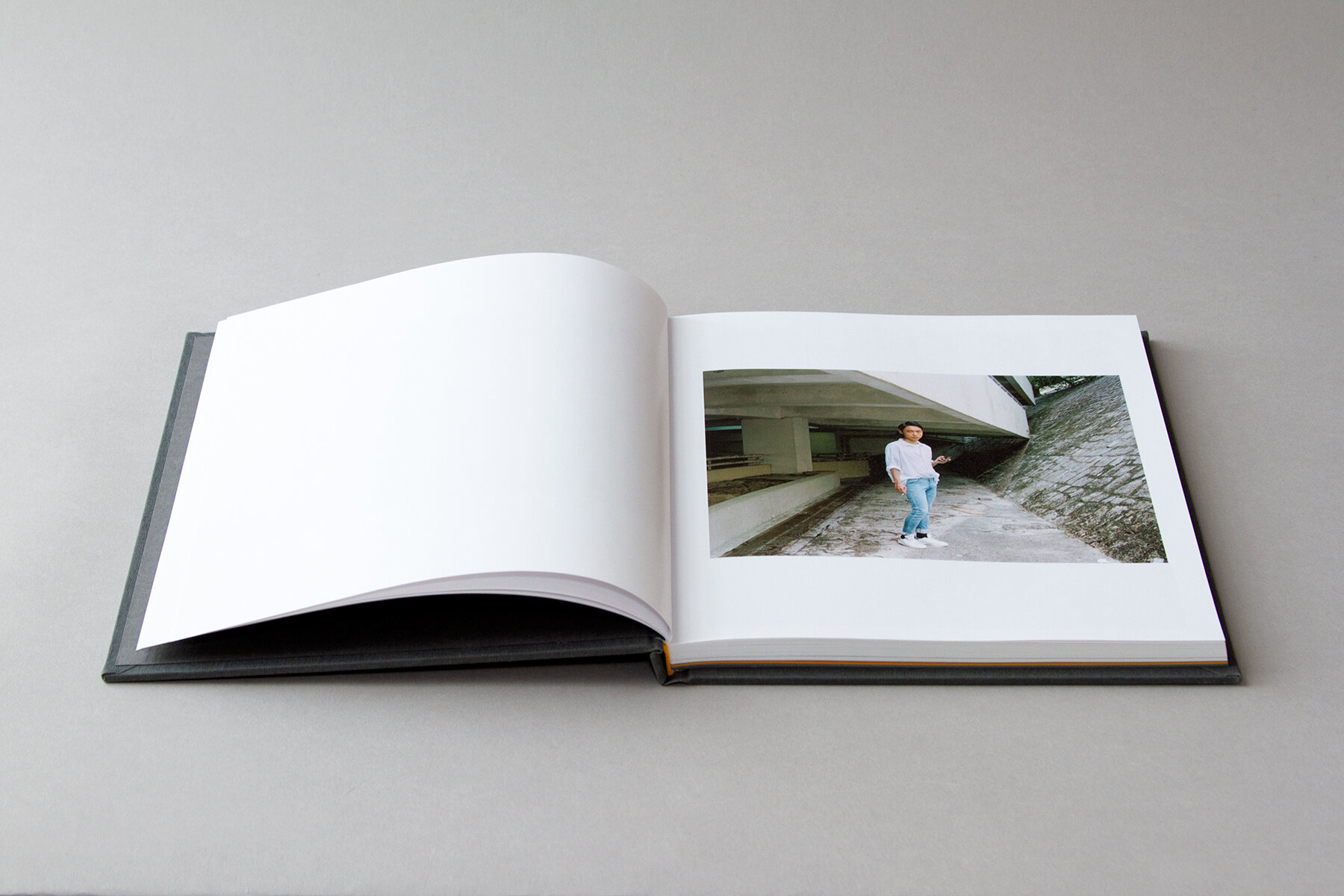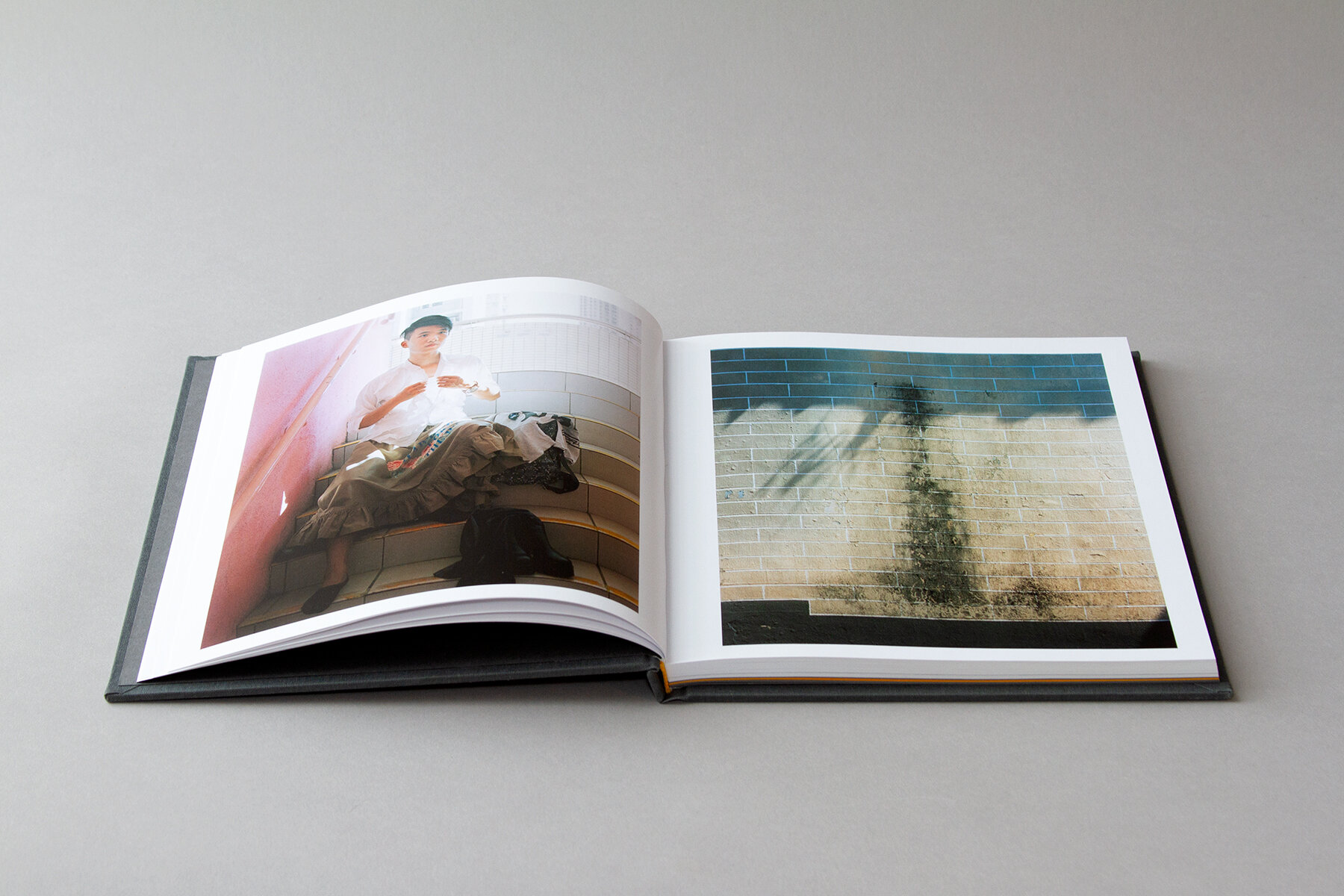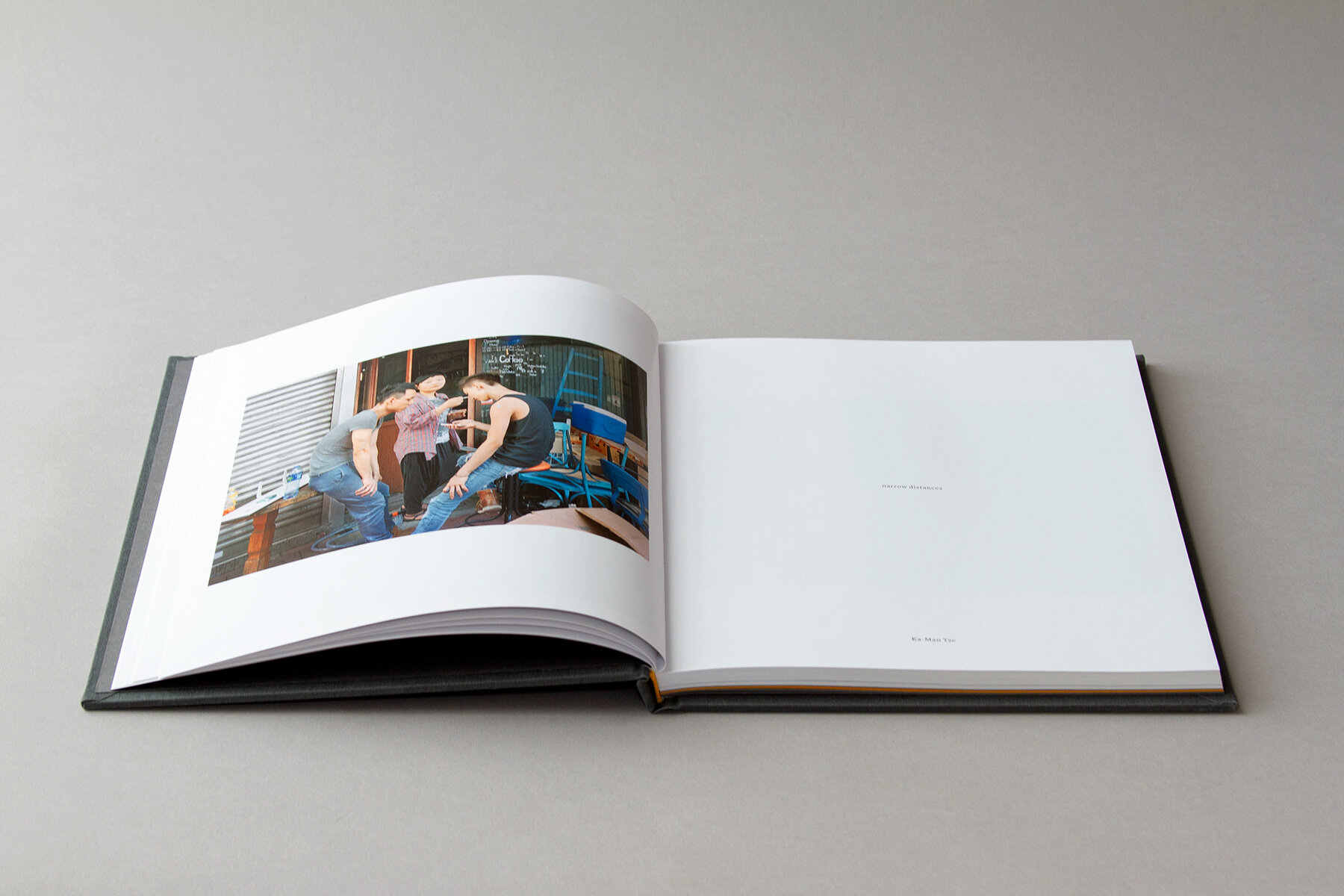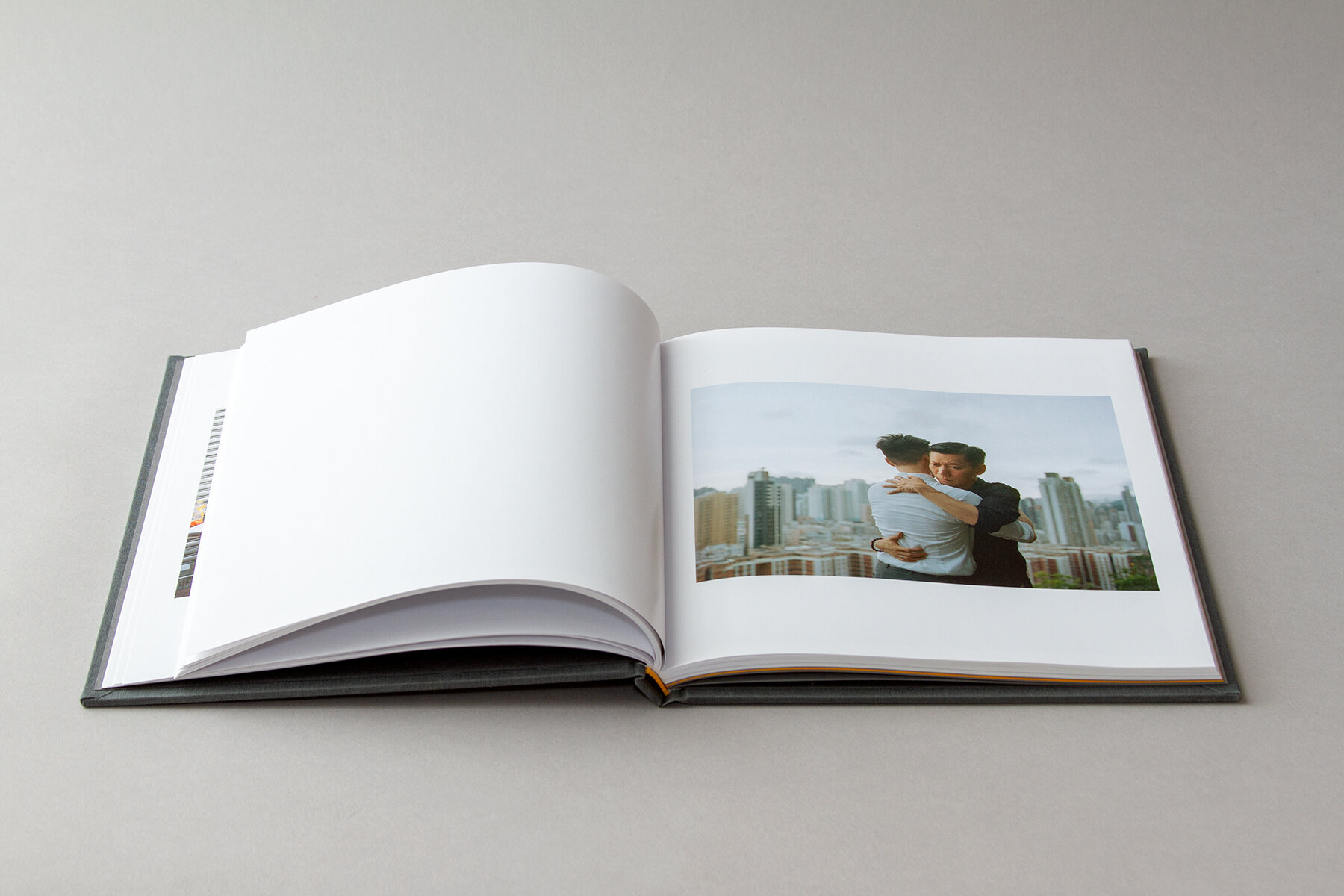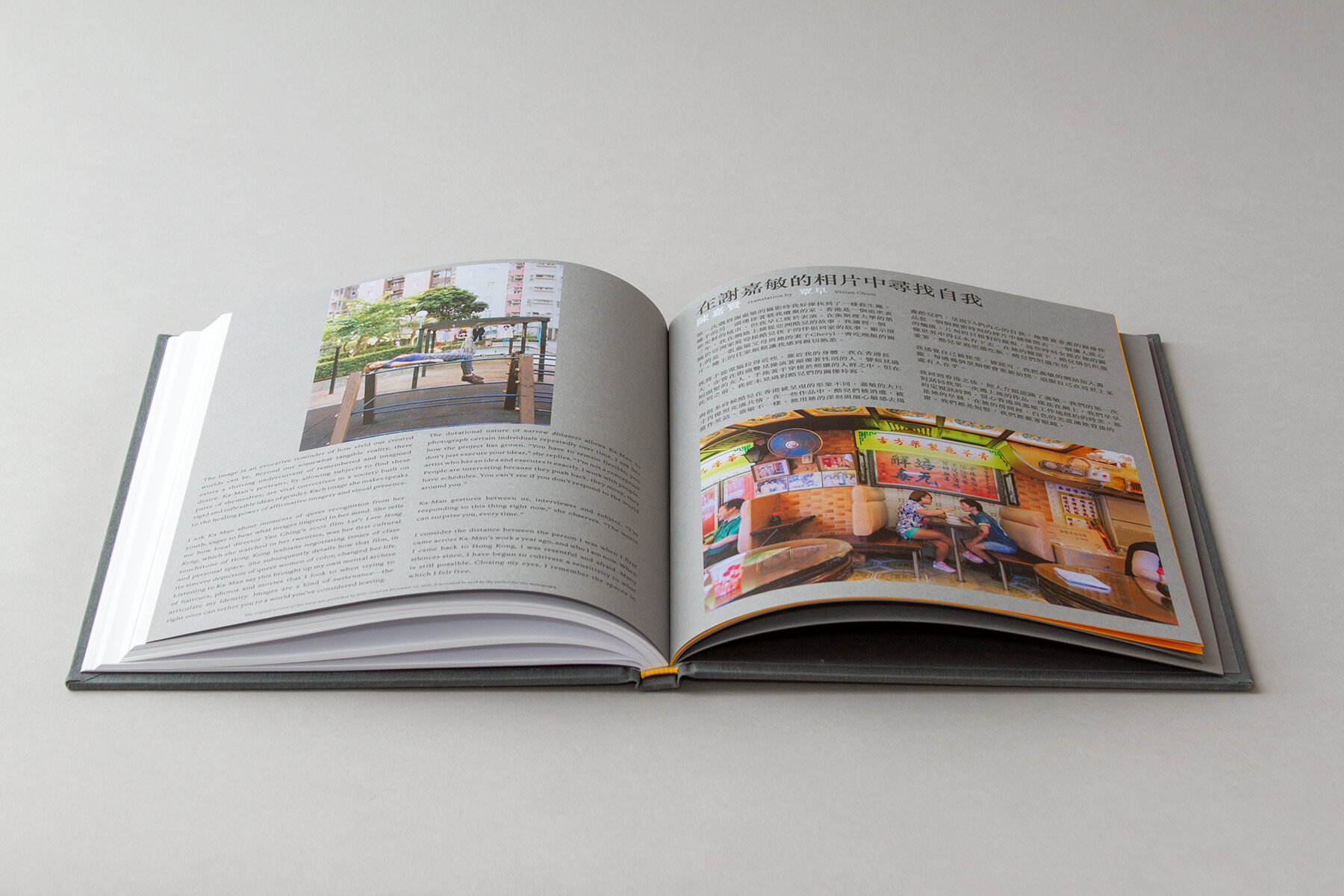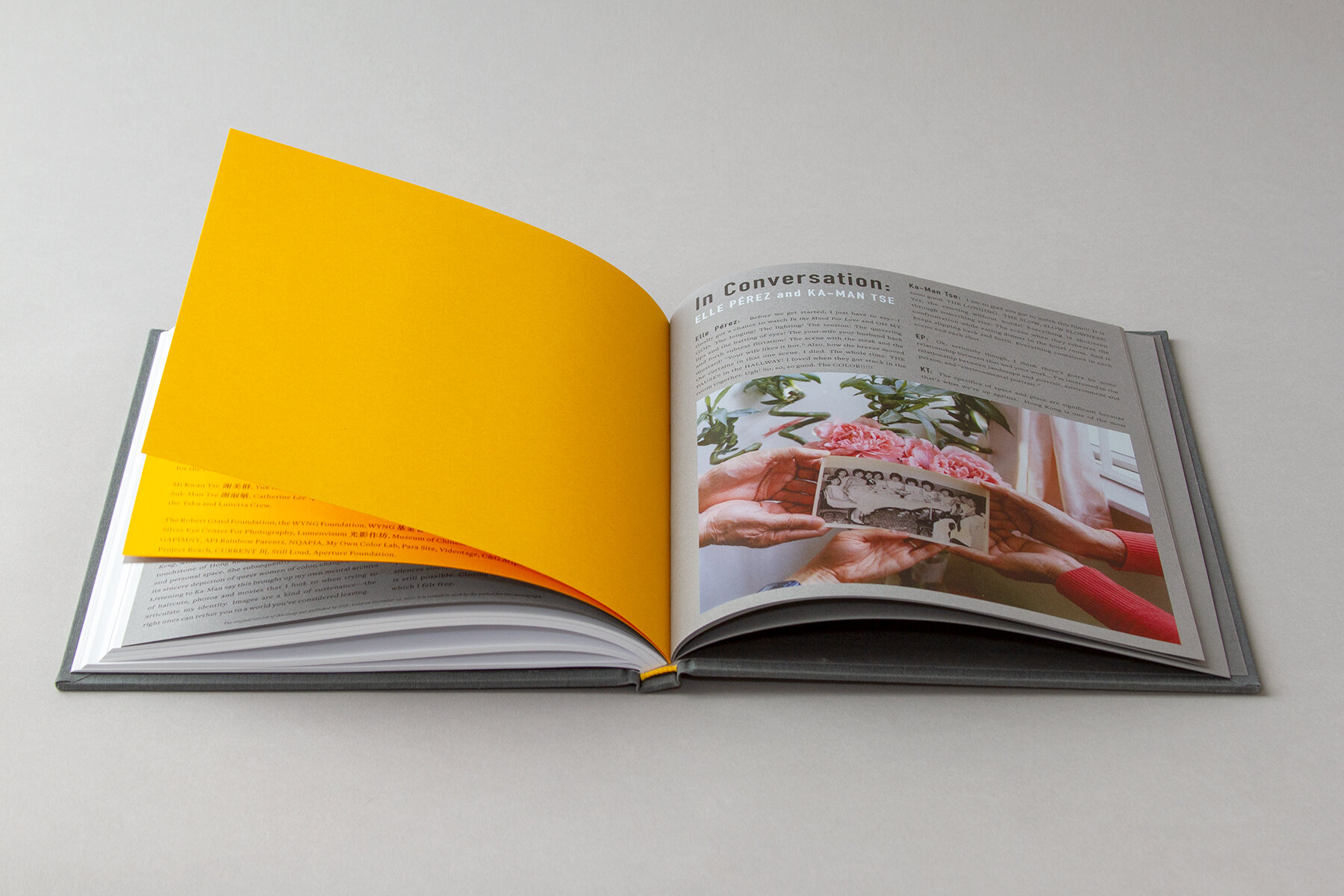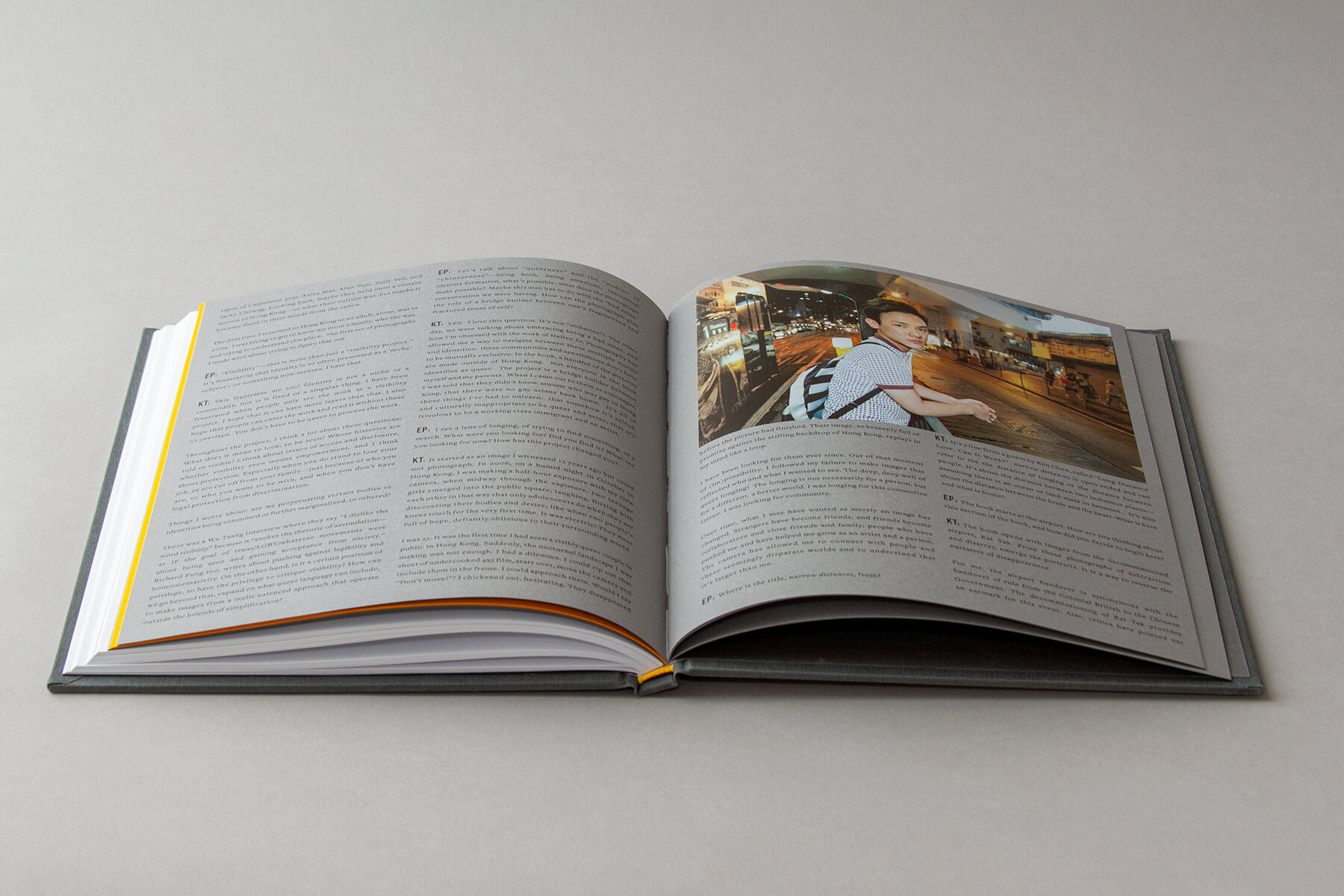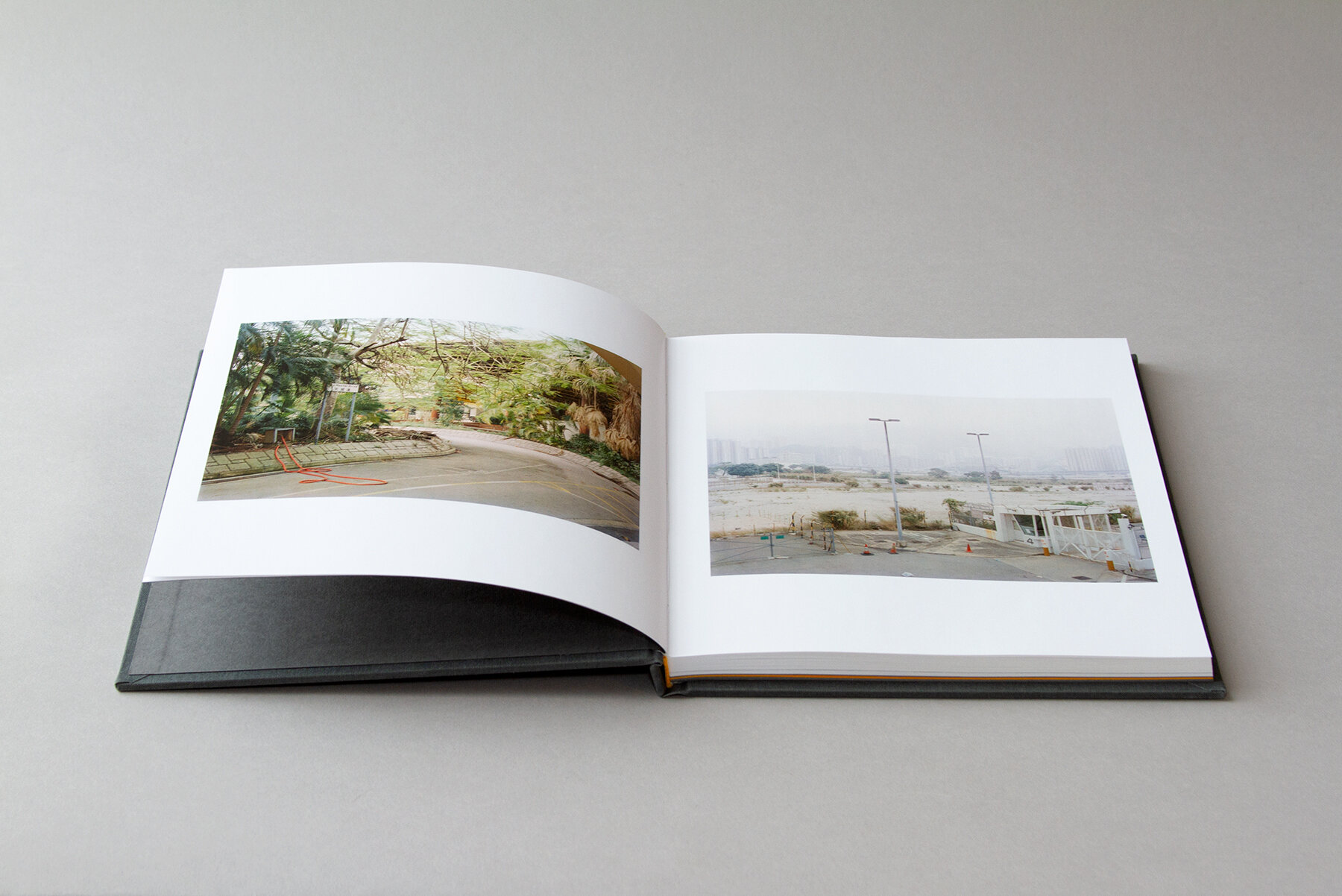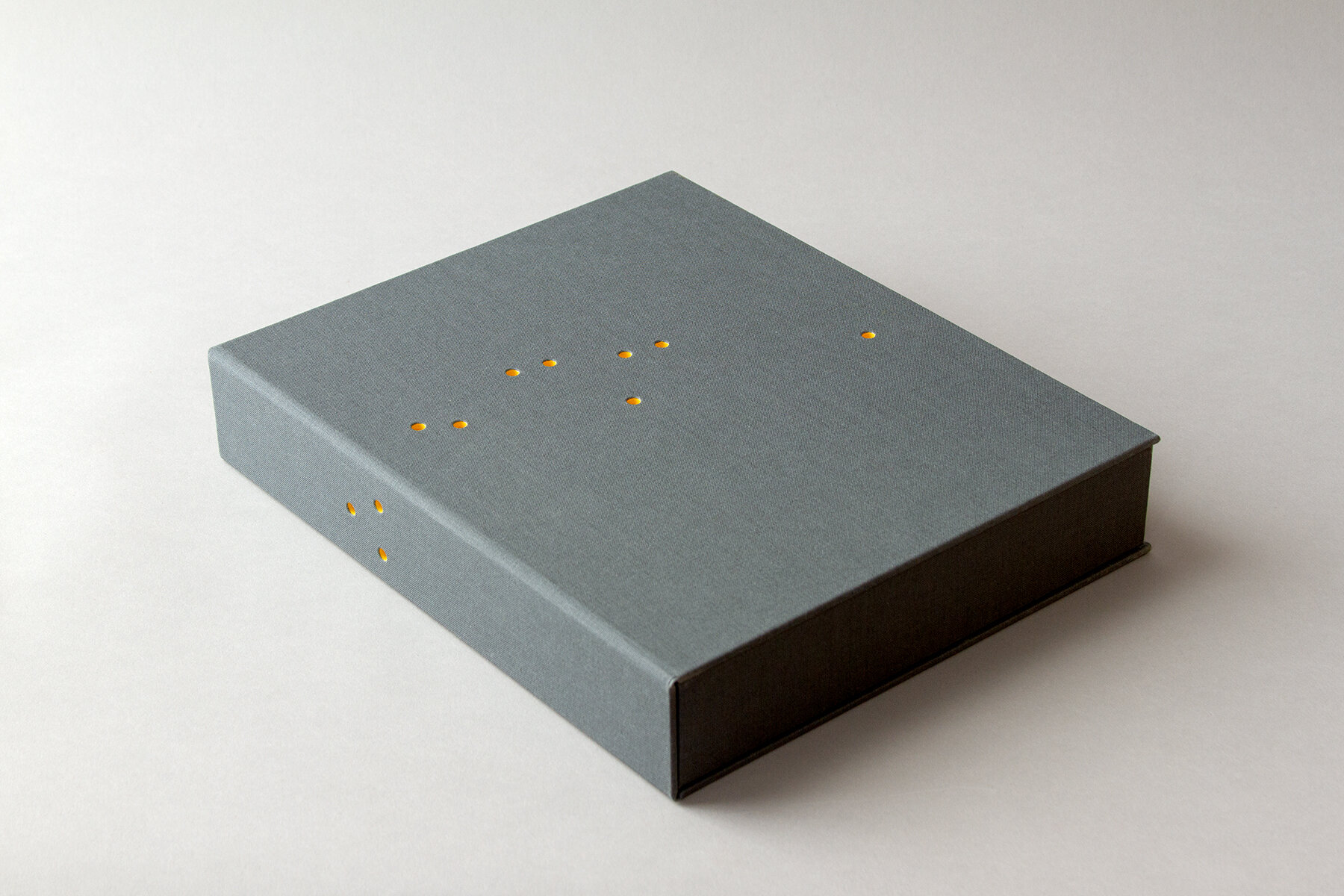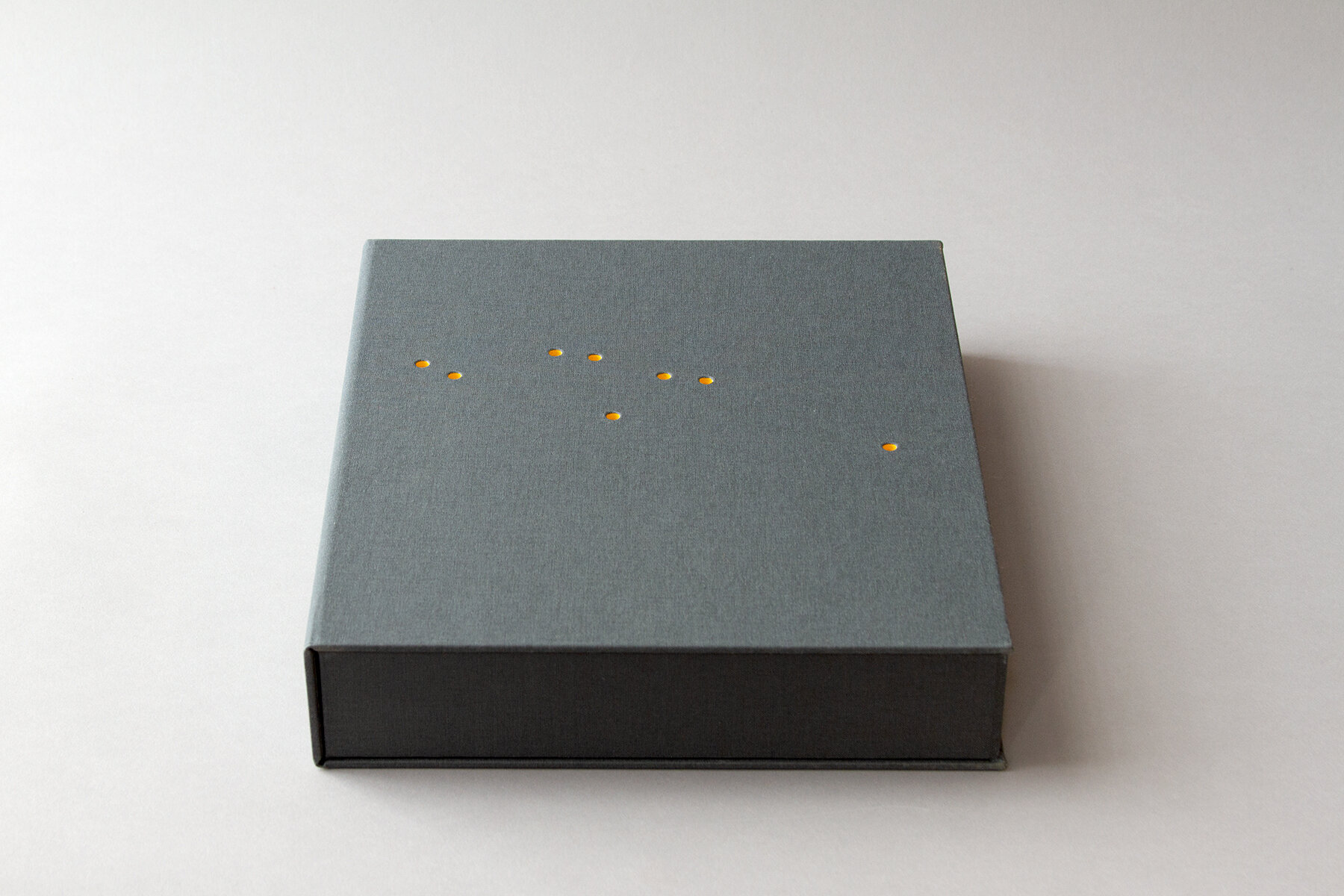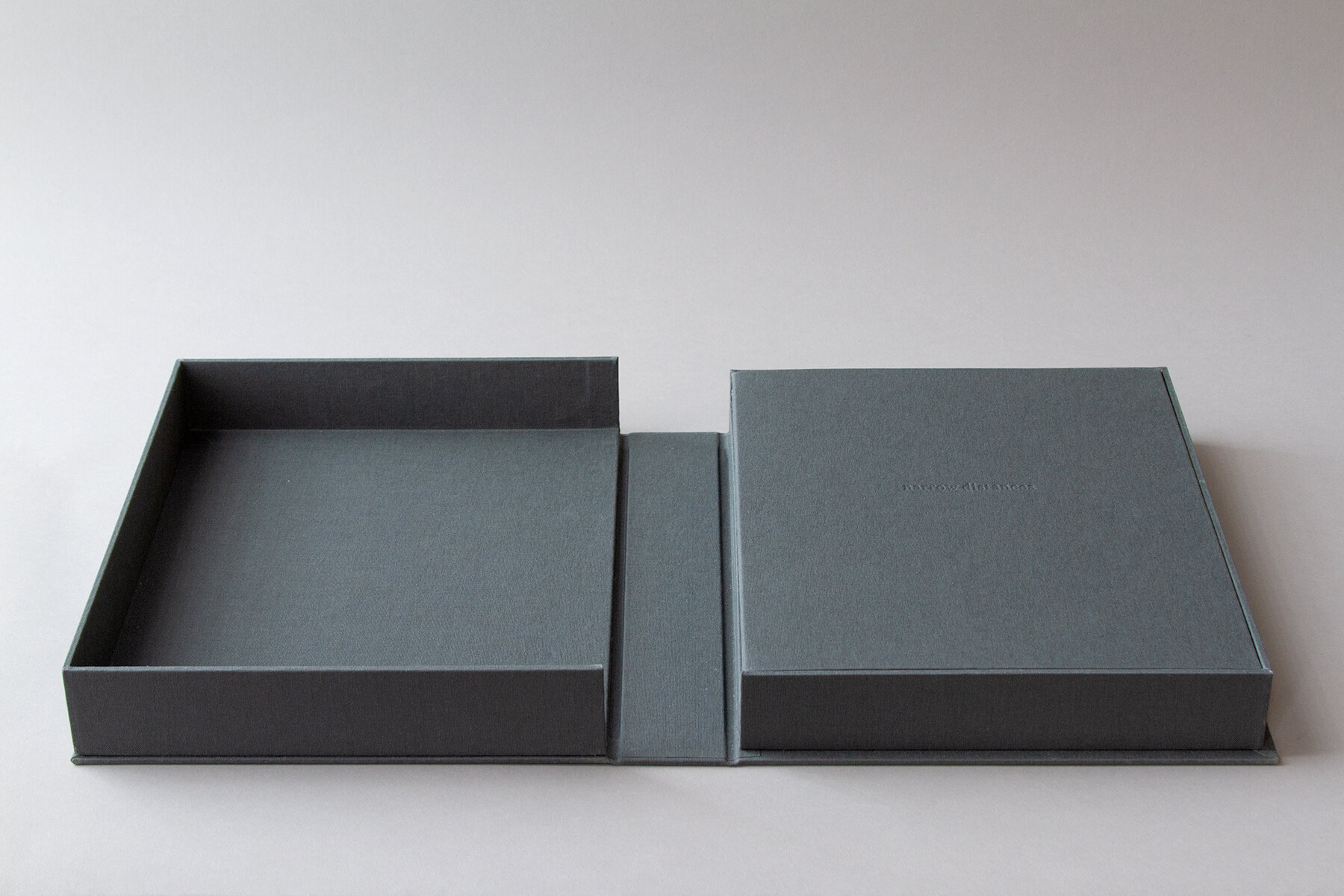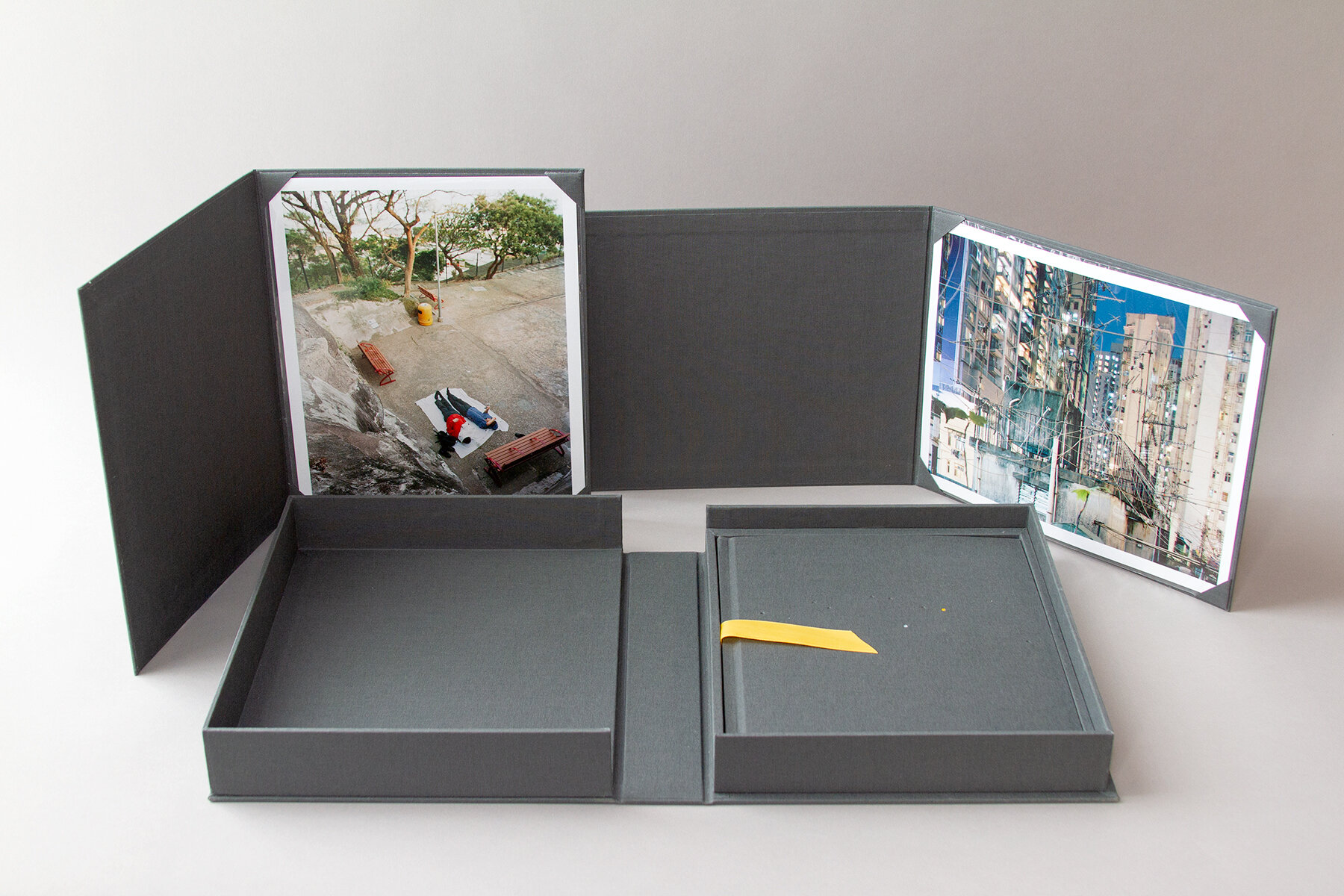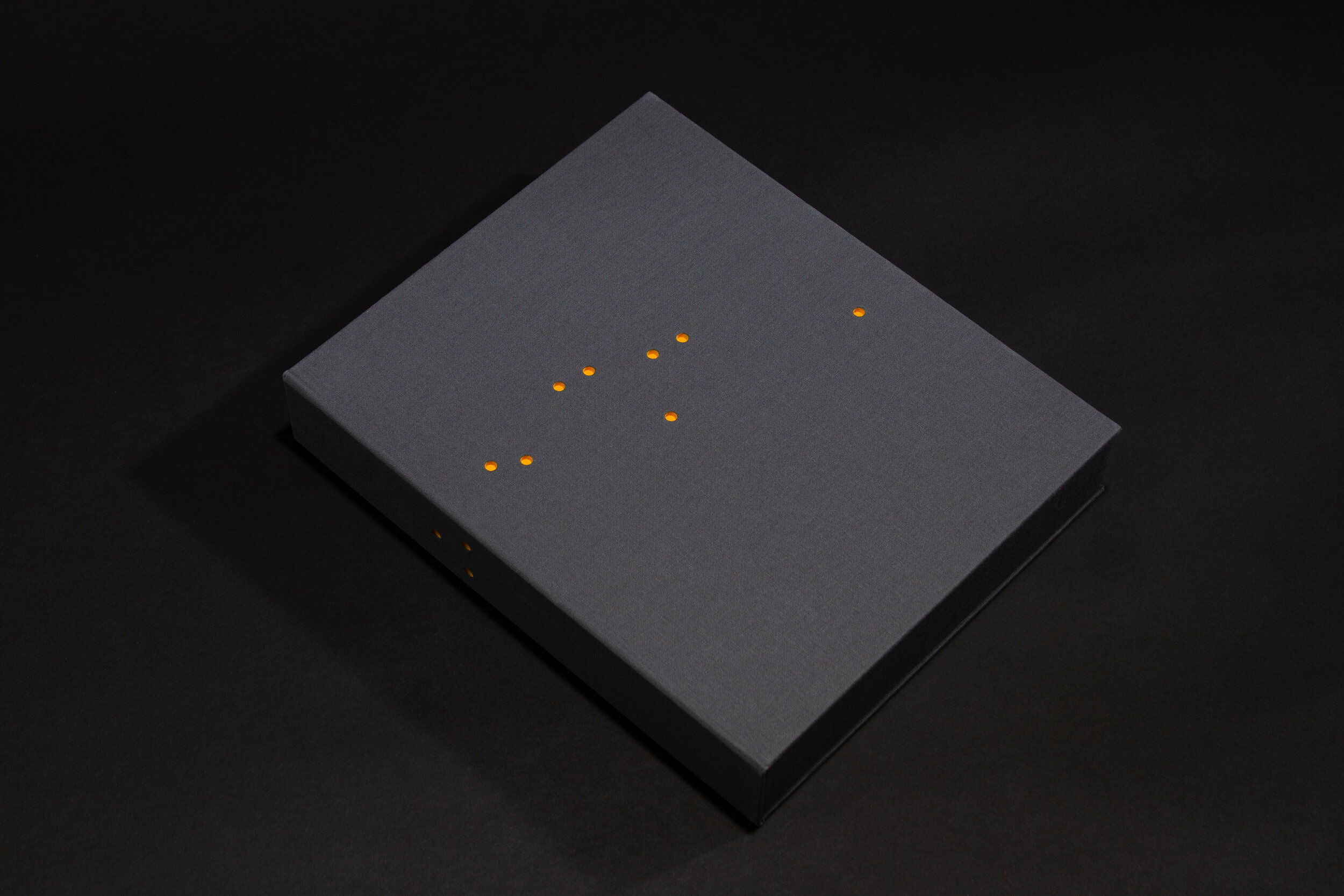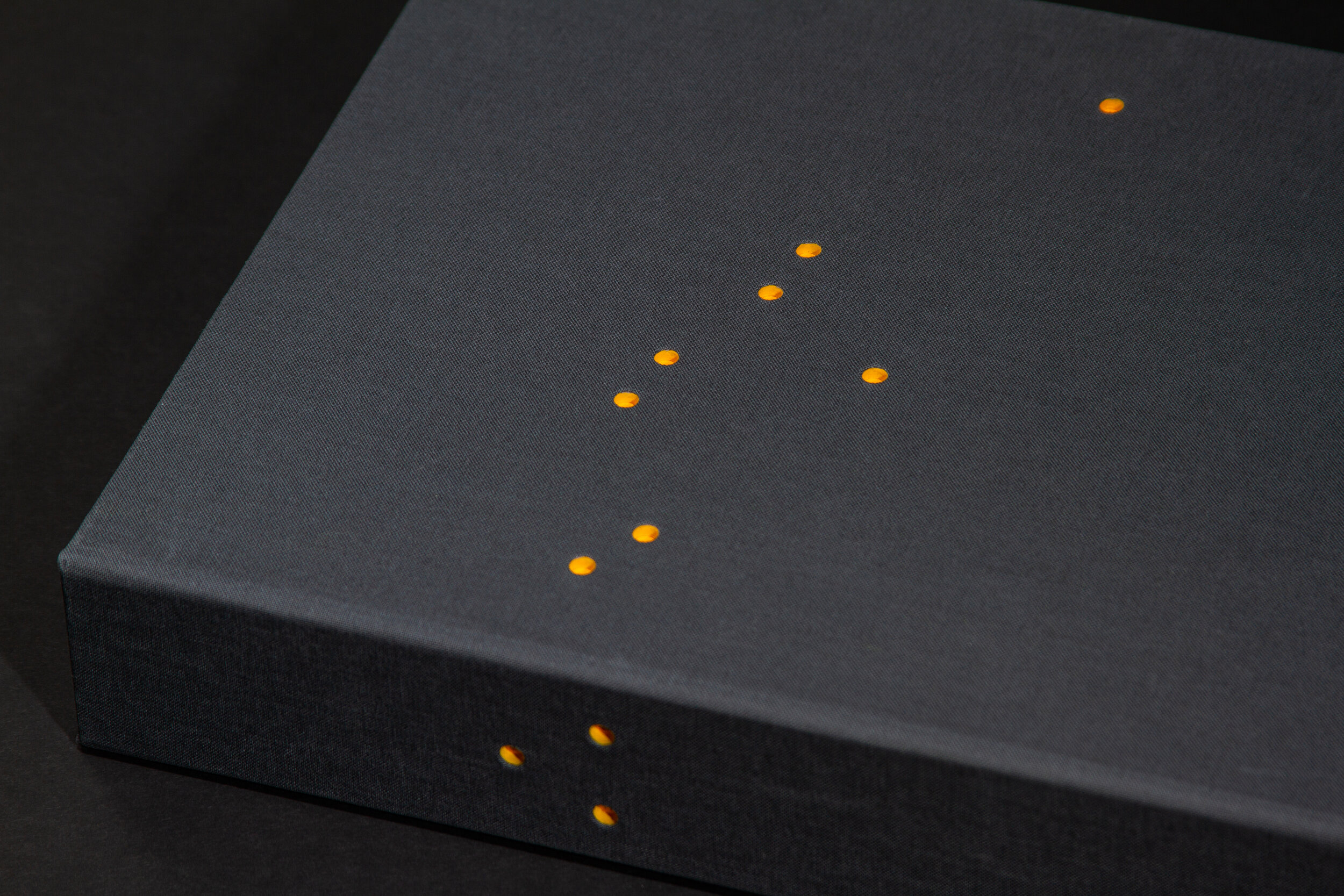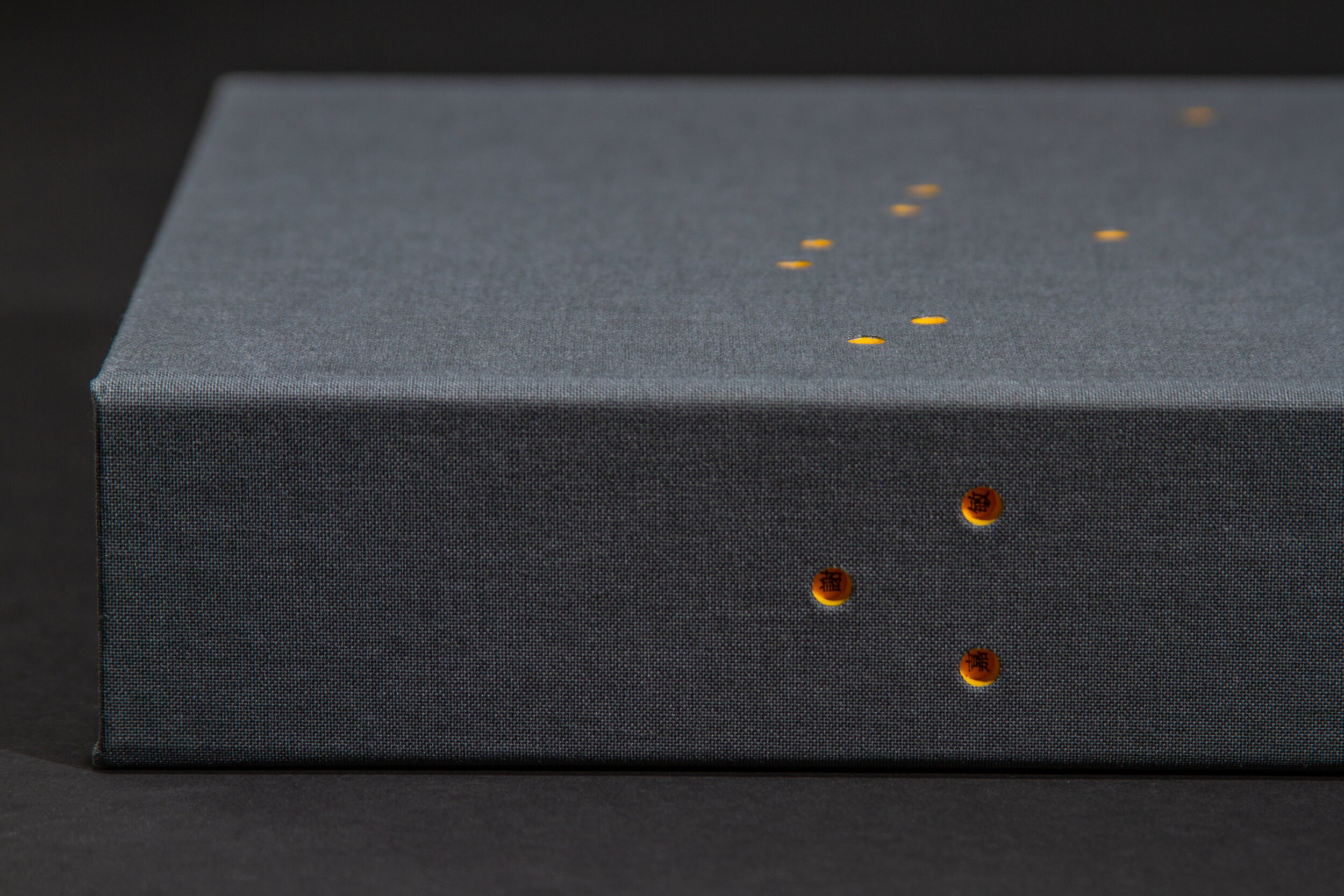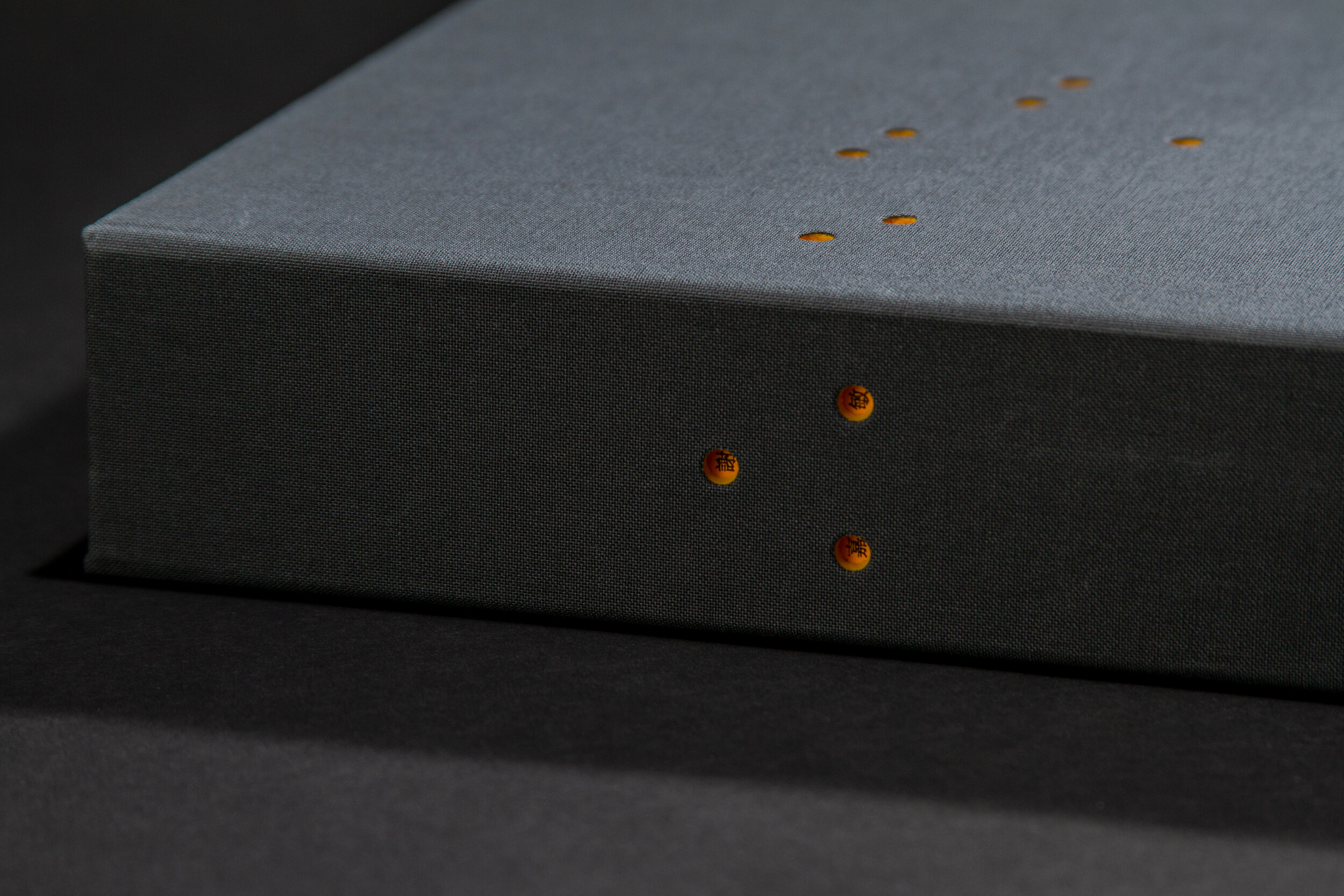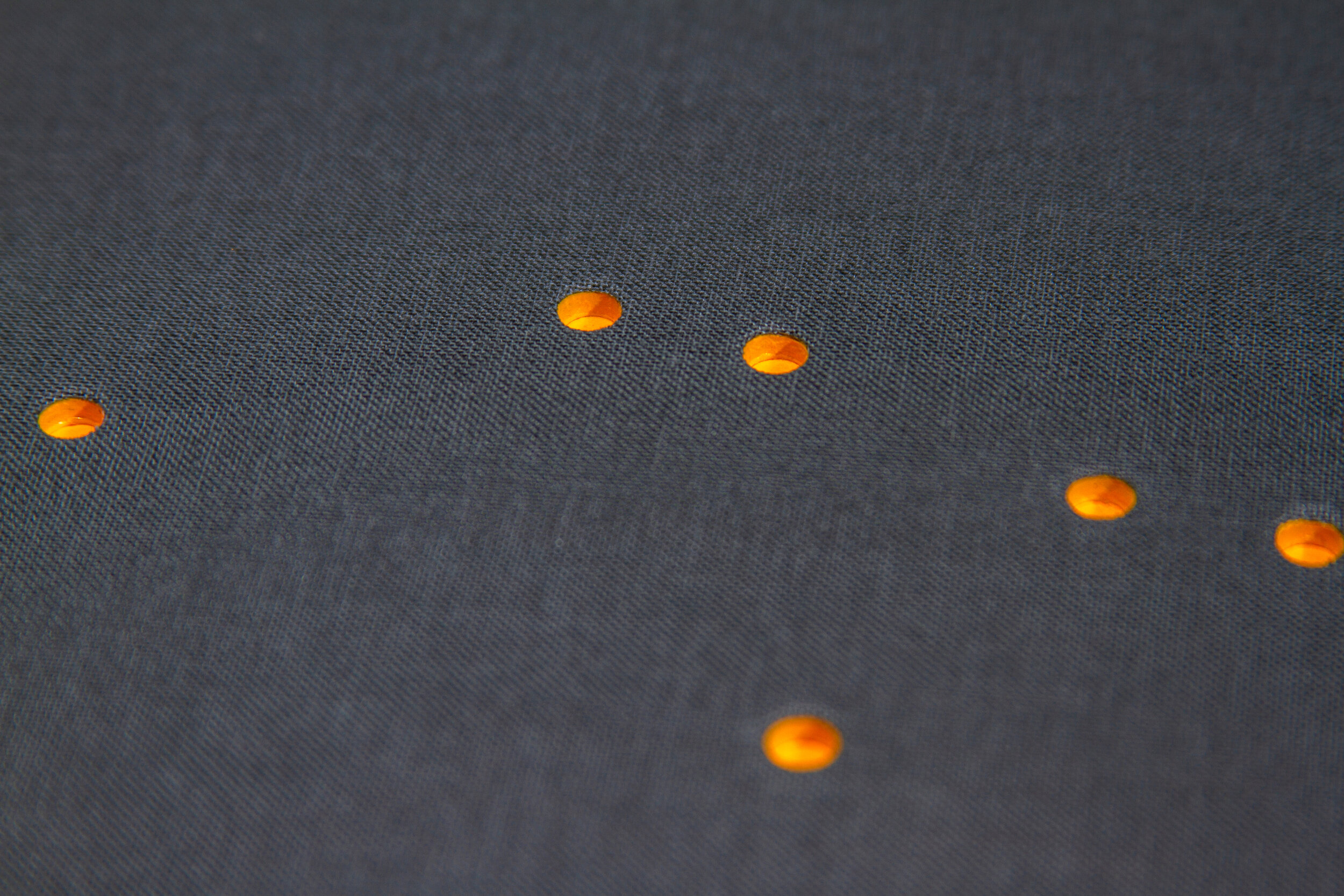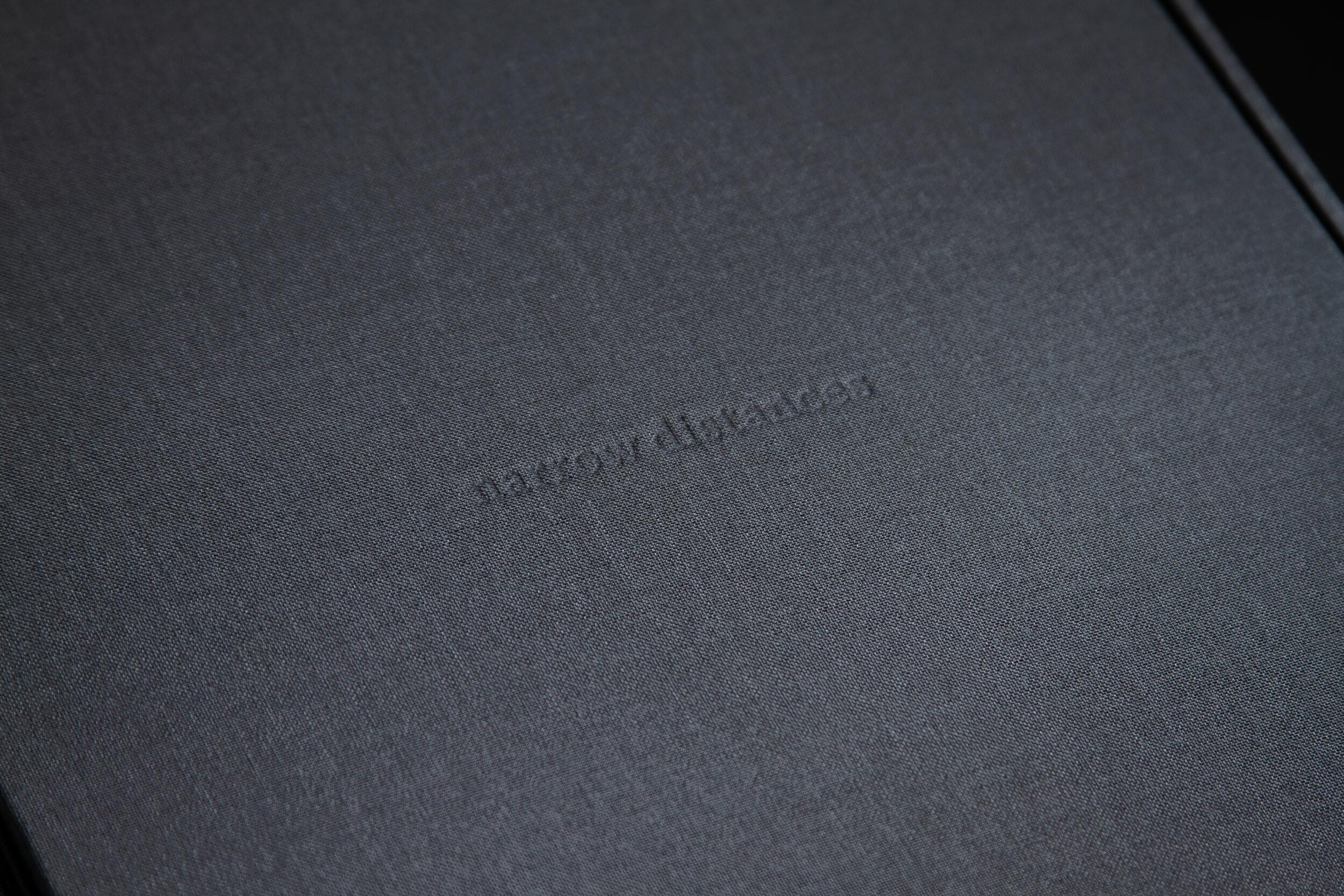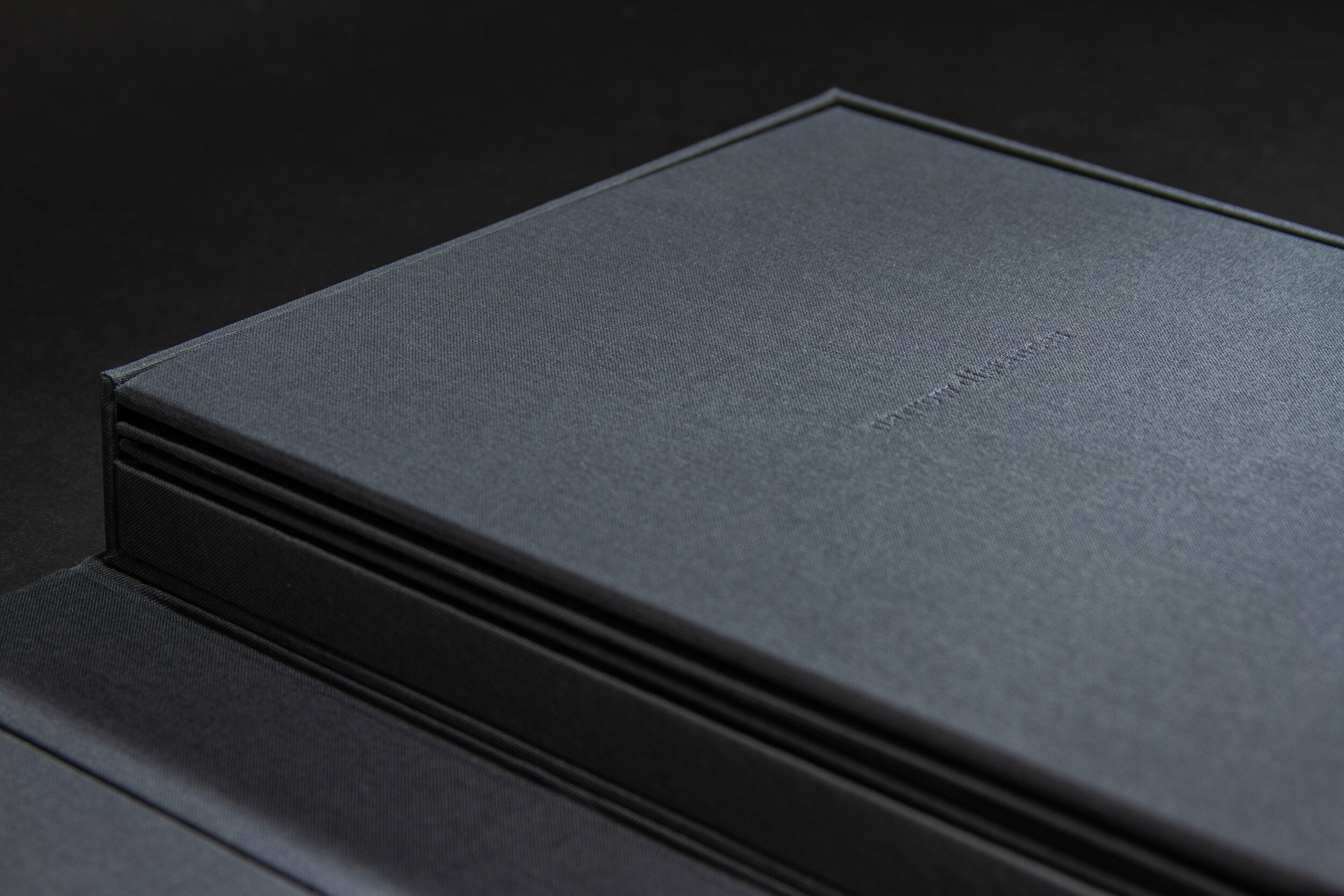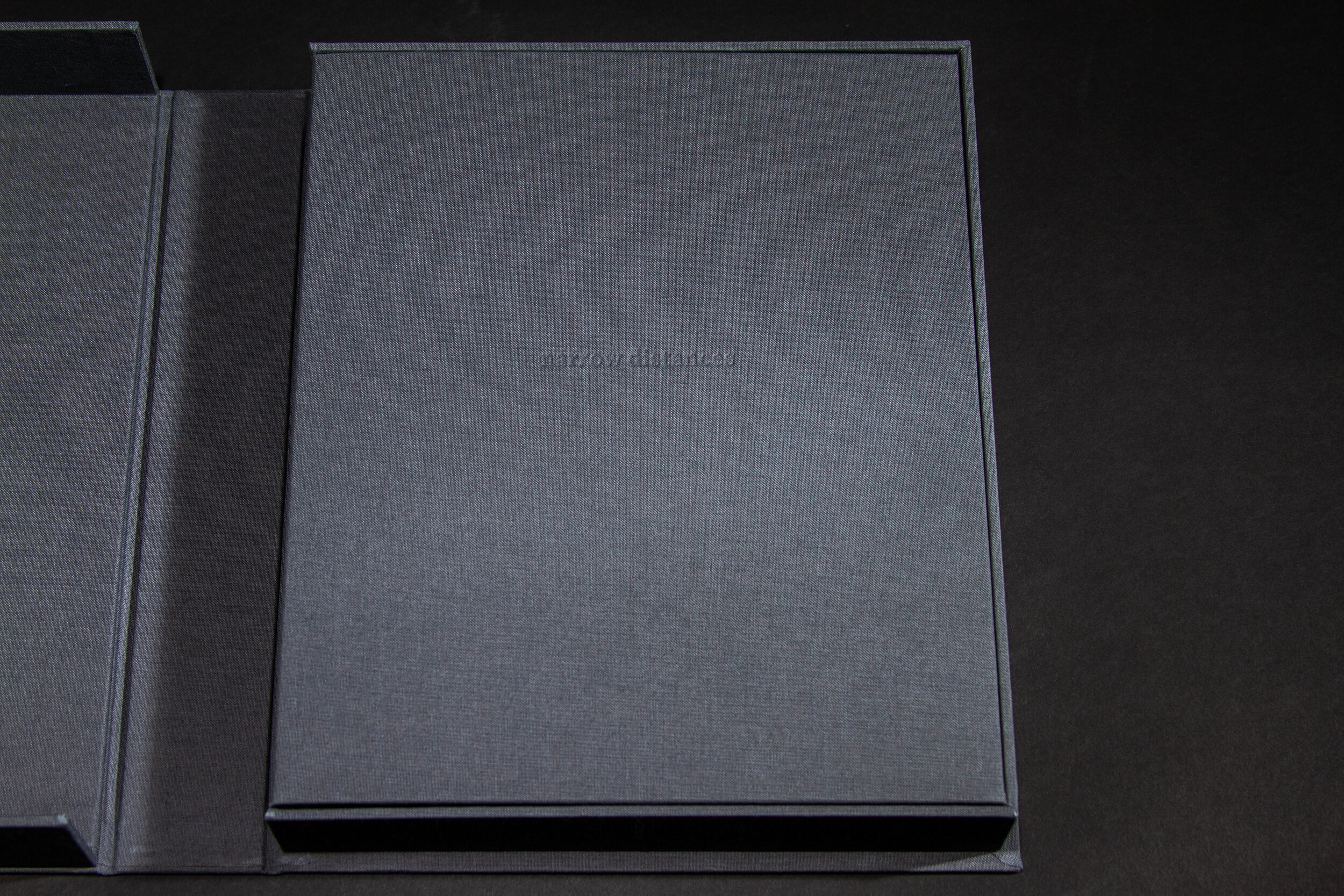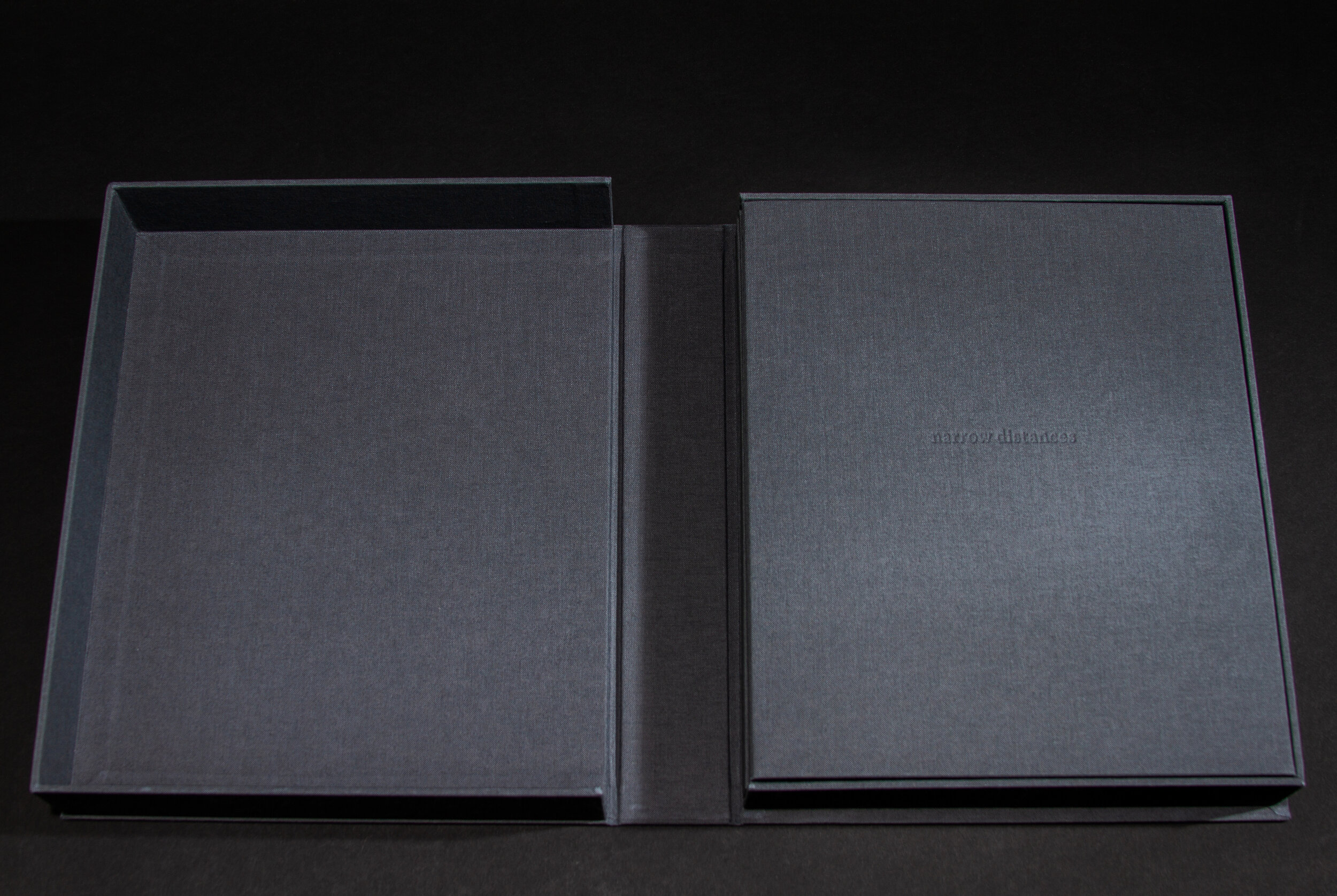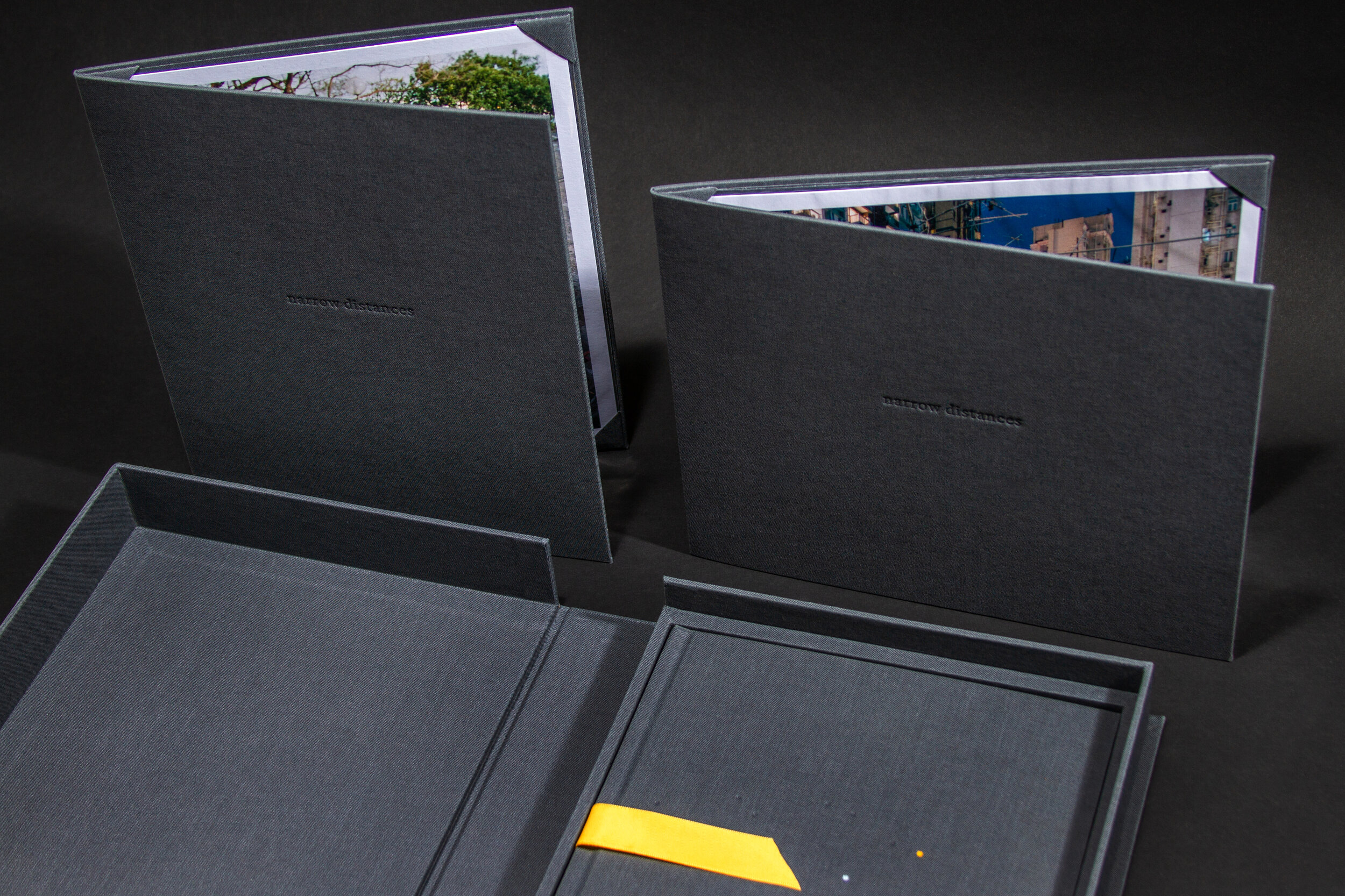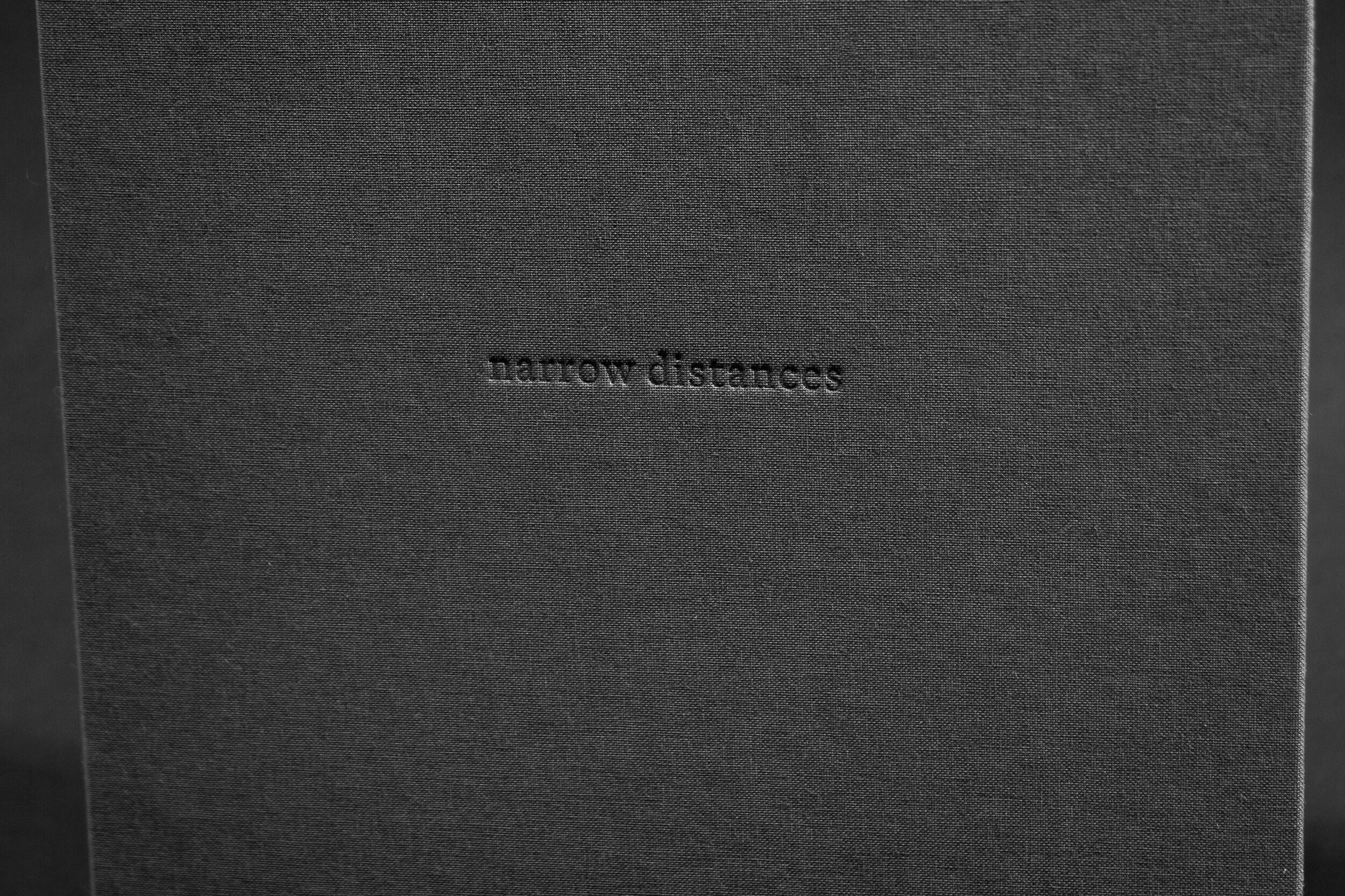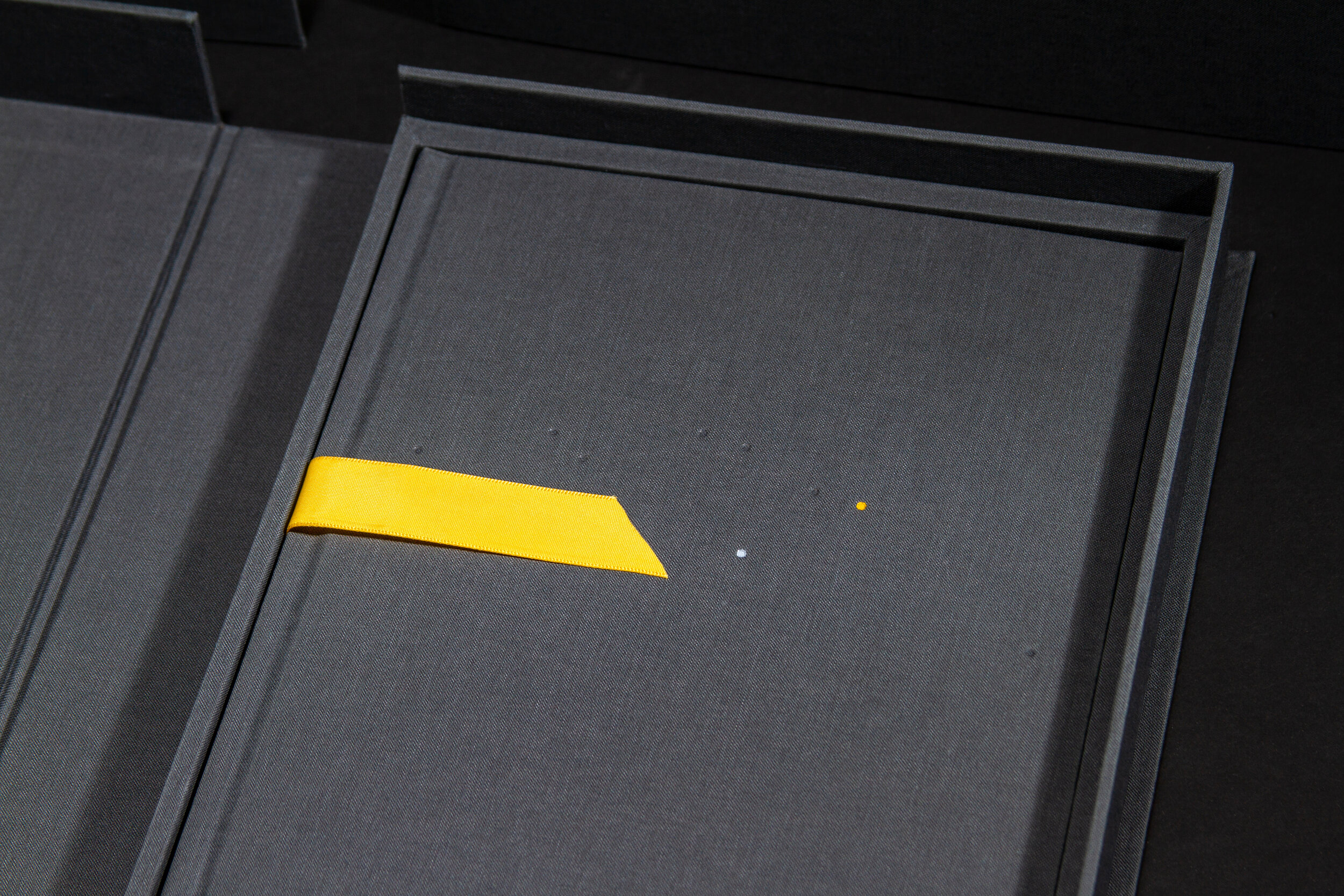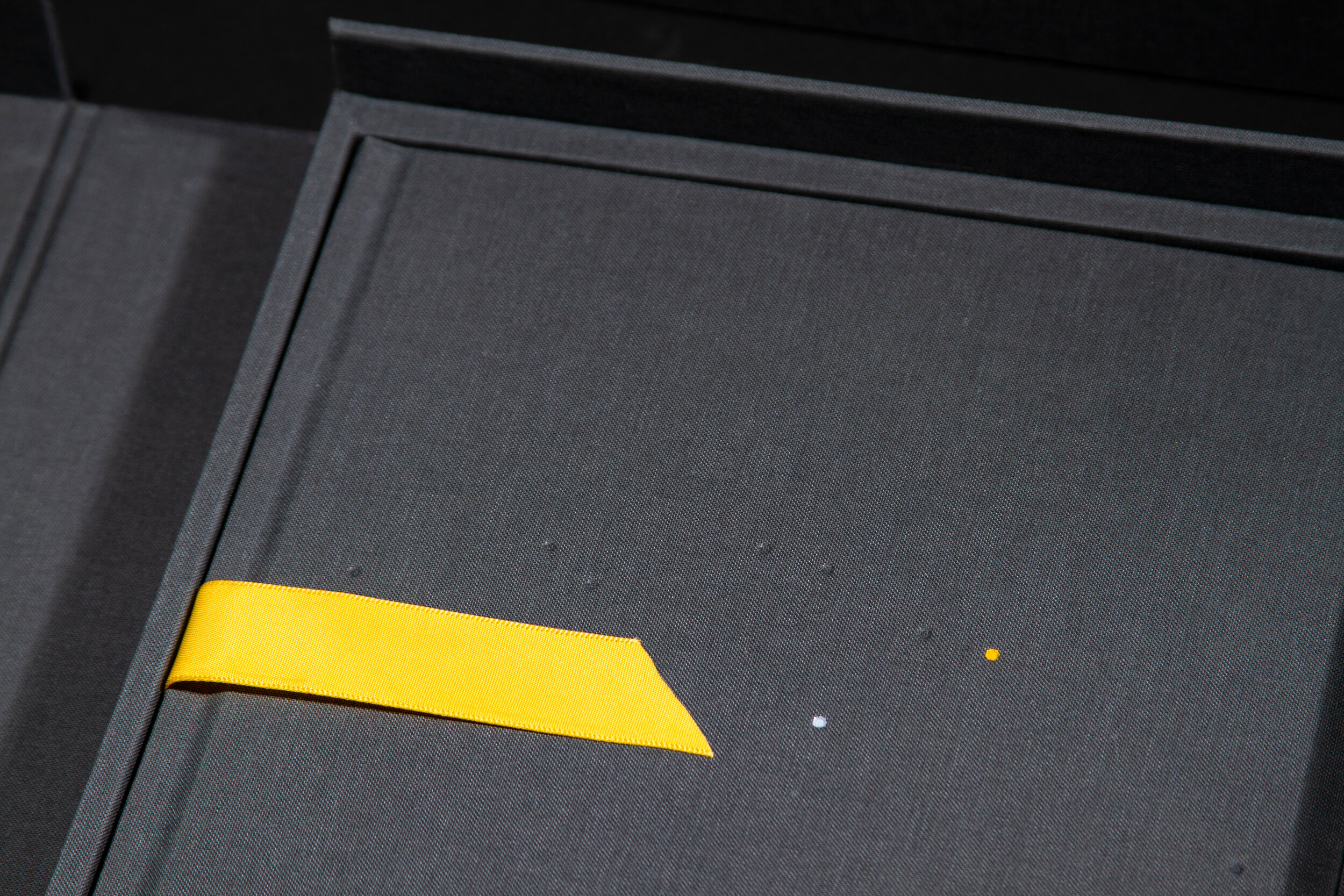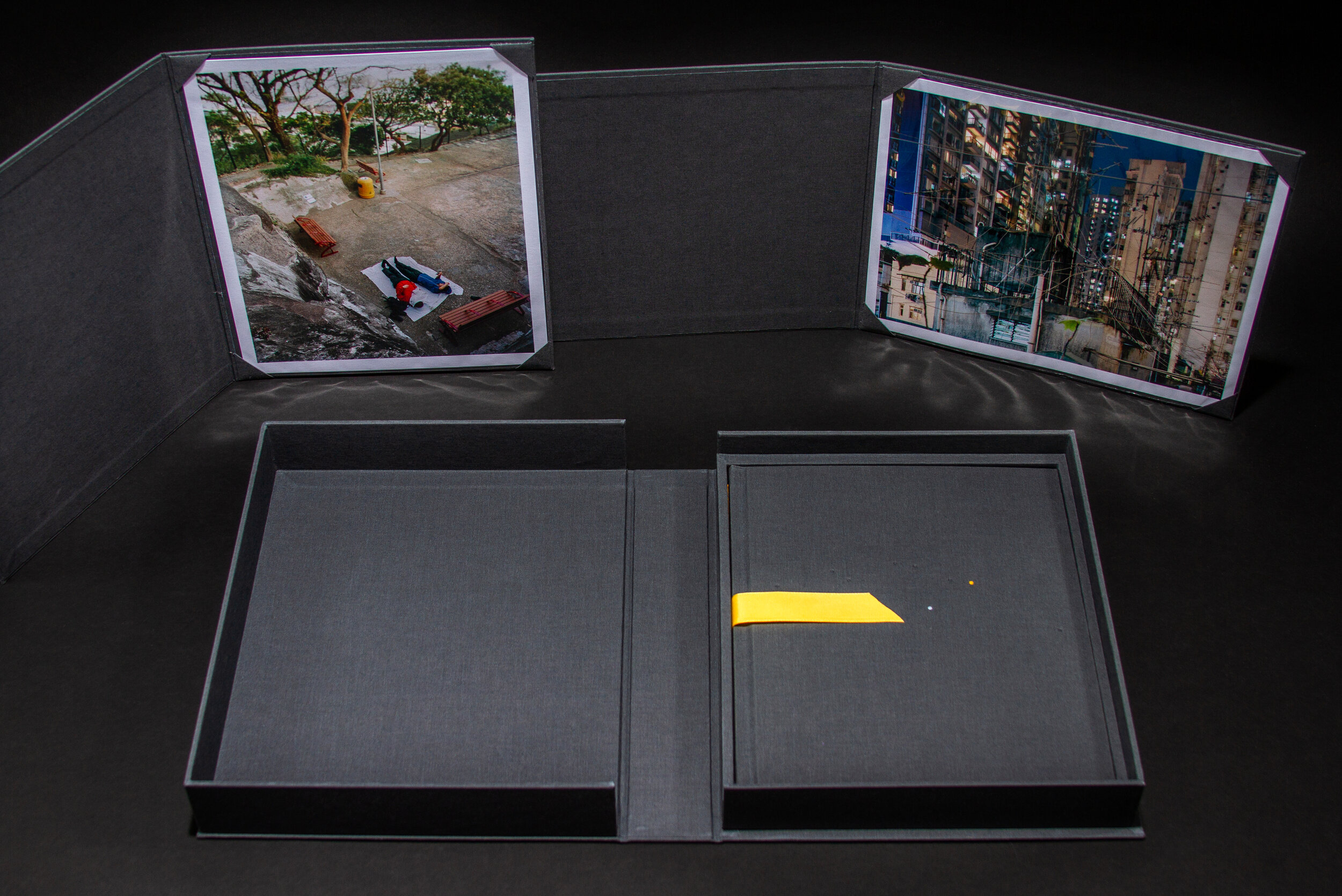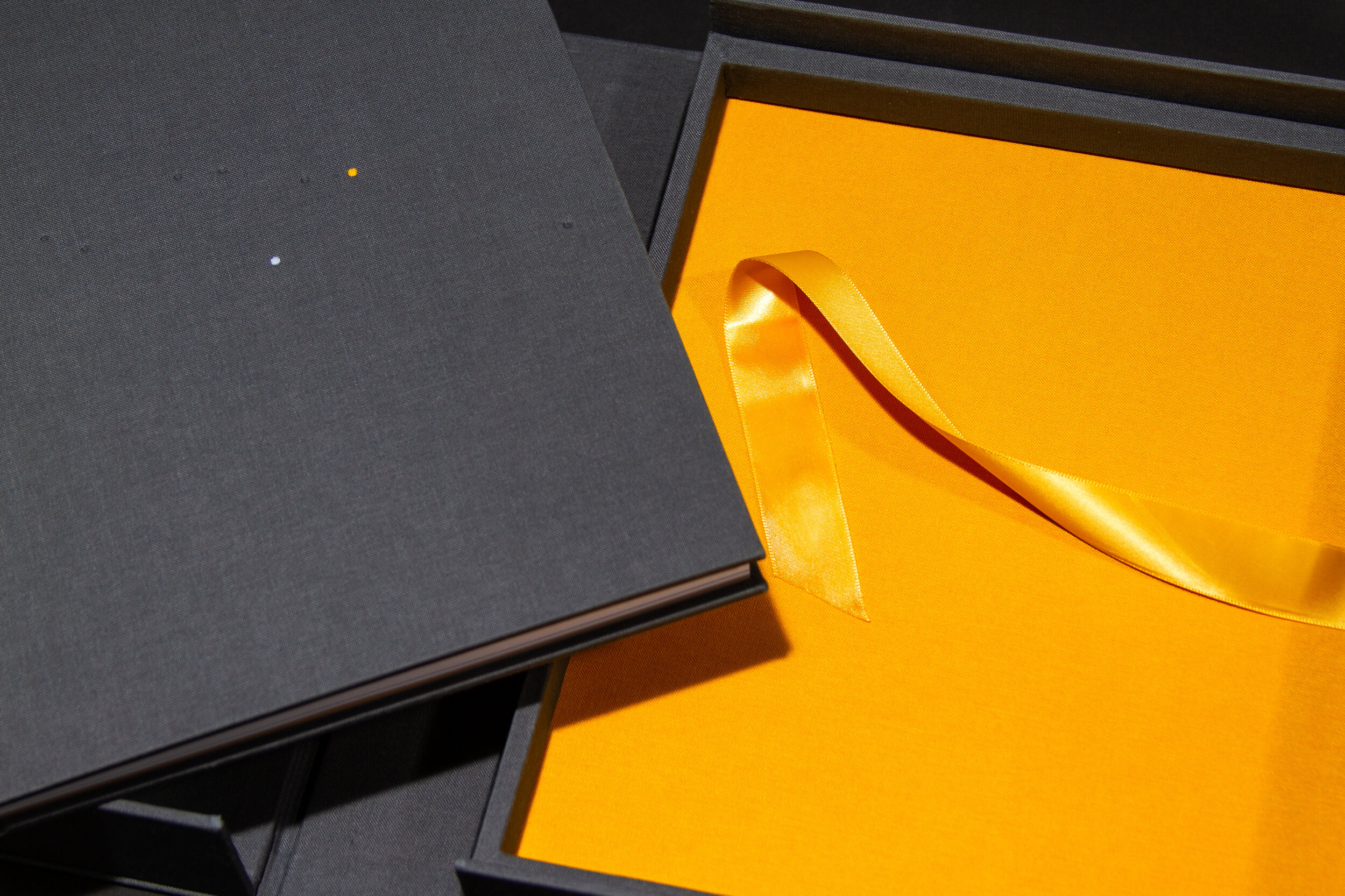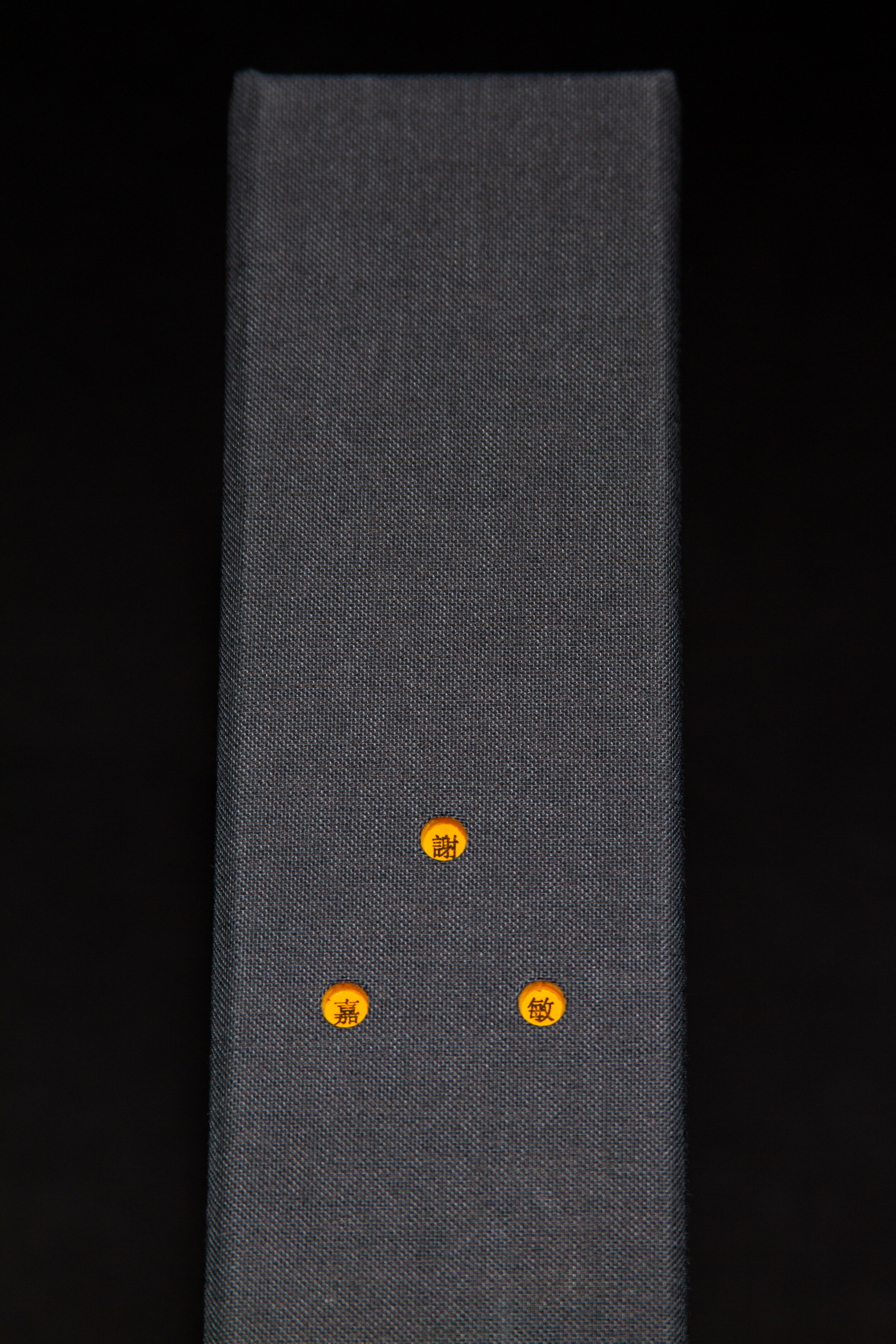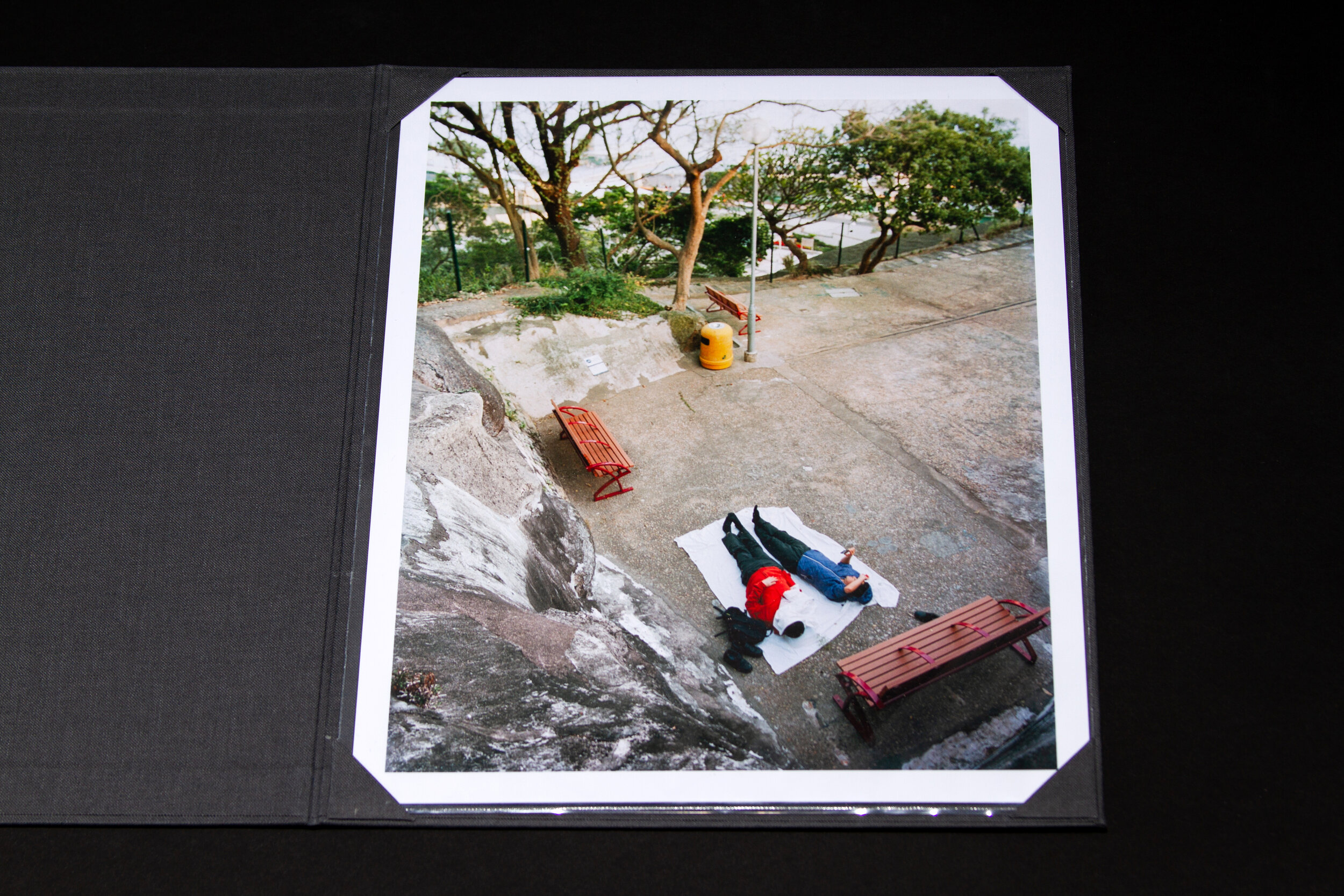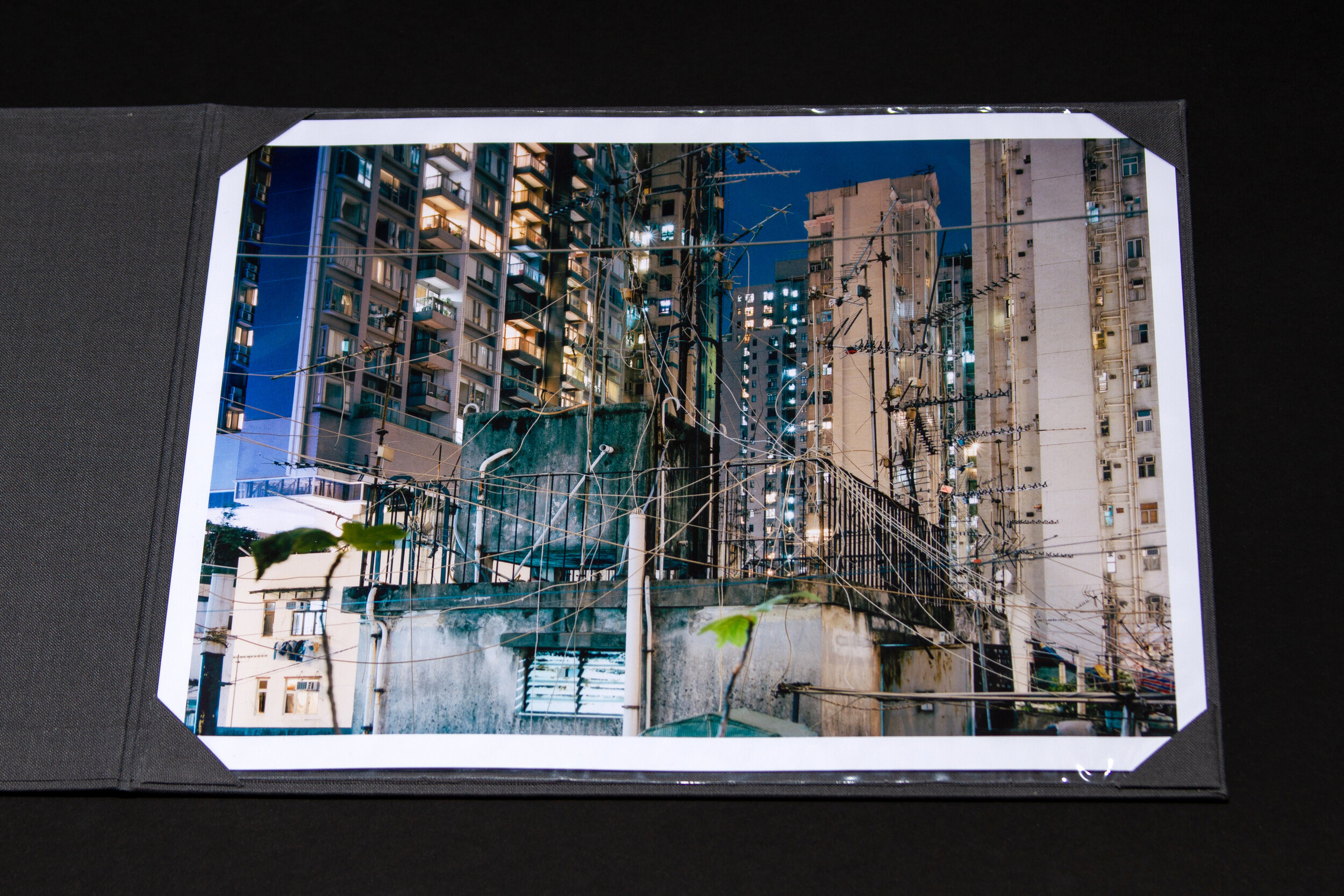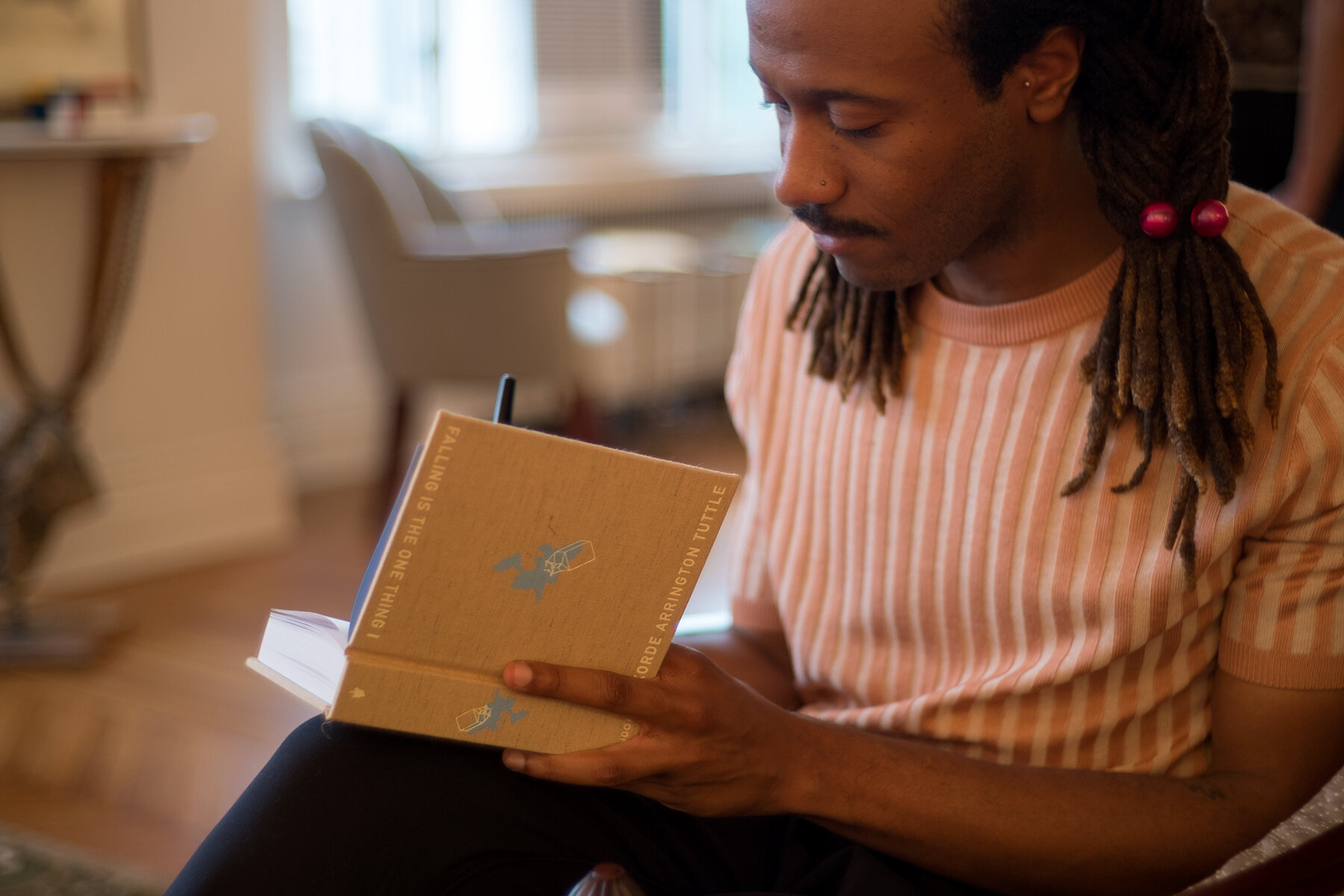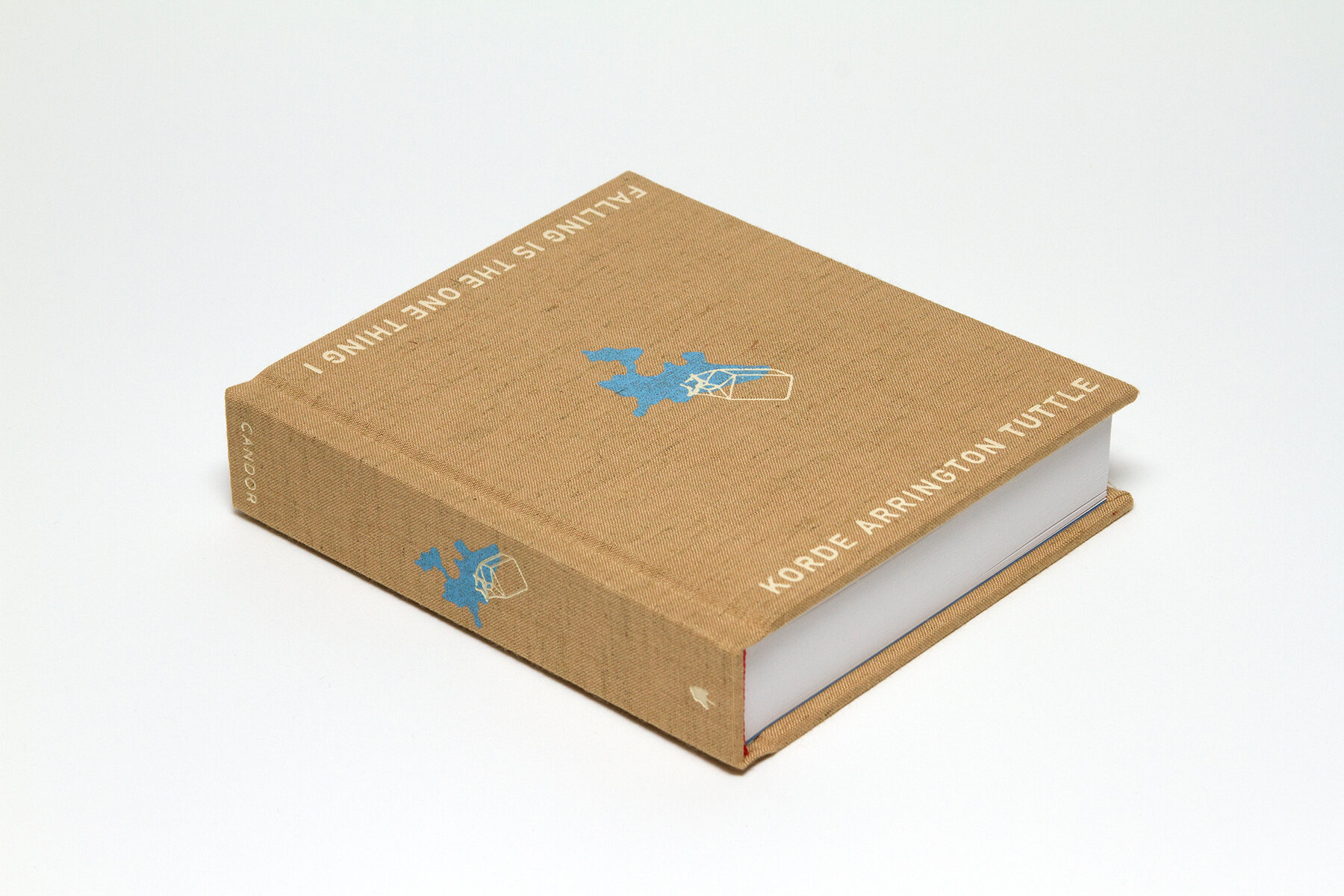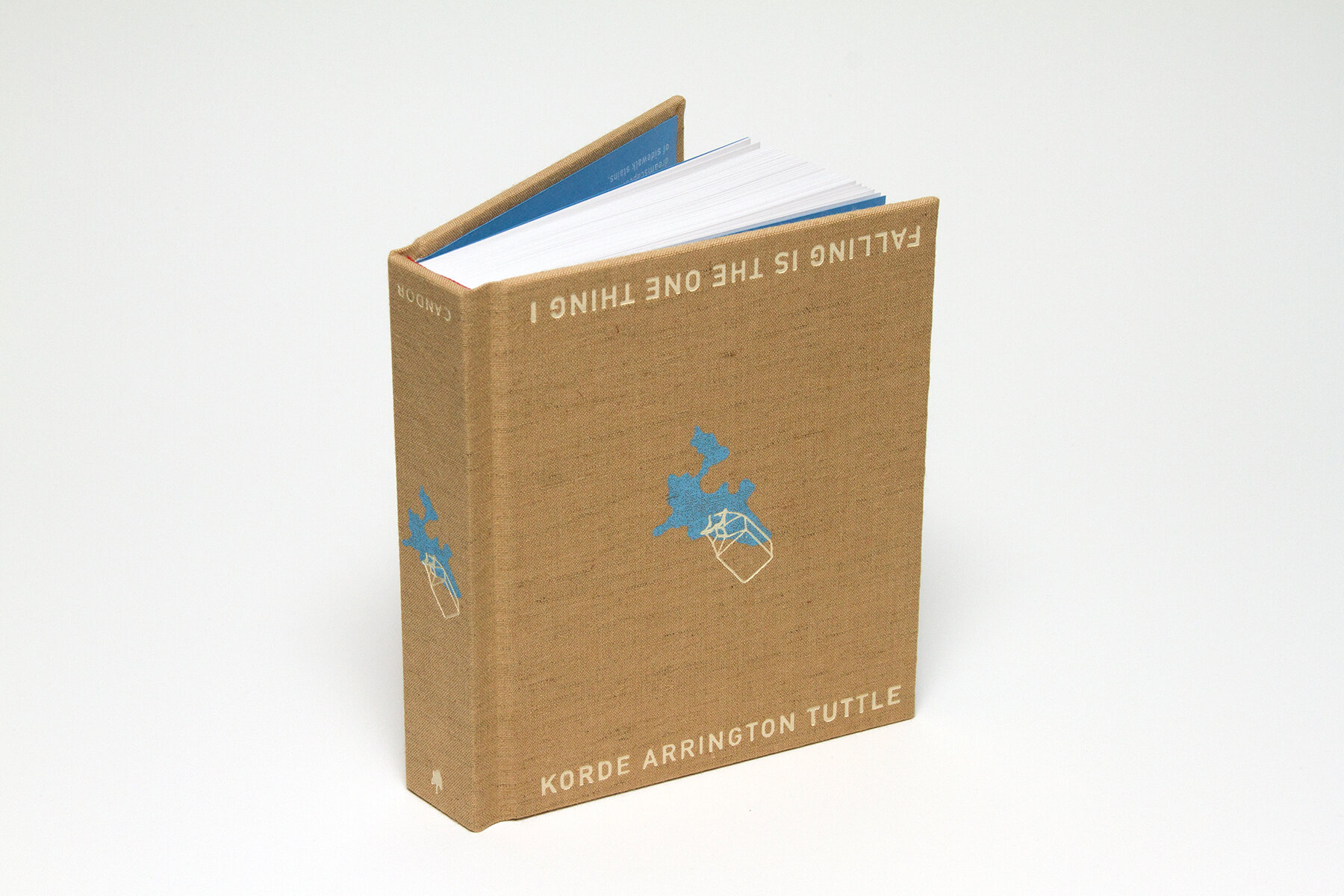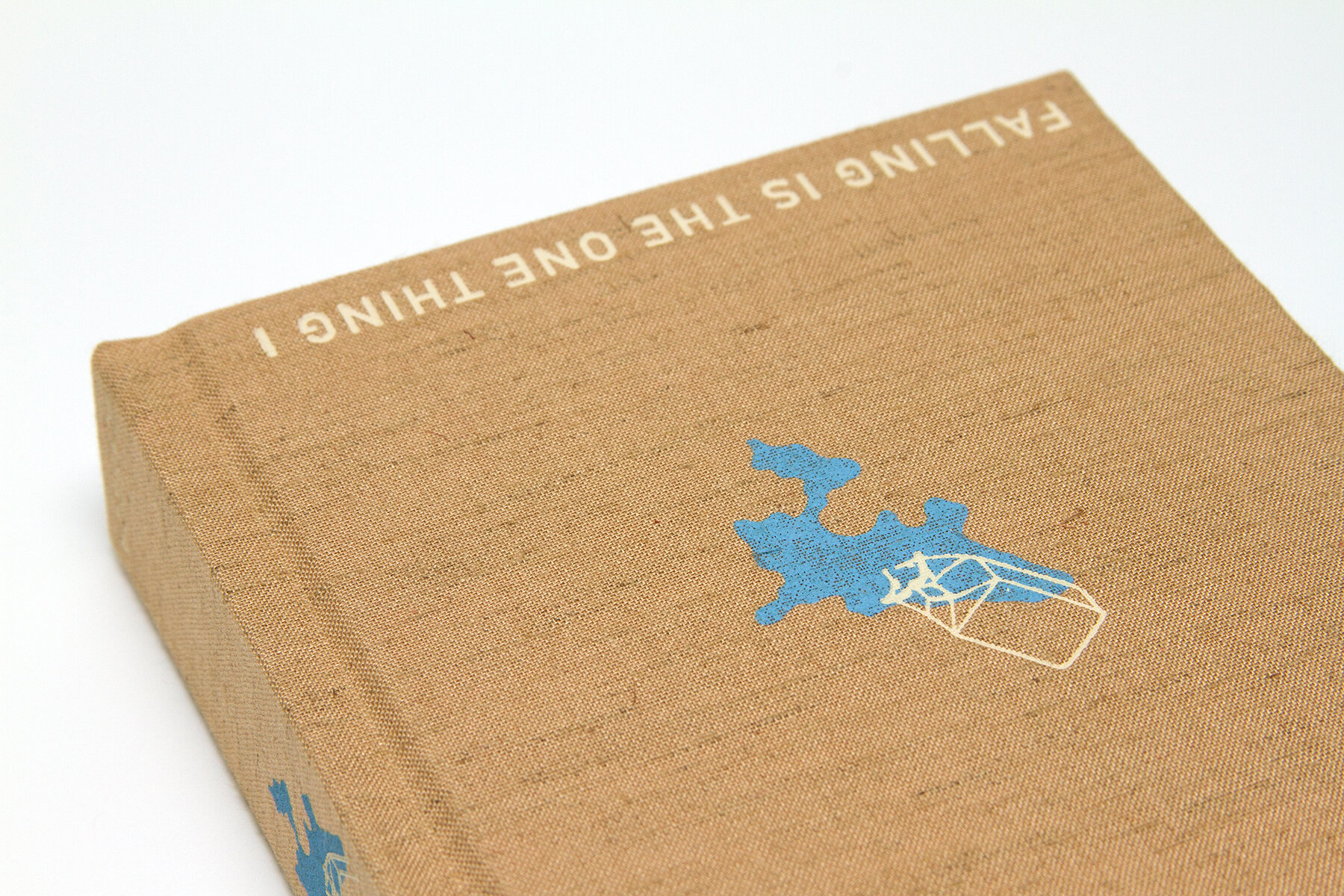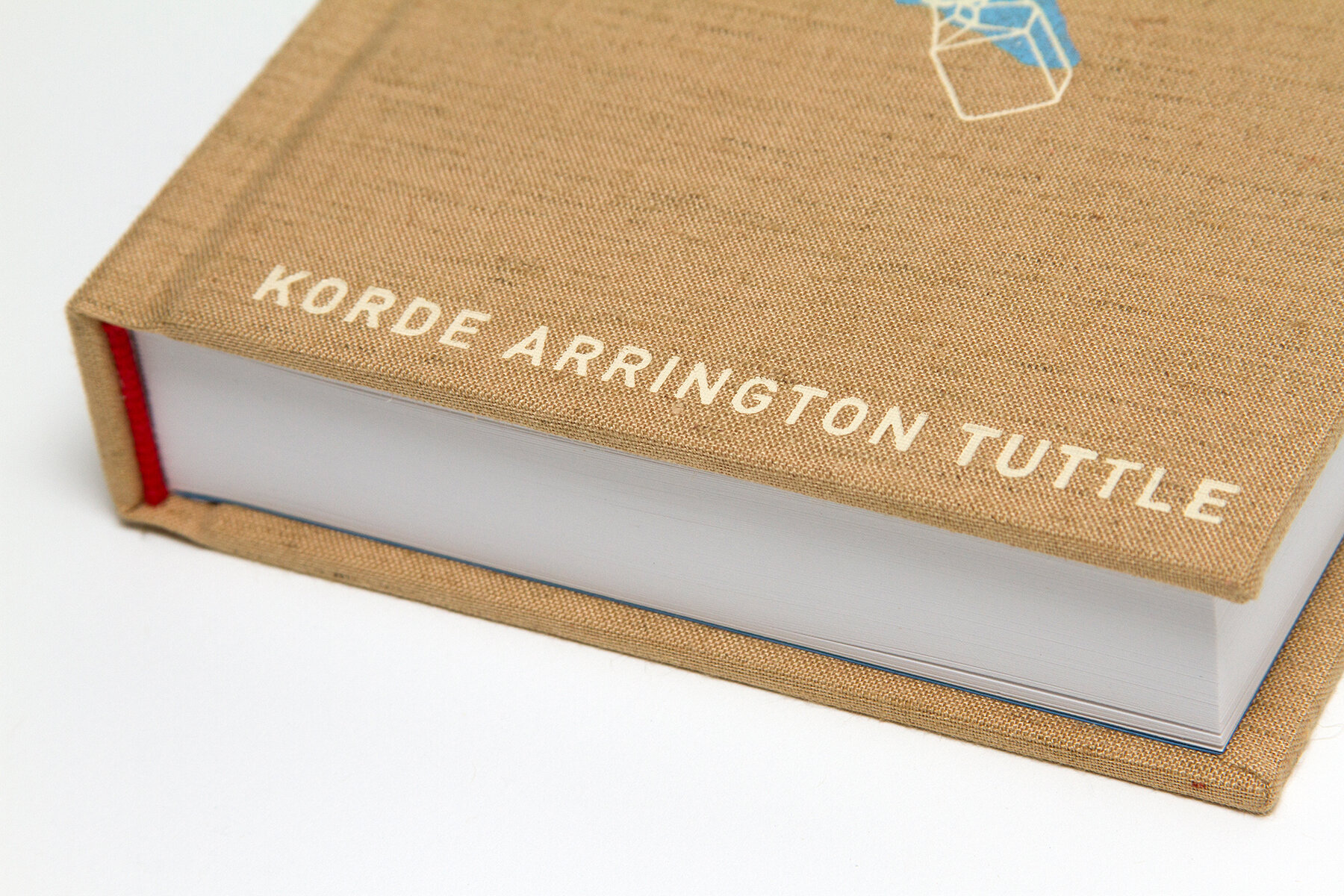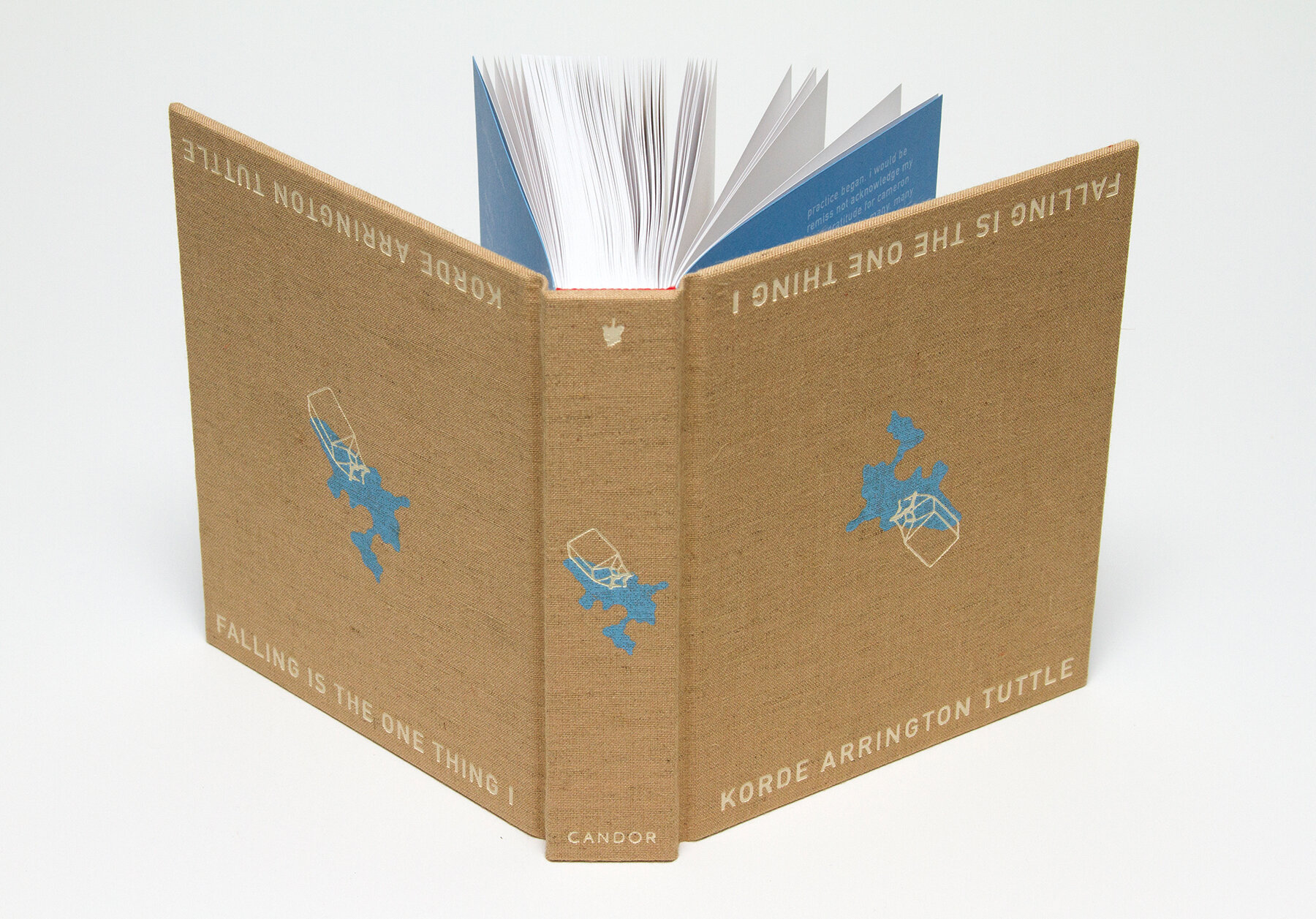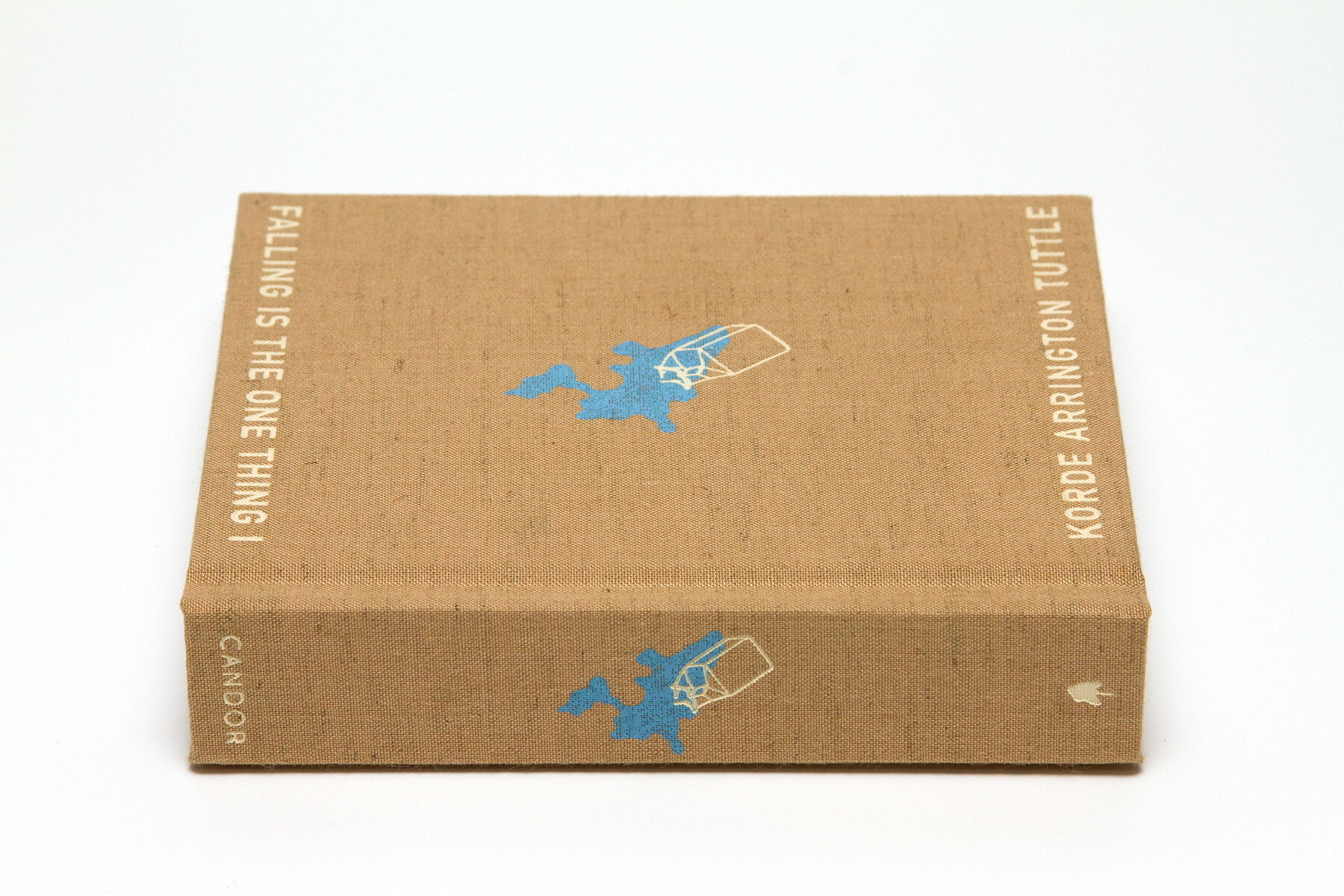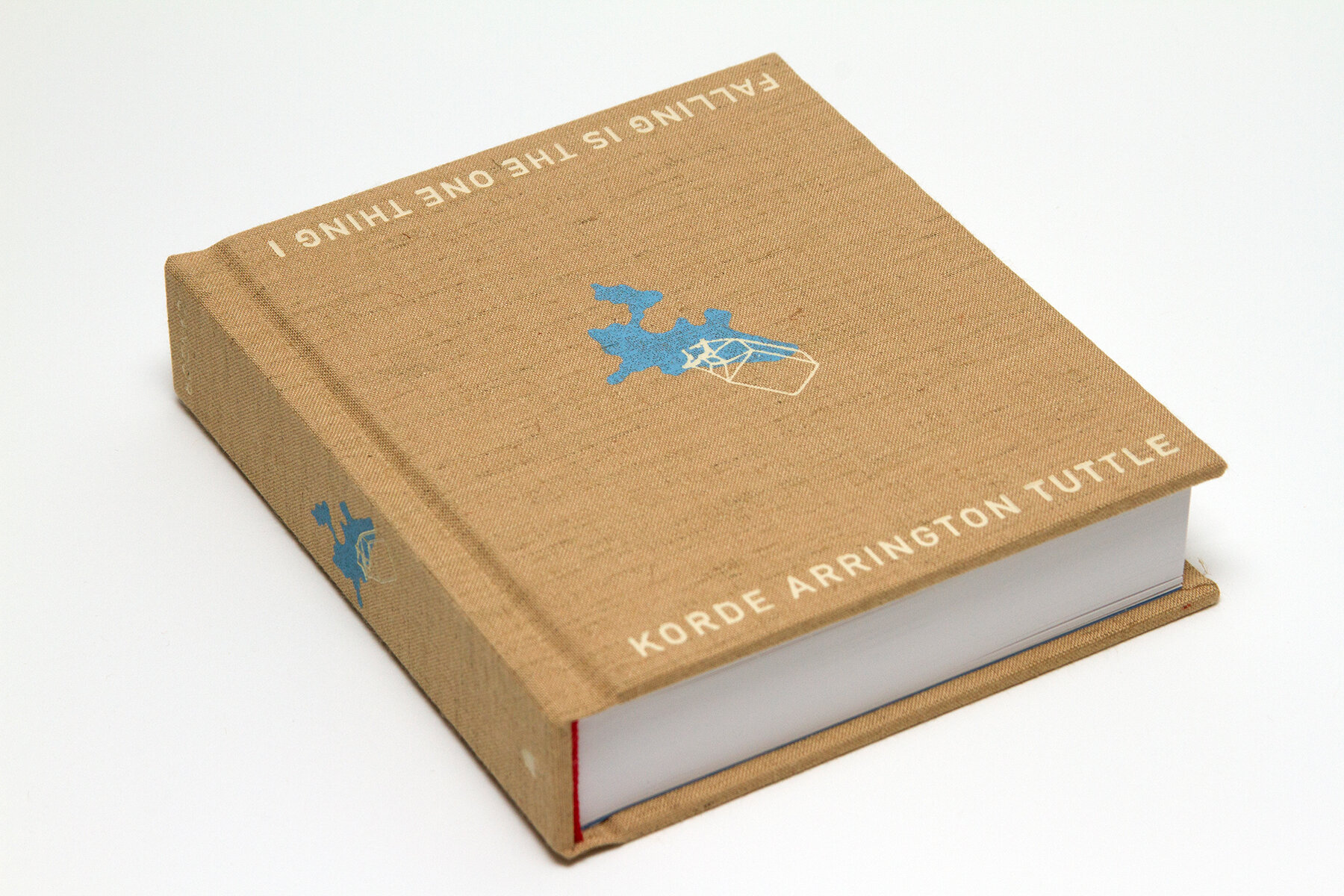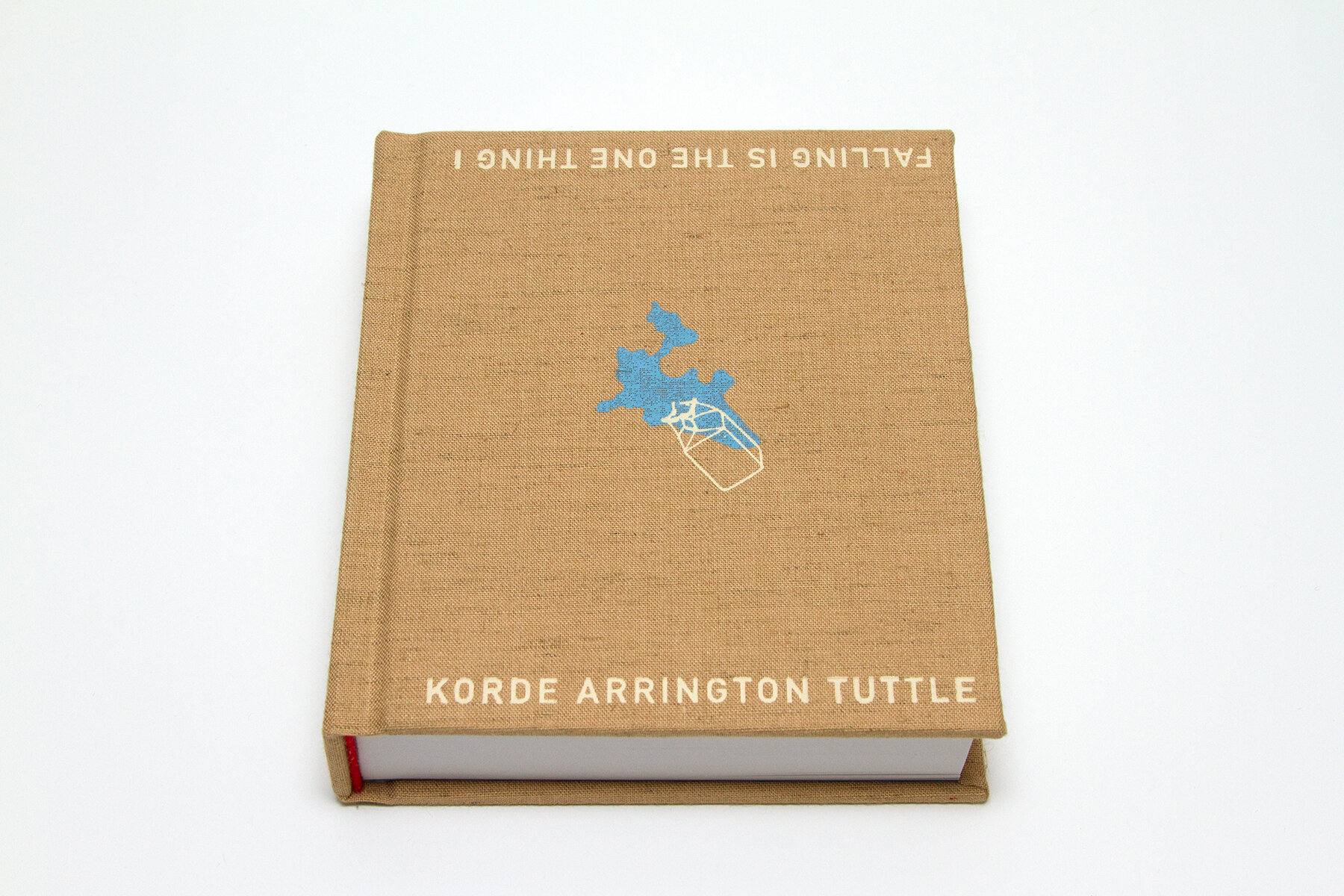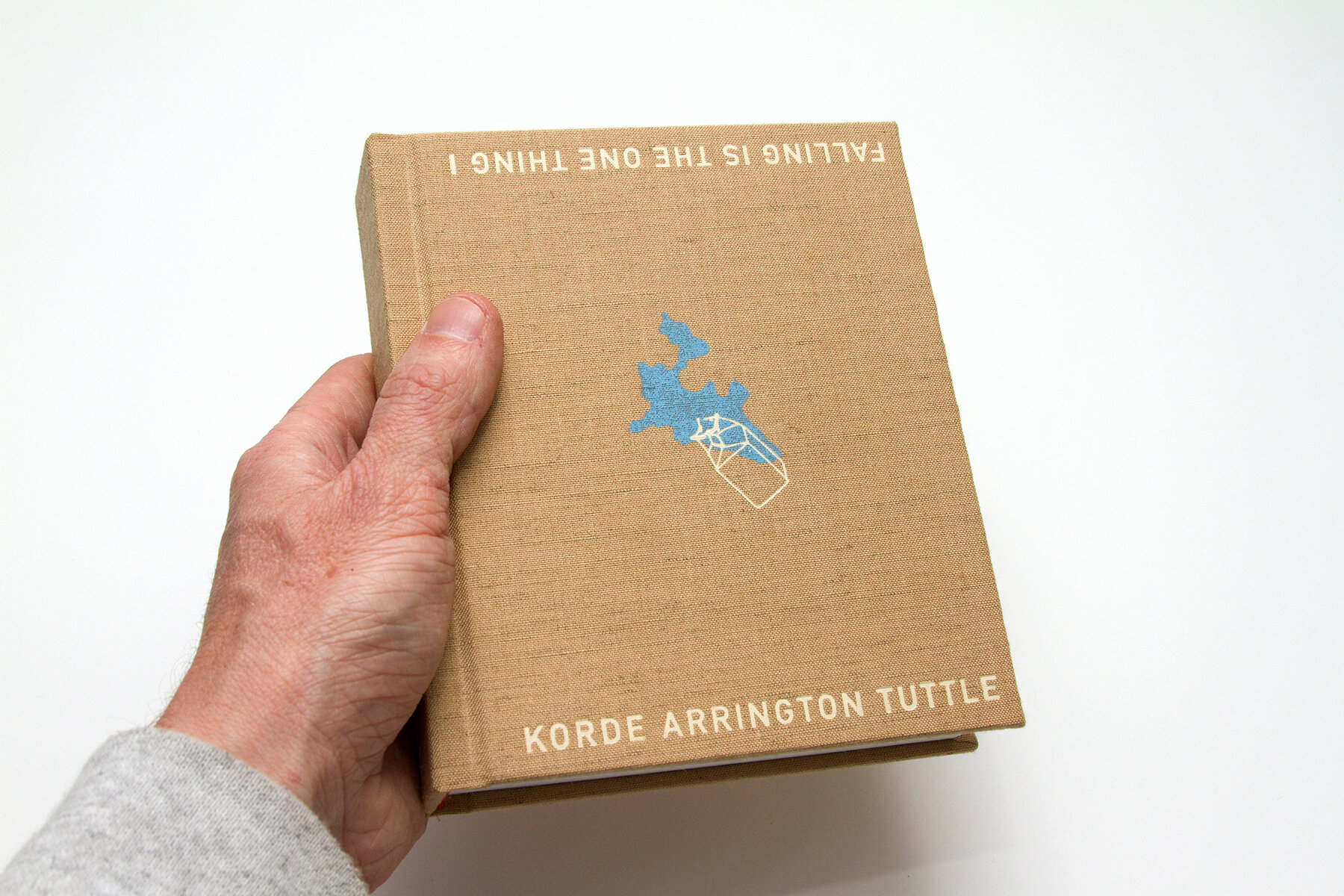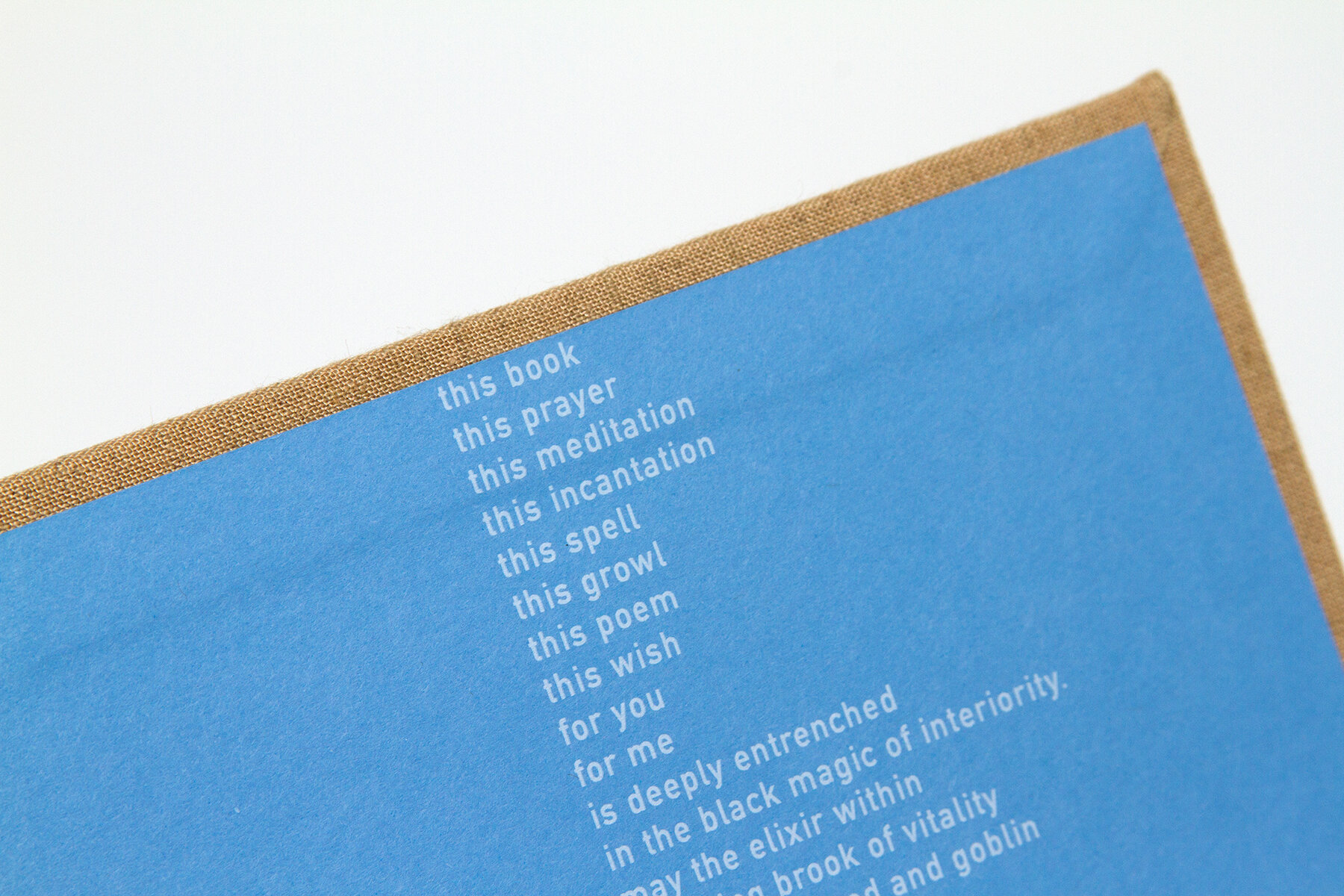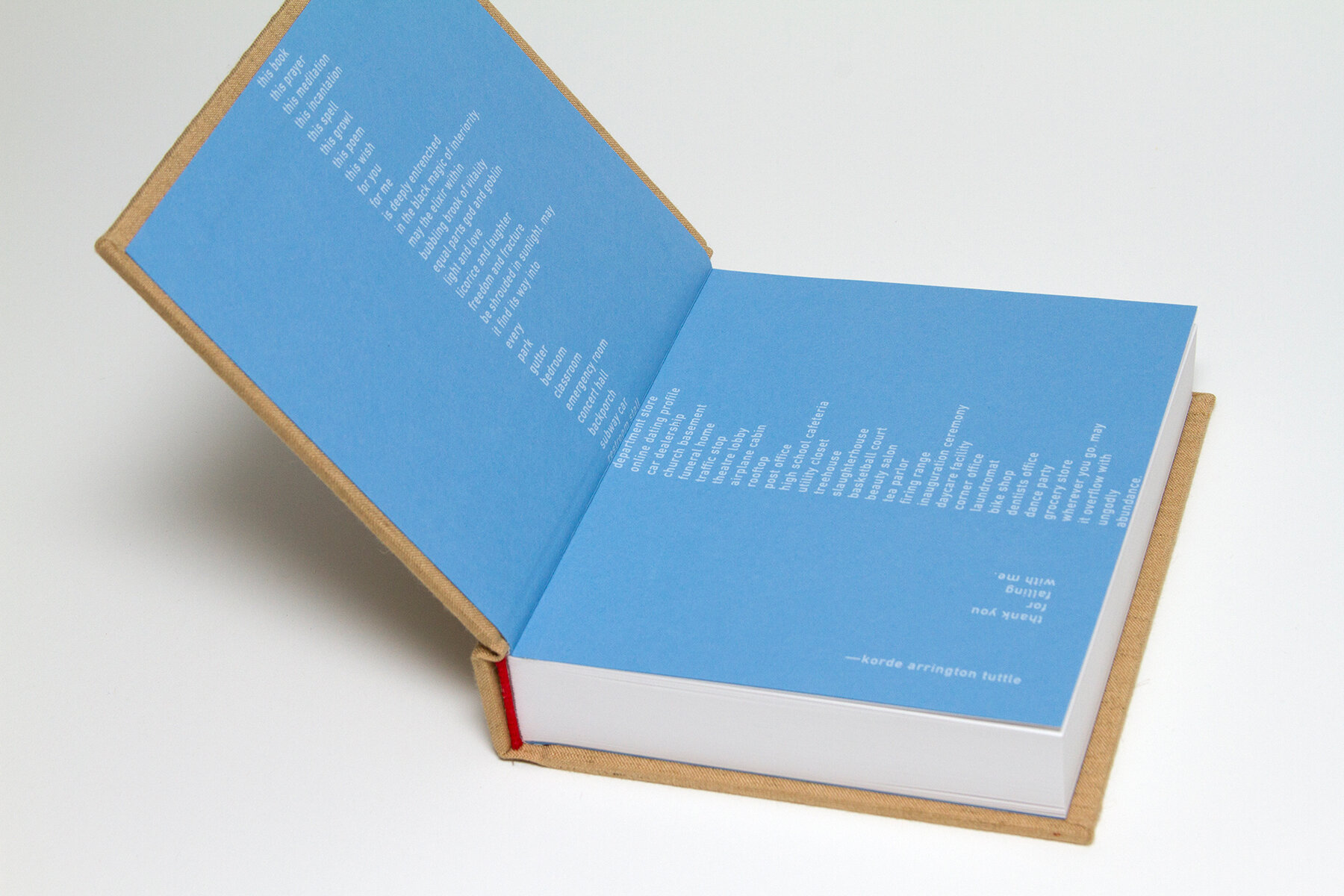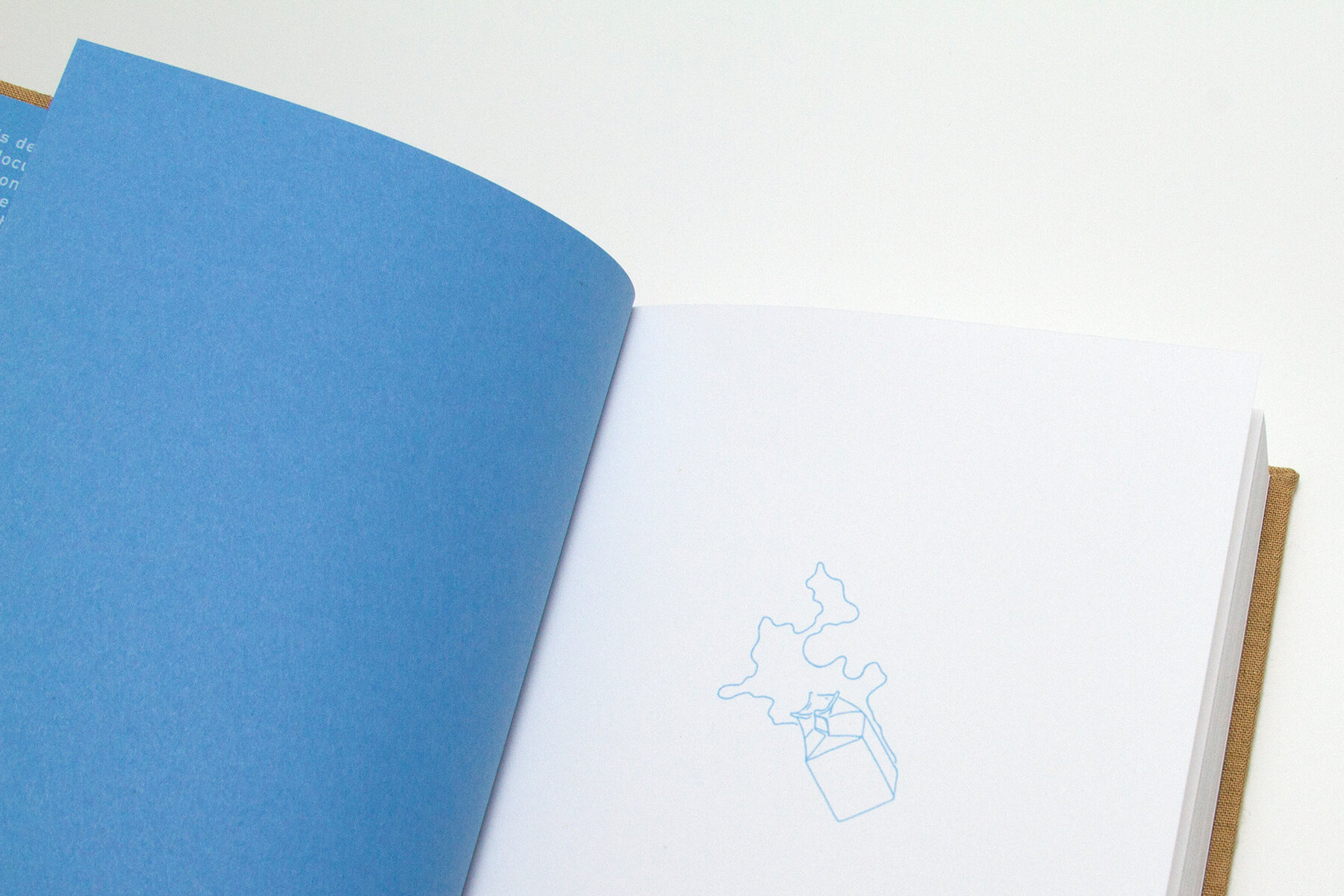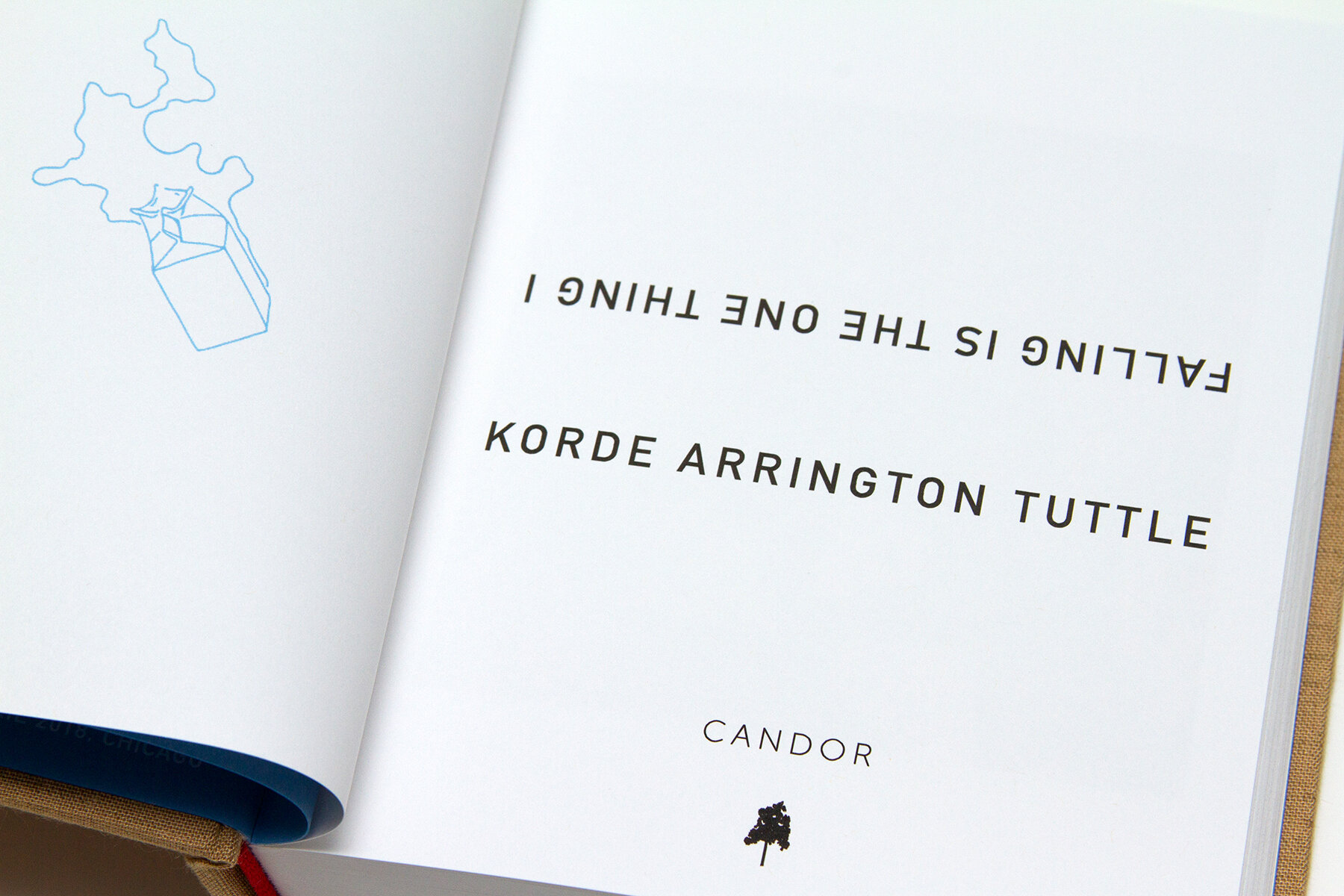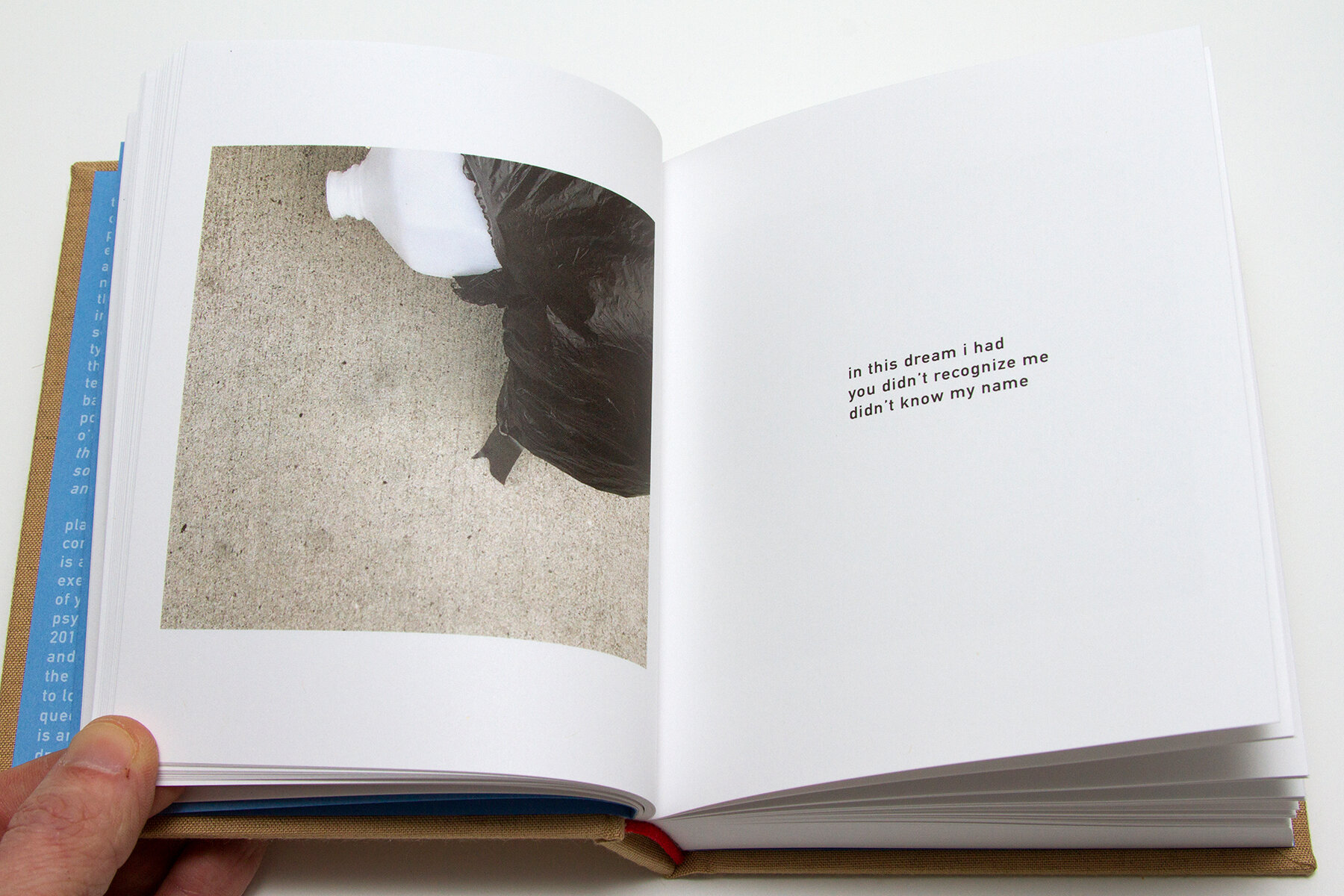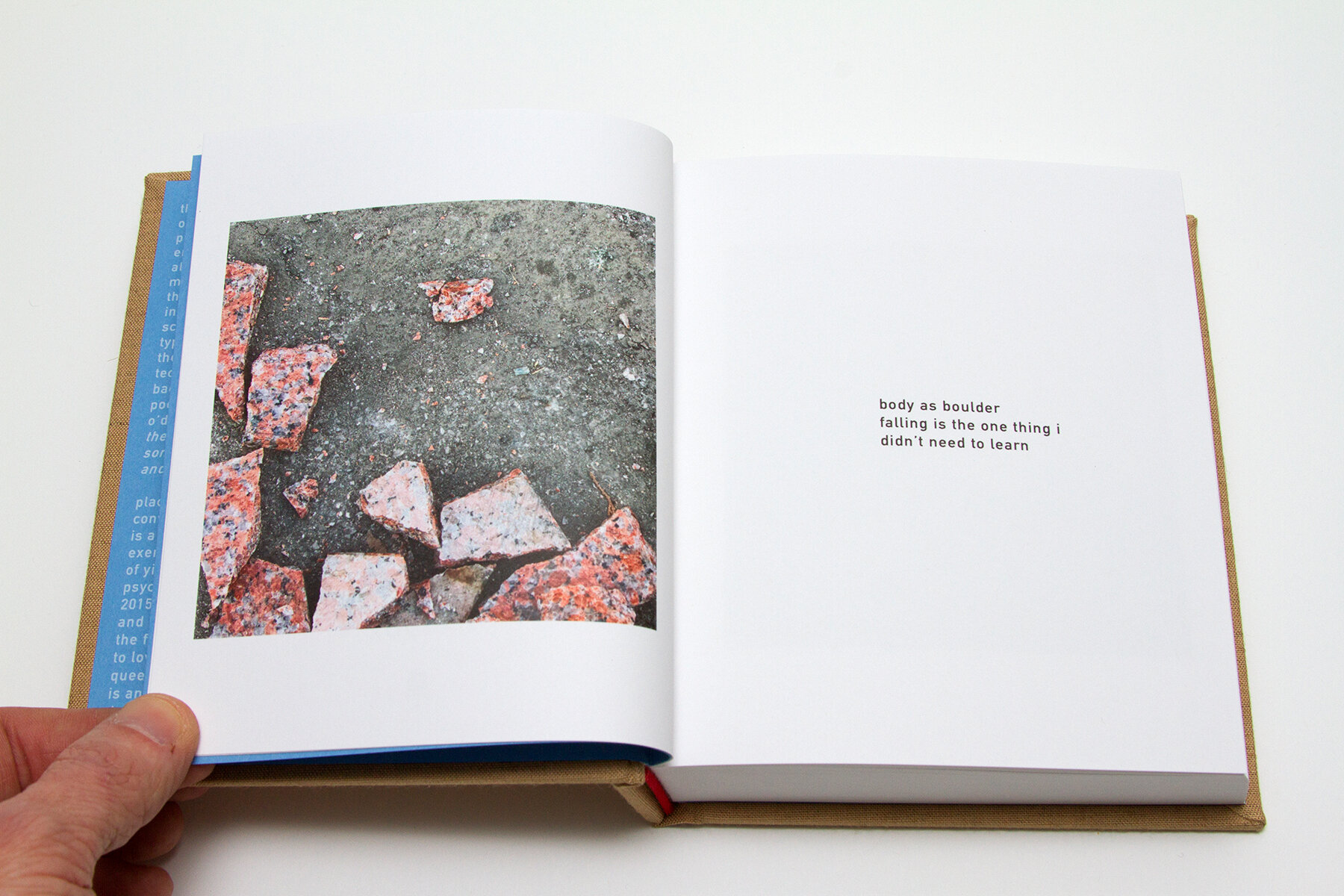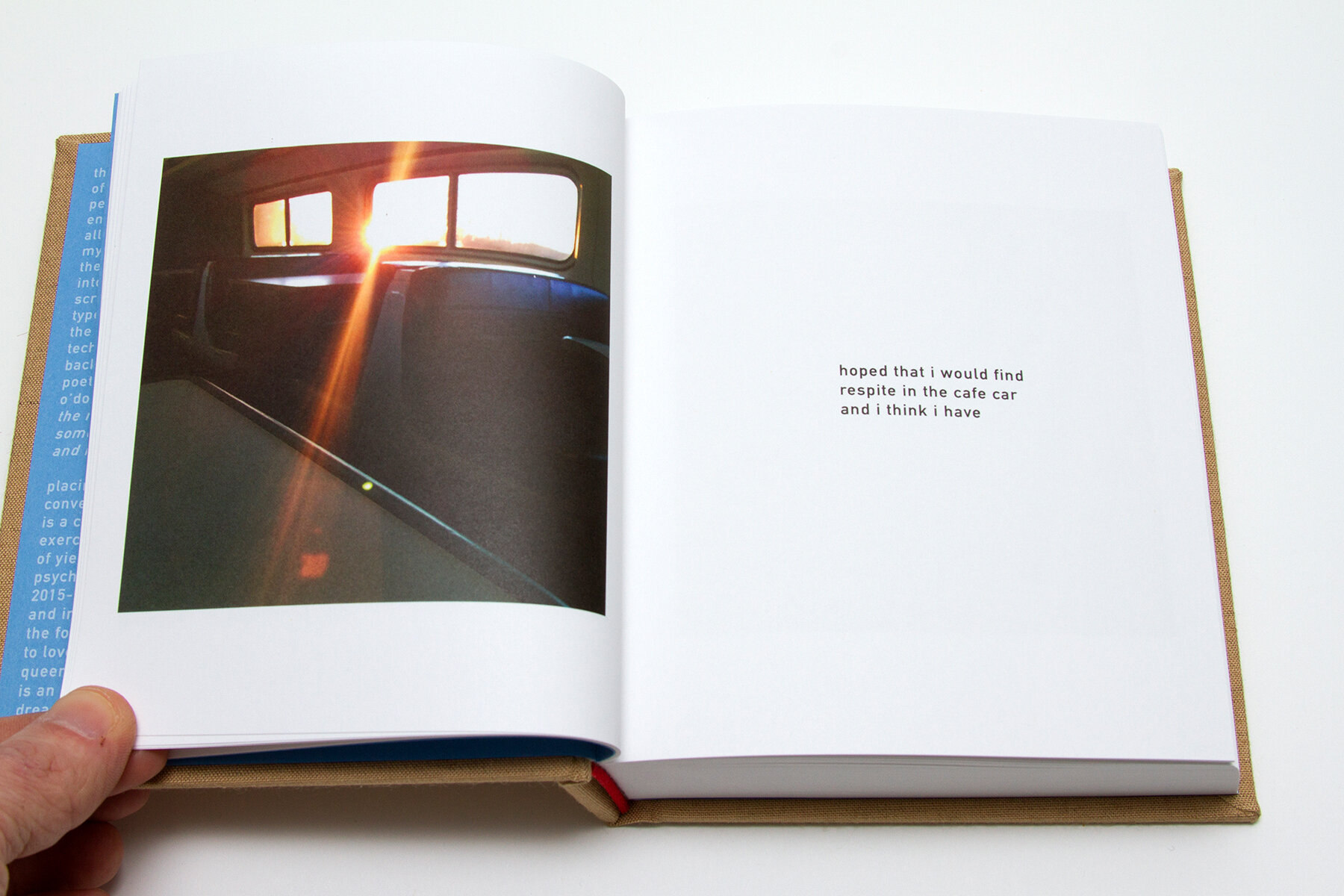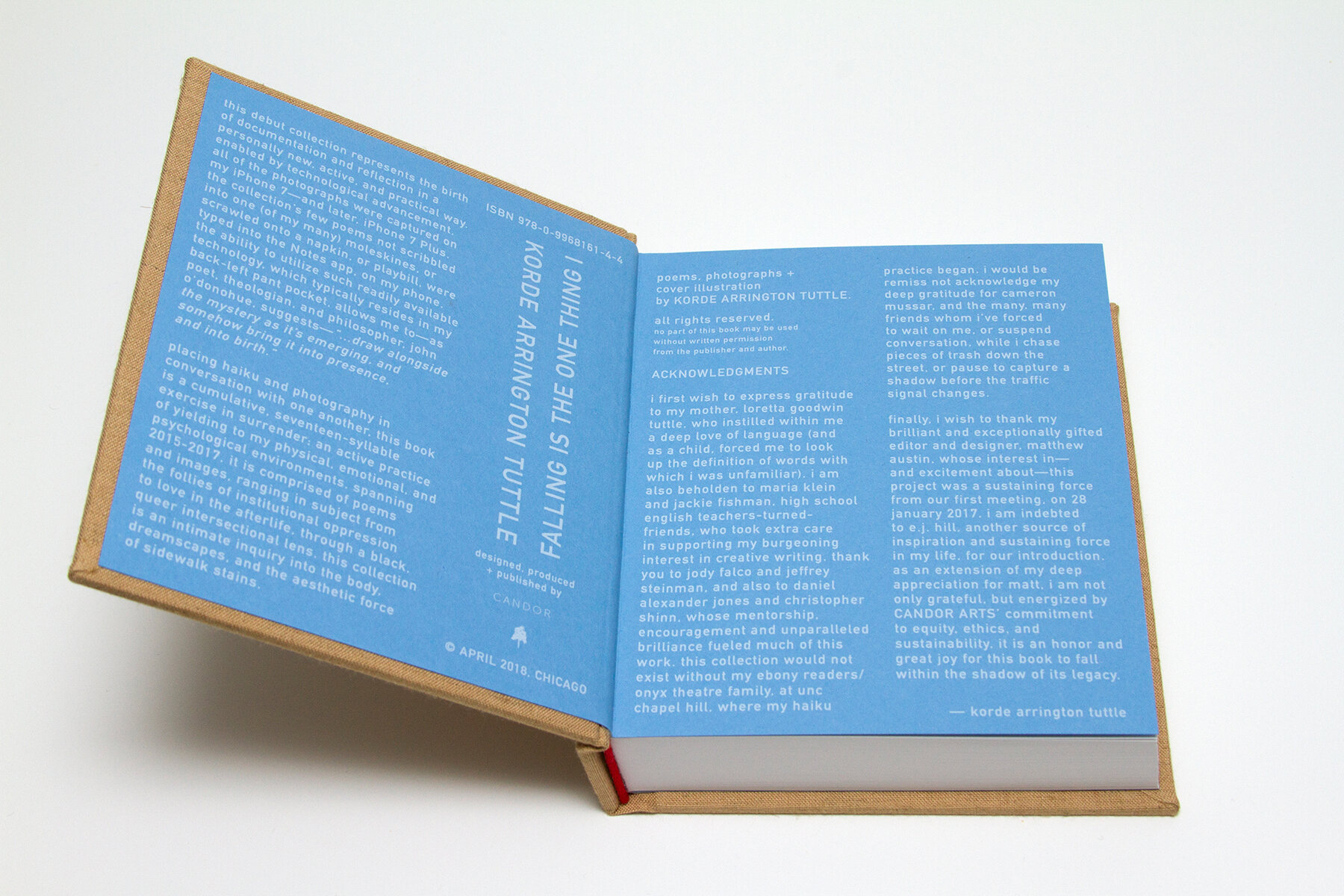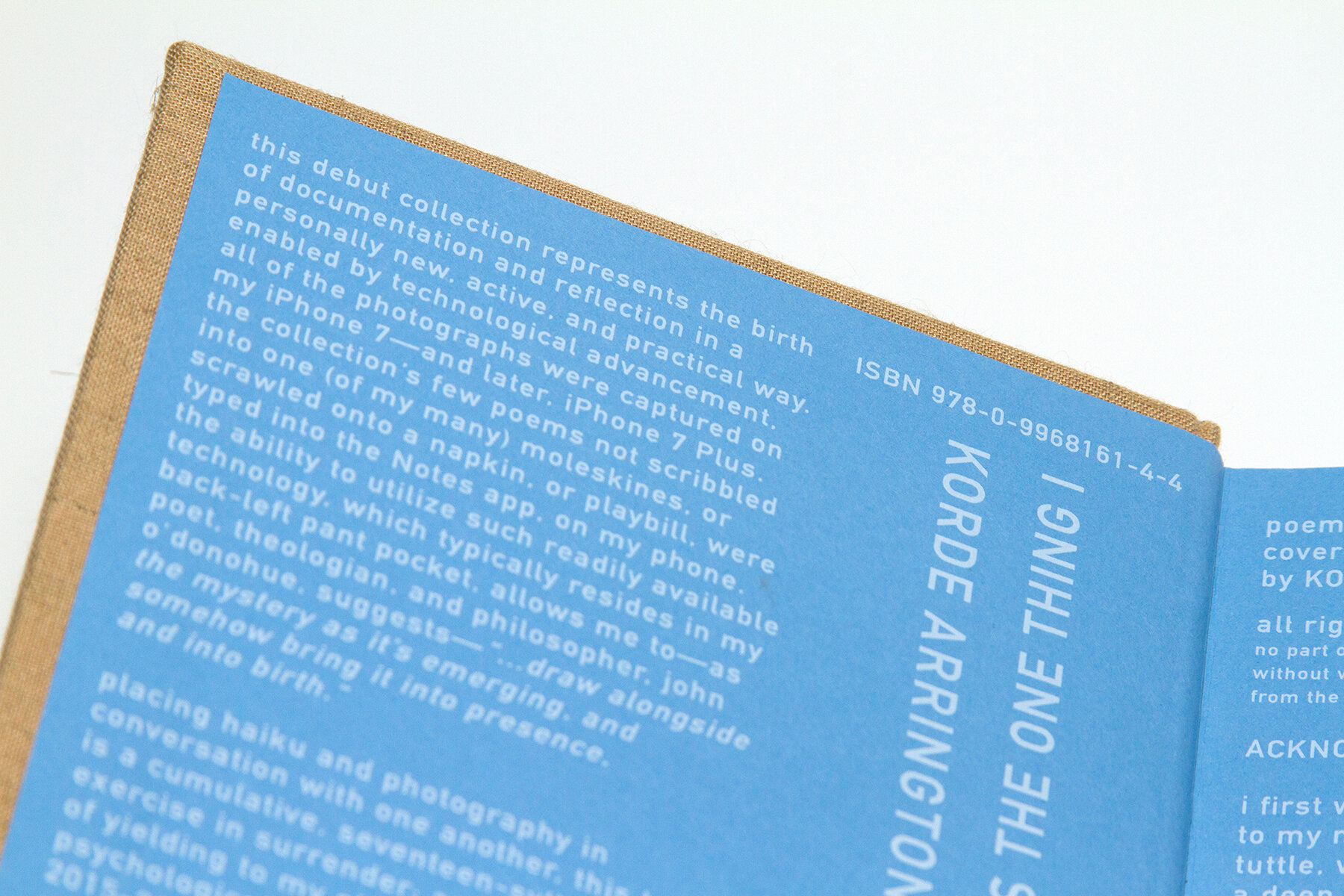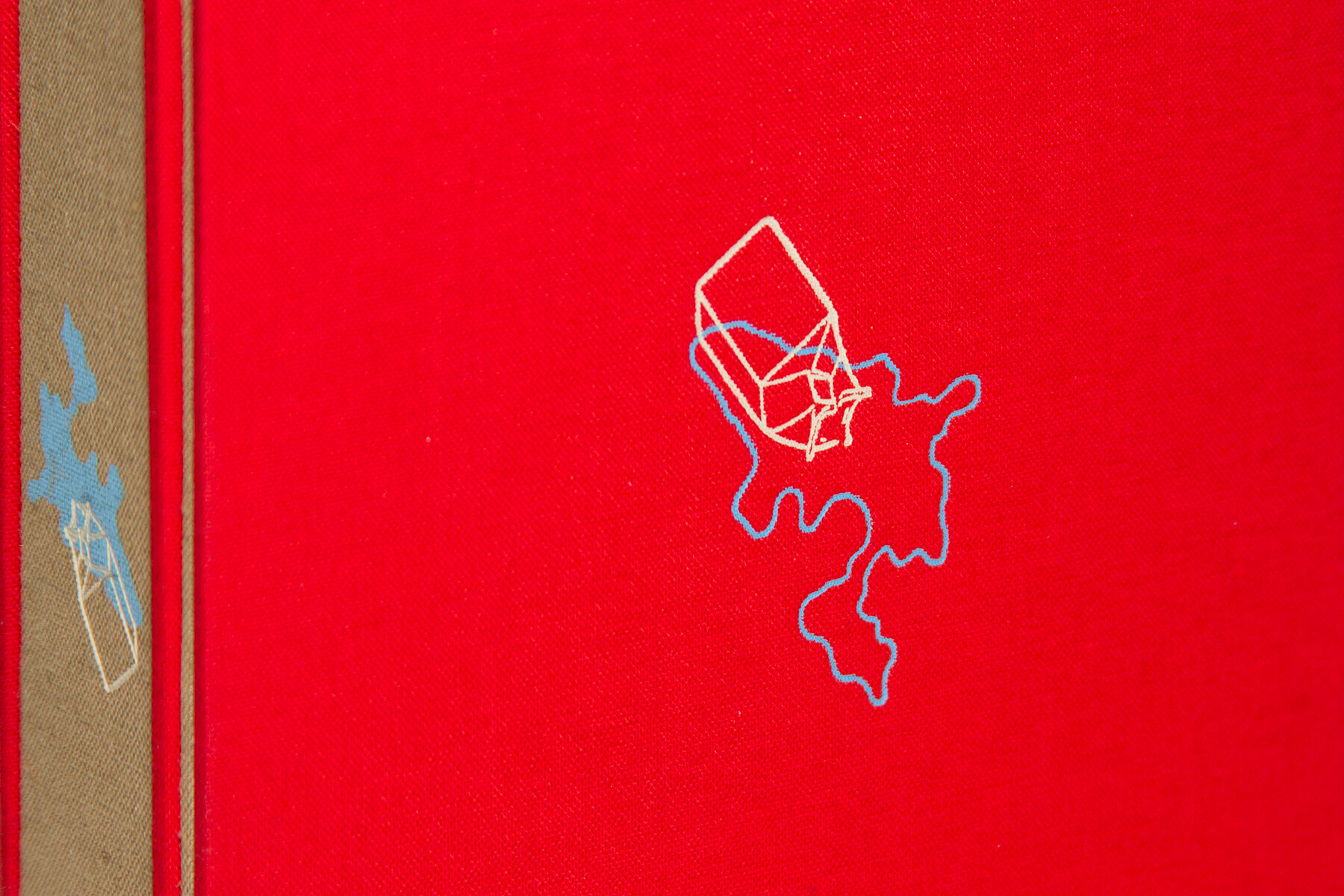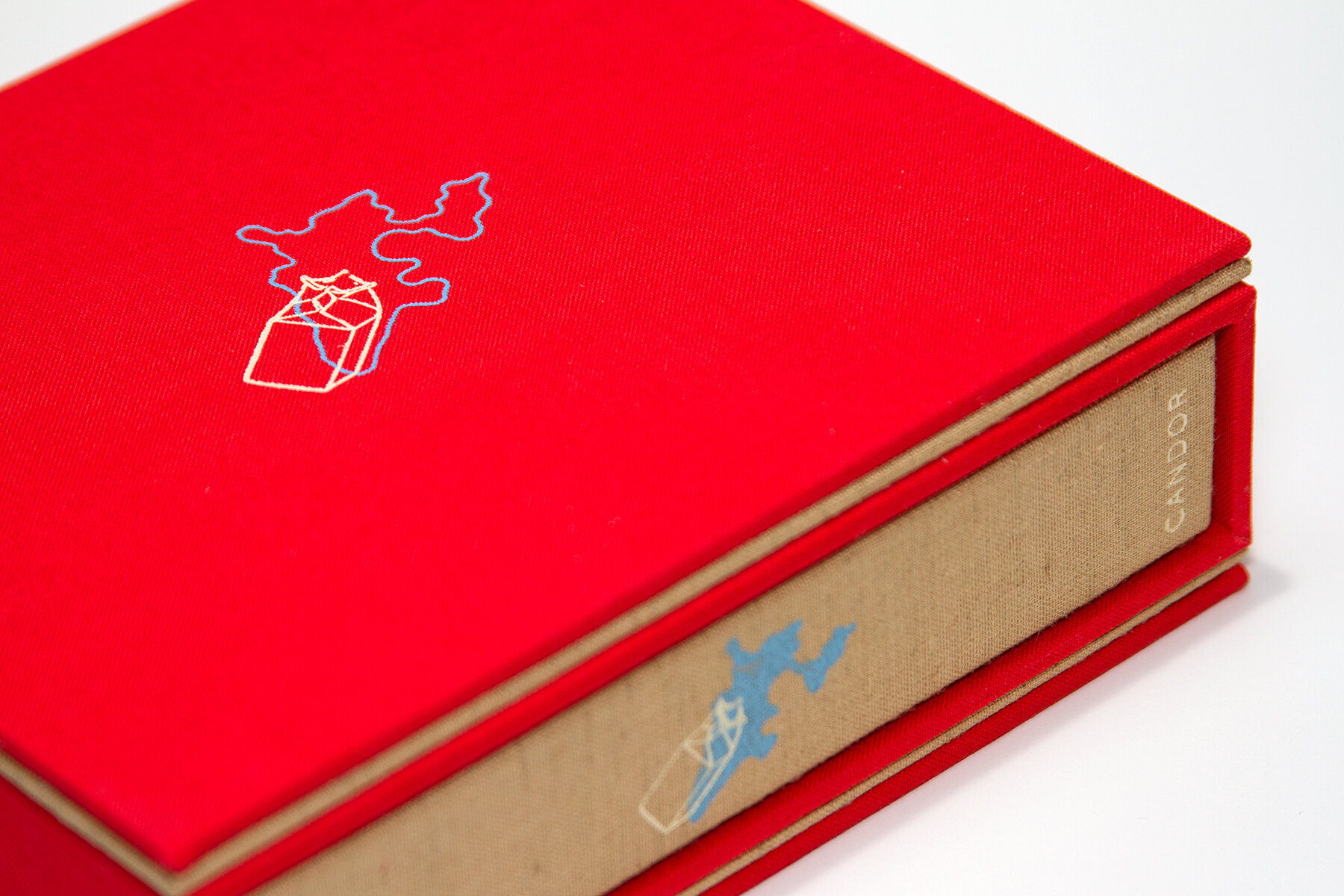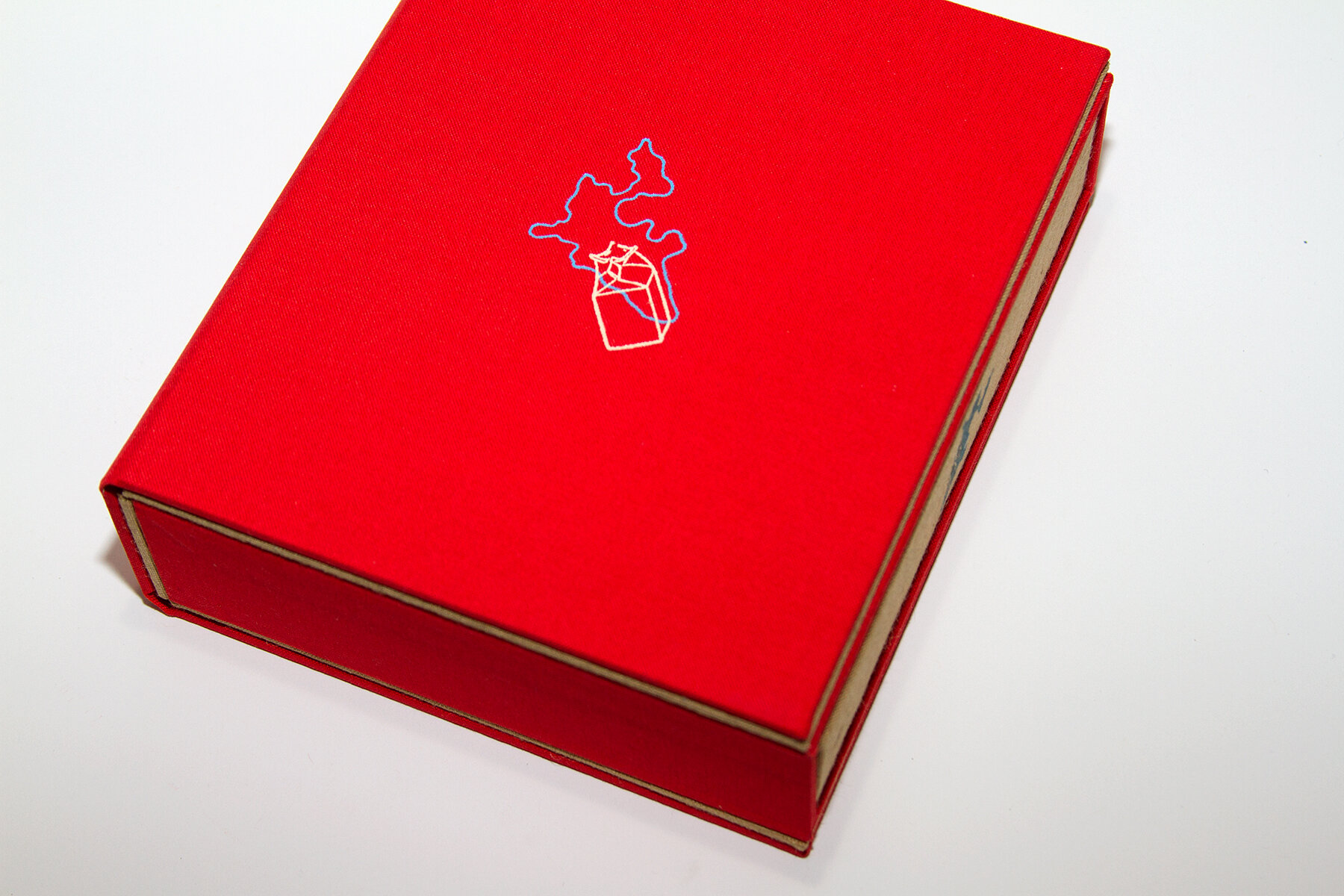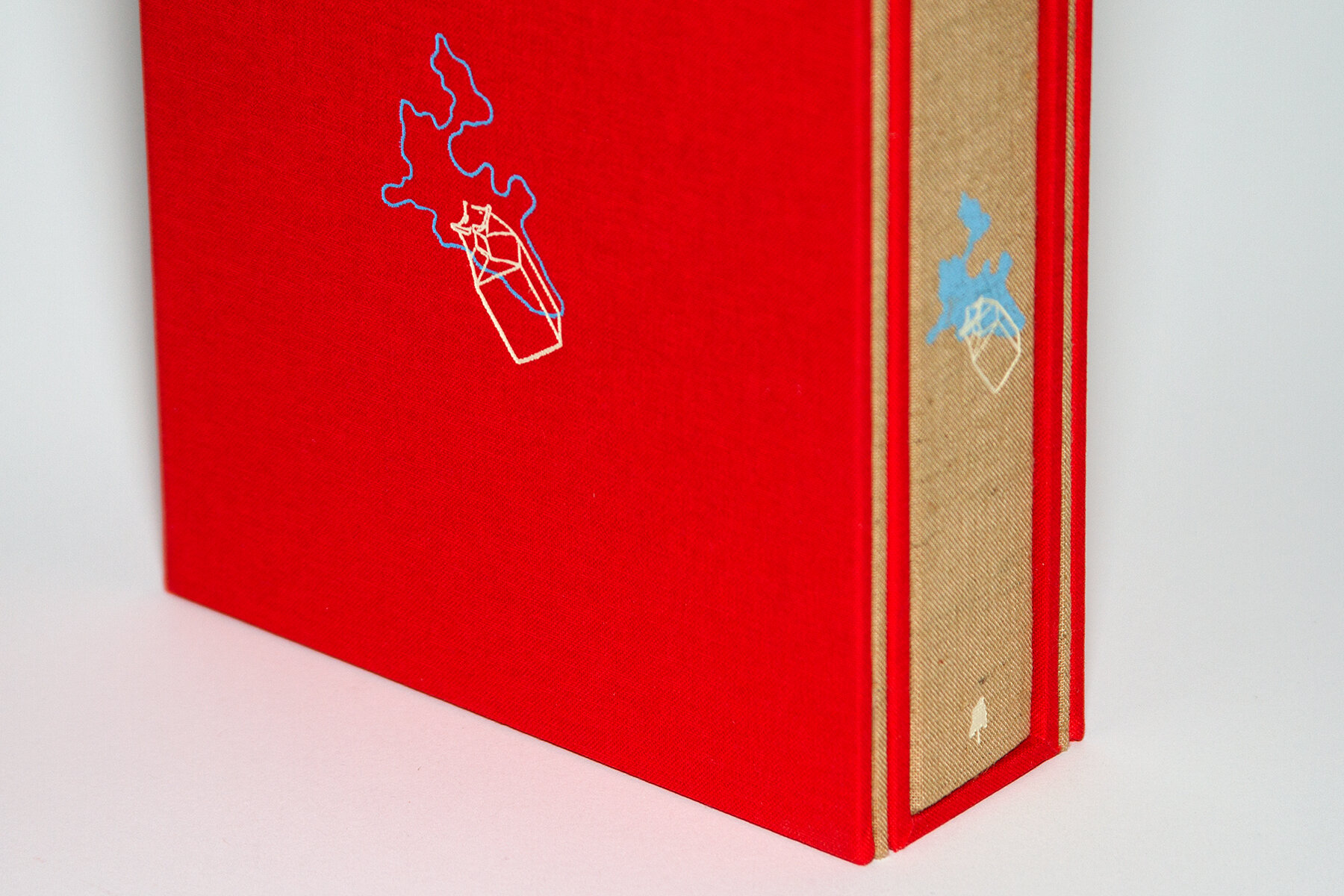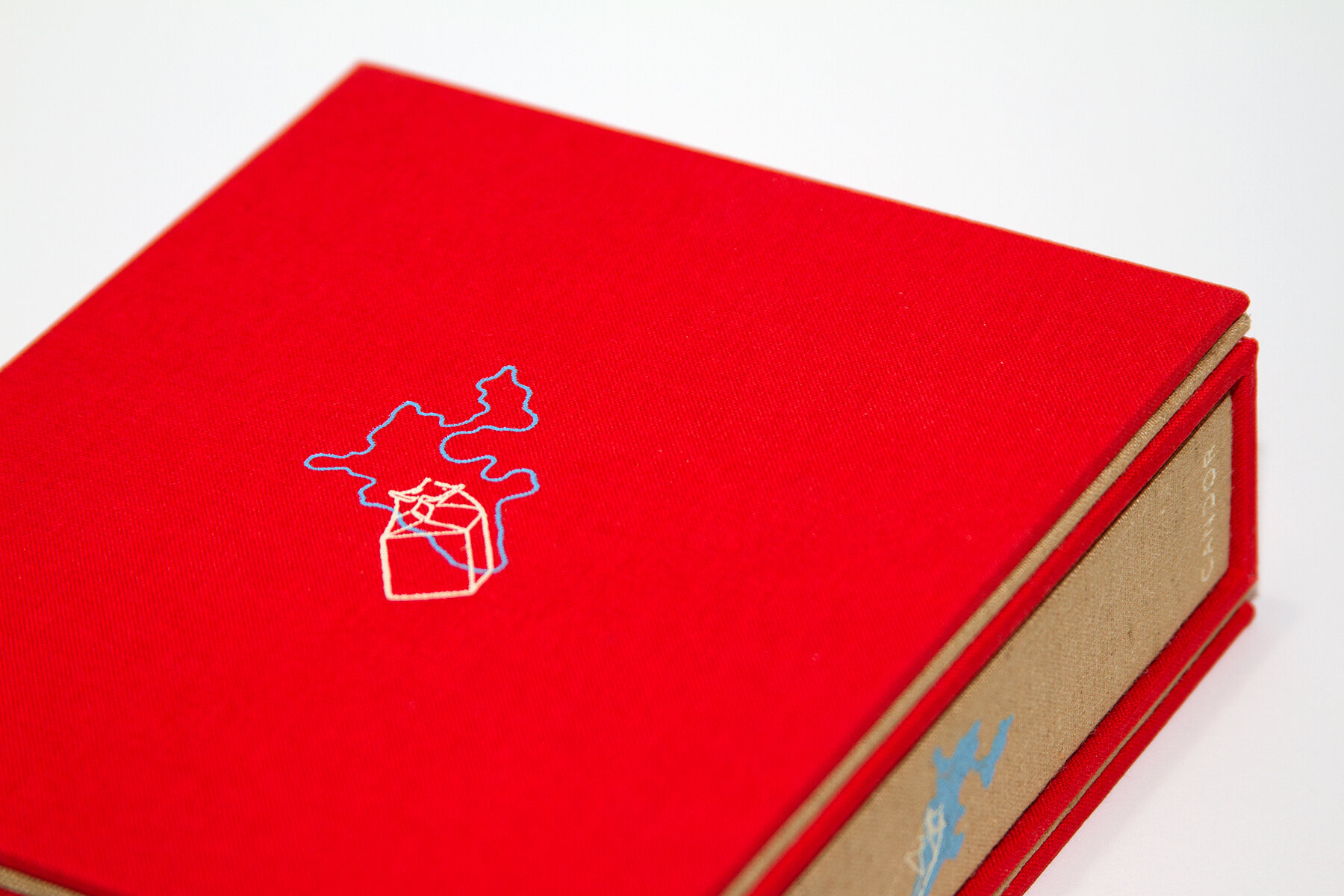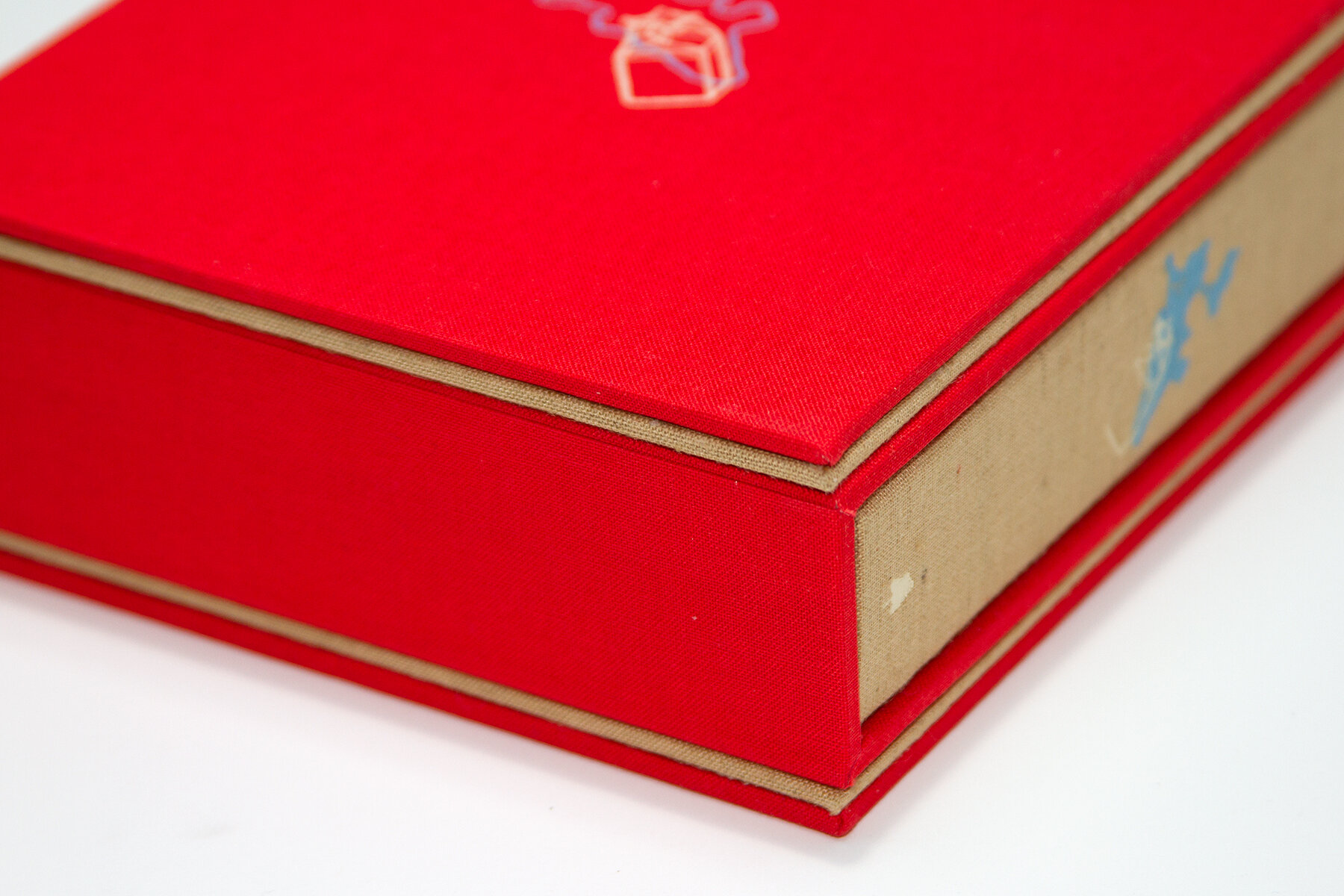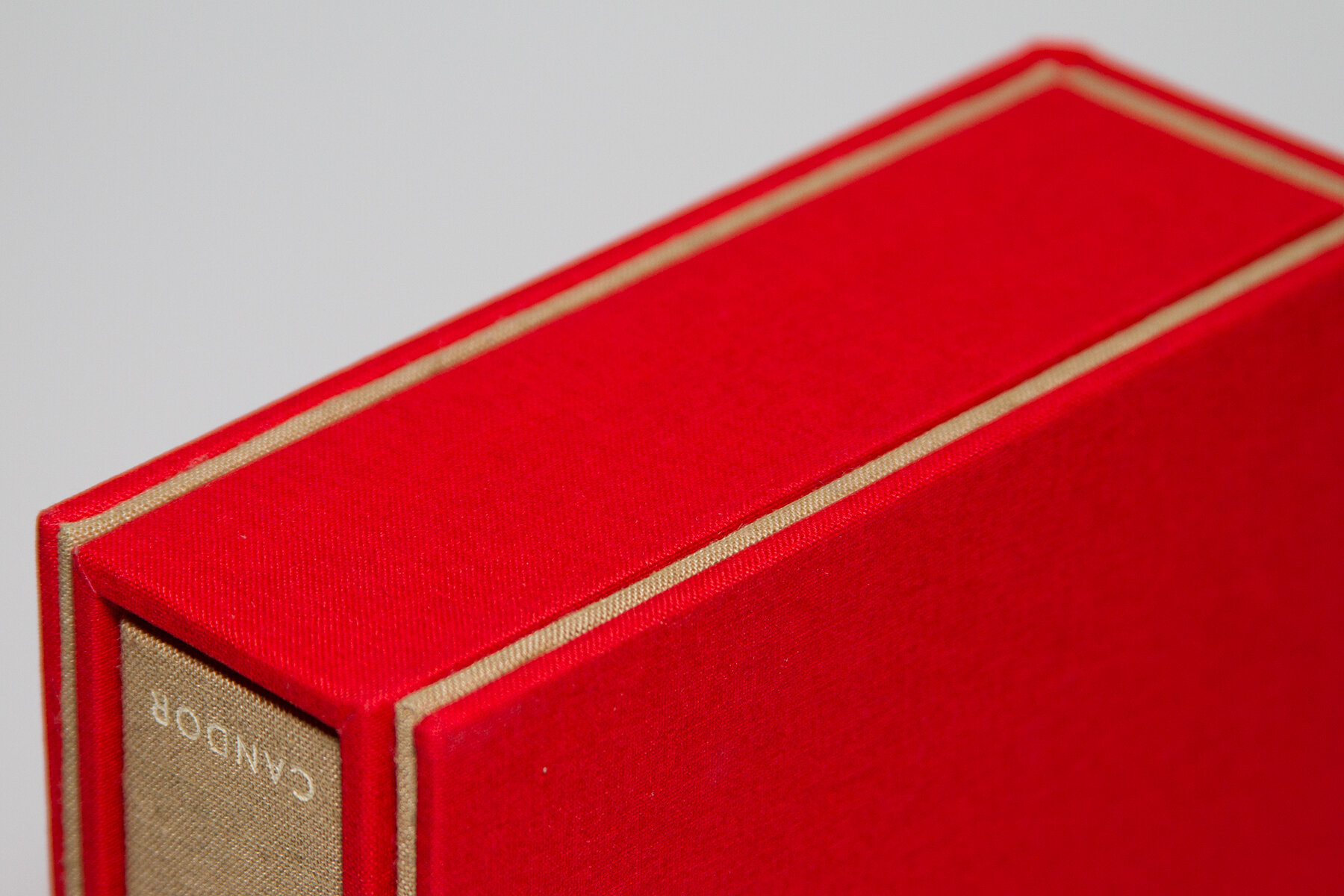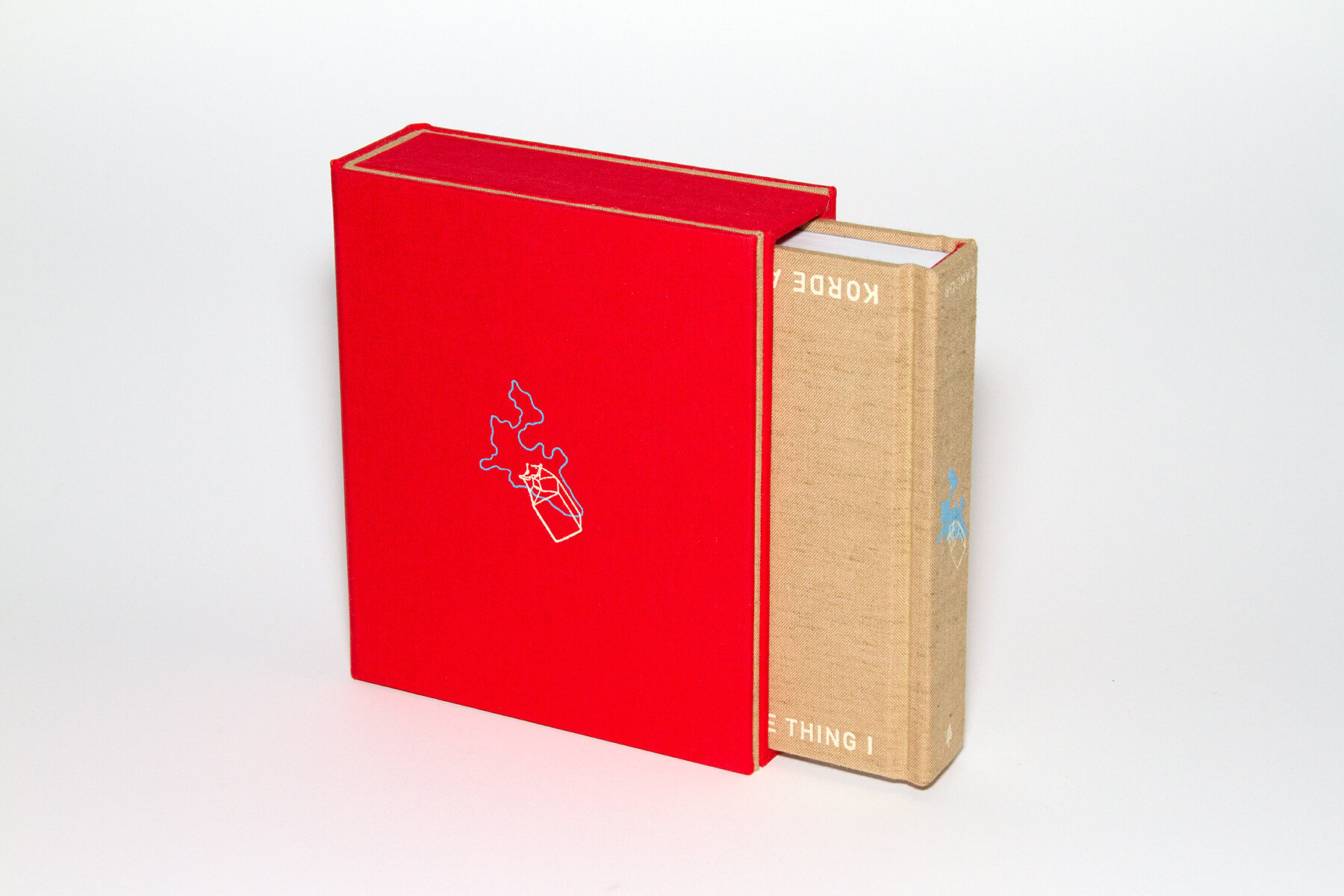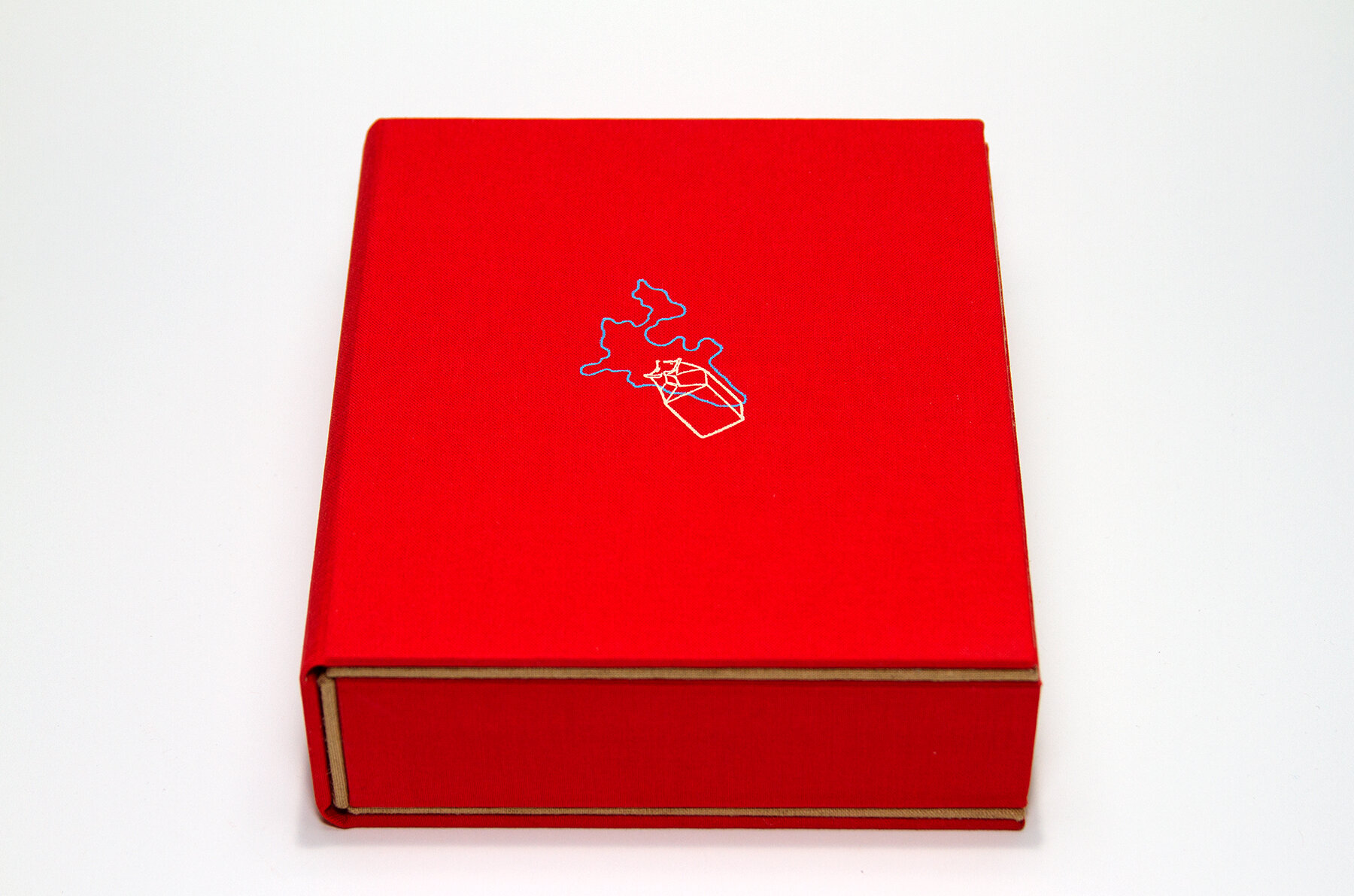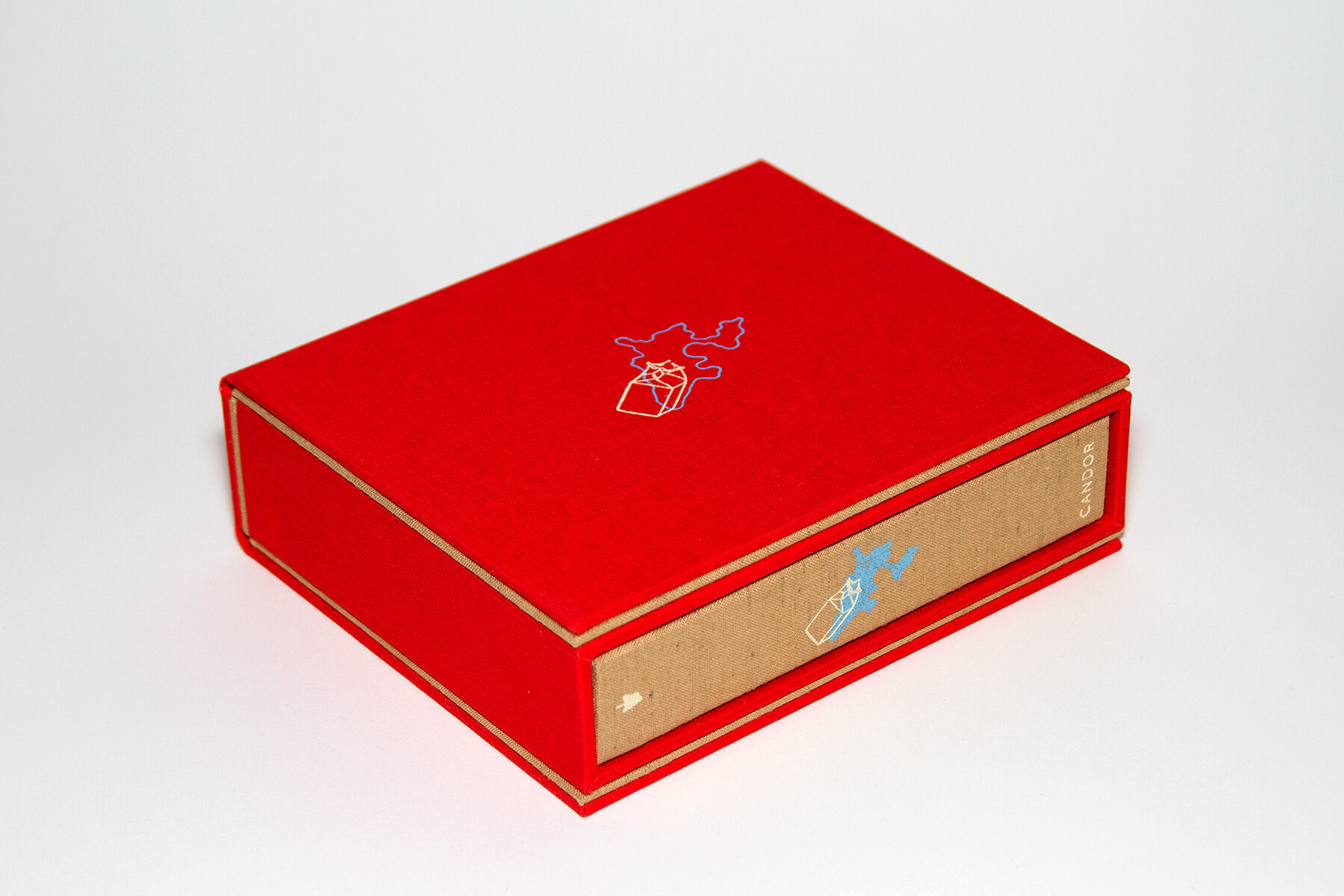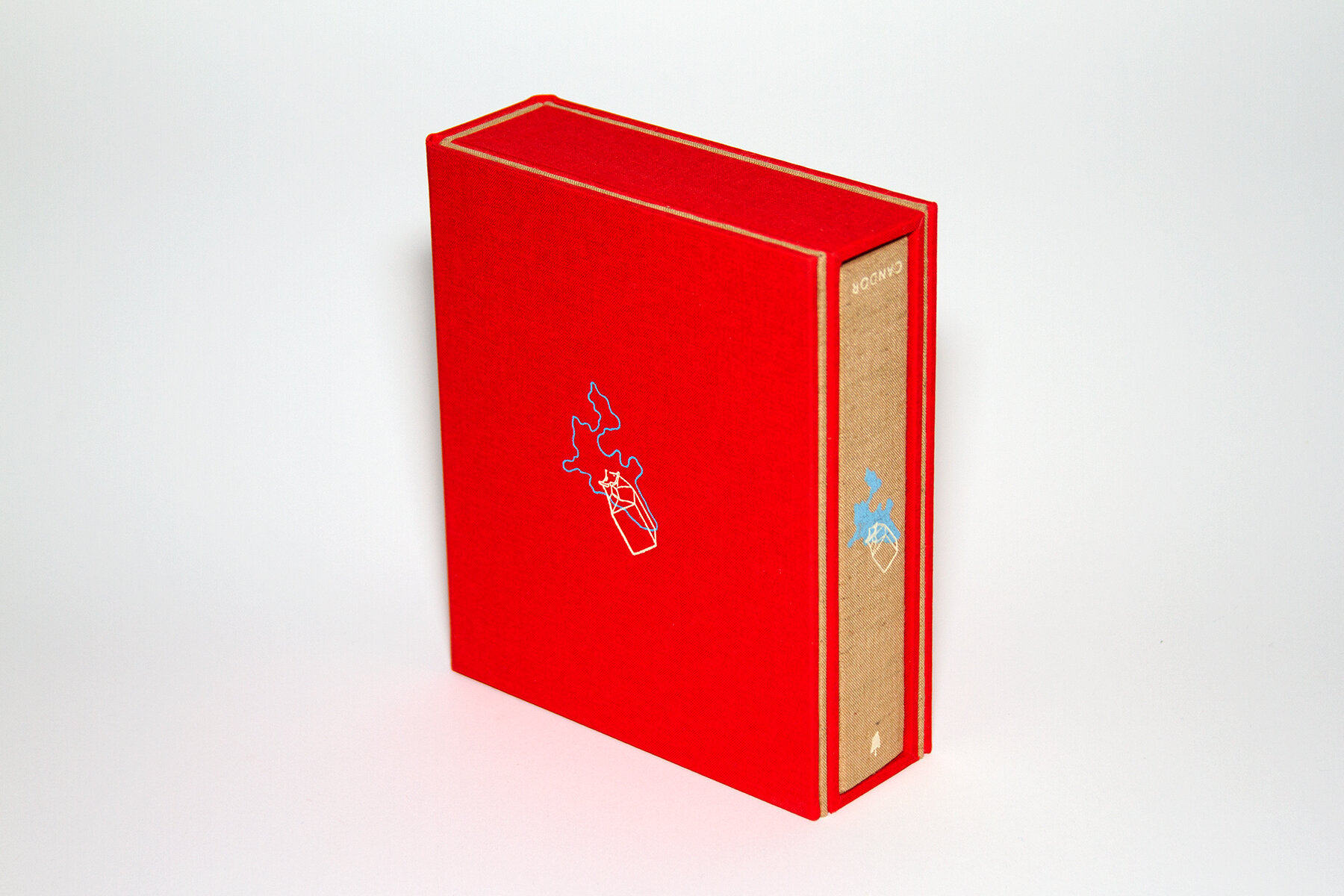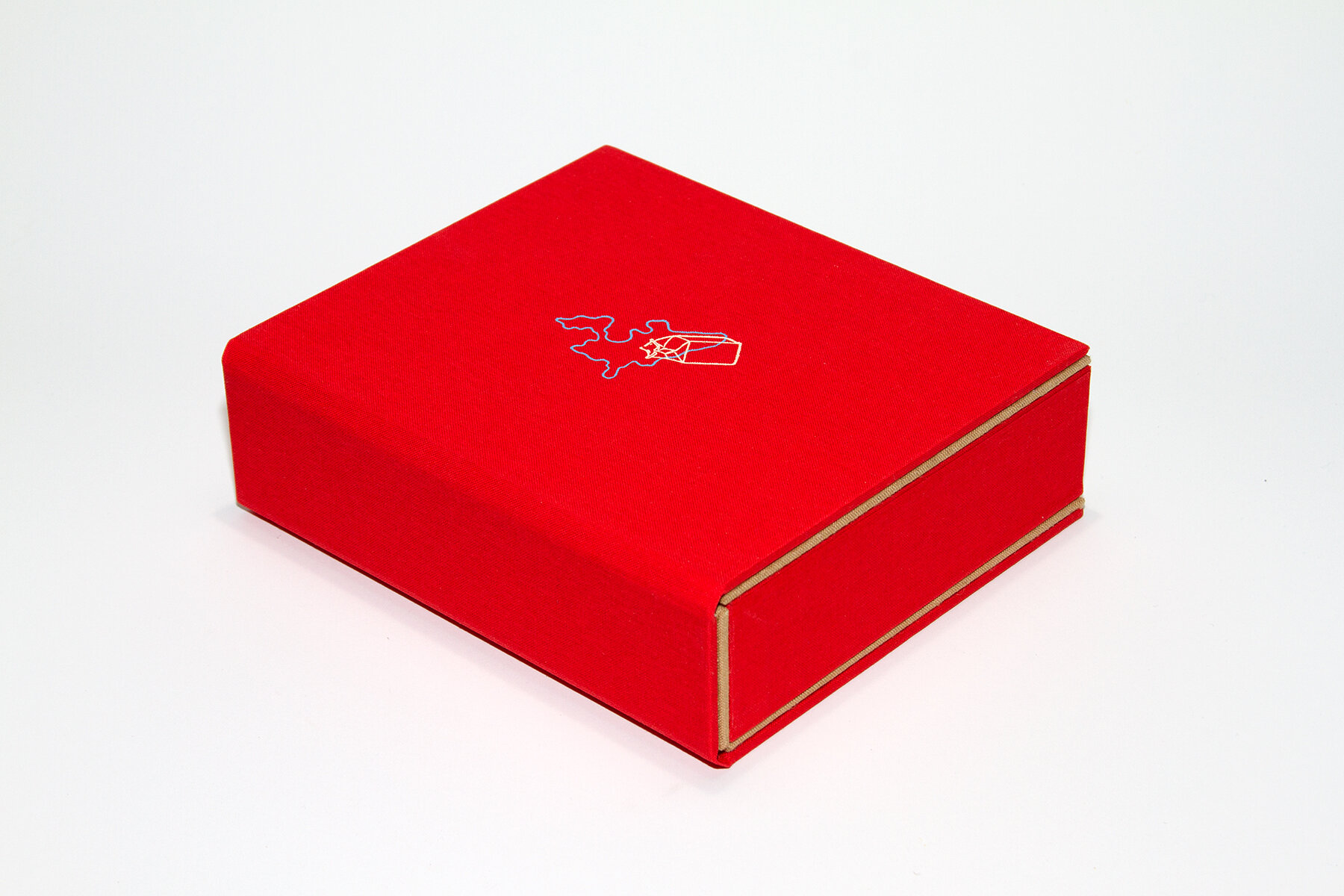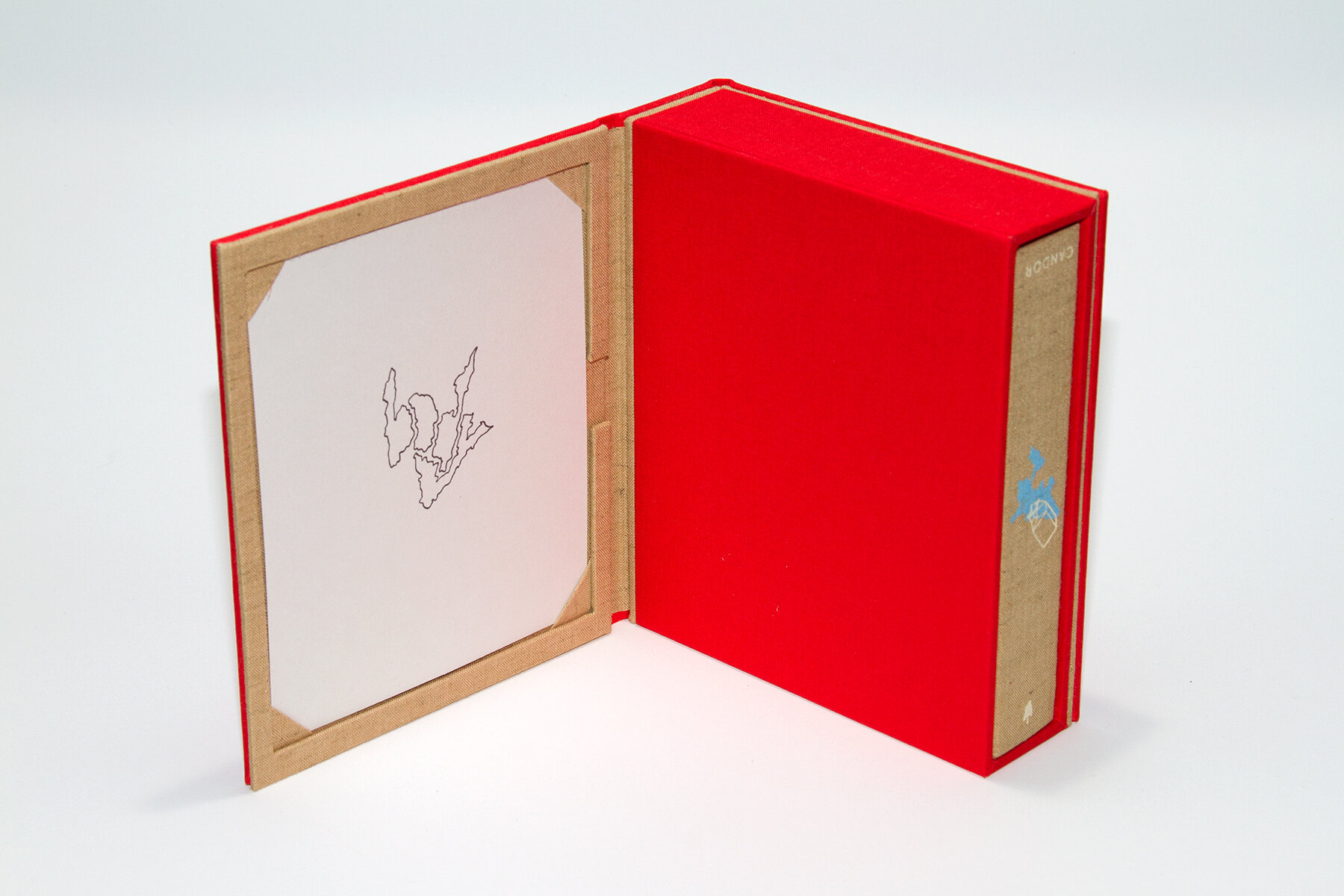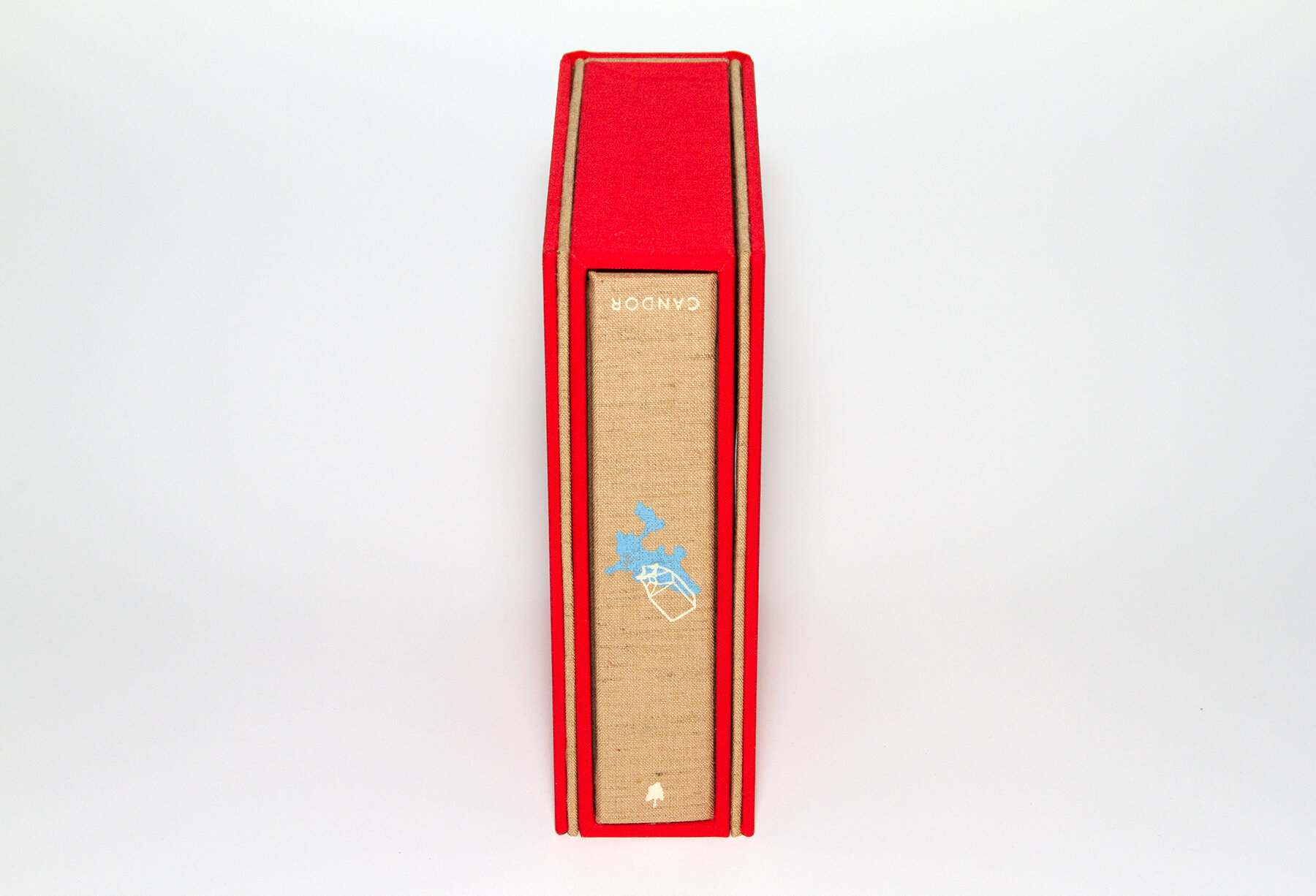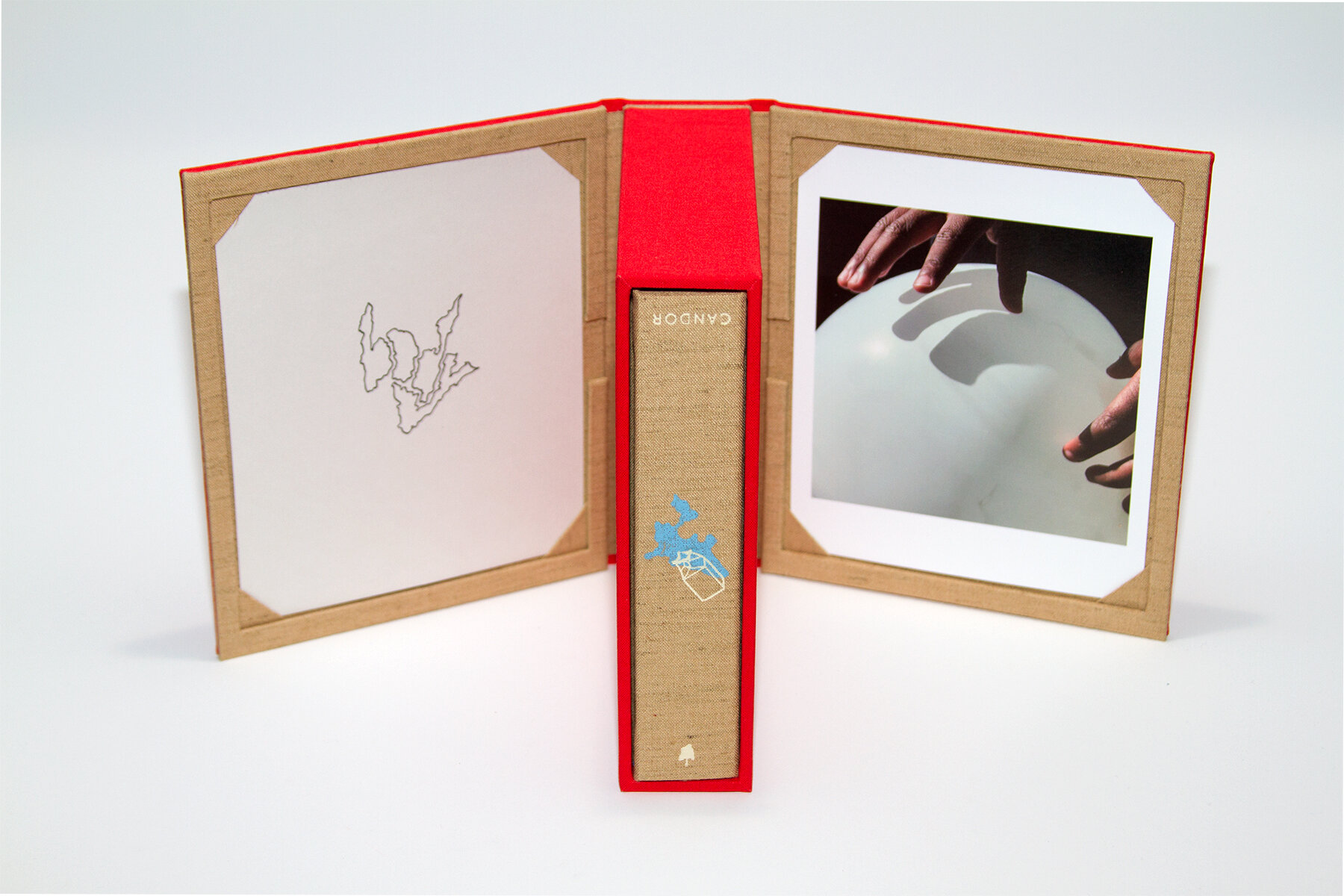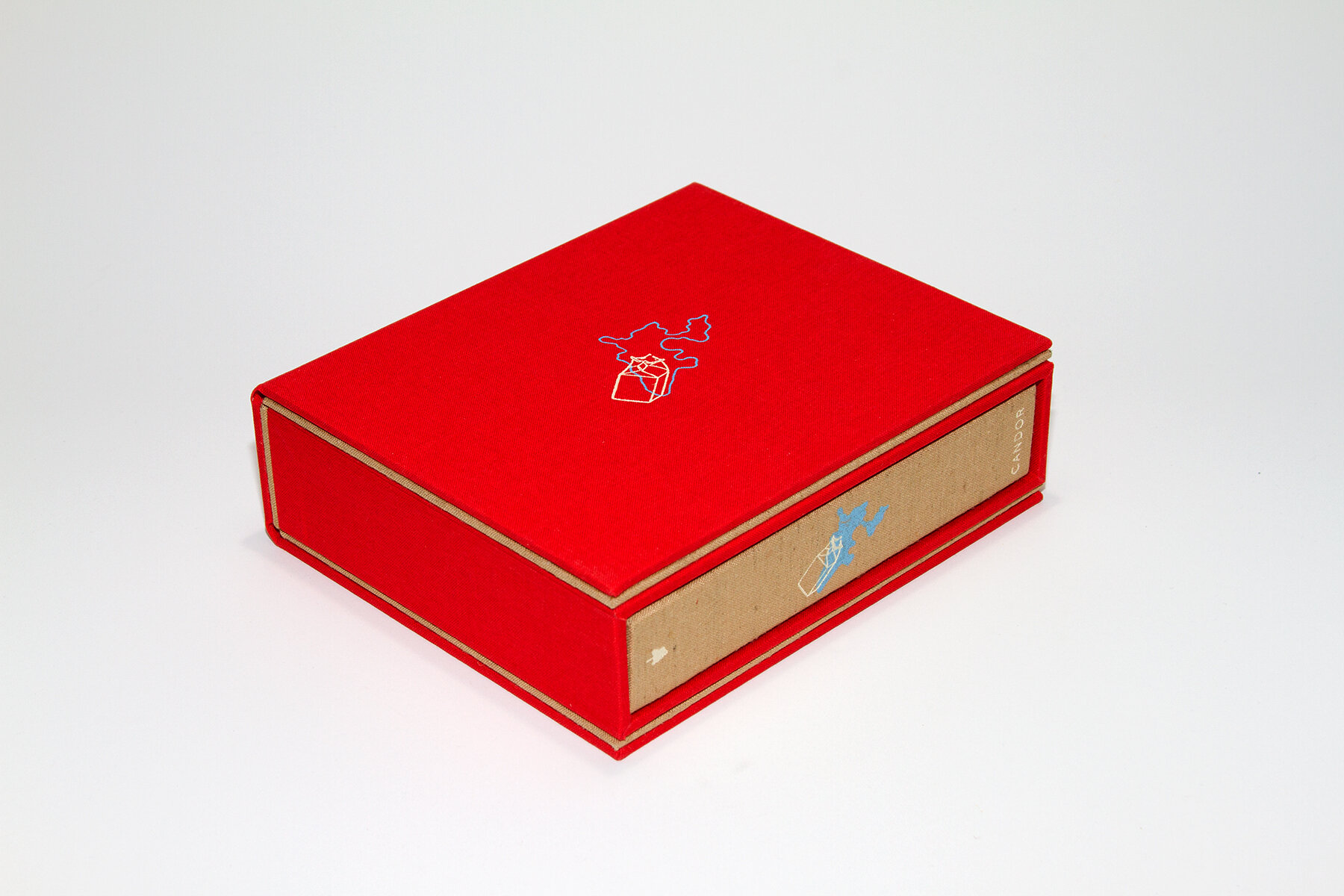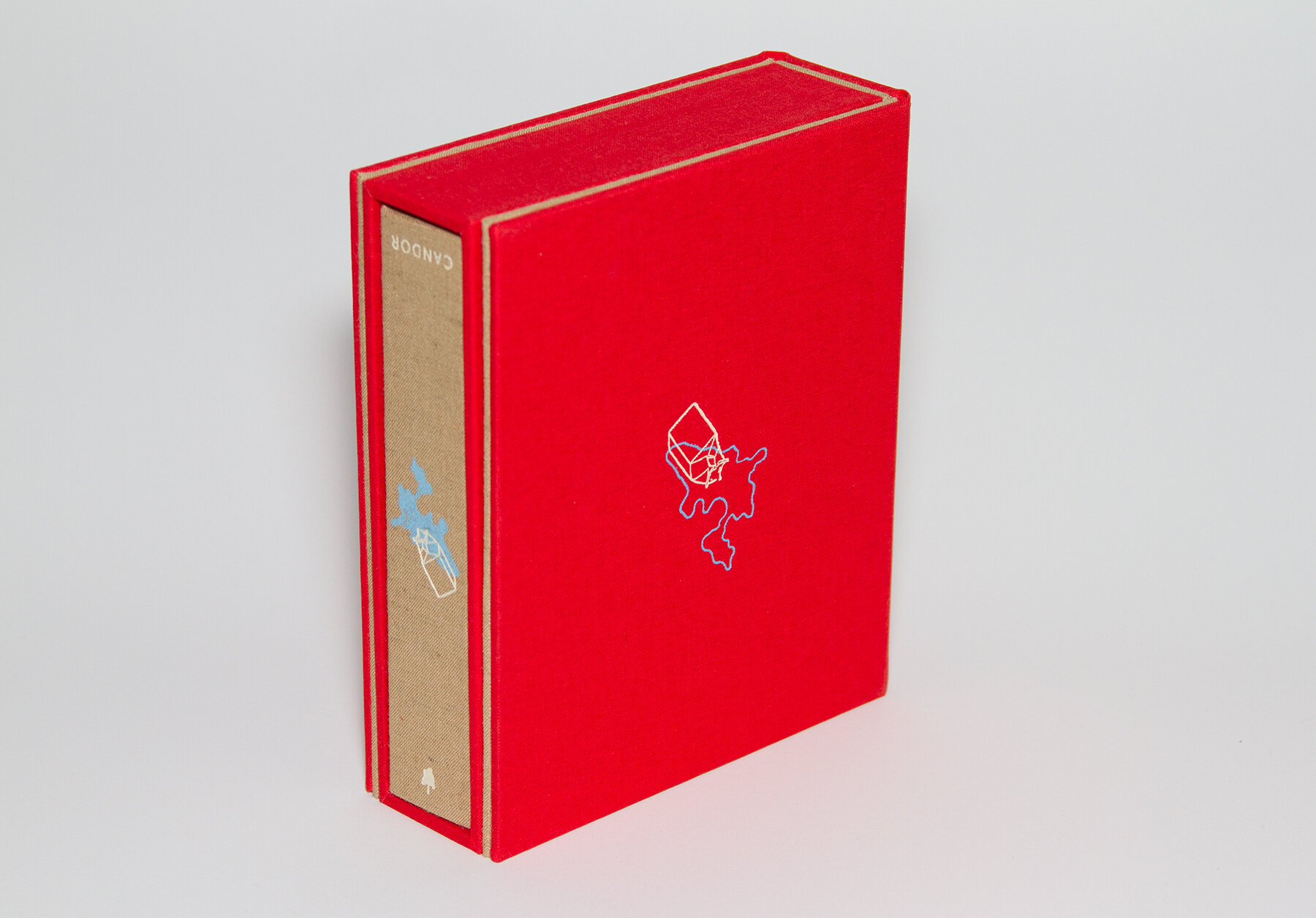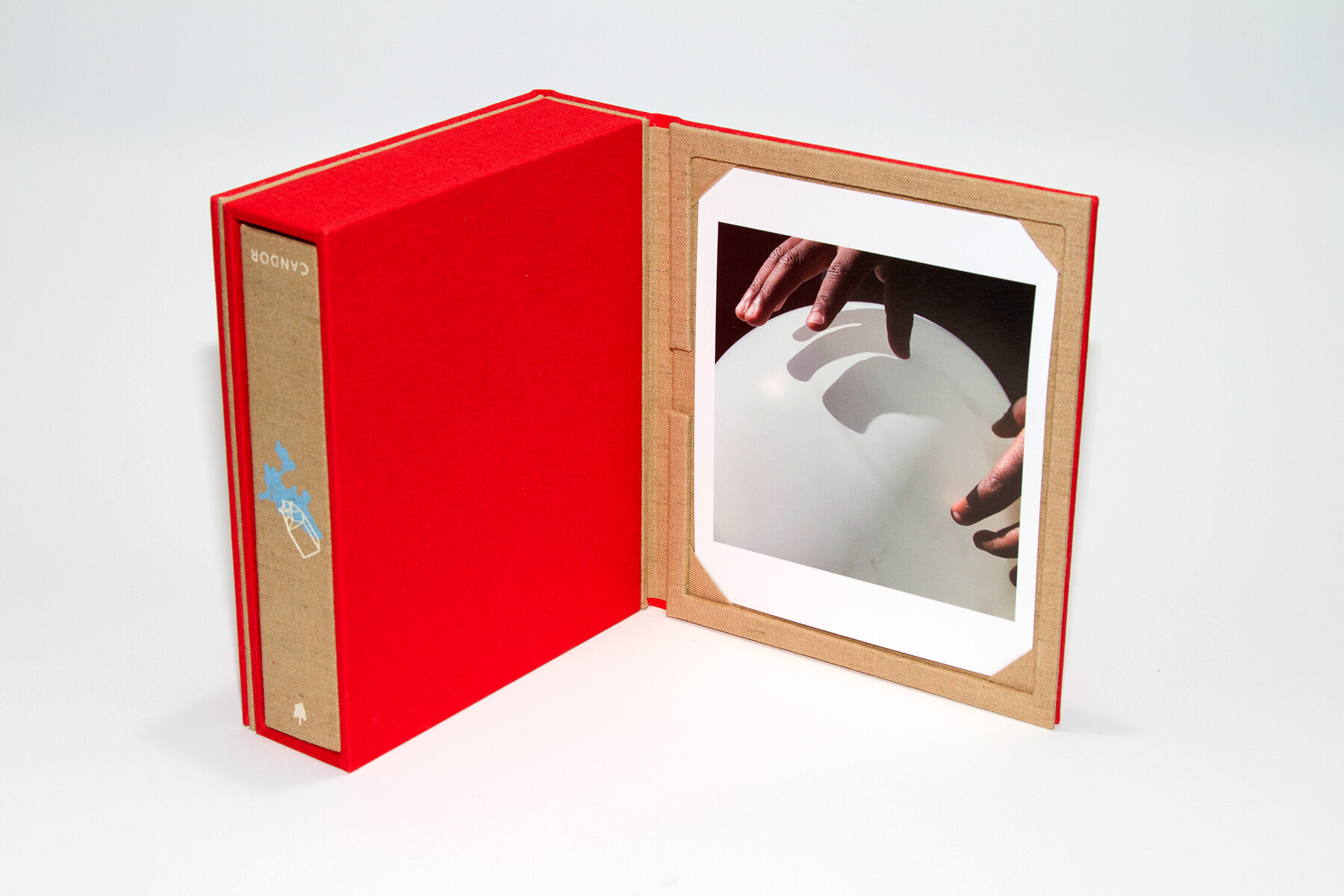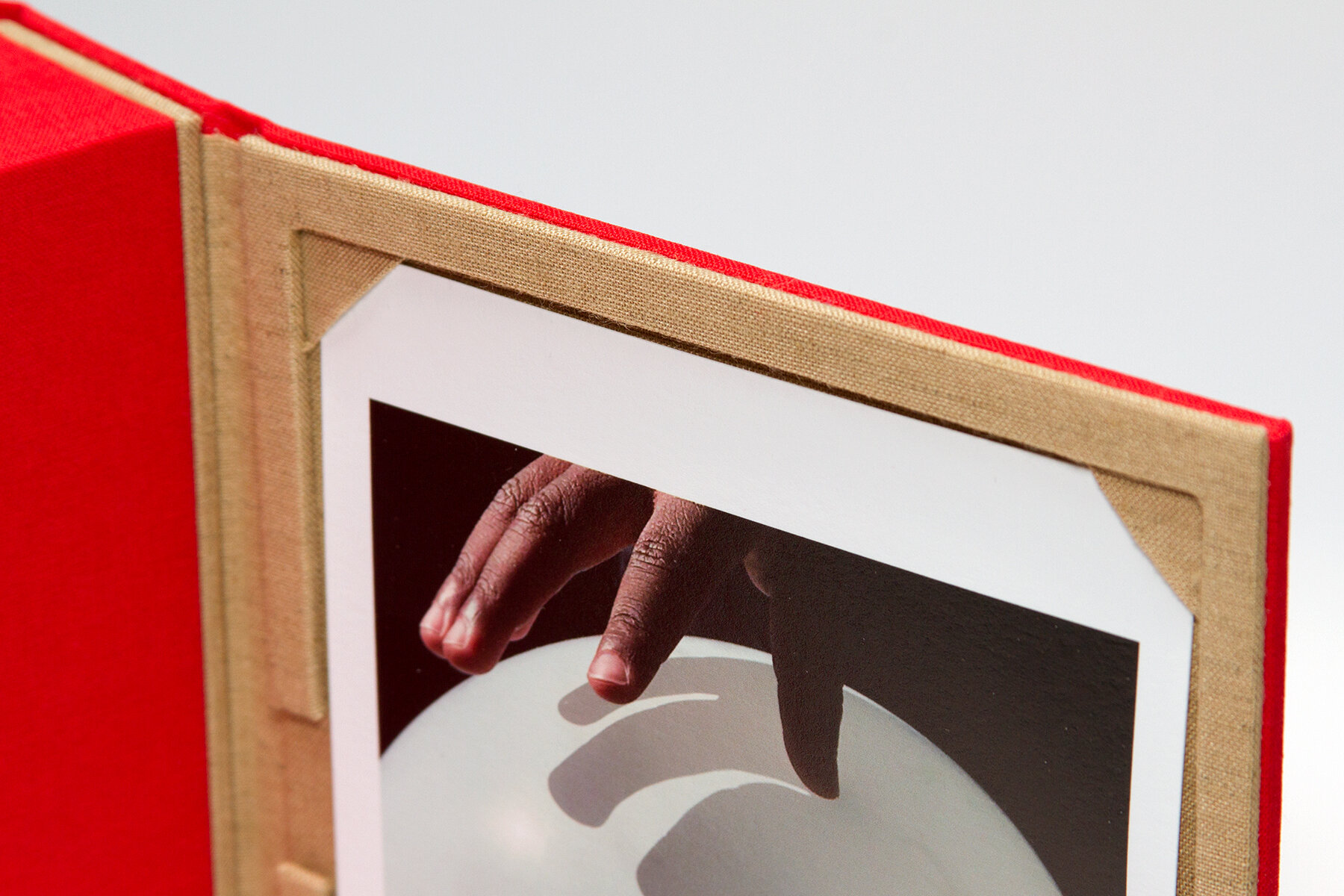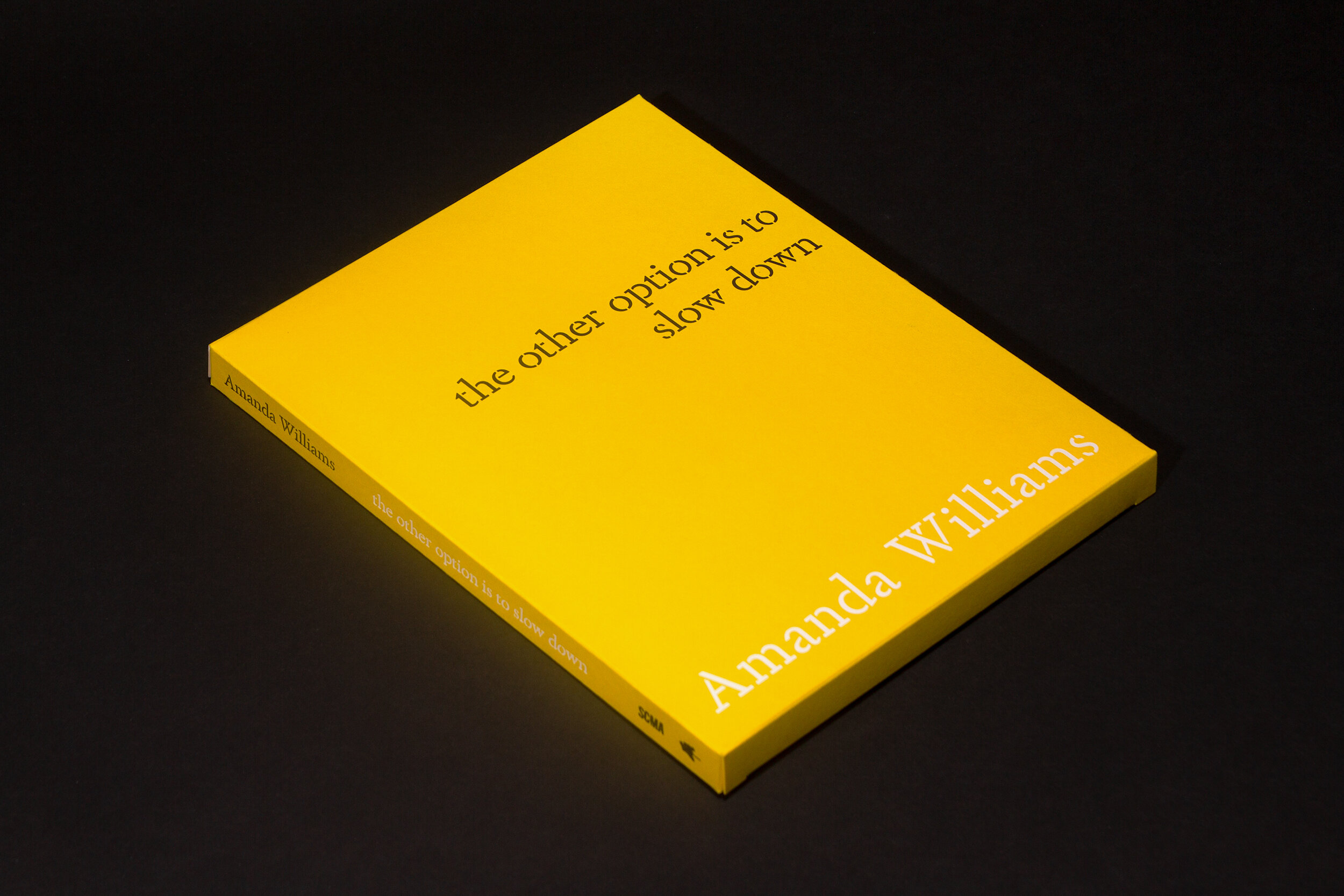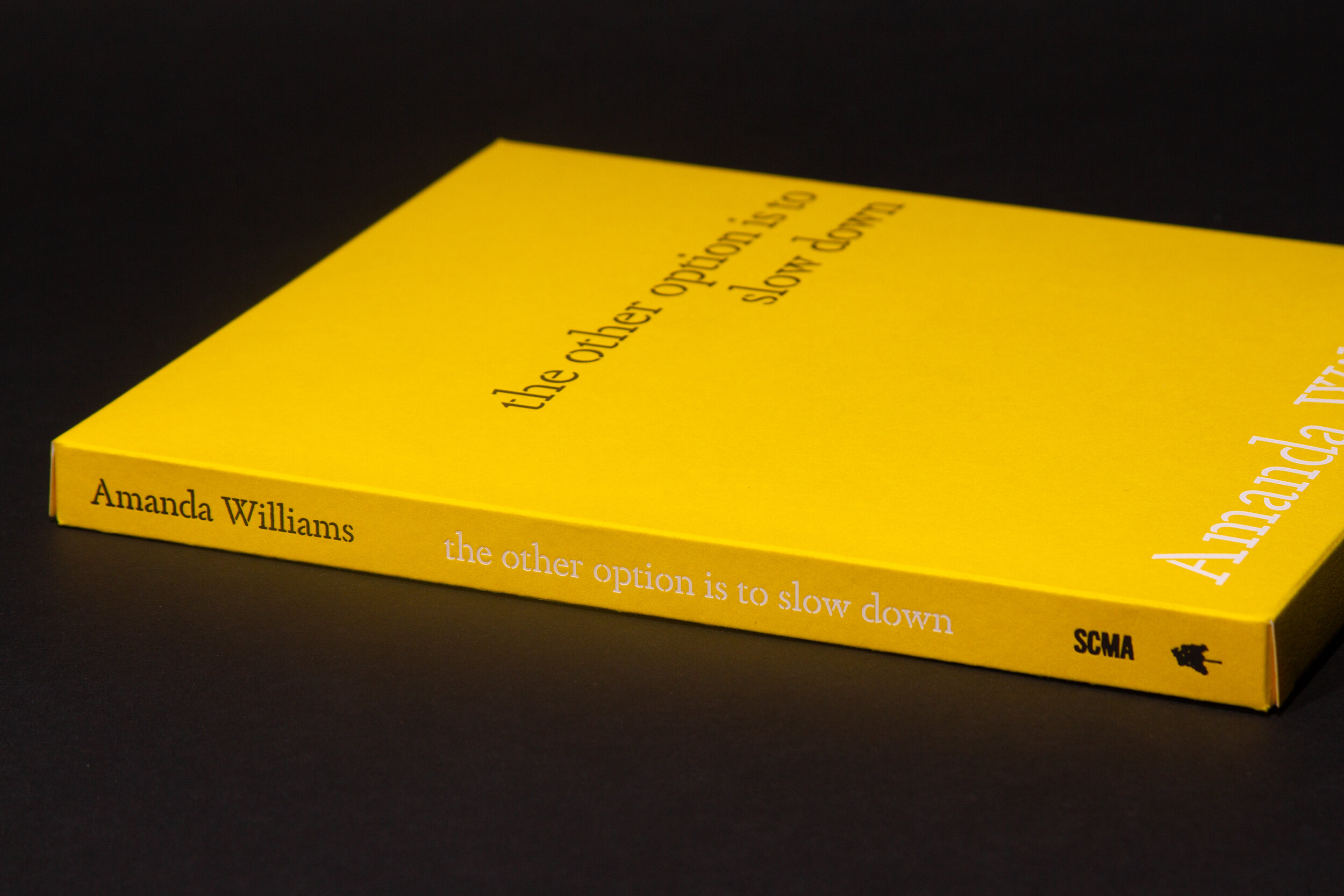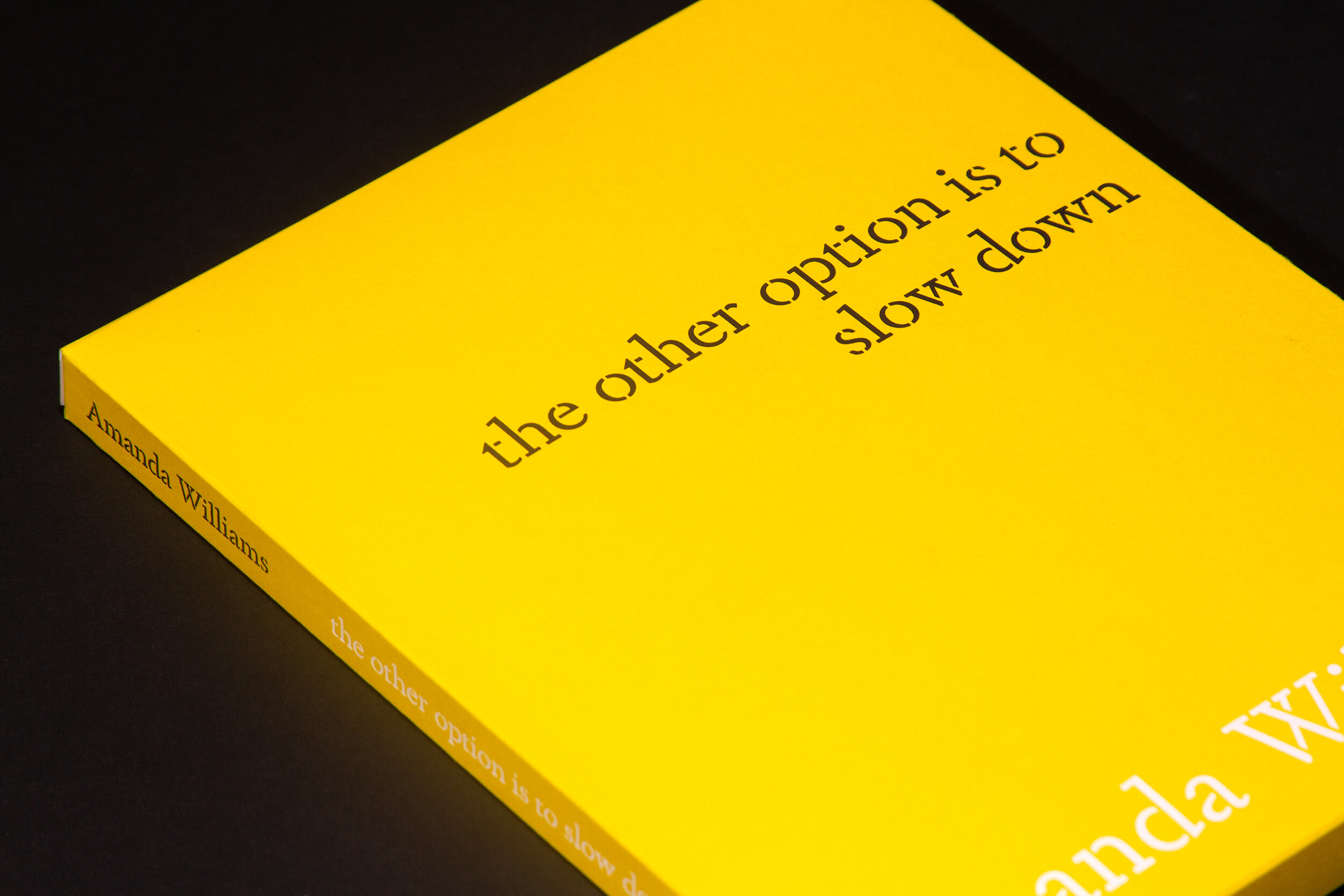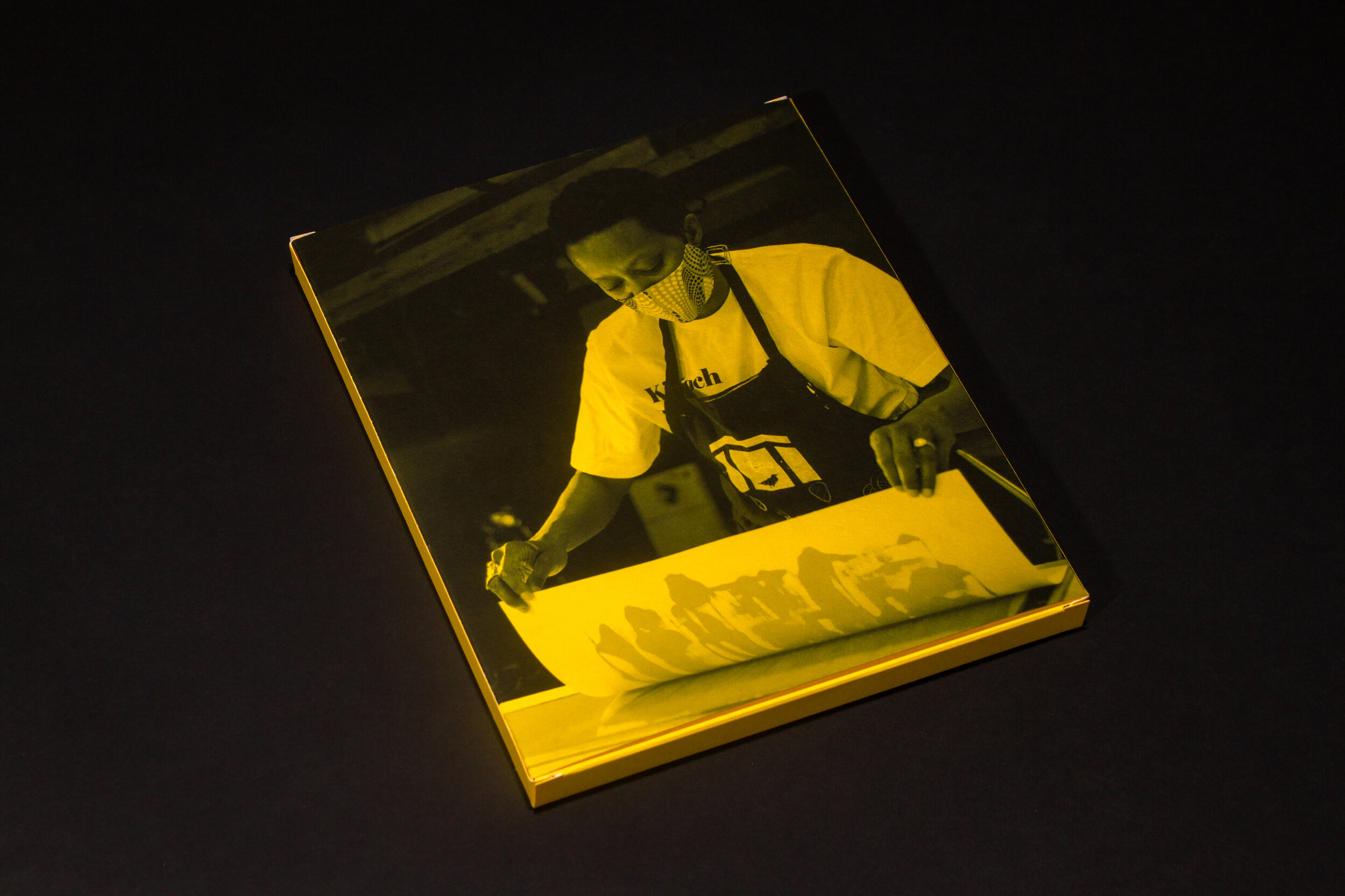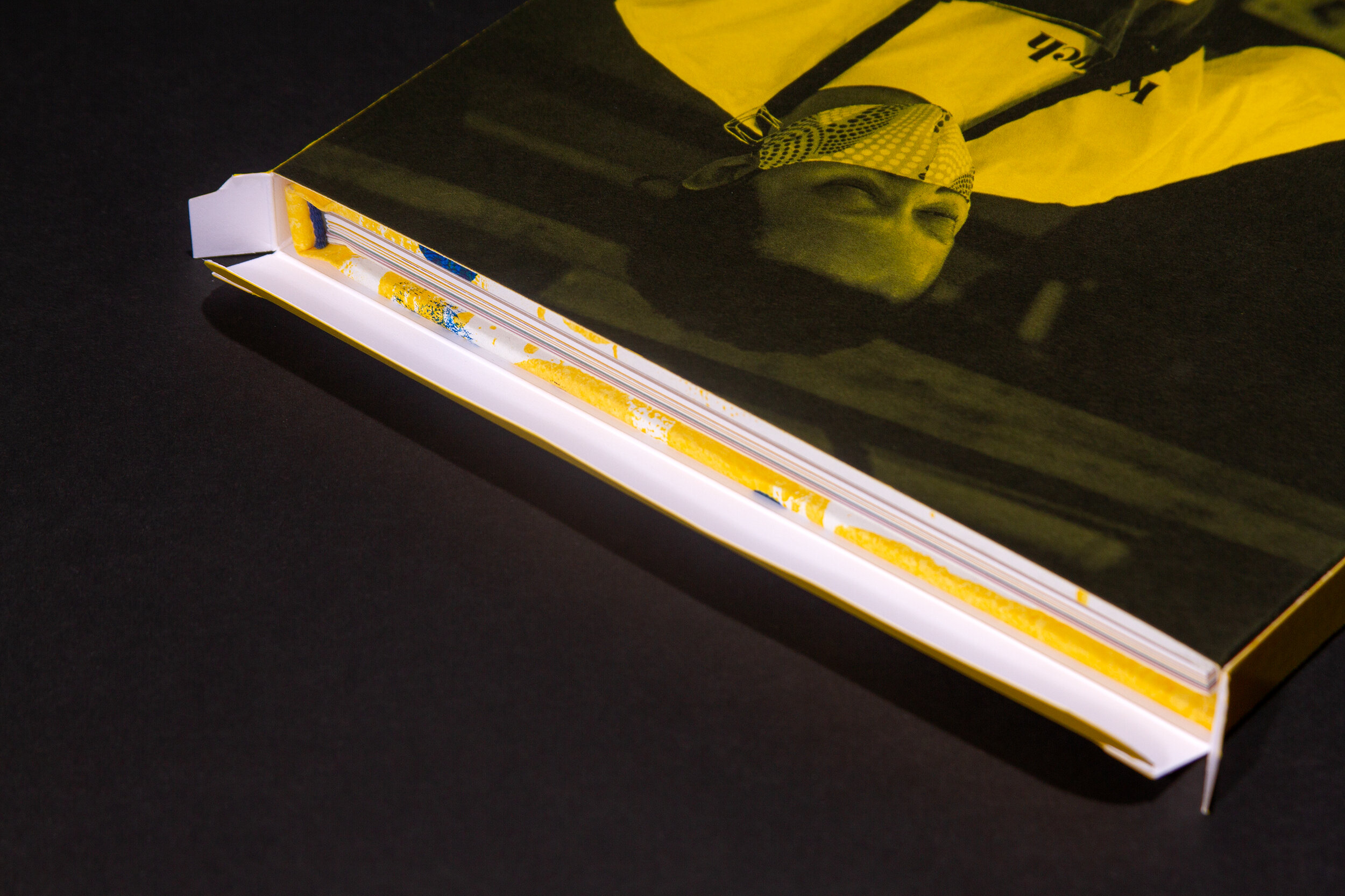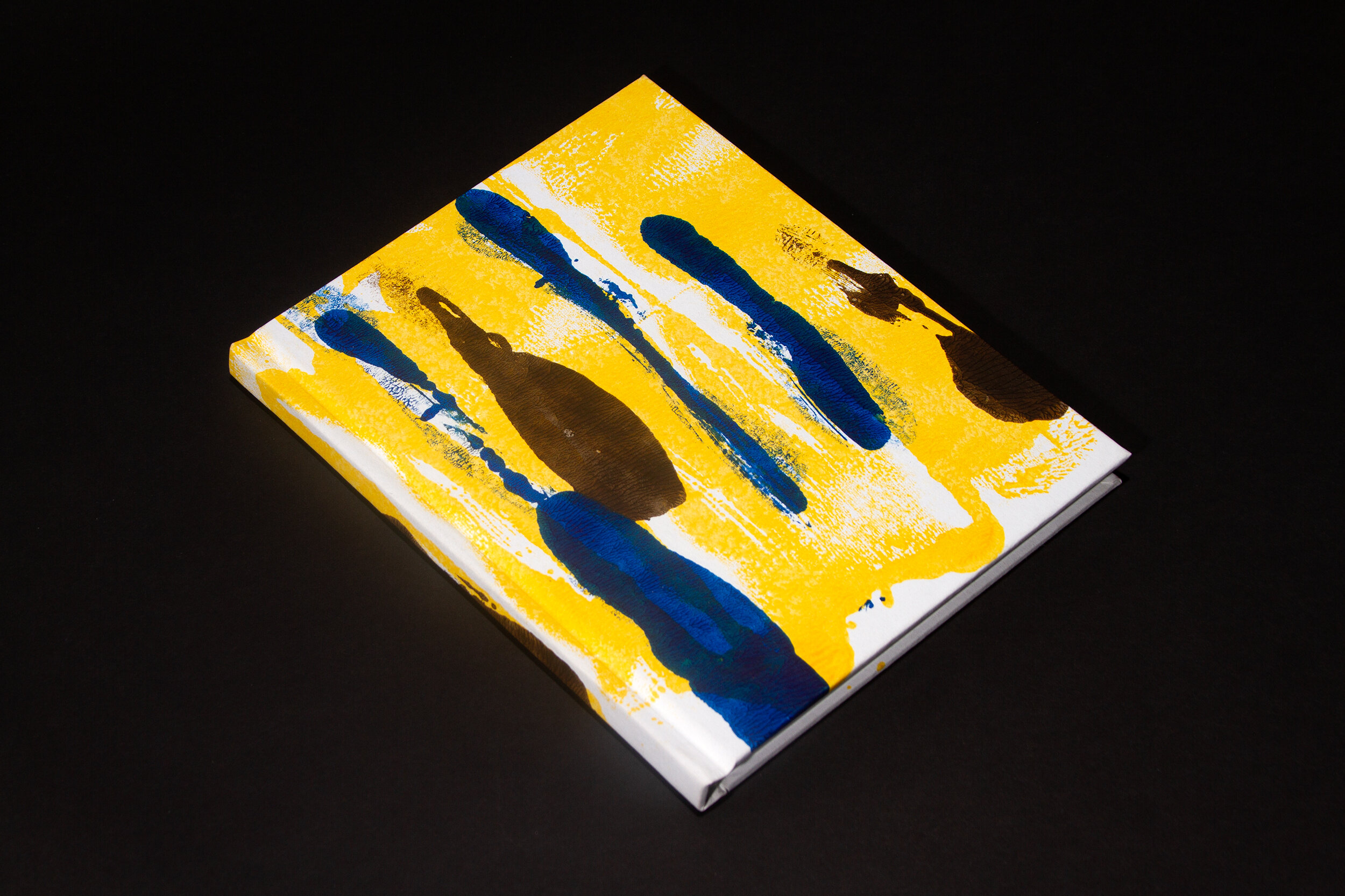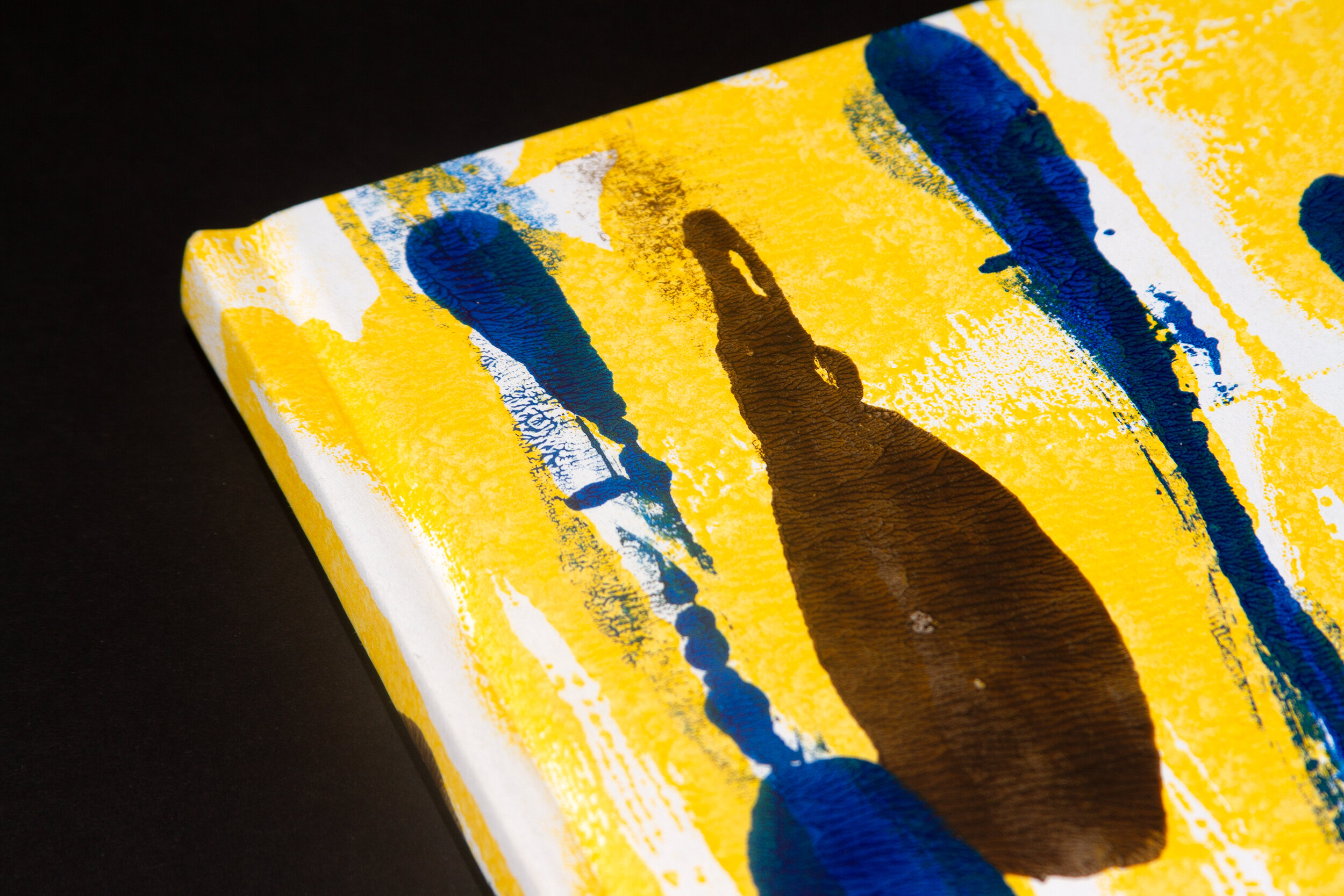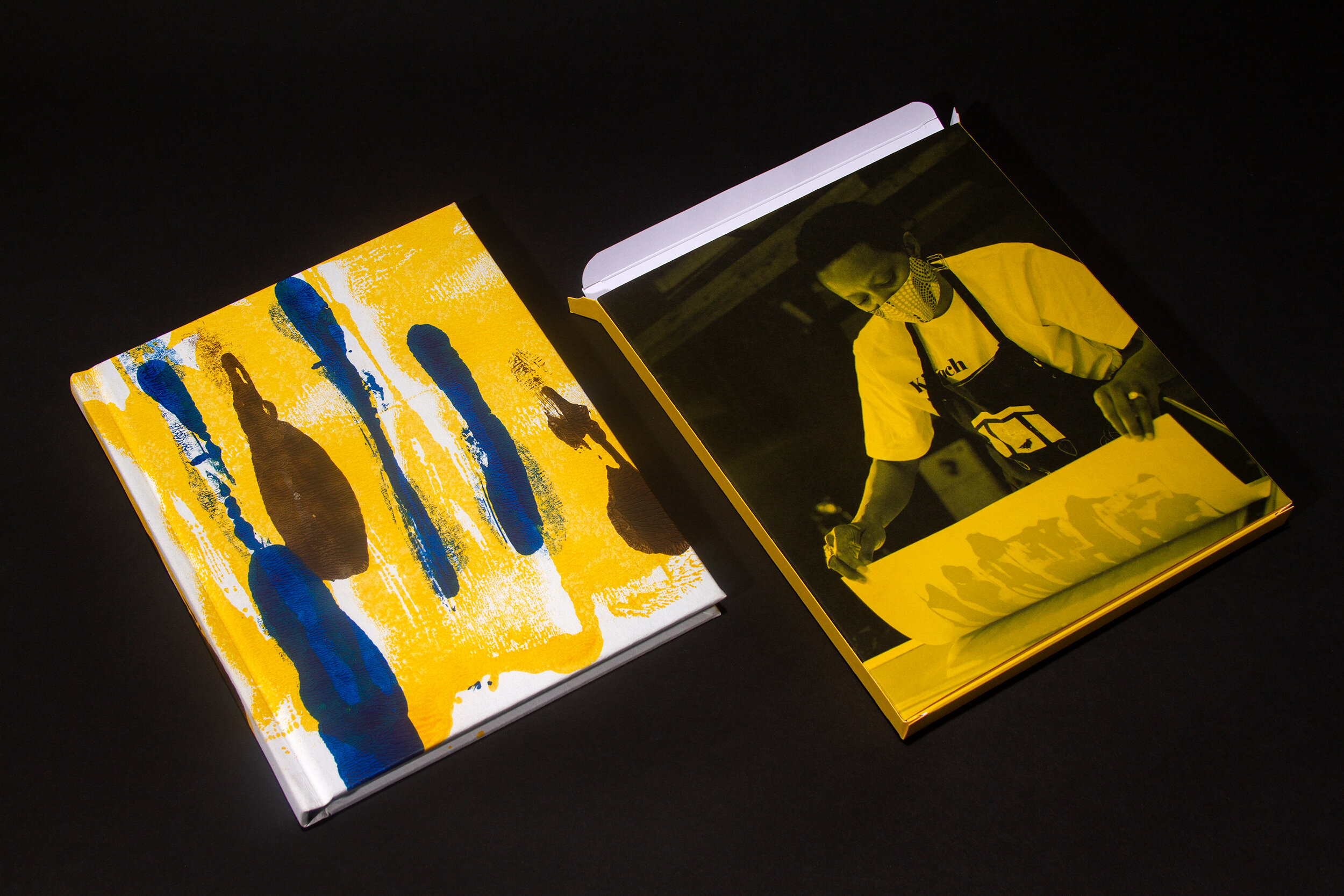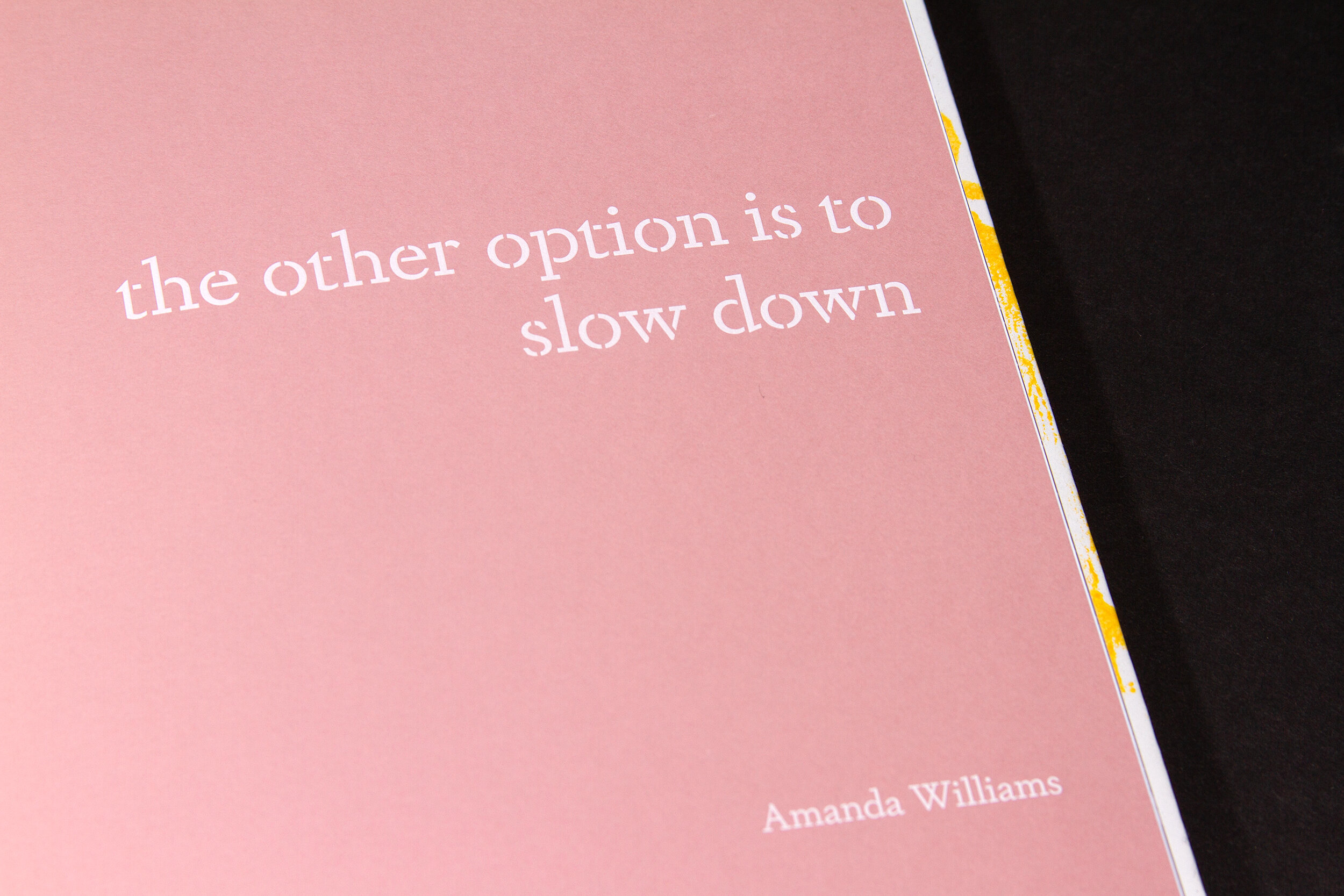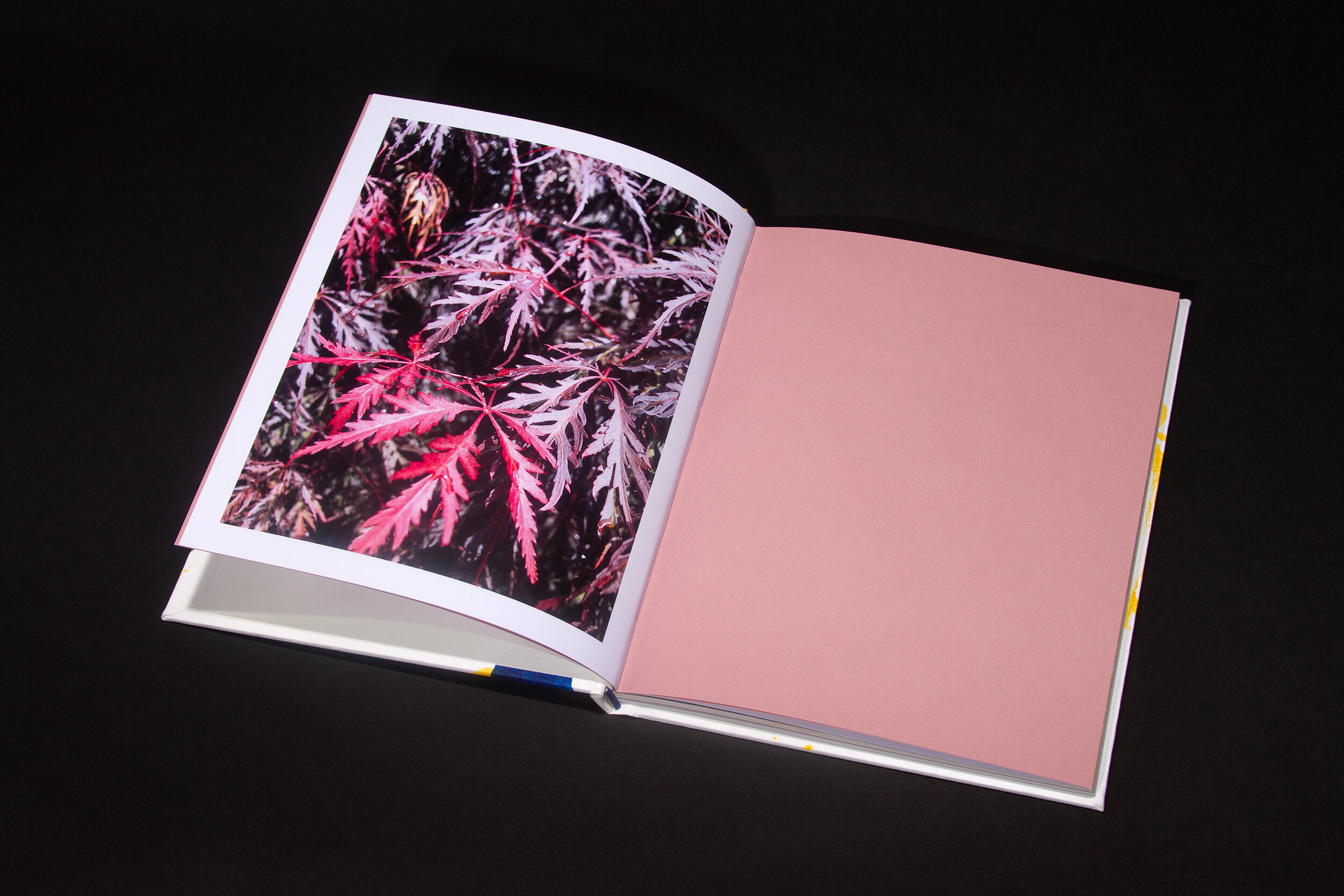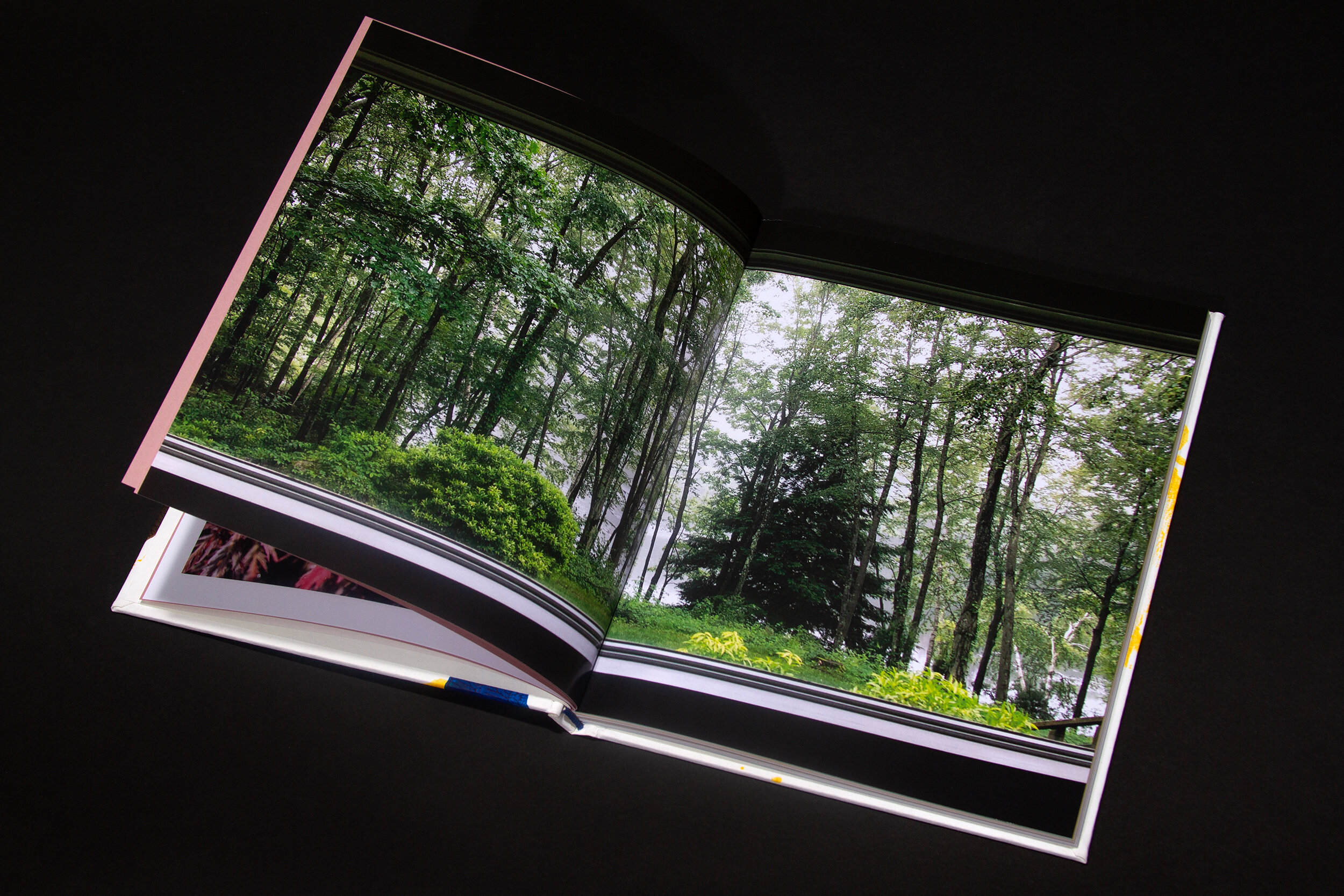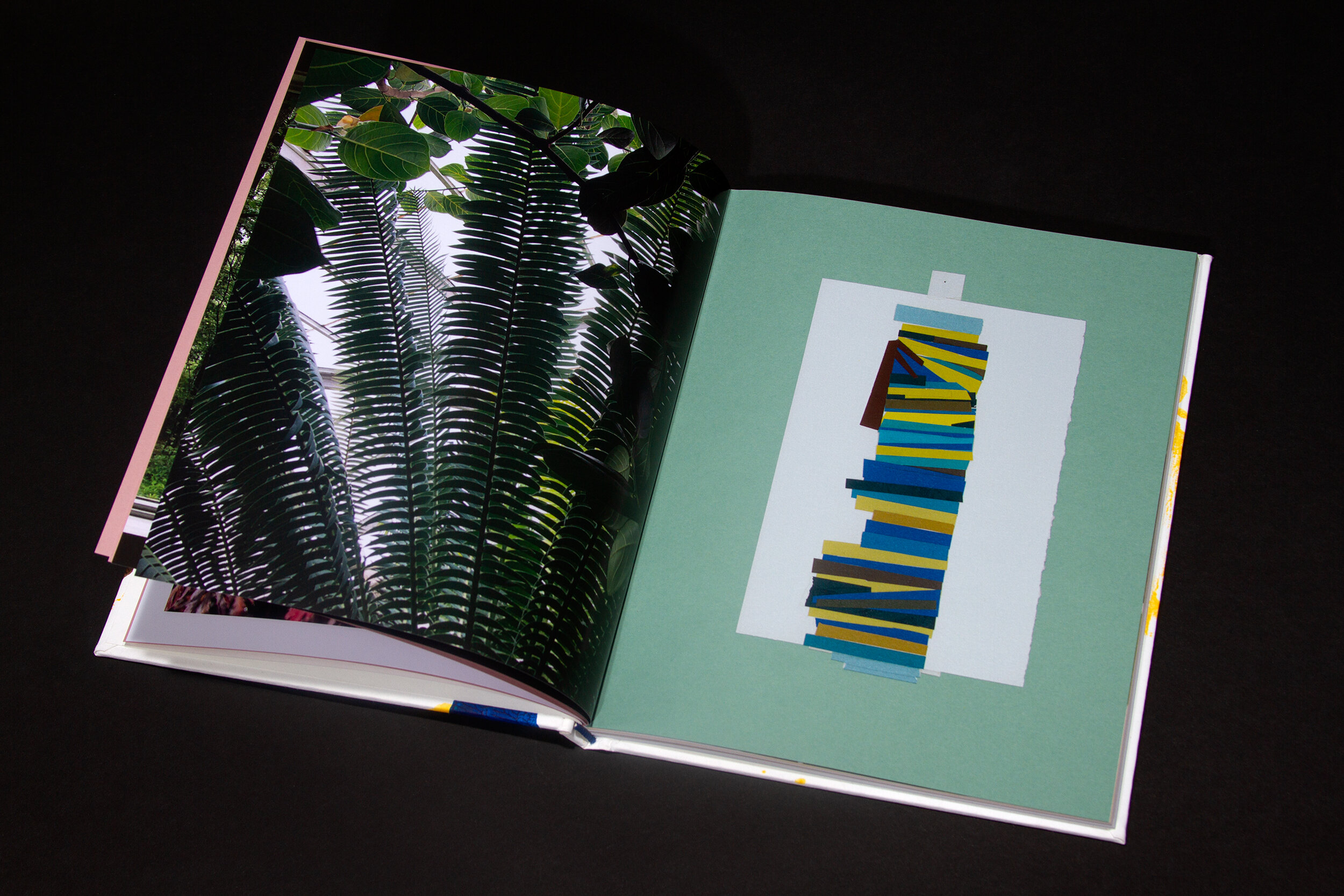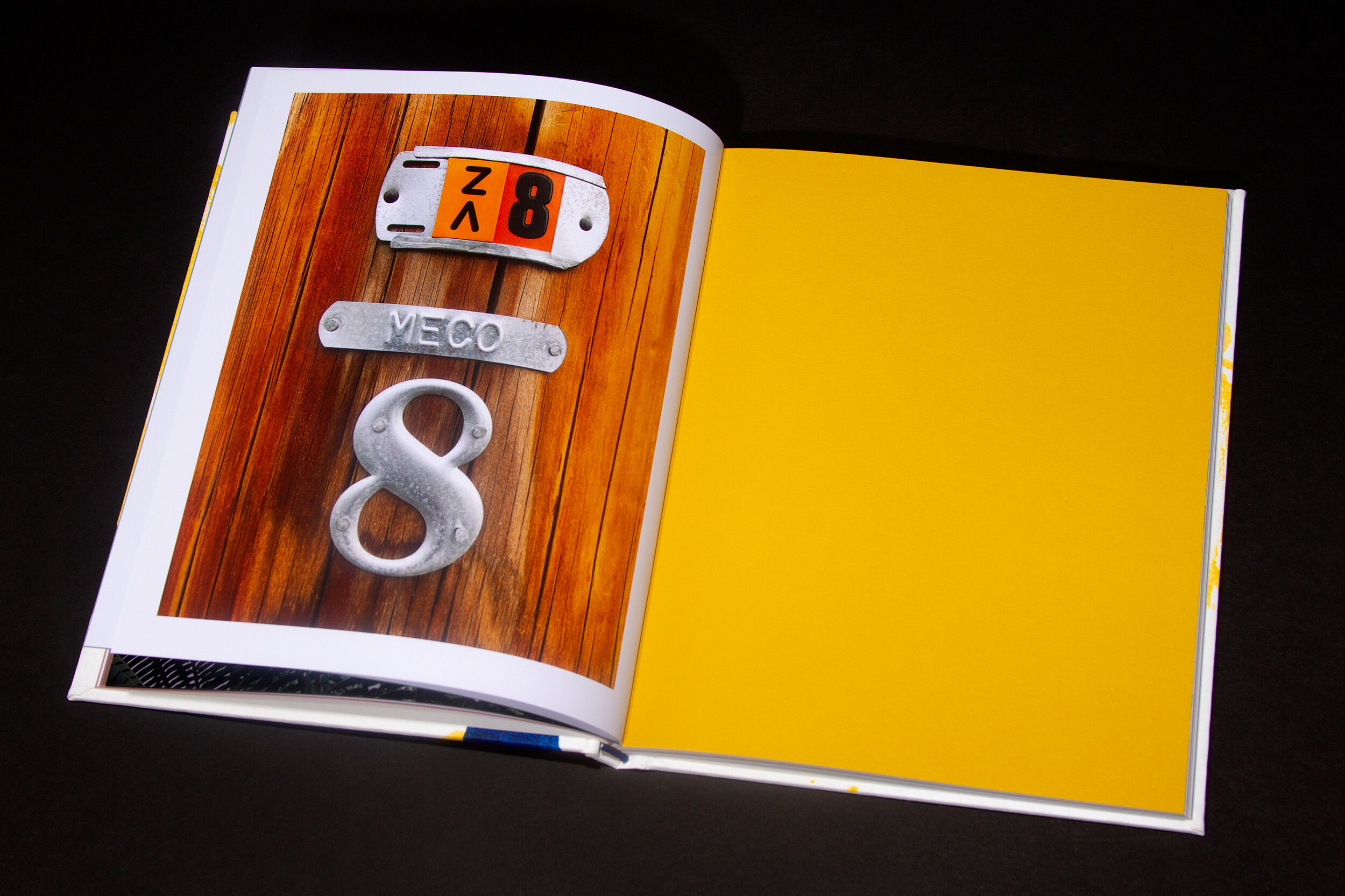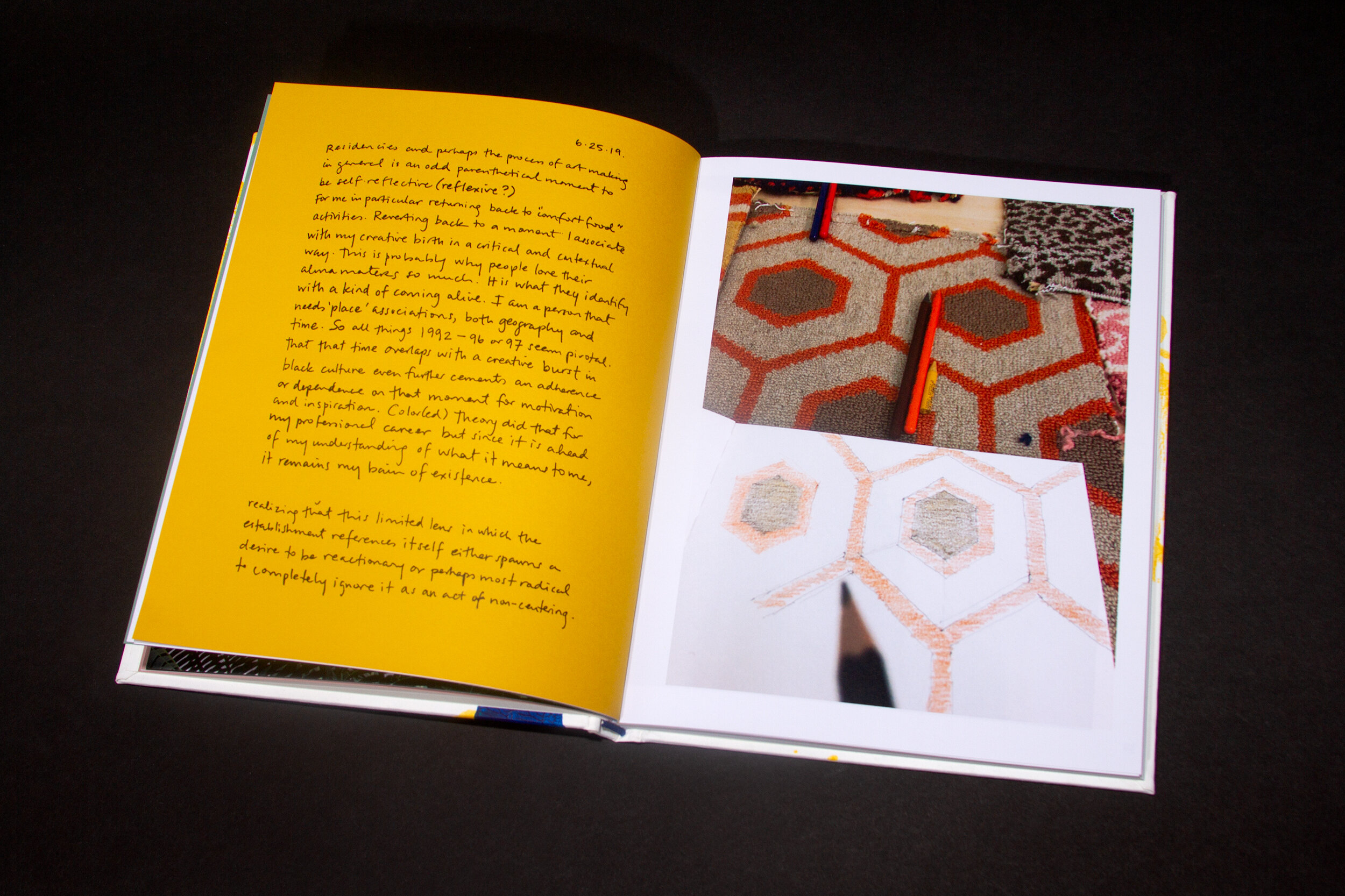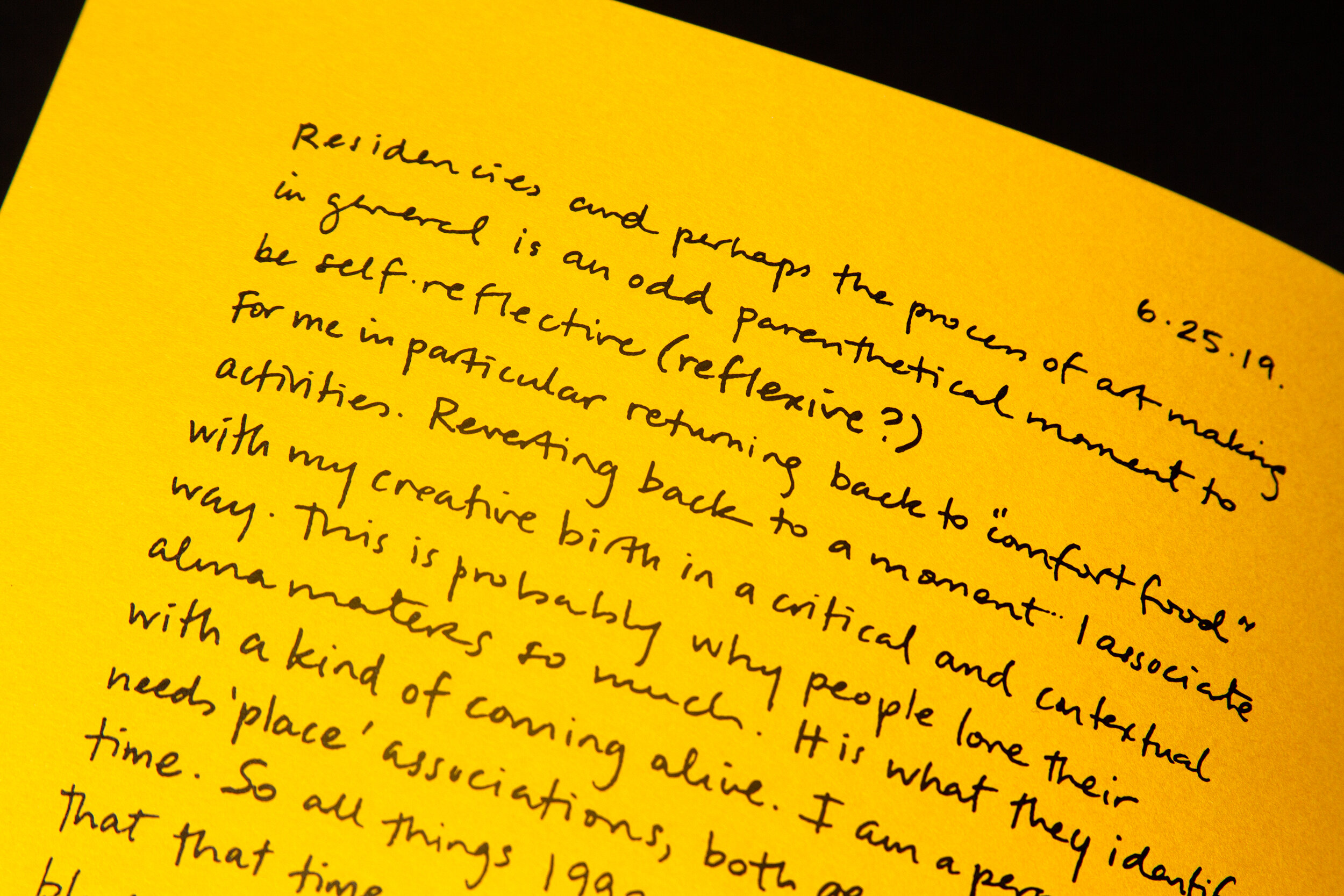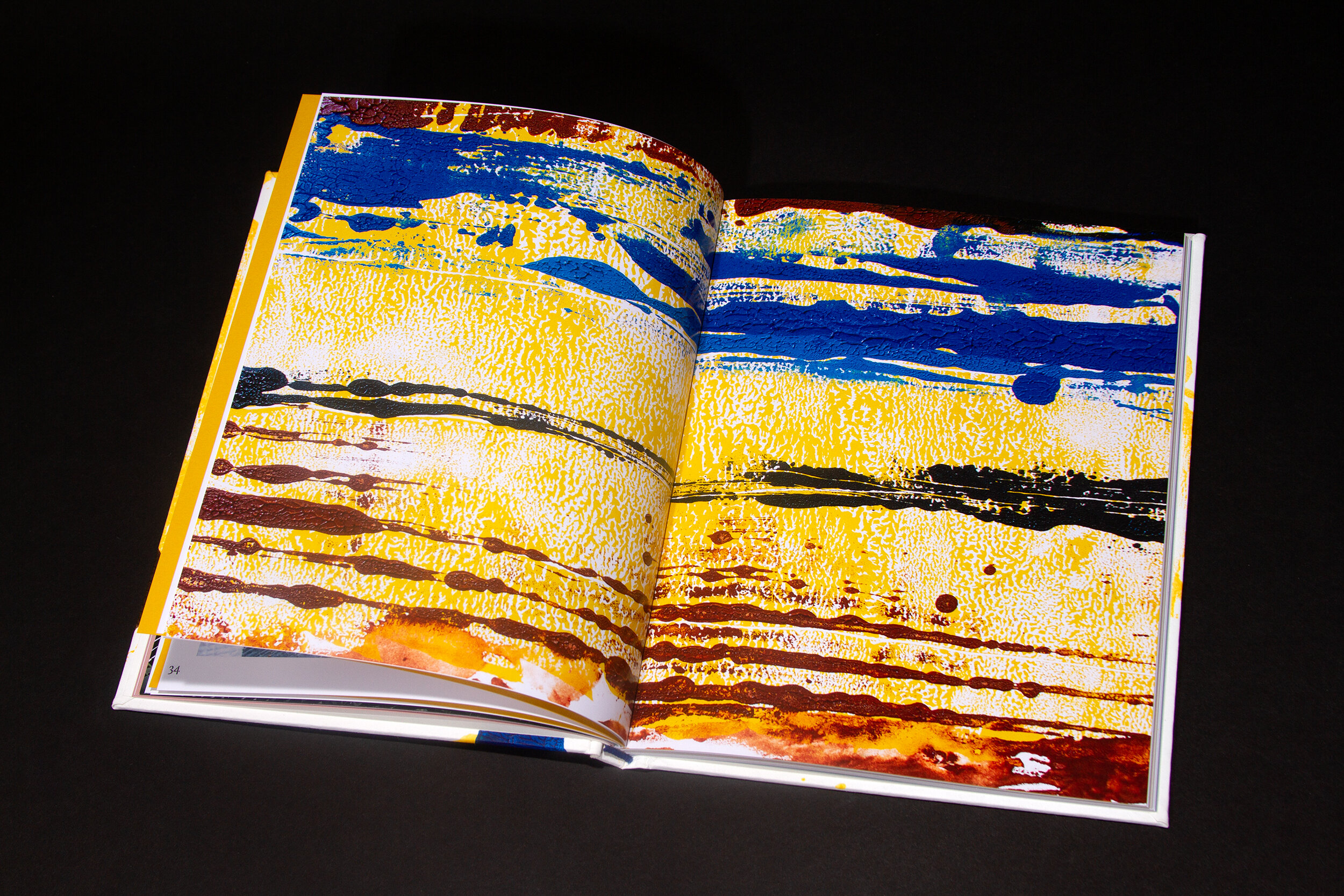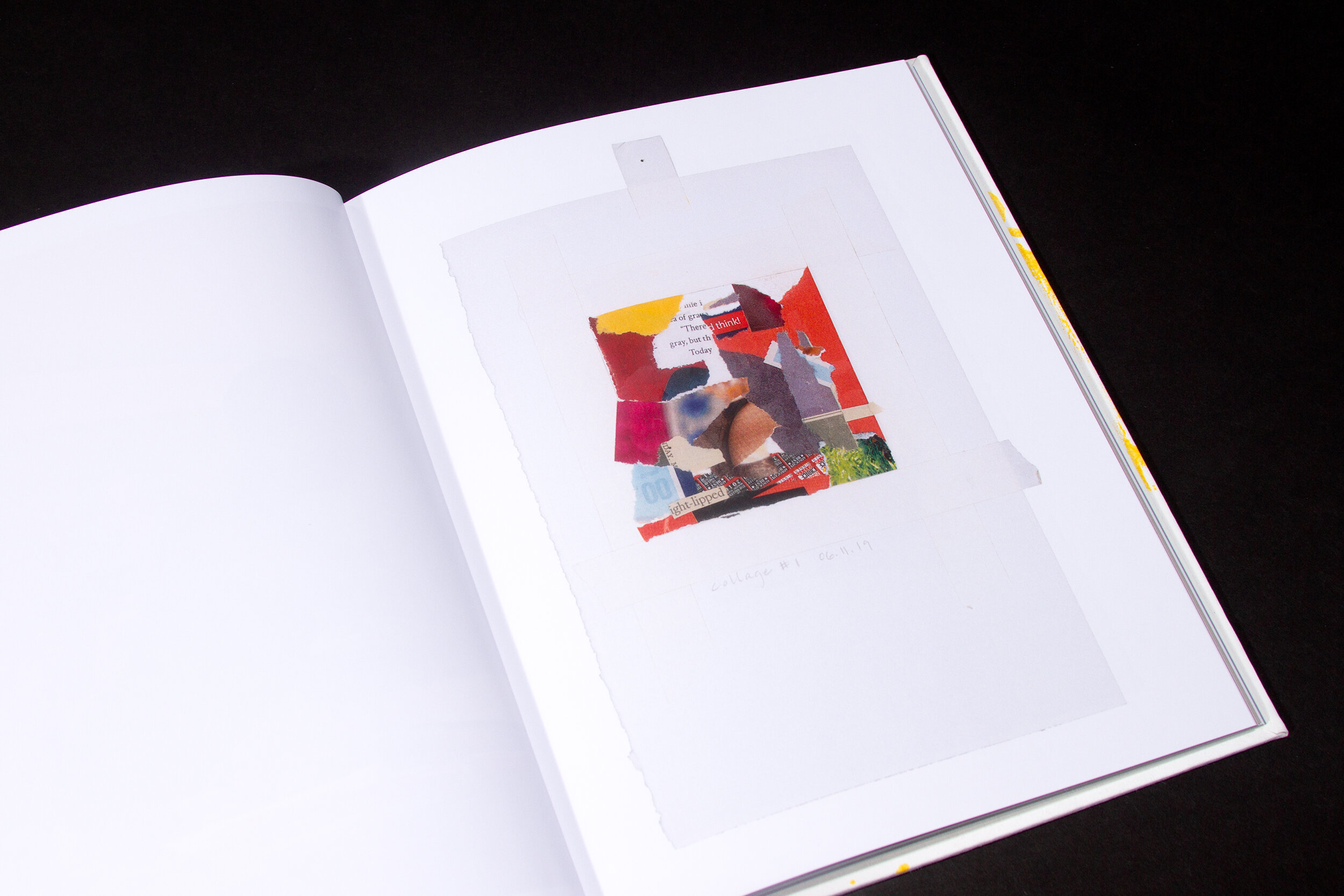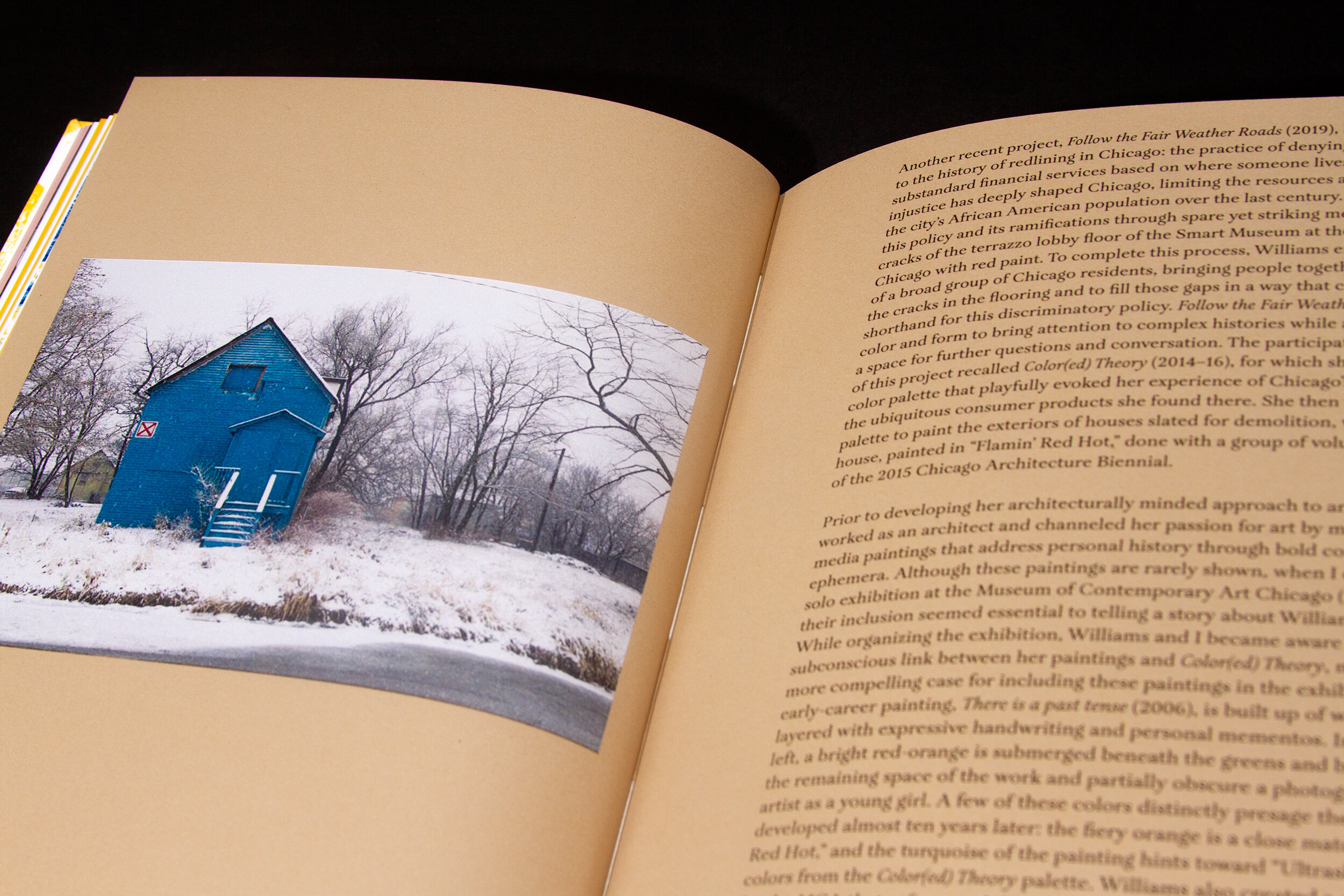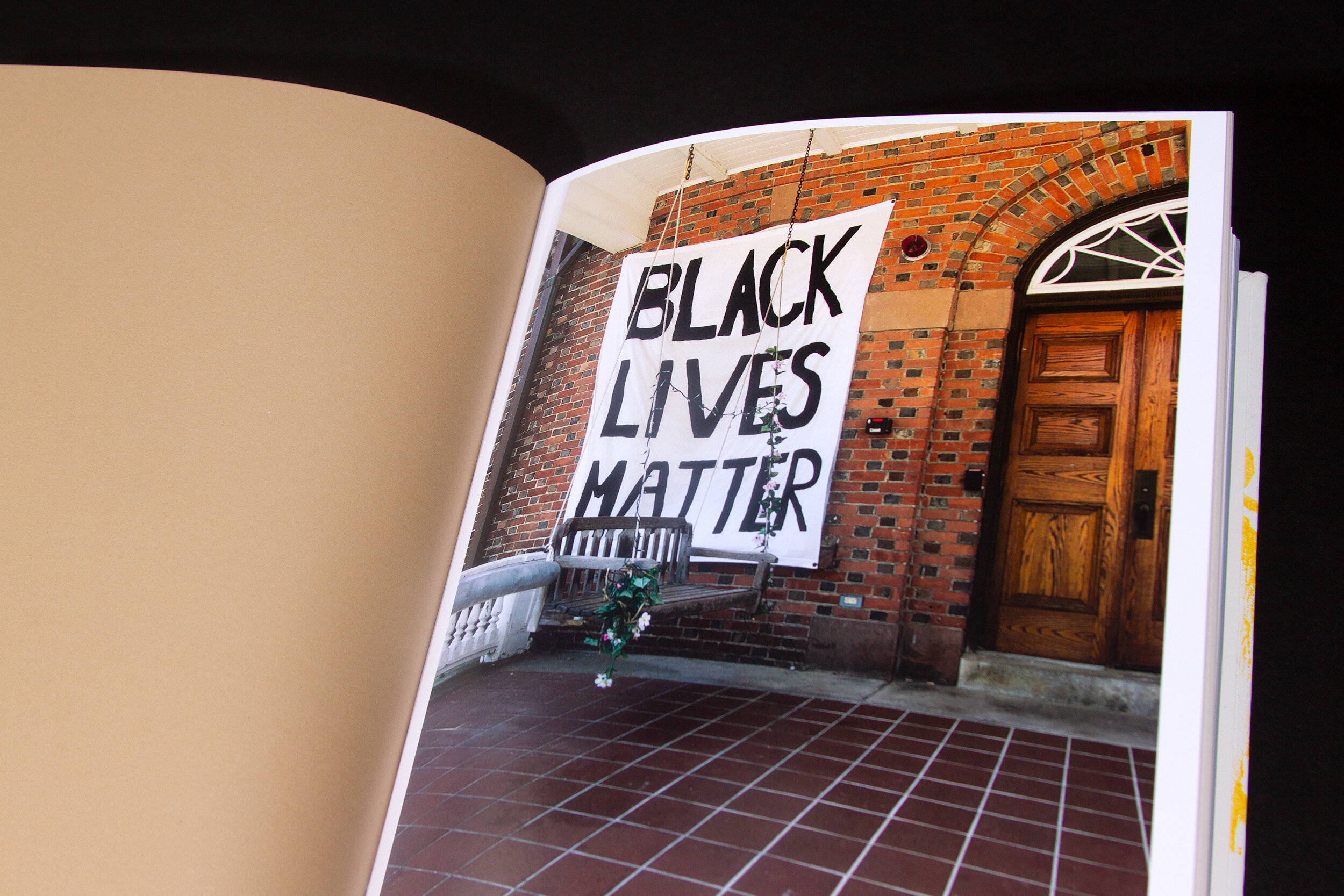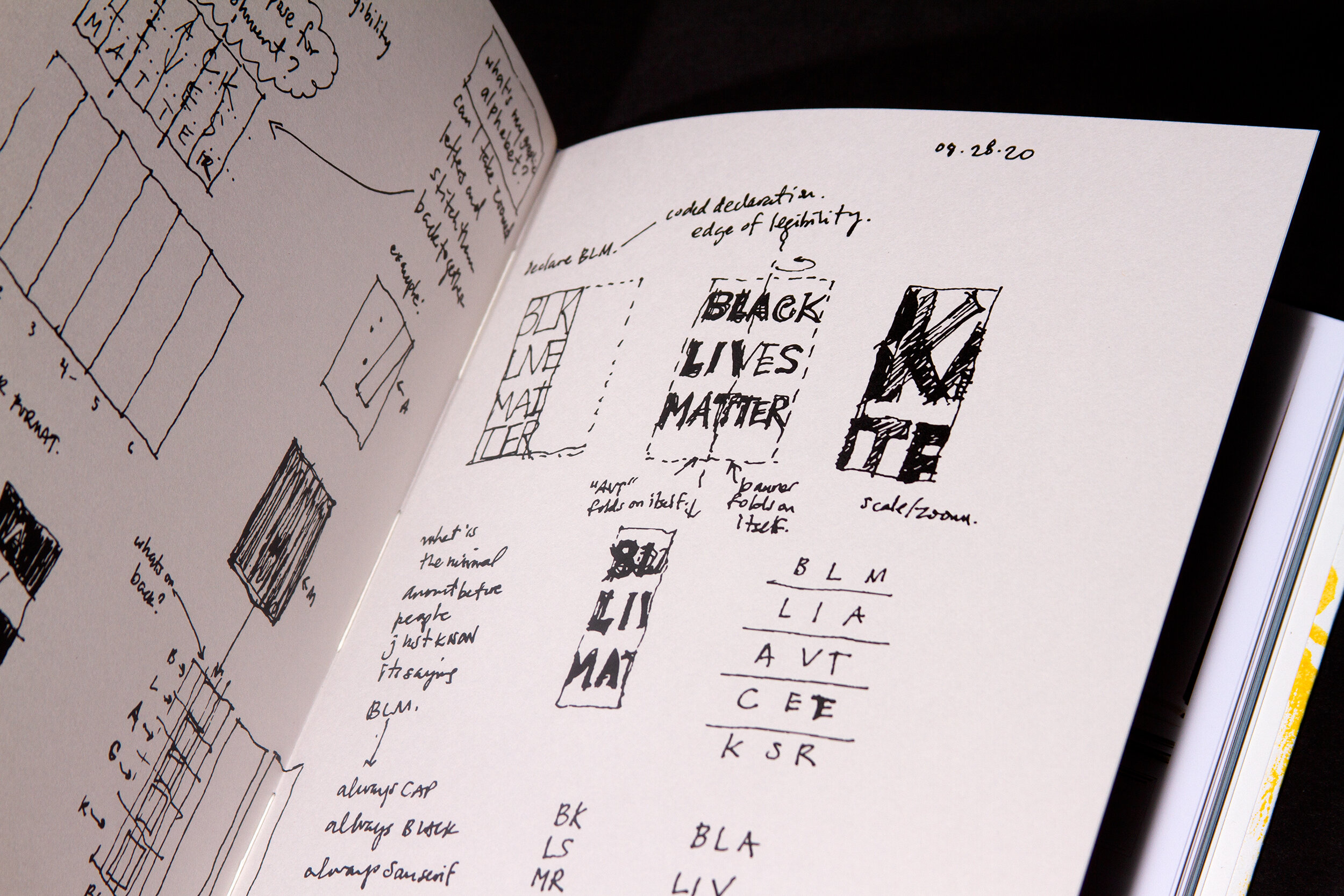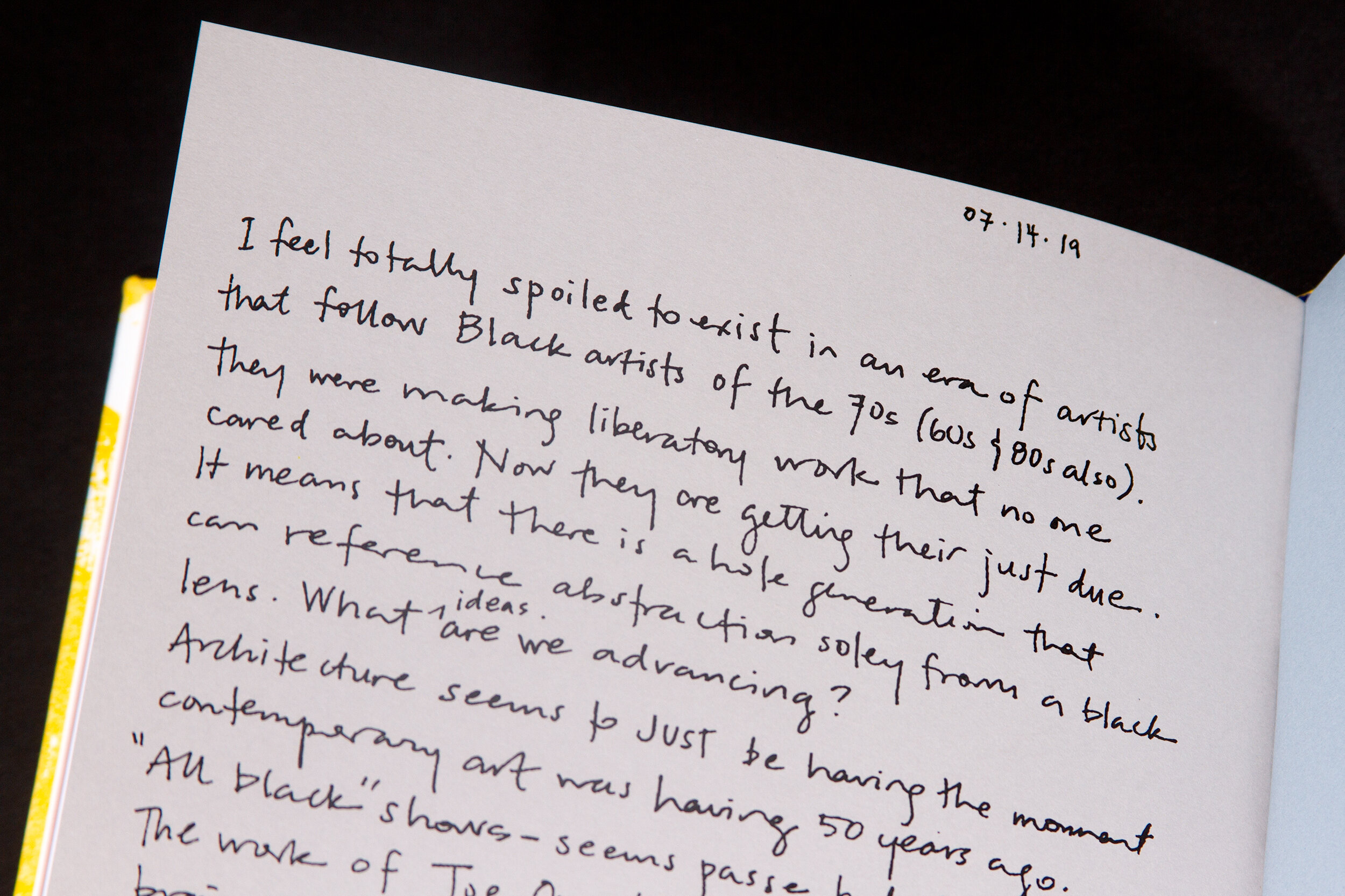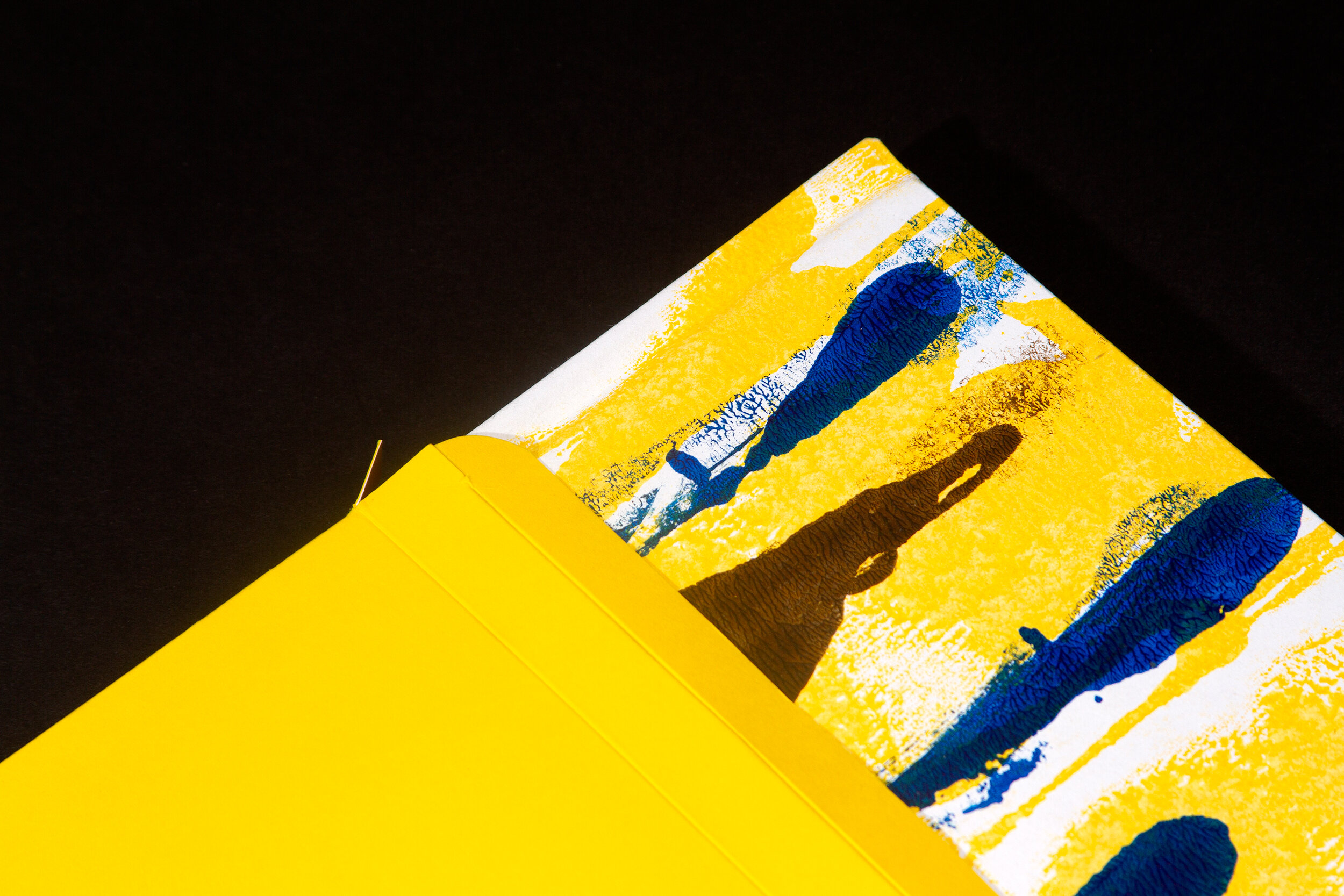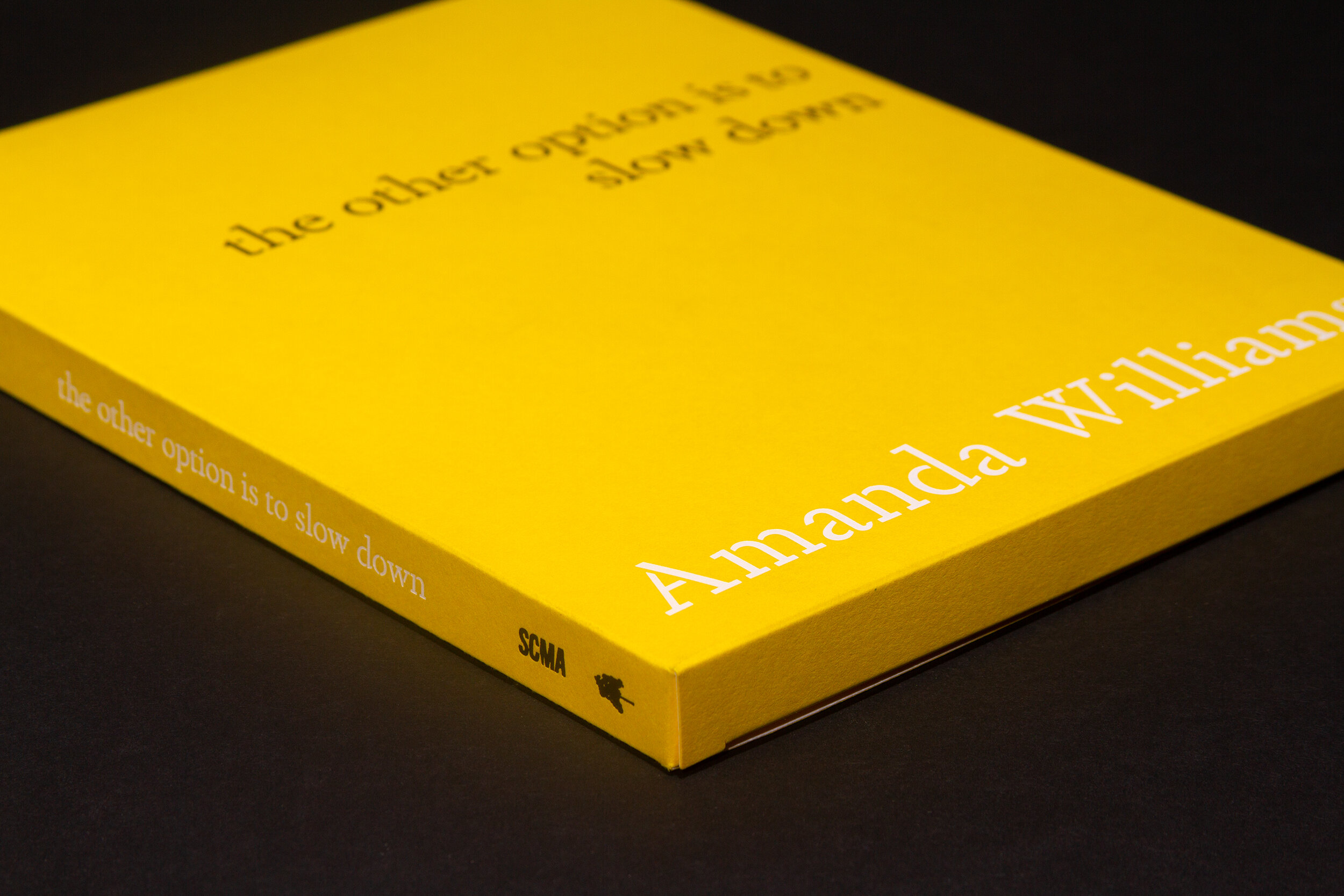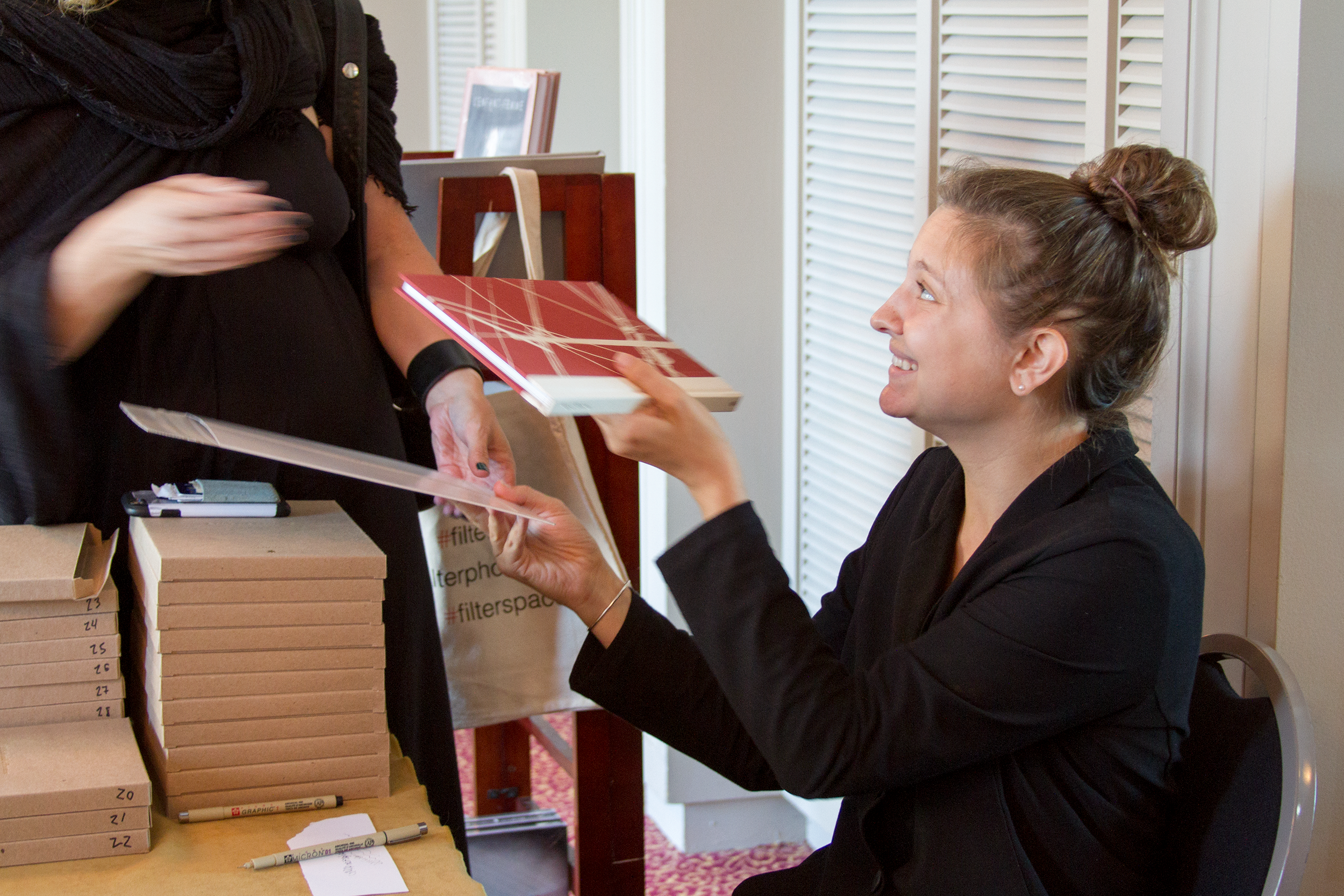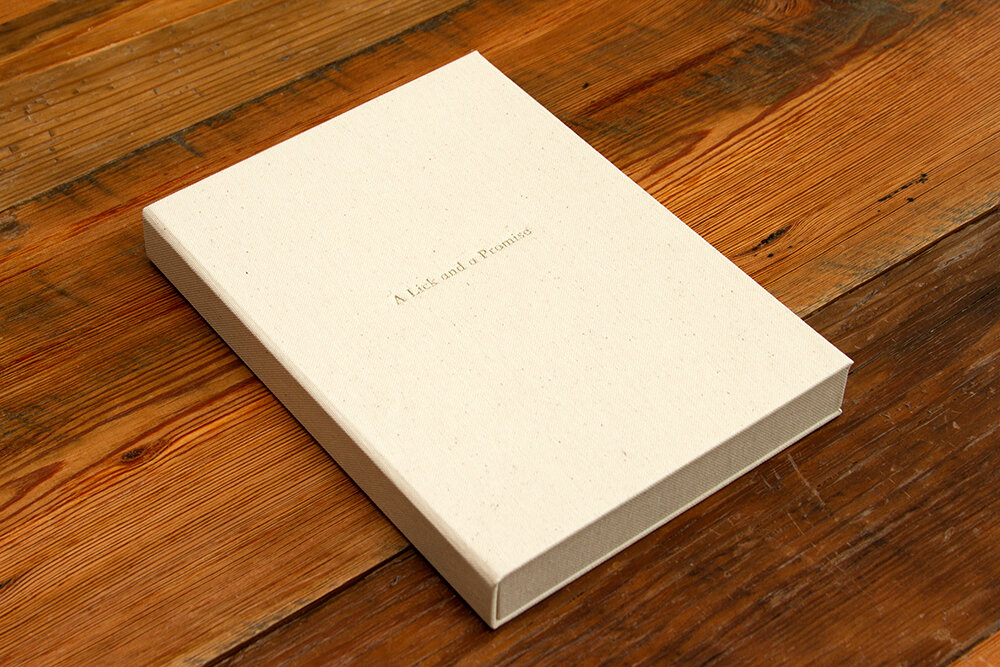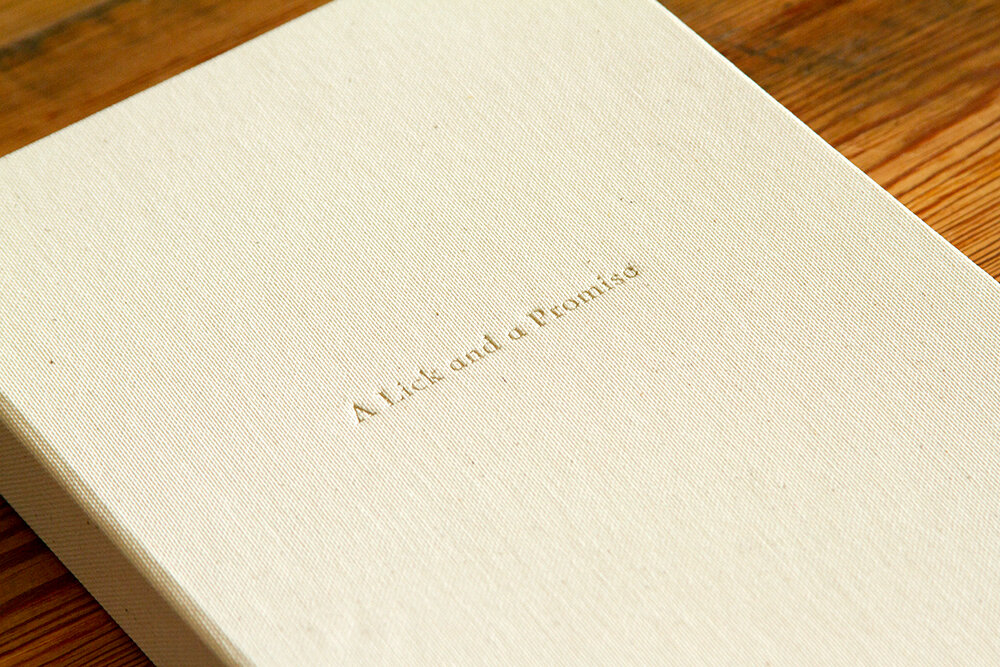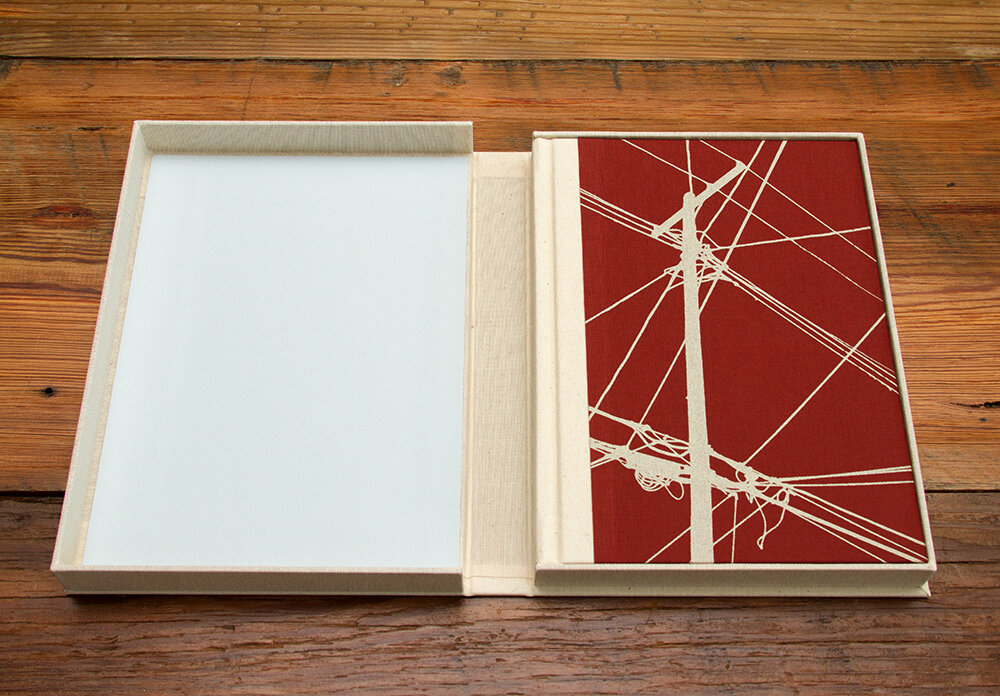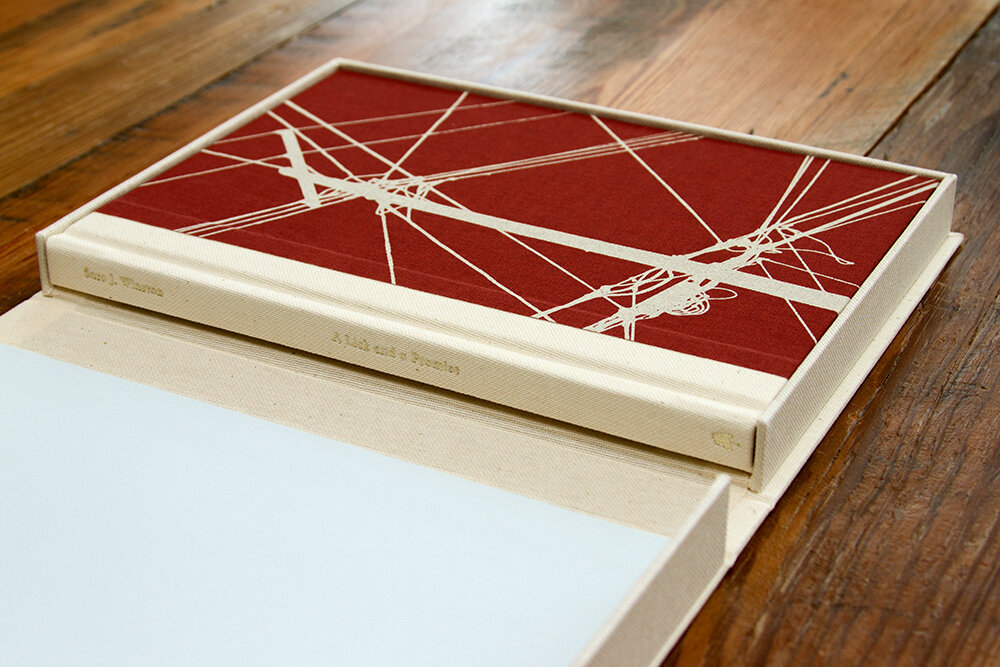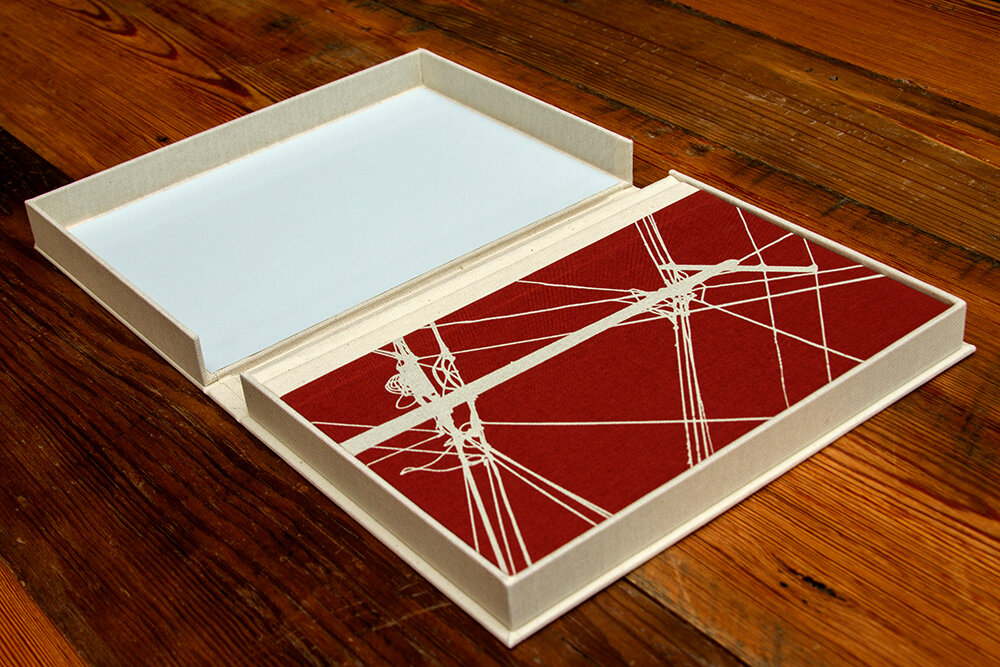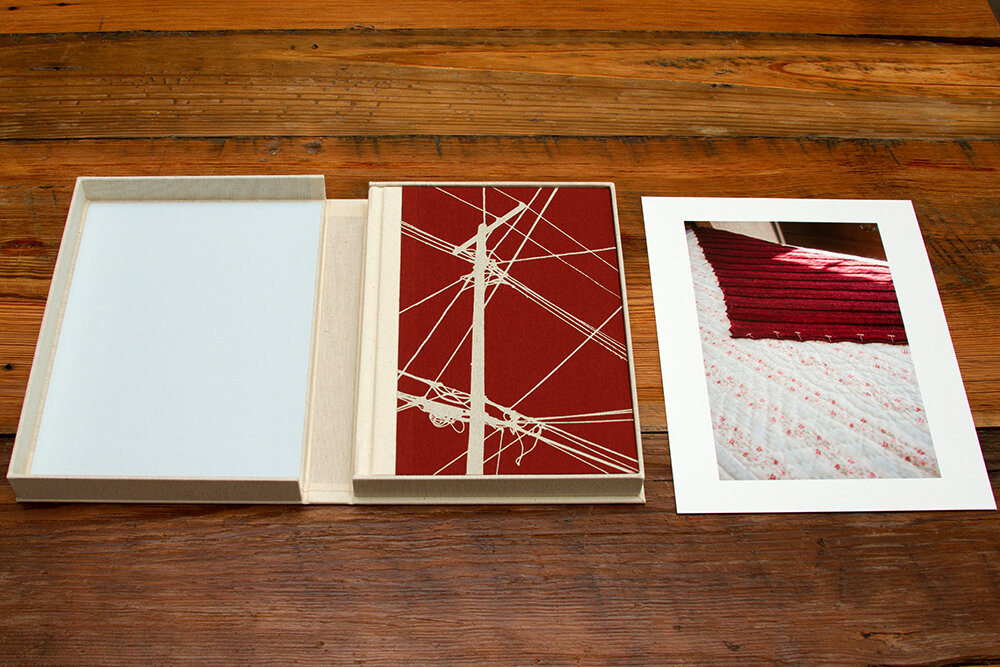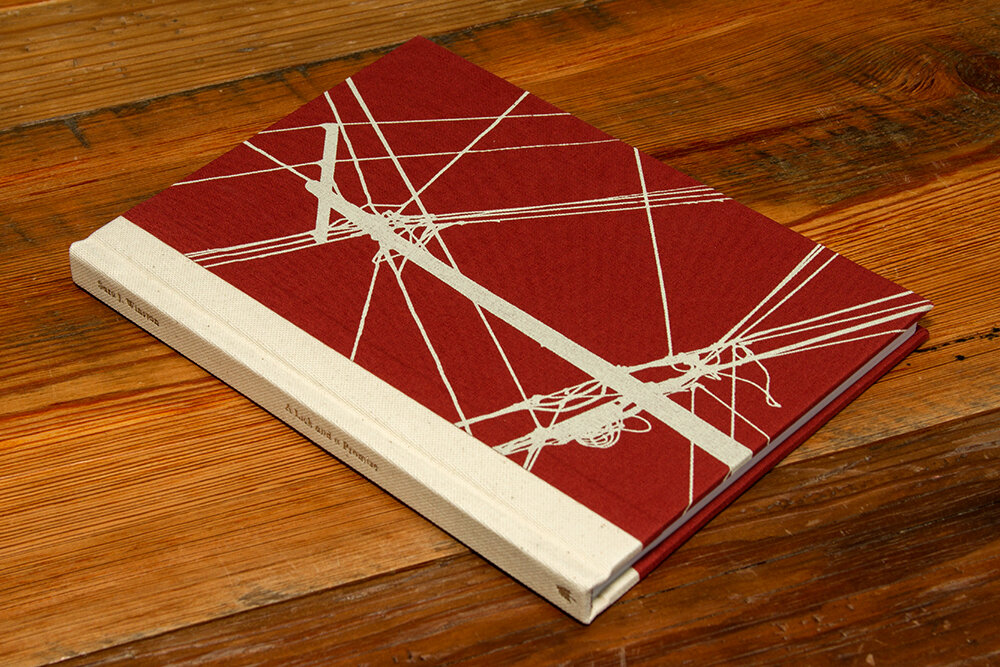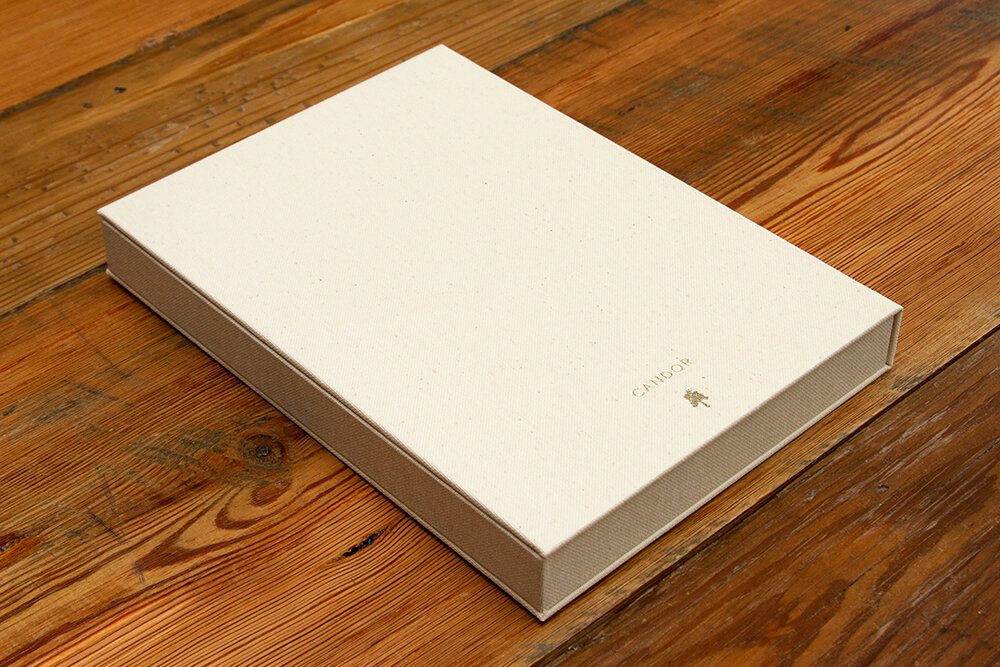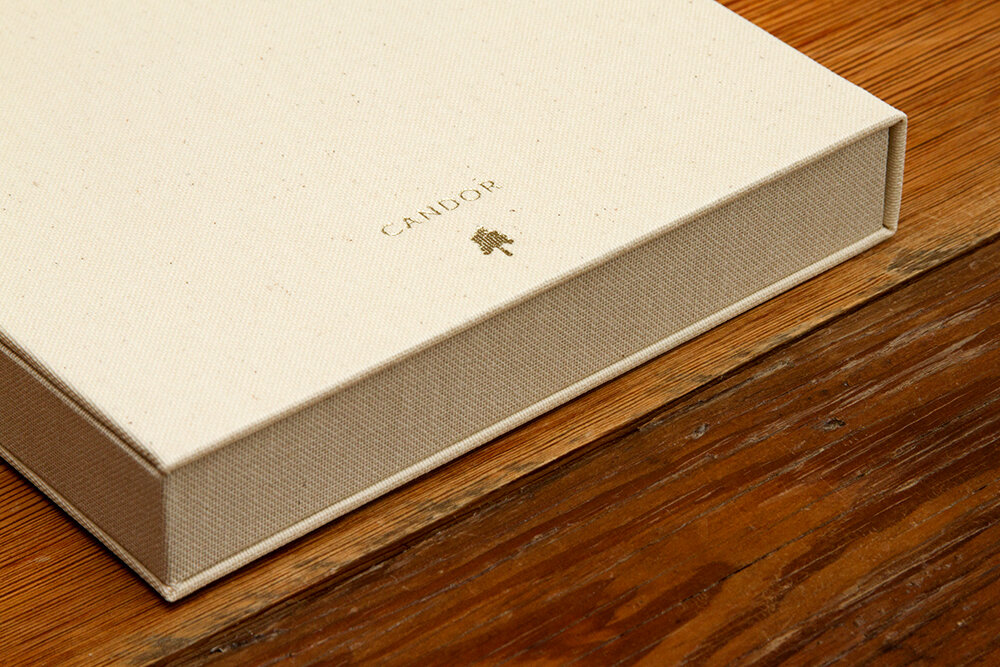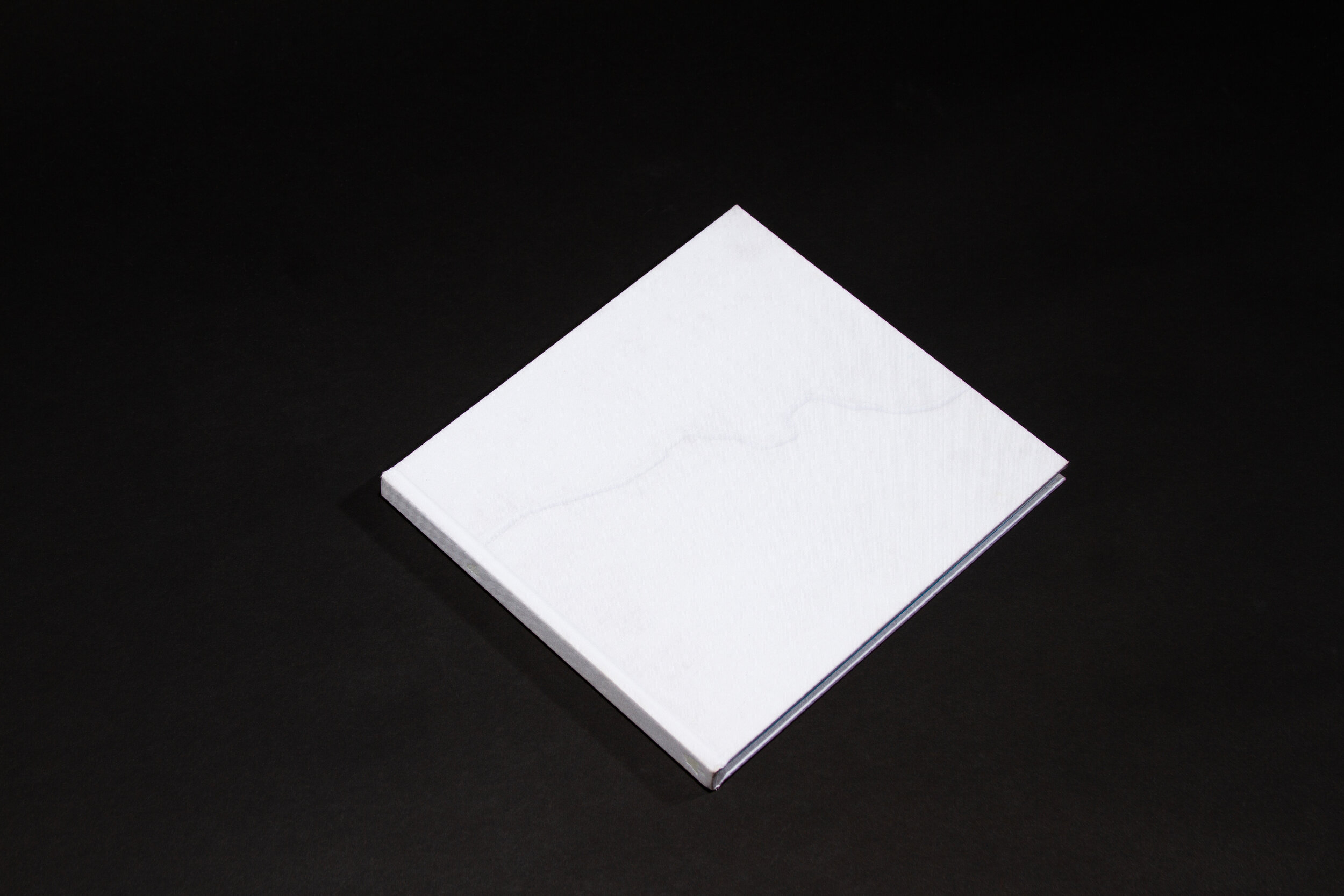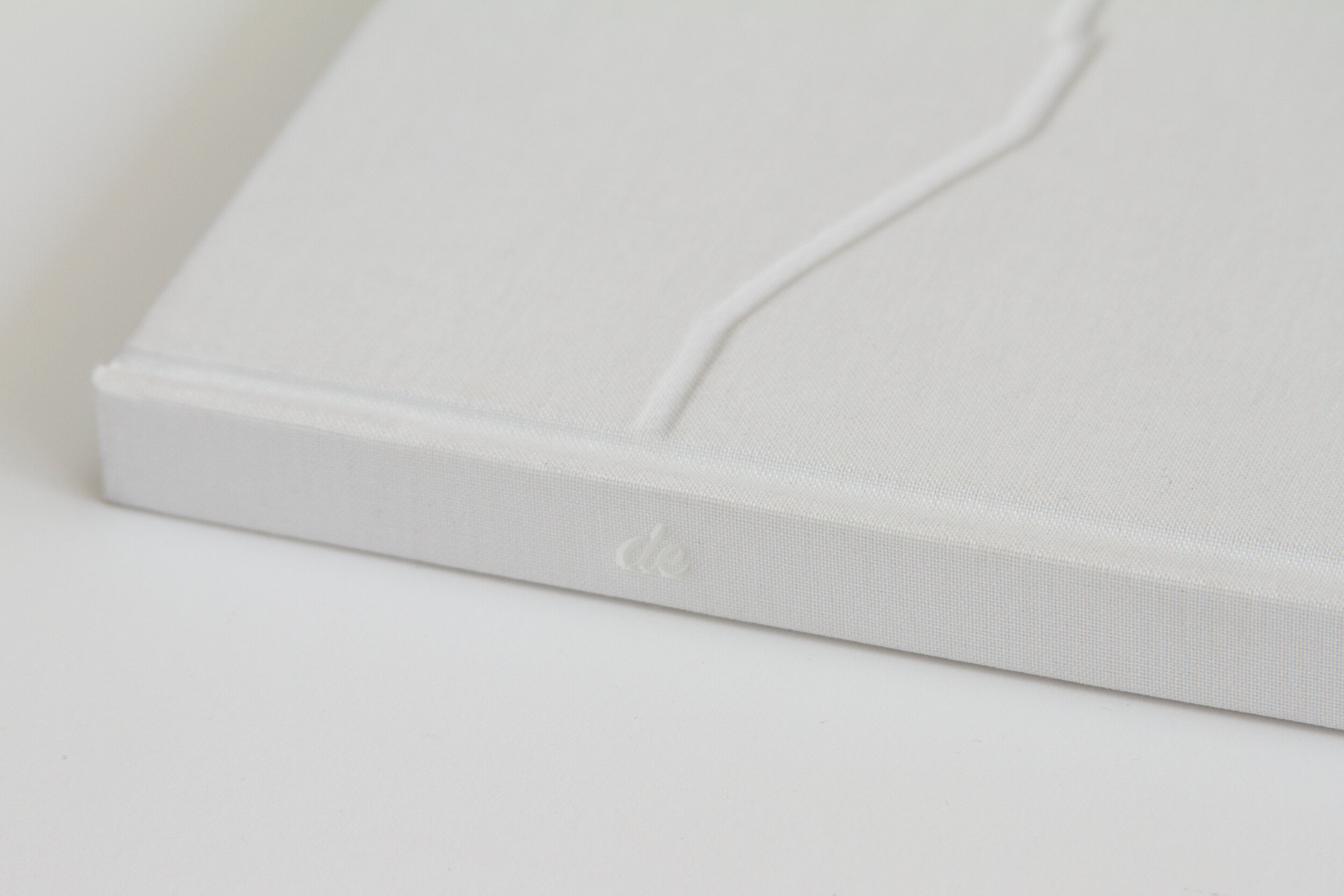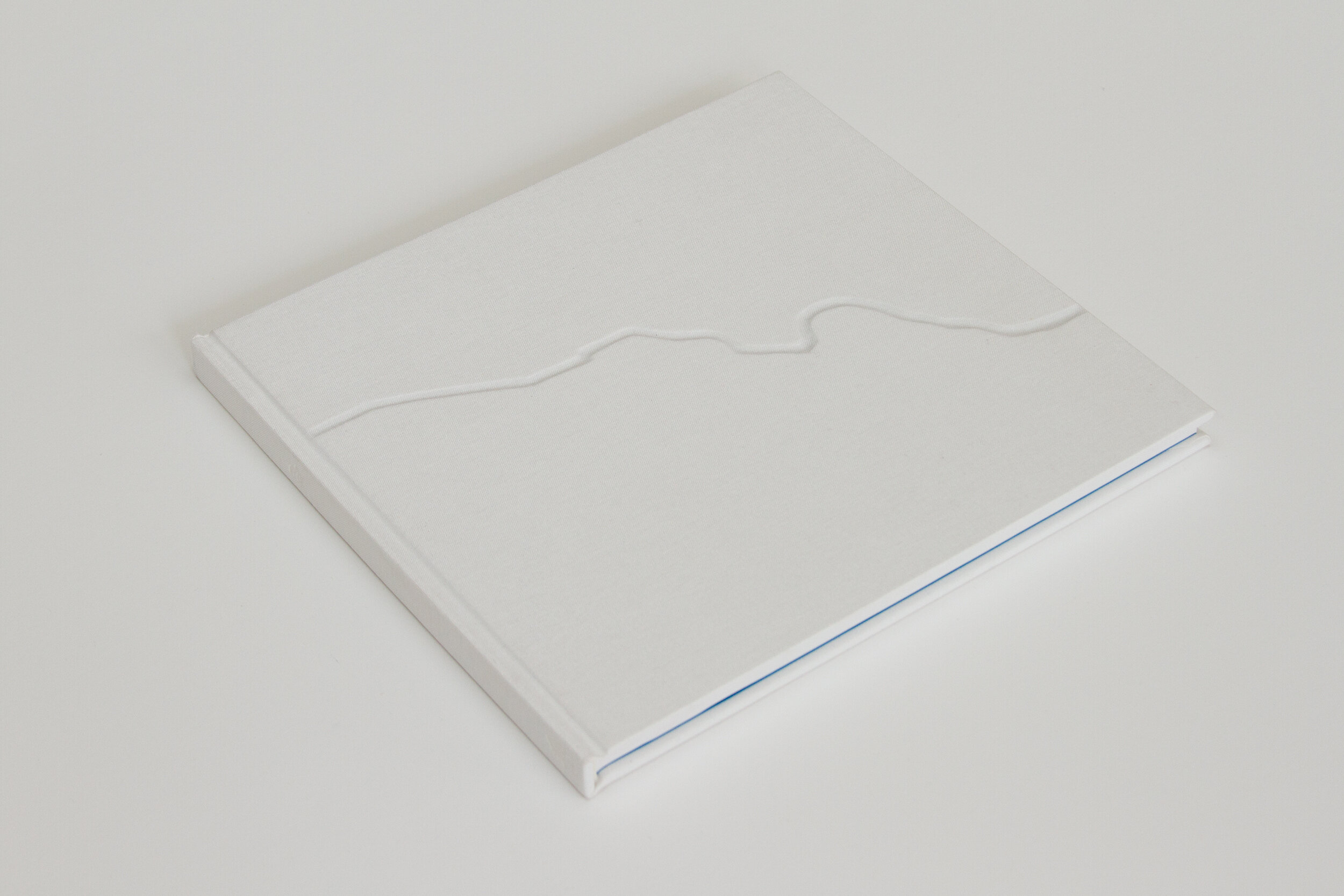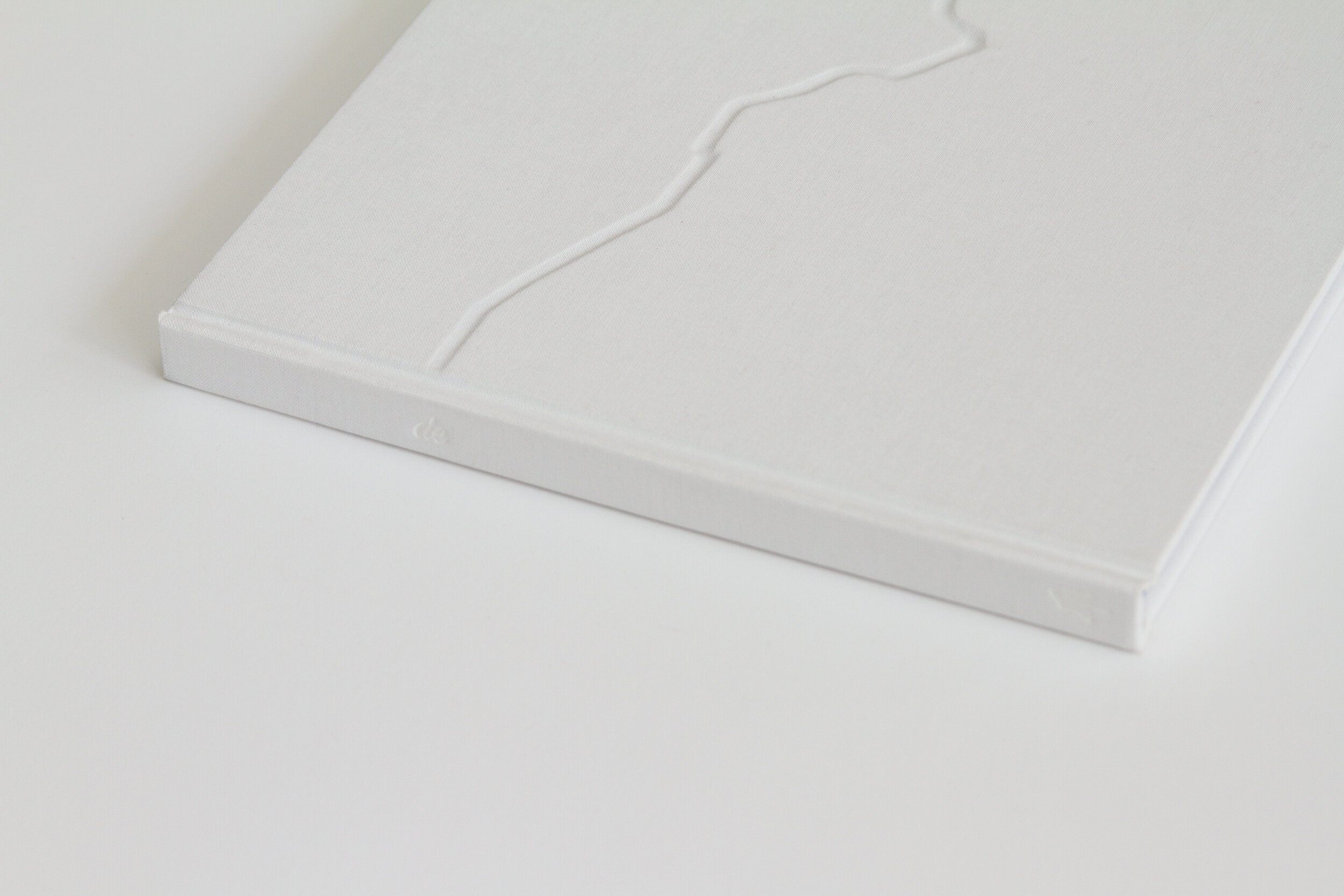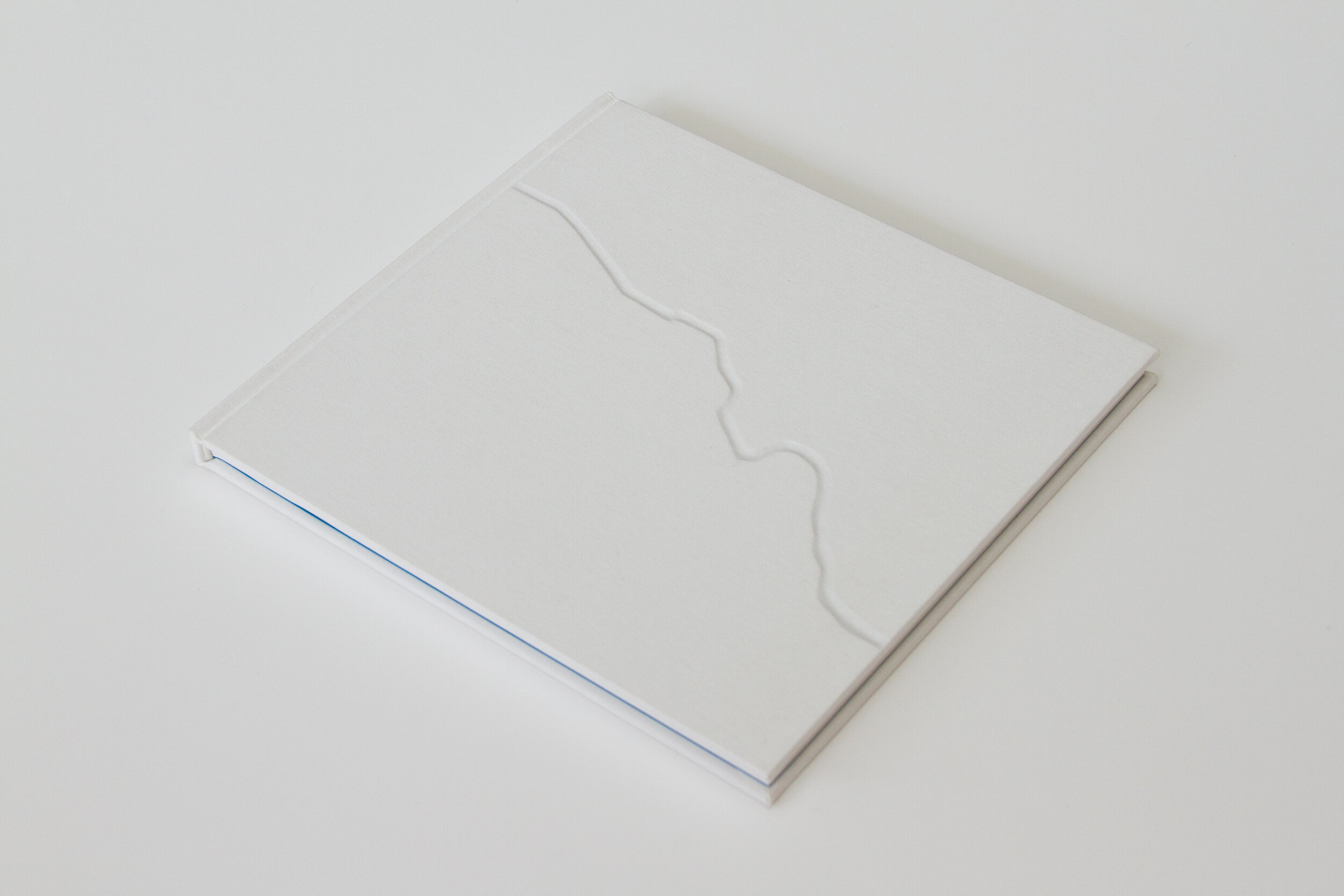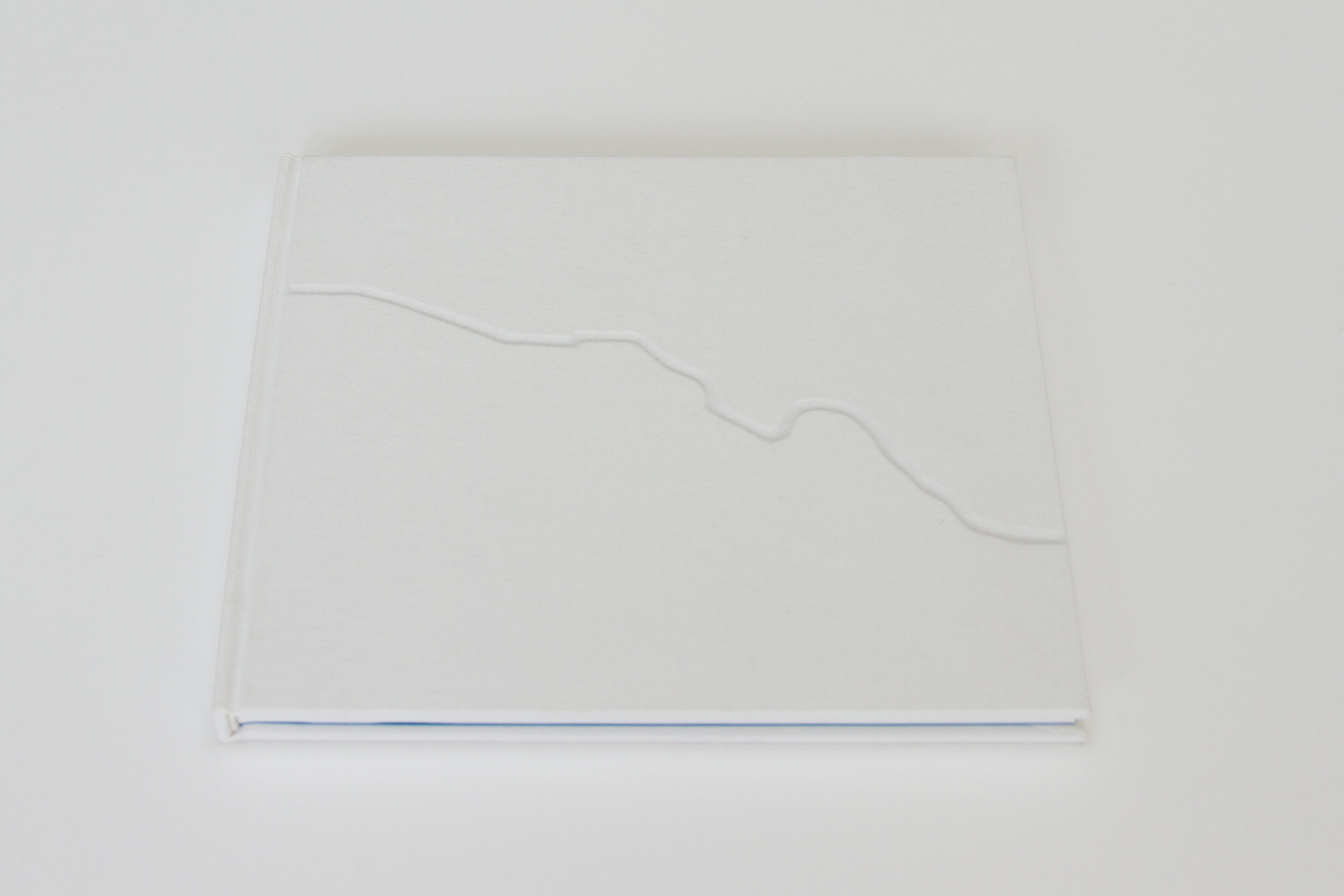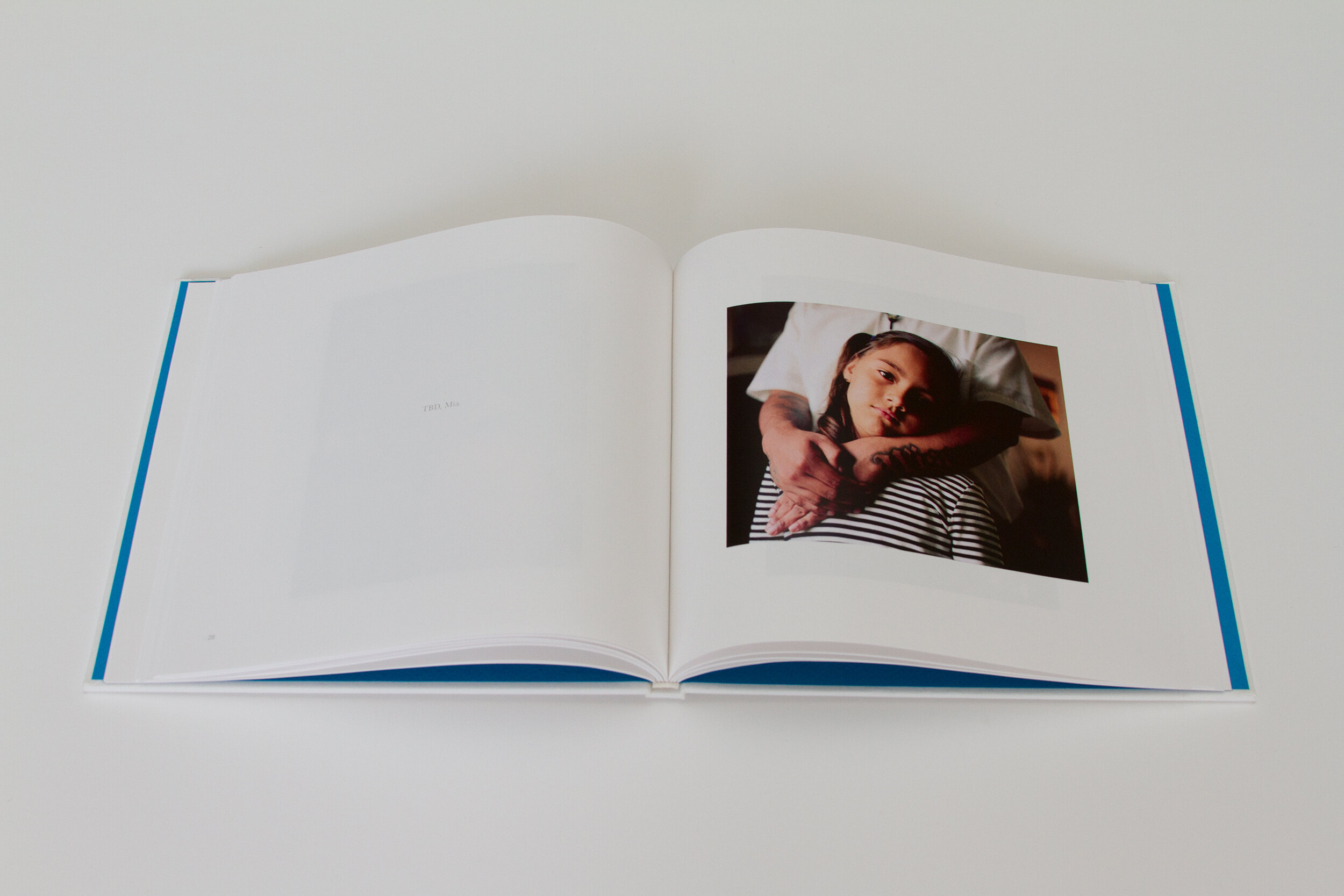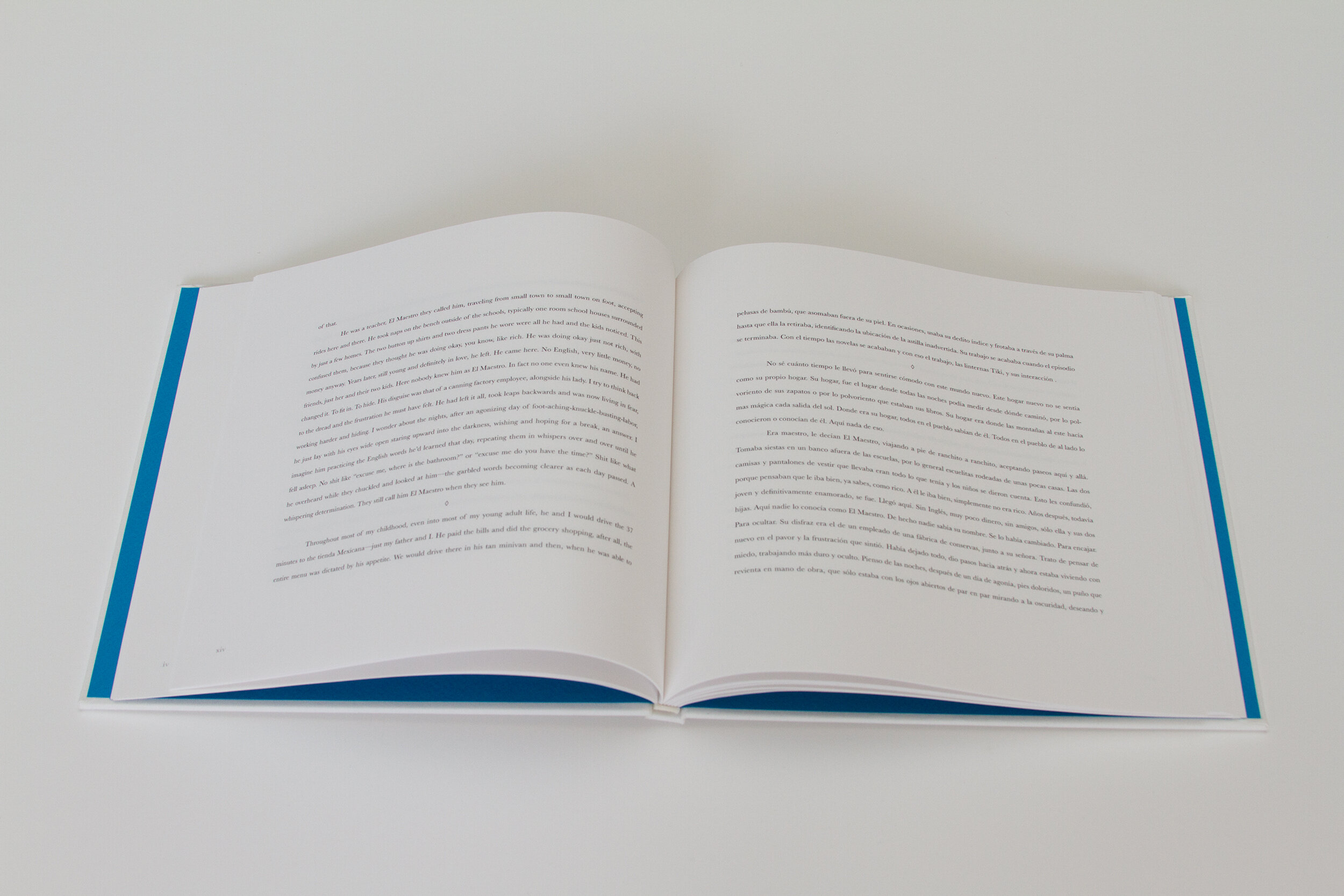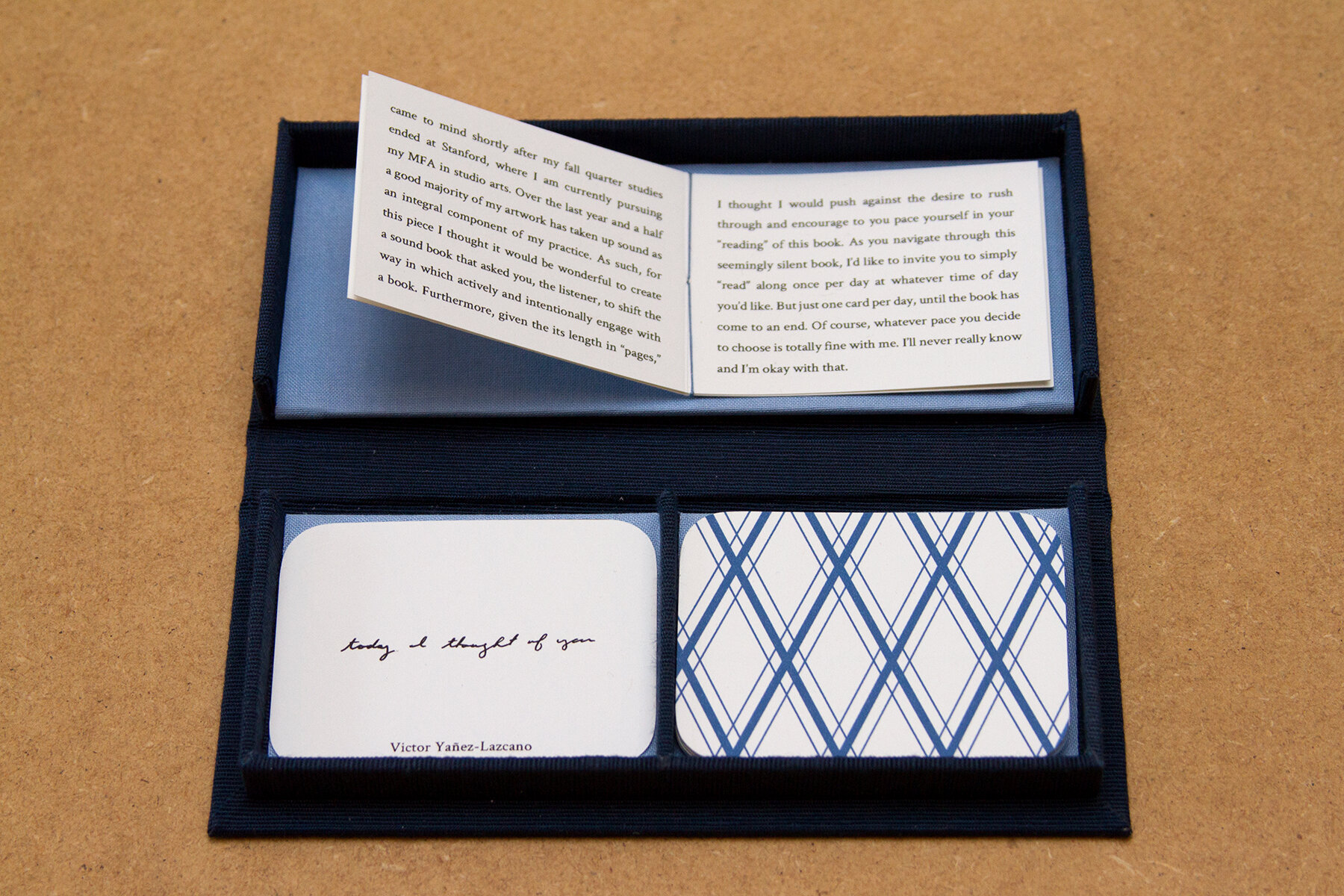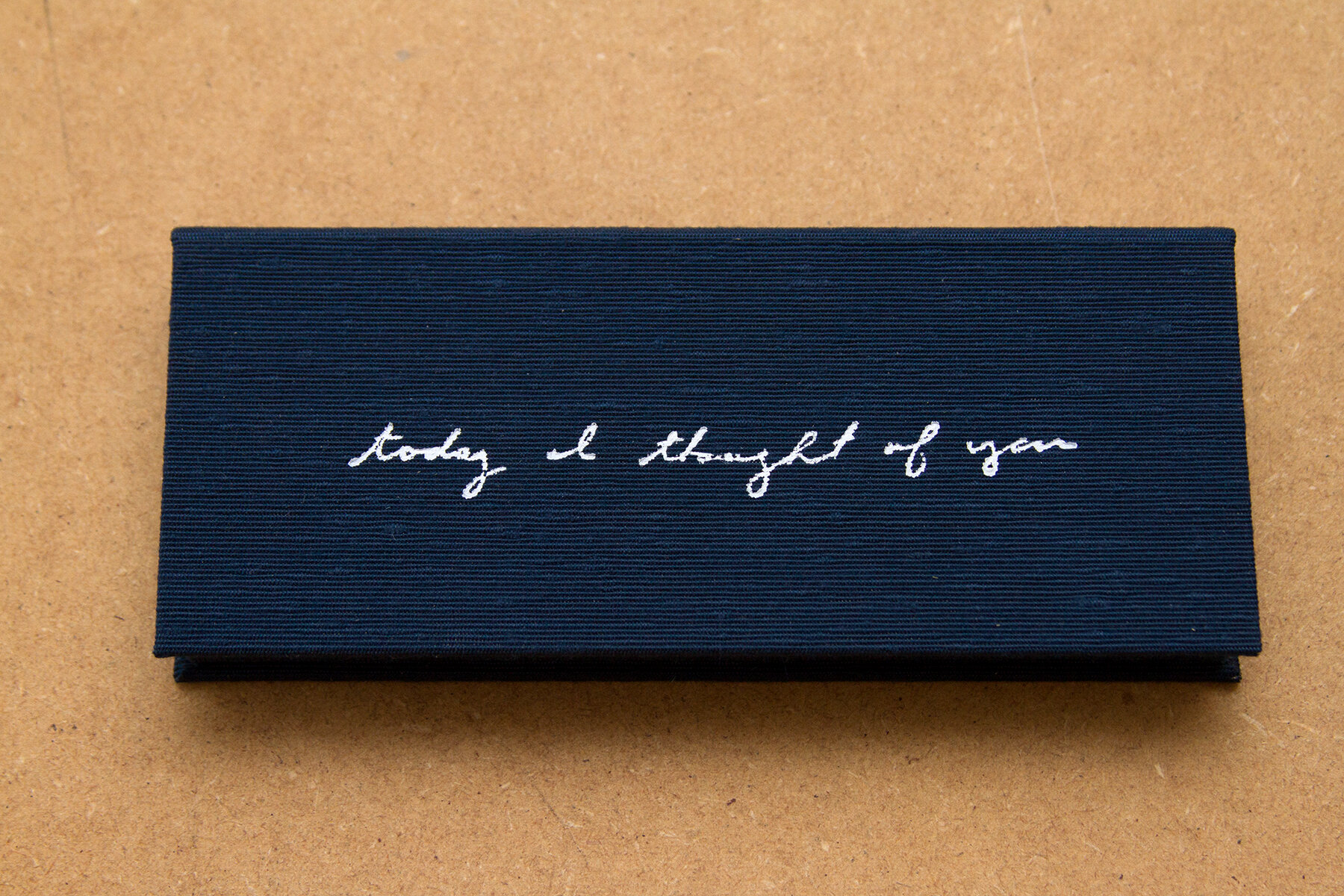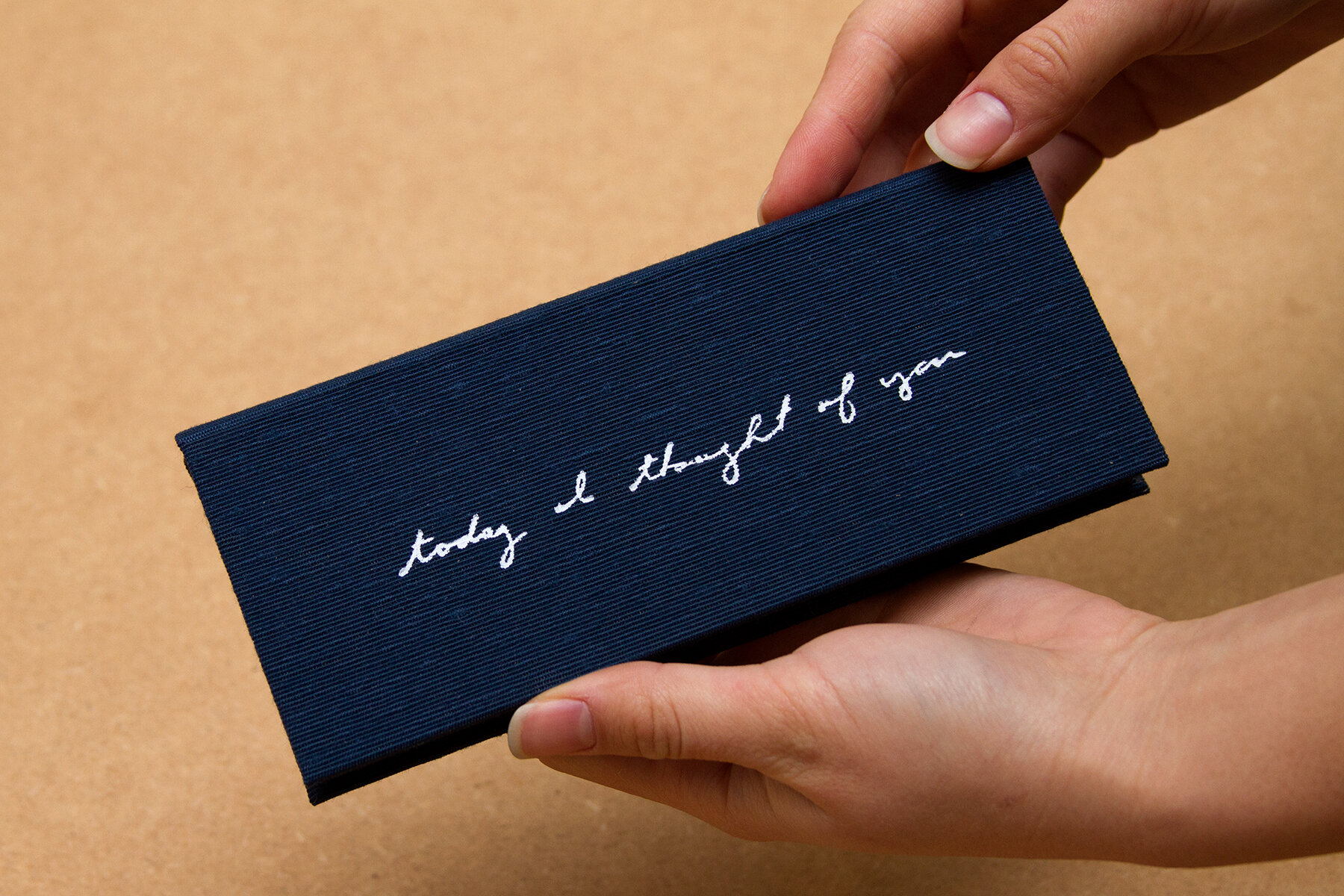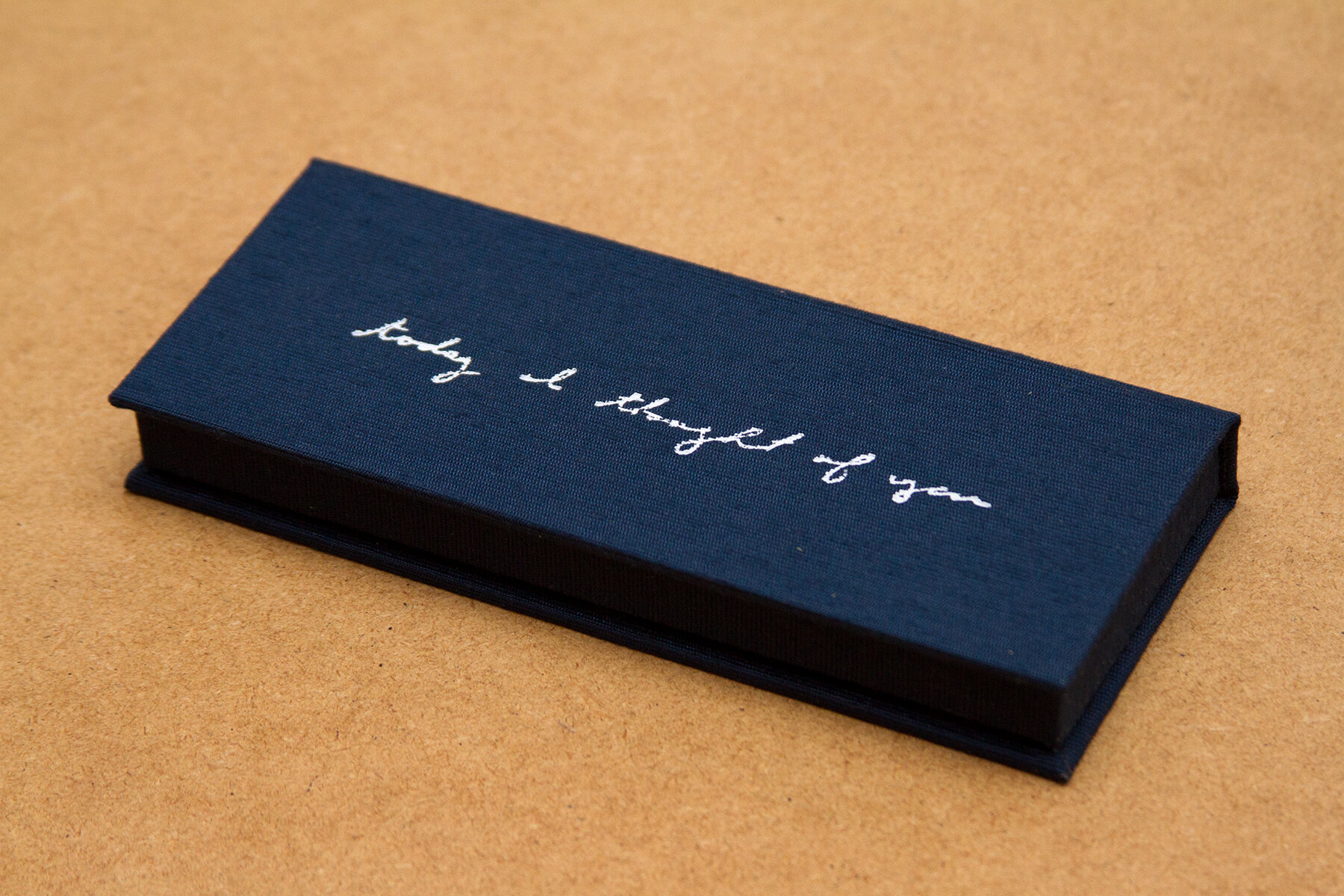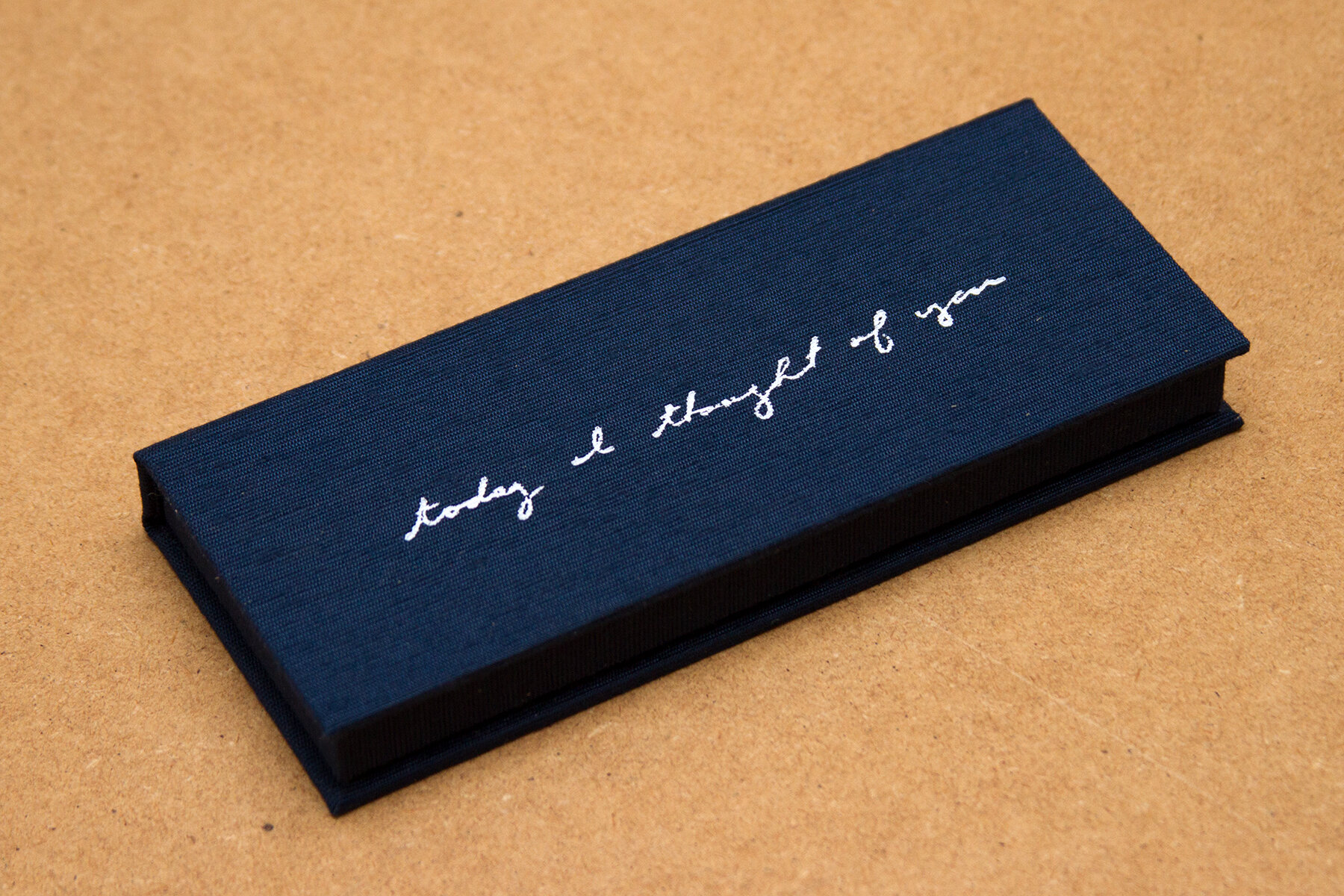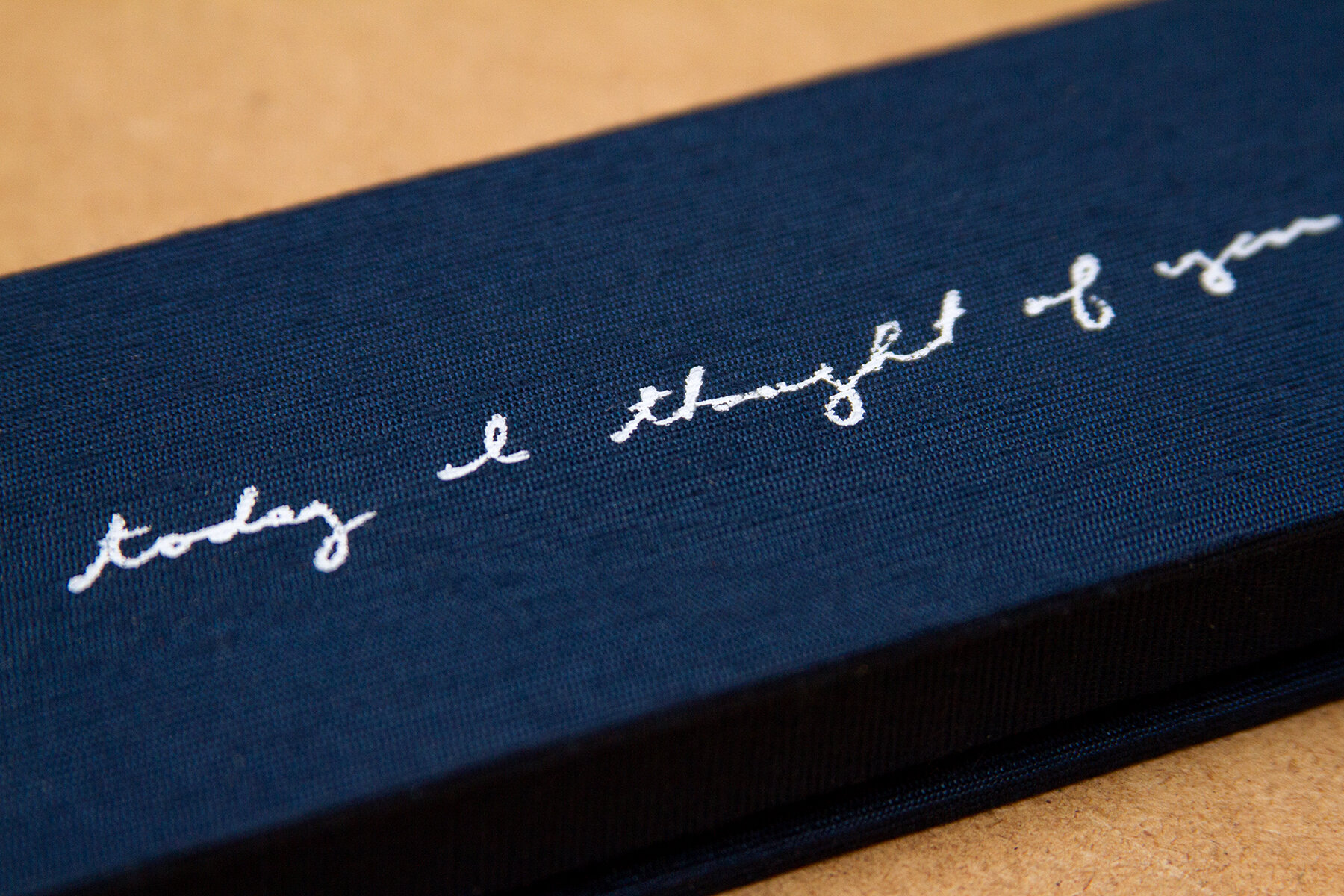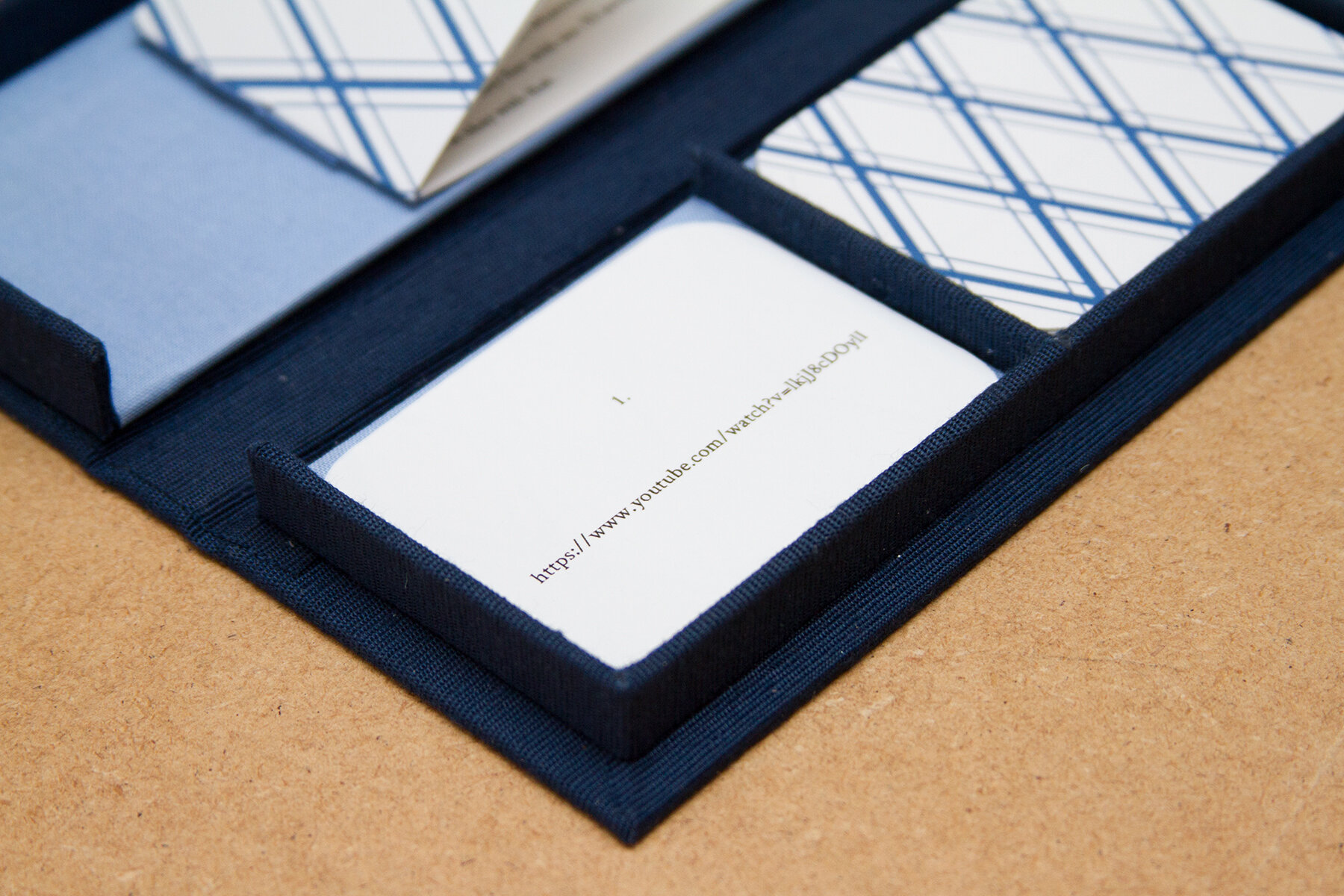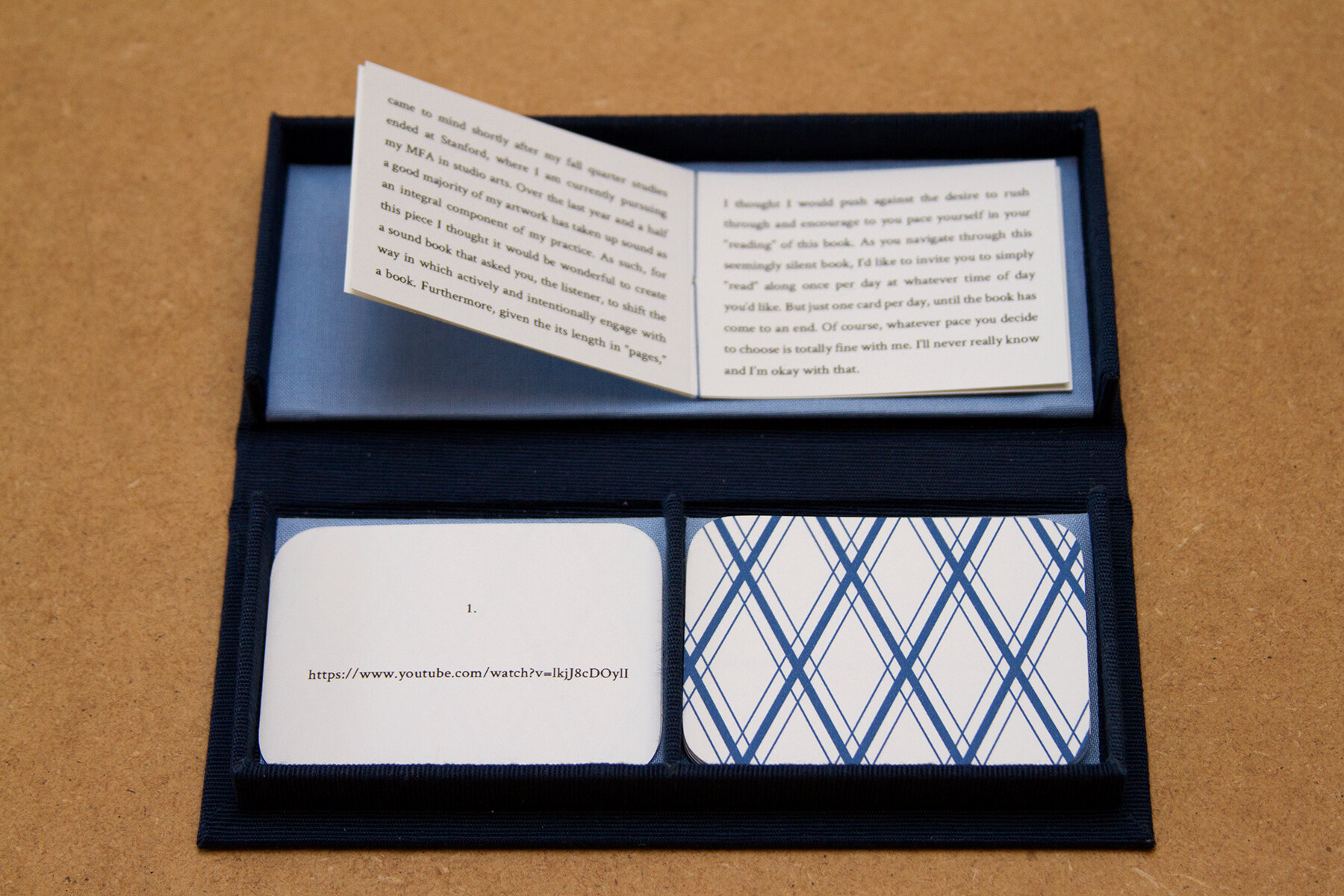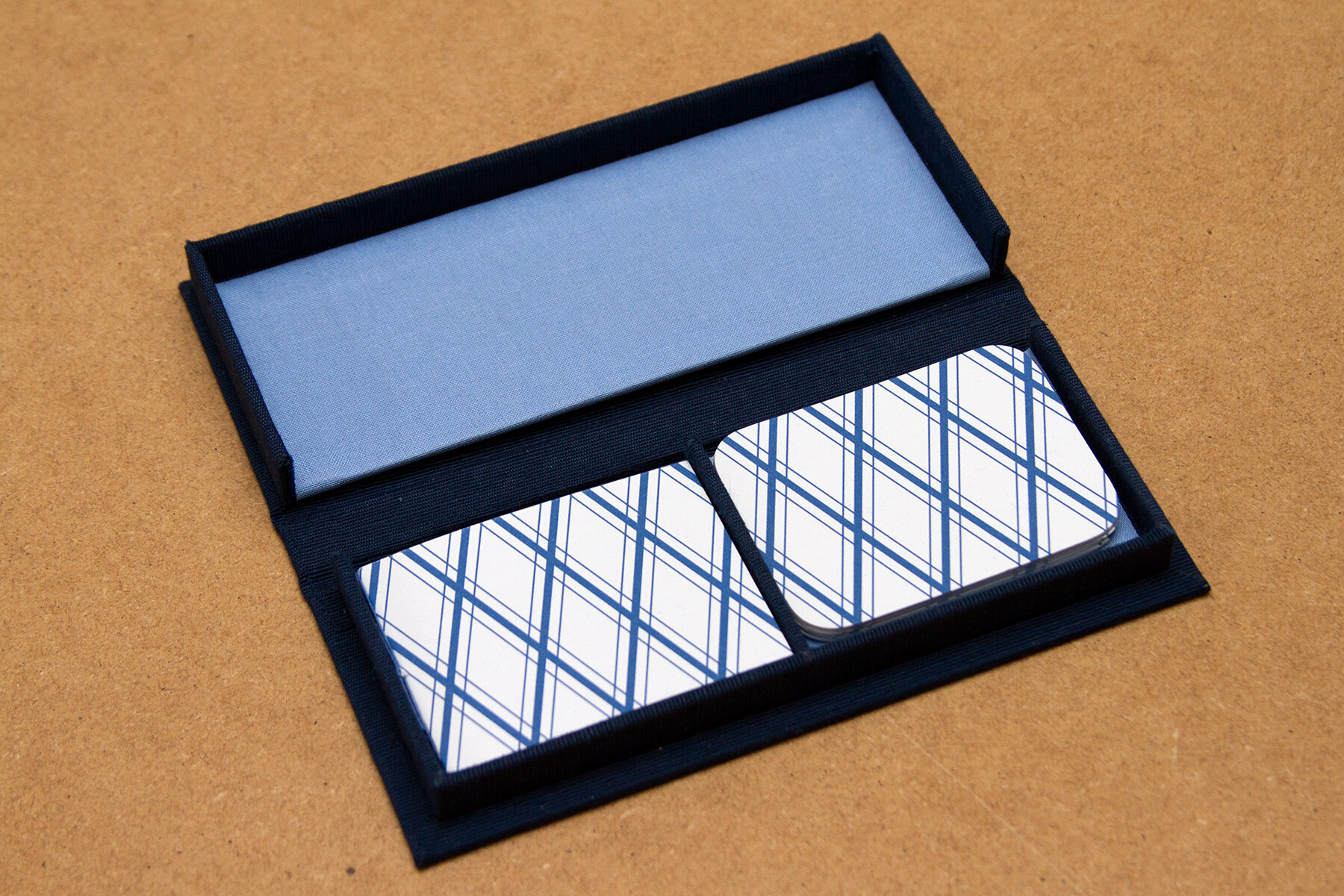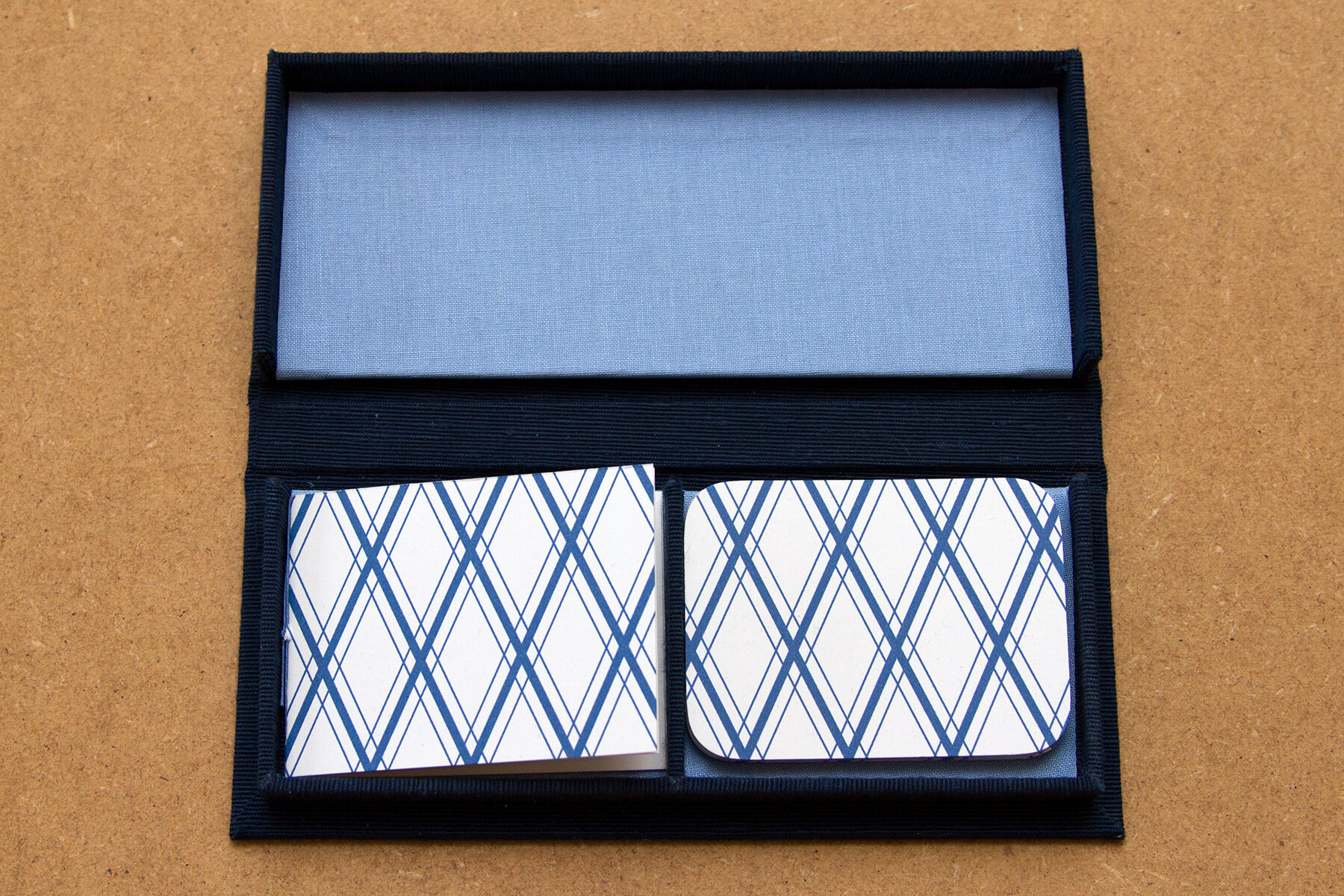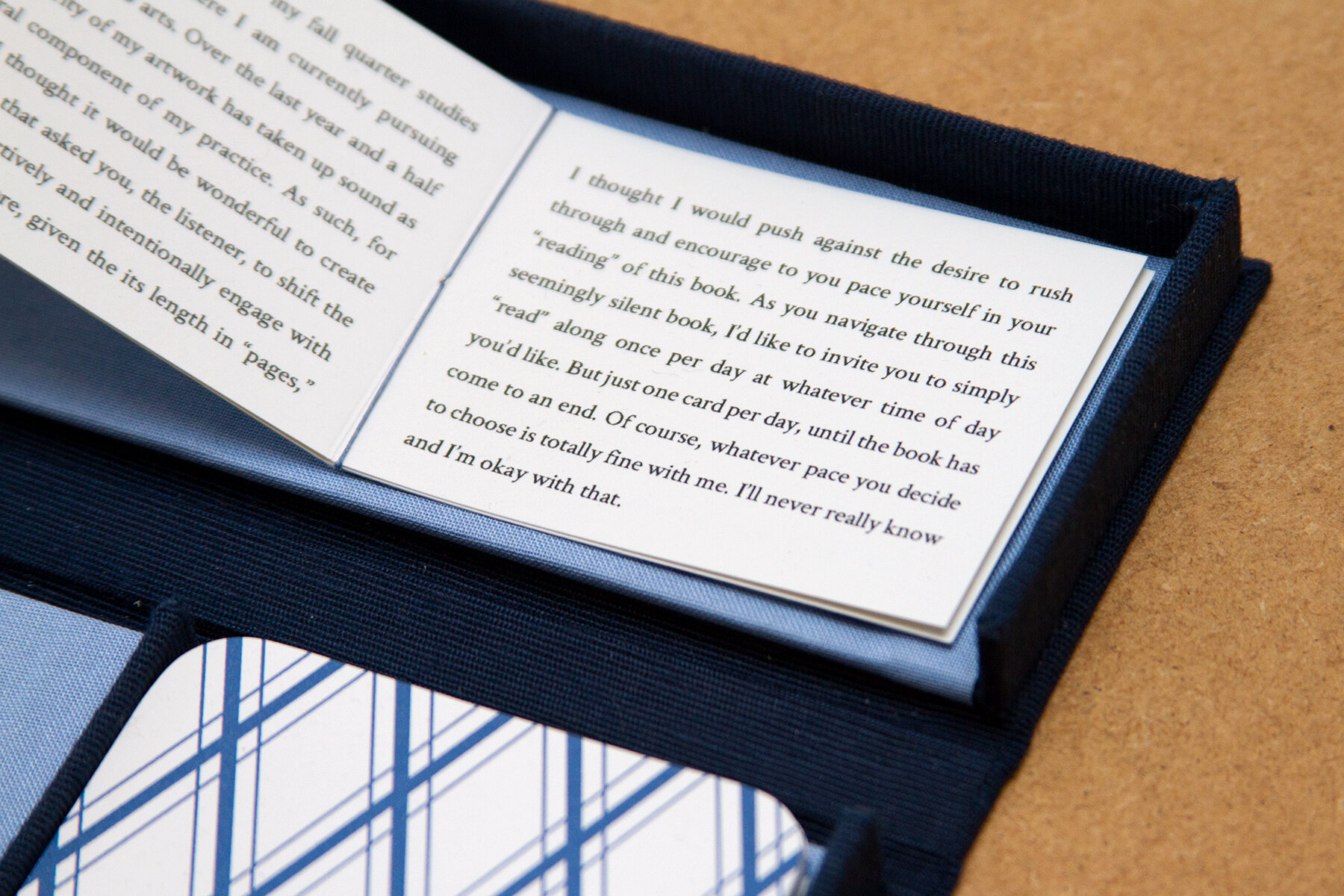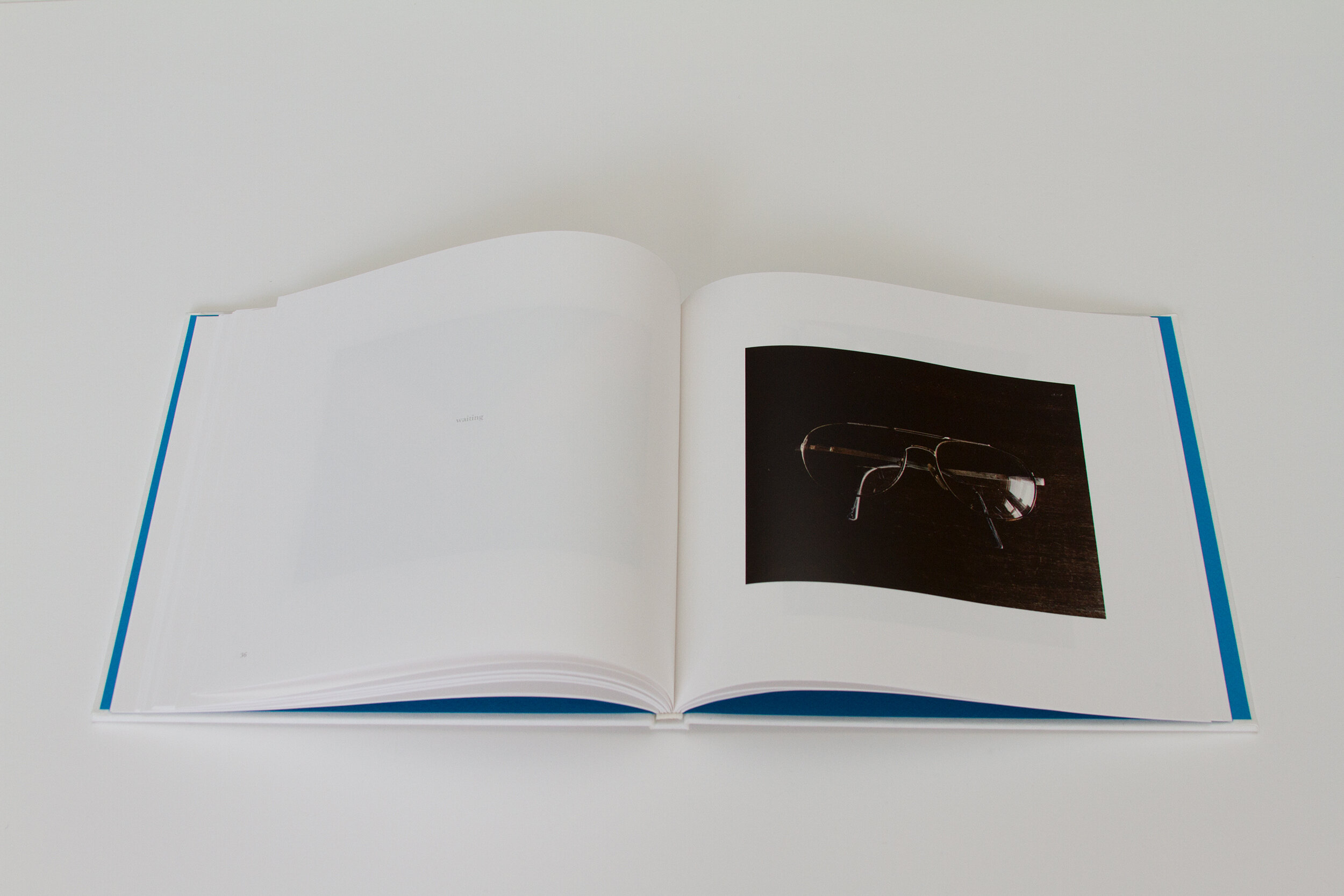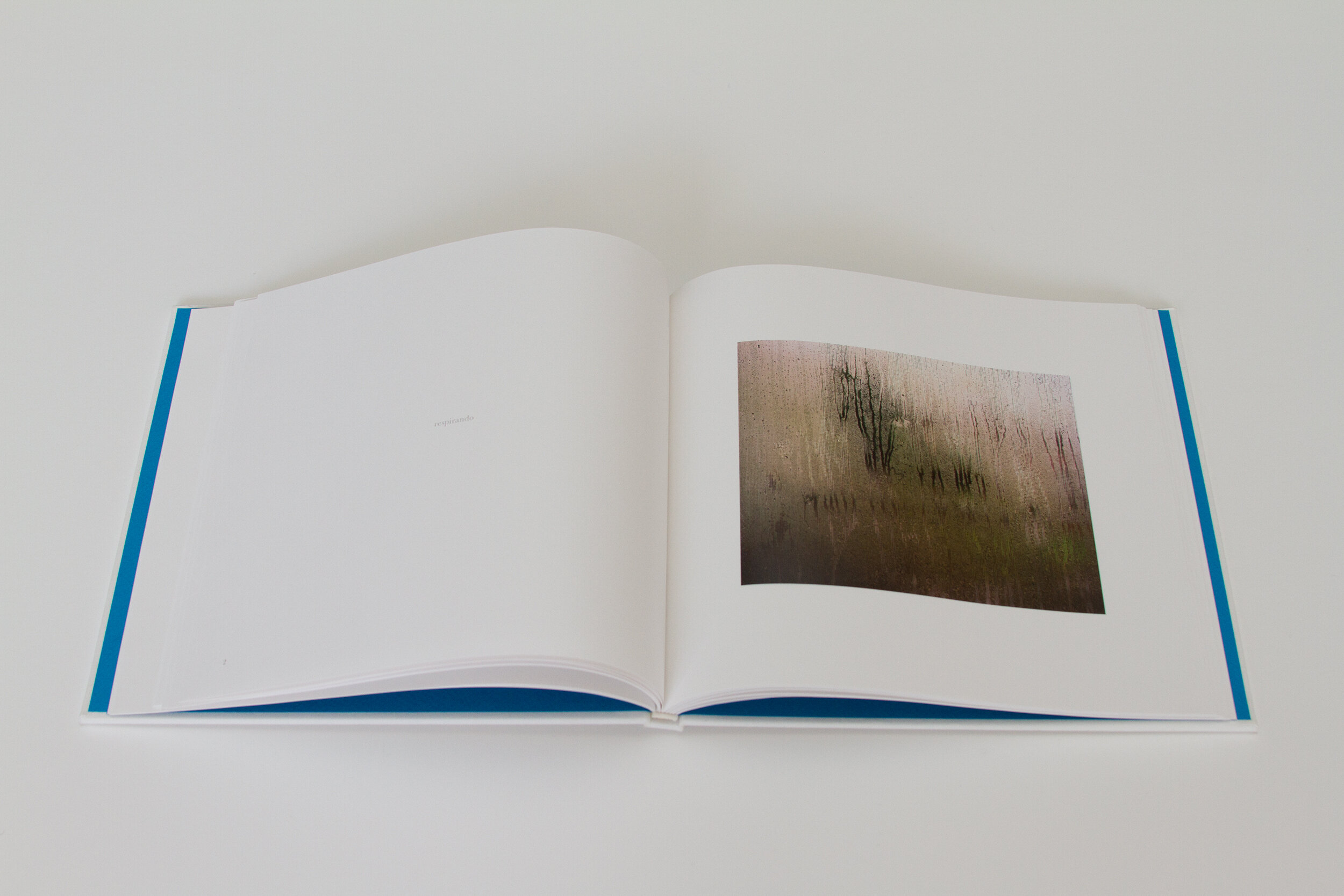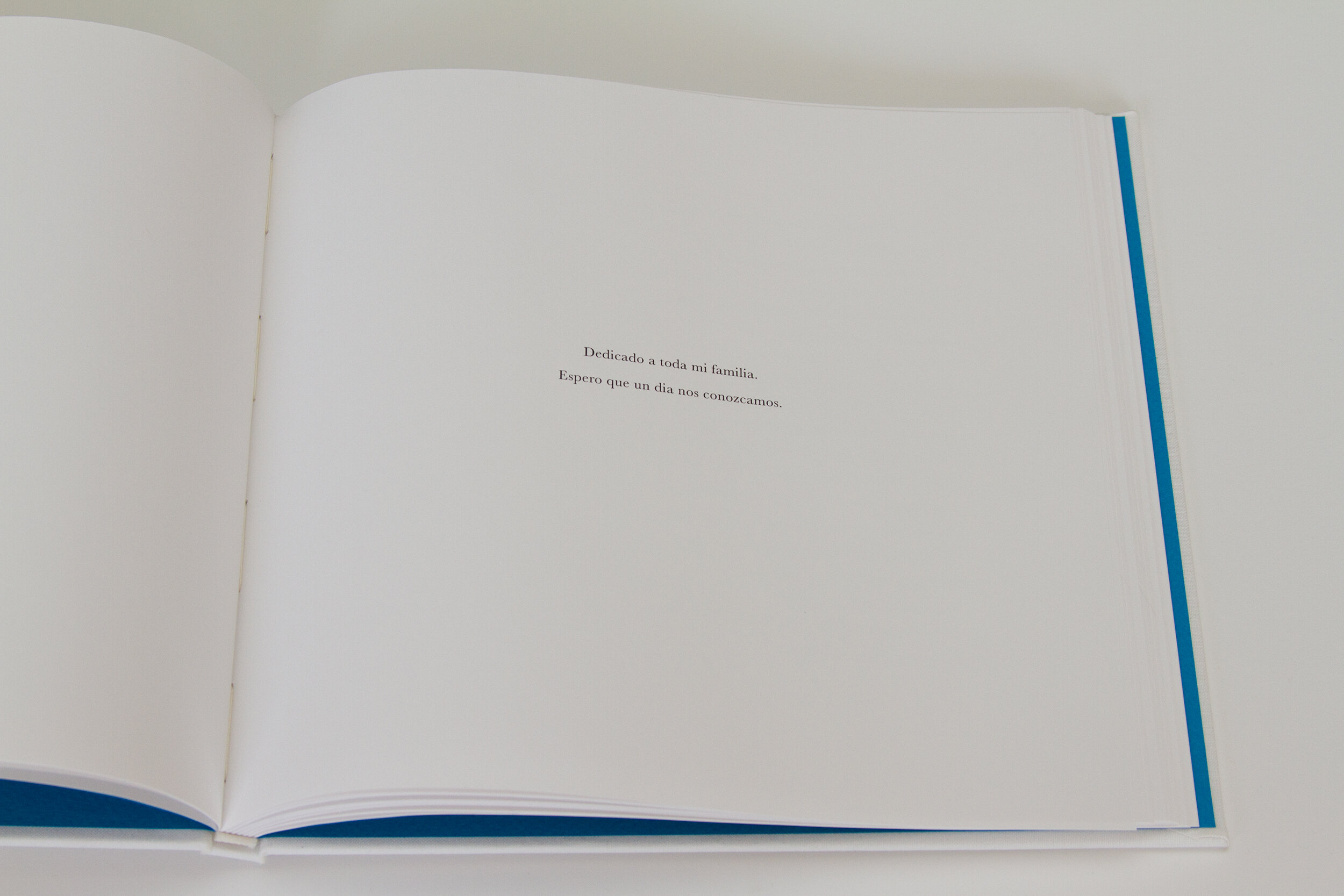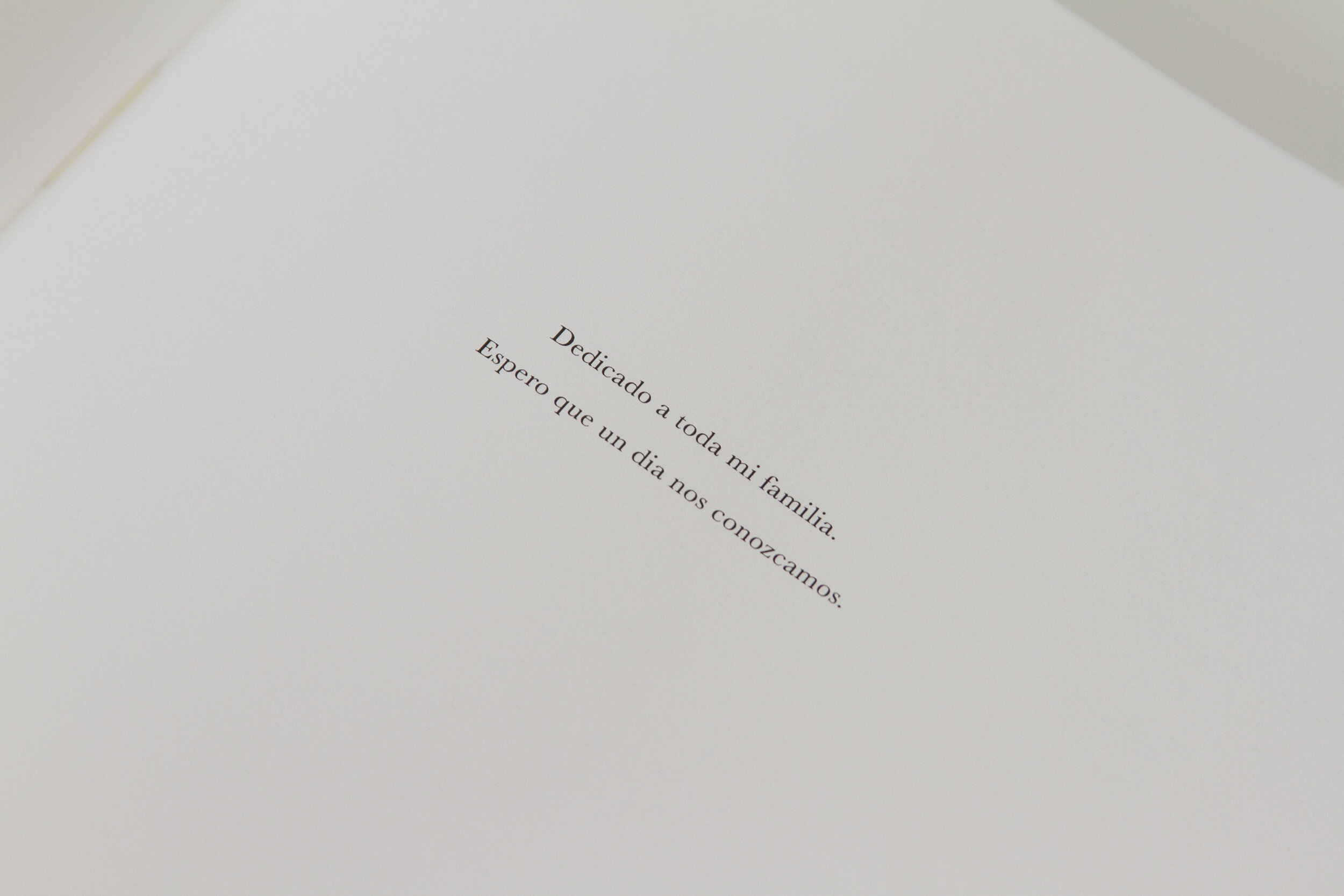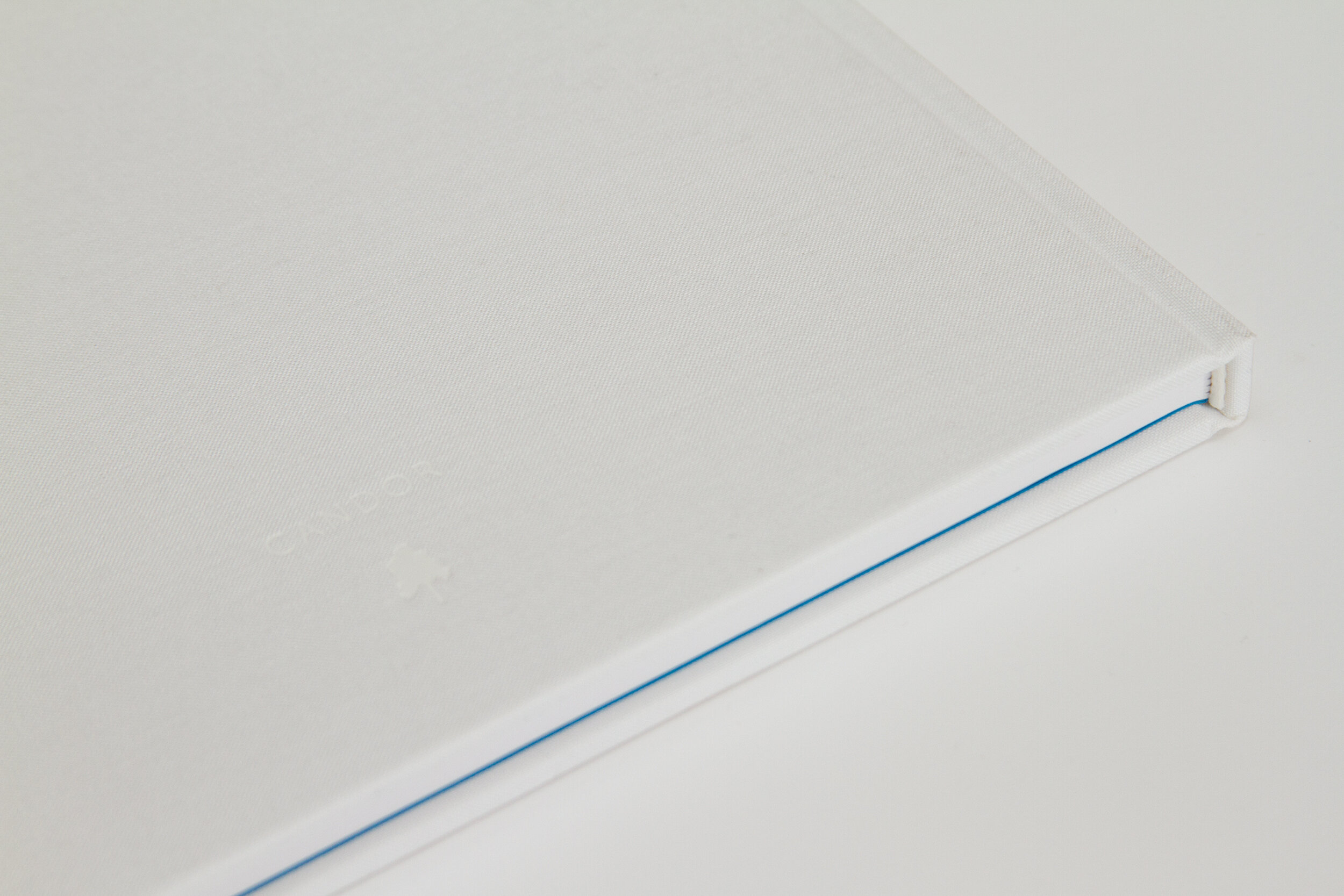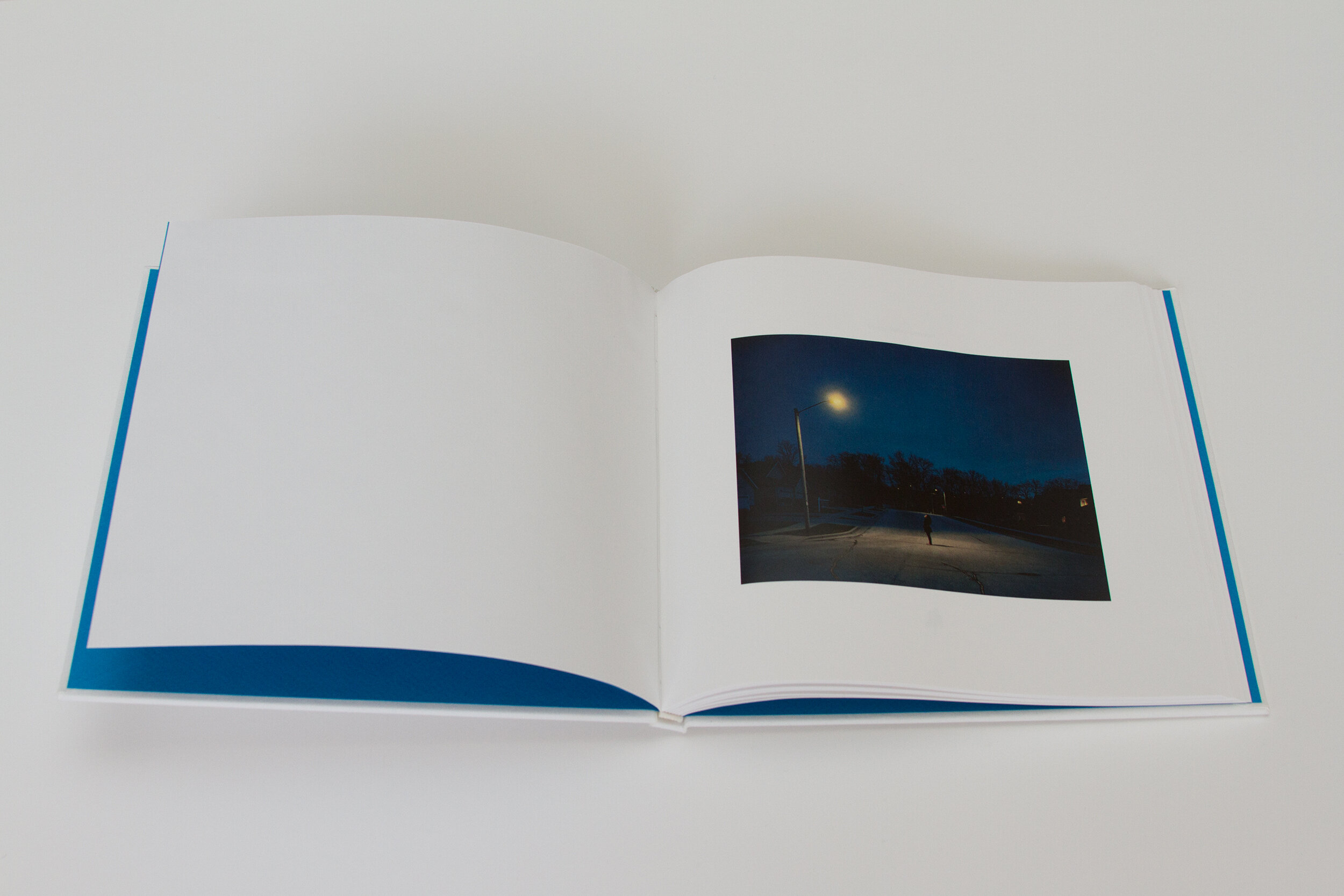La Keisha and down (edit) (Copy)
OLI
RODRIGUEZ
Oli Rodriguez is an interdisciplinary artist working in video, photography, performance, installation and writing. Currently, he is an Assistant Professor in the Art Department (Photography) at California State University, Los Angeles. His intersectional research and interdisciplinary projects conceptually focus on queerness, notions of passing, visualizing the performativity of gender, explorations in appropriation, performative interactions with the public as collaborator, visualizing other representations of the AIDS pandemic while referencing historical movements in gender, racial and feminist histories. He curated the exhibition, The Great Refusal: Taking on New Queer Aesthetics at The School of the Art Institute of Chicago (SAIC). He is apart of the monograph Confronting the Abject, named from his research themed class that he co-taught with Catherine Opie at SAIC. His forthcoming publication, Papi, archives the AIDS pandemic through his queer family in Chicago during the 1980s. He also just finished his short documentary film, LYNDALE, exploring toxic masculinity, cyclical familial trauma and queerness. LYNDALE is currently distributed by Video Data Bank (VDB). Rodriguez has screened, performed, lectured and exhibited his works internationally and nationally.
“In Papi, I am revisiting the 1980s and 90s era of the AIDS epidemic. To reframe, reclaim and retell the history of so many queer men lost, the families of children that were affected and the queer spaces. This book incorporates photography, video performance and dialogues between queer, Latino communities and those ravaged by the AIDS pandemic, which is arguably everyone, considering the absence of the potential teacher, father, lover and friend. AIDS devastated these potential connections and these non-relationships are part of our daily mourning. Delving between constructs of queerness and familial relations, these visualizations are depictions of working class, mostly queer men and trans* people of color, who were devastated by the AIDS pandemic in Chicago. These visualizations are rooted in feminism, race/class/queer studies and the history of gender and sexuality. This artist book is integral because it reflects an era within the AIDS pandemic, specifically in Chicago and in the POC communities/neighborhoods that were affected. This is an invaluable worldview and provides a historical shift focusing on queerness within a familial framework. This book explores the multifaceted term queer, which constantly writhes and pushes boundaries, conversing with both historical movements and contemporary discourses.
This project parallels time frames pivotal in existence, roughly pushing ideas of consent through incorporating the public as a collaborator. Papi includes writing, performance, installation, video and photography. It started as a performance where I sought out men who had sex with my Papi (dad). These encounters exist as video and text through emails, which are then printed as photographs. The landscapes are Public Cruising Spots that depict locations of previous cruising spaces, which were symptomatically reduced then lost with the rise of the Internet and the concurrent generational loss of queer/gay men to the AIDS epidemic. This project explores the affect and effect of technology on gay/queer hook up culture as well as a simultaneous conceptualization of generational loss in the era of the AIDS epidemic. I am interested in the present loaded contemporary landscape of these photographic sites and exploring the remnants, the changes, the barrenness and the historically lost subtext. These are green spaces no longer identifiable nor connected to their historical cruising roots. The rise of technology shifted the intimacies of these spaces. The photographic landscapes are evidence, they initially began with my Papi but ultimately begin a dialogue of the mass devastation of queer men during the AIDS epidemic. These are contemporary remains of 70s, 80s, and 90s public hookup spots in cities, Chicago, NYC, LA, Key West and Miami, these locations found through my Papi’s archival images. These landscapes were documented with 110 film, a tourist film camera, a popular 80s medium in the reconstruction of this era. In addition to reshooting these landscapes, there is an archival component where I curated from thousands of his photographs that depict growing up in a gay disco with queers, kids and cats.”
—Oli Rodriguez
Ka-Man
Tse
Ka-Man Tse (b. Kowloon, Hong Kong) is a photographer, video artist and educator. She received an MFA from Yale University, and a BA from Bard College. She has exhibited her work at the Lianzhou Foto Festival in Guangdong, China; Para Site in Hong Kong, the 2016 Hong Kong Contemporary Film Festival, and Videotage's Both Sides Now III – Final Frontiers in Hong Kong, Taipei, Shanghai, and the United Kingdom. U.S. shows include the Museum of Chinese in America in New York, NY, the Bronx Museum of the Arts; the Palm Springs Art Museum, Cornell University, Capricious Gallery, the Philadelphia Photo Arts Center, and the Eighth Veil in Los Angeles. She has mounted solo shows at Lumenvisum in Hong Kong, the Silver Eye Center for Photography in Pittsburgh, PA and the New York Public Library, Mulberry Street Branch. She was a SPARC Artist-in-Residence through the New York City Department of Cultural Affairs, and completed the Artist in the Marketplace Program through the Bronx Museum of Arts. She is the recipient of the 2014-2015 Robert Giard Fellowship, and a 2017-2018 Research Award from Yale University Fund for Lesbian and Gay Studies. Her photographs have appeared in Monocole, Papersafe Magazine, Newspaper, GR-09022017 published by Skreid in Oslo, Norway, The New York Times, The New Yorker, Capricious Magazine, O Magazine, Performa 07: Everywhere and All at Once, Salon, Huffington Post, Slate, Hyphen Magazine, Time Out New York, Time Out Hong Kong, and Ming Pao. Her work is currently on view in the group exhibition Queering Space at Alfred University. This spring her work be included in the forthcoming WMA Masters Exhibition, Transition, in Hong Kong. She is co-curating Daybreak: New Affirmations in Queer Photography at the Leslie-Lohman Museum with Matt Jensen, opening in June 2018. She currently teaches at Yale University and at Parsons School of Design.
“My image-making begins from that tension between longing and belonging, place and placelessness. In narrow distances I am asking questions of home, identity, community, and subject-hood. What does it mean to look, who has the right to look, what does it mean to be seen? My photographs address a desire to negotiate multiple and diasporic identities and are made within the intersection of Asian and Pacific Islander (API) and LGBTQ communities, and made through a queer lens.
The photographs aim to establish a sense of possibility in the context of a contingent, post-colonial, pre-2047 Hong Kong in constant flux and transition. The book opens with images from the decommissioned airport, Kai Tak, and from those pictures, emerge the portraits. Possibilities start with small gestures, clear or coded. The project places the protagonists within and against the landscape. The portraits center those who are often marginalized and invisibilized, taking care of Hong Kong, each other and their own communities they have built, occupying and queering space, time, and gesture. In the contested and contingent spaces in the home, in the public realm, occupying a space and a conversation is an act. My images take place in this potentiality of the in-between and the everyday. They are made out of a need to occupy the landscape, space, and frame; to establish a sense of personal space and agency where it is often contested and eroded, even within the spaces of the in-between, and of contingency, subtraction and redevelopment, a city is in transition; a body and one’s identity is in transition. Who can claim ownership, who can love or belong; who retains a memory, what does a future look like and who does it include? Is an interregnum possible?
My process involves re-imagining, revisiting, collaboration and long-engagement. The portraits are made through conversations and interviews around personal histories, identity and place, visibility and community. Using mostly a view camera (with two sides per film holder), my photographs propose B-sides: queer narratives and obsessions. The images are built. In a culture and economic system where speed and efficiency are valued above all else, I deploy a 4x5 camera so we can be deliberate, breathe together, slow time together. I recast this world to see it re-imagined, with my protagonists, and kinfolk: both inherited and created.”
—Ka-Man Tse
Korde Arrington
Tuttle
Korde Arrington Tuttle is a multi-disciplinary artist hailing from Charlotte, NC. With a primary focus in theatre and performance, his work has been developed and seen at the Obie Award-winning The Fire This Time Festival, The 24-Hour Plays: Nationals, the Obie Award-winning Harlem 9’s 48 Hours… in Harlem at The National Black Theatre, HomeBase Theatre Collective, The Movement Theater Company, Active Culture at JACK, The Each-Other Project, OnQ Productions, The New School’s 2015 AfroFuturism Conference, and The Tenth Magazine, in collaboration with the Leslie-Lohman Museum of Gay and Lesbian Art. Korde is a proud recipient of the Steinberg Playwriting Fellowship, and was selected a finalist for both the 2017 Alliance/Kendeda National Graduate Playwriting Contest and City Theatre National Award for Short Playwriting Contest. In 2016, his play clarity won the 41st Annual Samuel French Off-Off Broadway Festival, and will appear in Samuel French’s successive anthology. Korde’s plays + poetry have also been published by Harlem 9’s 48 Hours… in Harlem, The Fire This Time Festival, and The Tenth Magazine. Korde is a Middle Voice Theatre Company member at Rattlestick Playwright’s Theater and received his MFA in Playwriting at The New School.
Placing haiku and photography in conversation with one another, falling is the one thing i is a cumulative, seventeen-syllable exercise in surrender; an active practice of yielding to physical, emotional, and psychological environments. Spanning 2015-2017, it is comprised of poems and images, ranging in subject from the follies of institutional oppression to love in the afterlife, through a Black, queer intersectional lens. This collection is an intimate inquiry into the body, dreamscapes, and the aesthetic force of sidewalk stains.
aMaNDA
WiLLIAMS
Amanda Williams is a visual artist who trained as an architect at Cornell University. Williams’ creative practice employs color as a way to draw attention to the complexities of race, place and value in cities. The landscapes in which she operates are the visual residue of the invisible policies and forces that have misshapen most inner cities. Williams’ installations, paintings and works on paper seek to inspire new ways of looking at the familiar and in the process, raise questions about the state of urban space and autonomy in America. Amanda has exhibited widely, including the 2018 Venice Architecture Biennale, a solo exhibition at the MCA Chicago, and a public project with the Pulitzer Arts Foundation in St. Louis. Williams (along with Olalekan B. Jeyifous) has been commissioned to design a permanent monument to Shirley Chisholm in Brooklyn's Prospect Park. She is a USA Ford Fellow, a Joan Mitchell Foundation Painters & Sculptors grantee, and a member of the multidisciplinary Museum Design team for the Obama Presidential Center. Her work is in several permanent collections, including the Museum of Modern Art in New York and the Art Institute of Chicago. She epitomizes what it means to be a civic artist and is often sought after as a leading voice on the subject of art and design in the public realm, including talks at the MET and a mainstage TEDTalk.
In June and July 2019, Amanda Williams spent foundational time at Smith College as the inaugural artist in the Smith College Museum of Art’s (SCMA) Artist-in-Residence Program. This publication provides a cross section of Williams’s experiences on campus through her photographs, collages, monoprints, and sketchbooks. For Williams, the residency offered a kind of parenthesis—the time and space to slow down—in the midst of an ever busier career. It also laid the groundwork for Williams’s 2020-22 commission for SCMA, entitled An Imposing Number of Times.
Sara J.
Winston
Sara J. Winston uses the language of photography and photobooks to explore representations of illness and wellness caused by chronic disease. She earned her MFA in Photography from Columbia College Chicago in 2014. Winston’s work has been exhibited nationally and internationally including The Corcoran Gallery of Art in Washington, DC and the Pingyao International Photography Festival in China. Her publications are in the collection of The Joan Flasch Artists’ Book Collection at The School of the Art Institute in Chicago, IL and The Beinecke Rare Book & Manuscript Library at Yale University.
A Lick and a Promise is a visual journal of Sara J. Winston’s interactions with her parents and her partner in the Hudson Valley region of New York. Each manages a chronic physical condition believed to be caused by a mix of genetic and environmental factors. Winston’s photographs explore struggles in wellness and debility as each maneuvers their respective invisible illness—invisible illness meaning conditions that significantly impair normal activities of daily living yet show no obvious outward signs of sickness.
In her mid-twenties Winston was diagnosed with Multiple Sclerosis, a manageable yet unpredictable chronic disease of the central nervous system. Erratic symptoms of her illness include bouts of temporary double vision, body numbness and fatigue. Shortly after learning of her condition, she returned to her native New York to be near family.
The photographs are bookended by text, including a piece written by Winston’s parents, Steven and Marla, about the experience and impact of their daughter’s diagnosis.
PRESS
Victor
Yañez-Lazcano
Victor Yañez-Lazcano received a Bachelor of Fine Arts degree from Columbia College Chicago in 2008. While in Chicago he balanced a freelance career in both commercial and fine art photography. During this time, he has also established himself within the community as an arts educator primarily working in the south side neighborhood of Pilsen. His work has been exhibited at numerous spaces including Citlalin Gallery, Harrington College of Design, Columbia College Chicago’s A+D Gallery, and Riverside Arts Center, as well as Mind/Matter Gallery (Rochester), Aviary Gallery (Boston), and South Haven Center for the Arts (Michigan). Past residencies include the Industry of the Ordinary’s Summer School Residency, ACRE, and Ox-Bow. Victor just celebrated his graduation and received his MFA from Stanford University.
“de, which is Spanish for “of” or “from” is an ongoing body of photographic work that explores my family’s identity in the United States as it grows into a second generation of citizens. Predominantly settled in the Midwest, my family has grown to over 100 individuals, many of whom I have yet to meet, spanning a diverse socioeconomic spectrum with varying degrees of assimilation. In 2009, inspired by the myriad of oral histories, I began to document the members of my family and re-imagine narratives of transition as a way to better understand the social implications of our Mexican-American identity. Veiled in new traditions and sometimes accompanied by thick accents, my family’s brief history in the United States has allowed for me to witness a cultural shift that I believe is unique to the rural Midwestern Mexican immigrant experience.”
—Victor Yañez-Lazcano
Victor Yañez-Lazcano was also commissioned by Candor Arts to make a piece for a former subscription initiative called the Candor Trust, created to increase pay rates for production labor staff. For this, he produced ‘today I thought of you’, a small edition of boxes containing a music playlist in the form of loteria cards, meant to be listened to once a day over a period of time.
